Chiapas and around (Mexico part 2/2)
After Campeche, we quickly stopped by Villahermosa in Tabasco and then spent the rest of our time in Mexico in the state of Chiapas.
Chiapas has a lot to offer – lush jungles with abundant wildlife and ruins, valleys and tall mountains, a long, beautiful coastline as well as one of the largest indigenous populations in the country.
We thoroughly enjoyed the famous ruins of Palenque, the cool mountain air and chic cafés of San Cristóbal, the deep Sumidero canyon, the laid back beach of Puerto Arista and waking up to bird song and fresh coffee at the eco-friendly coffee farm Argovia.
Enjoy the shots below!

Villahermosa sunset from the top of our hotel.
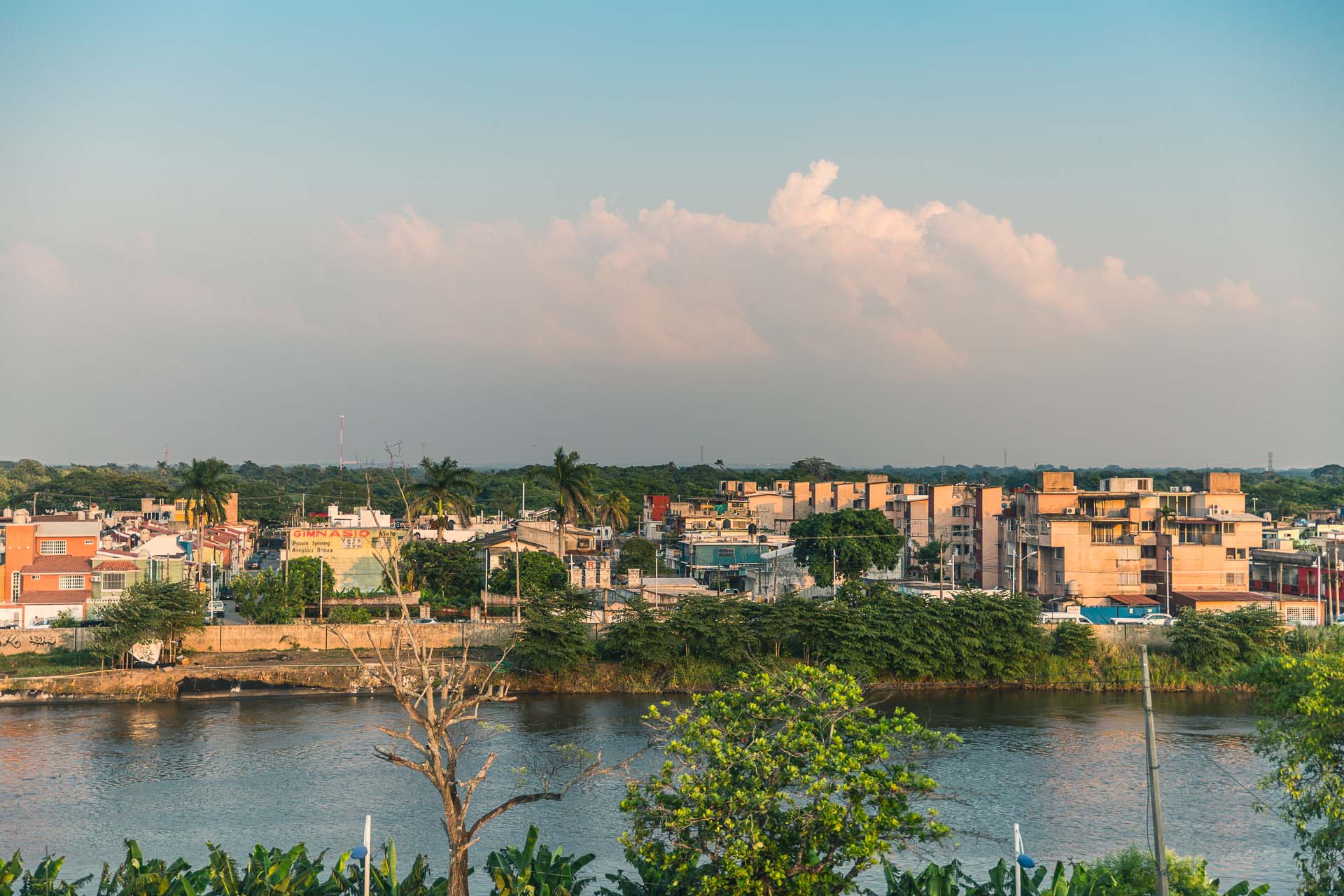
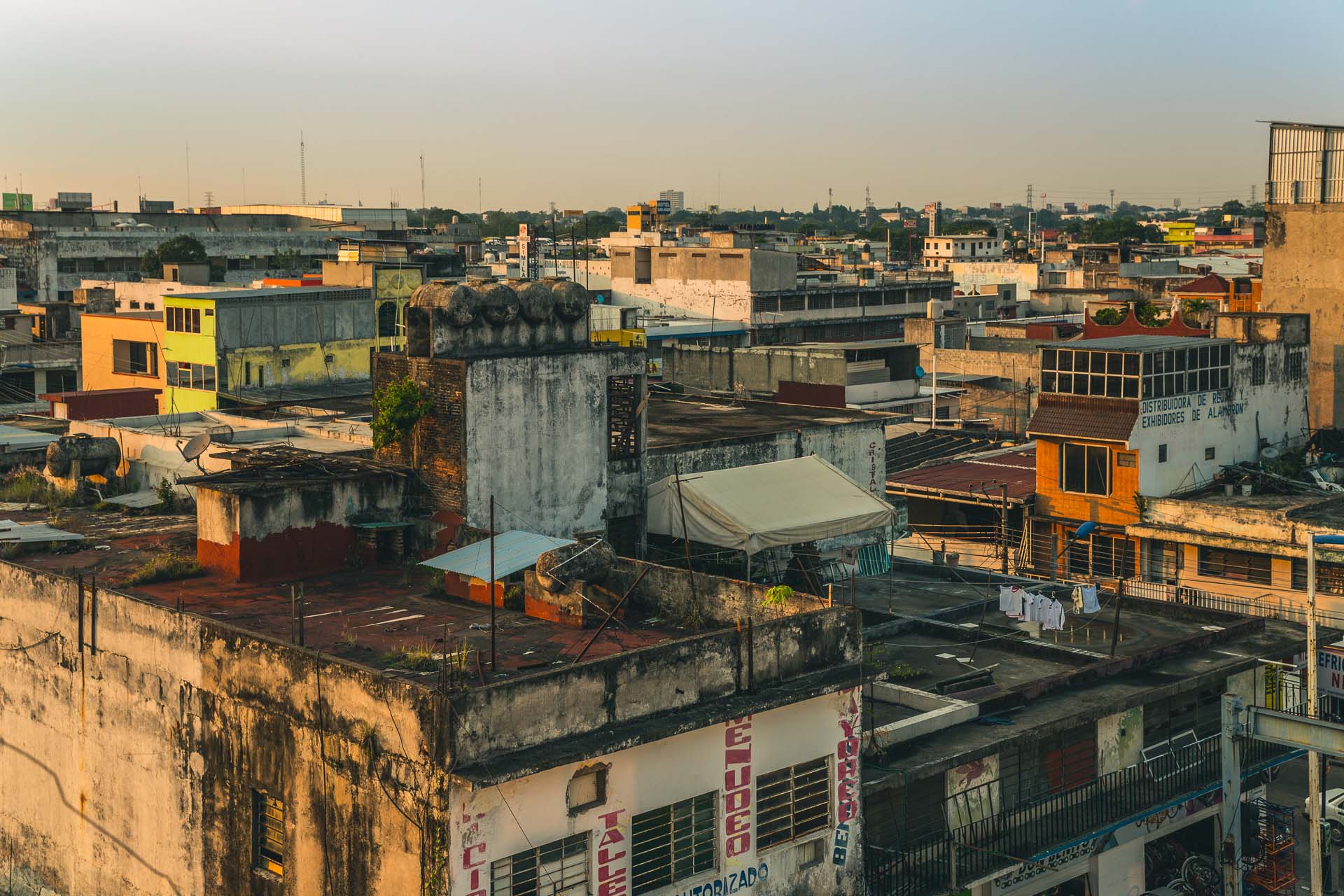
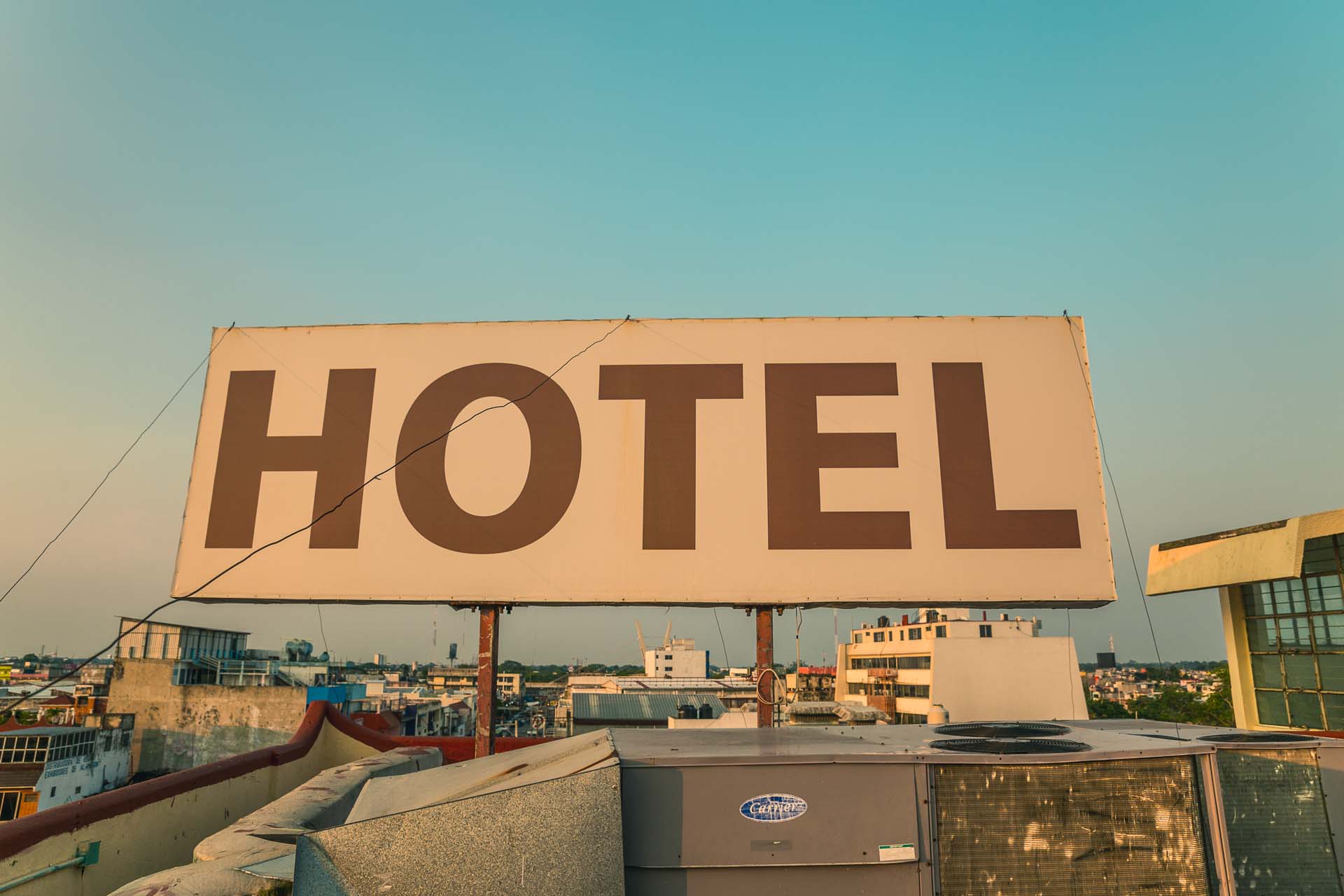

A flamingo at Yumka, a safari/interactive zoo close to the city.
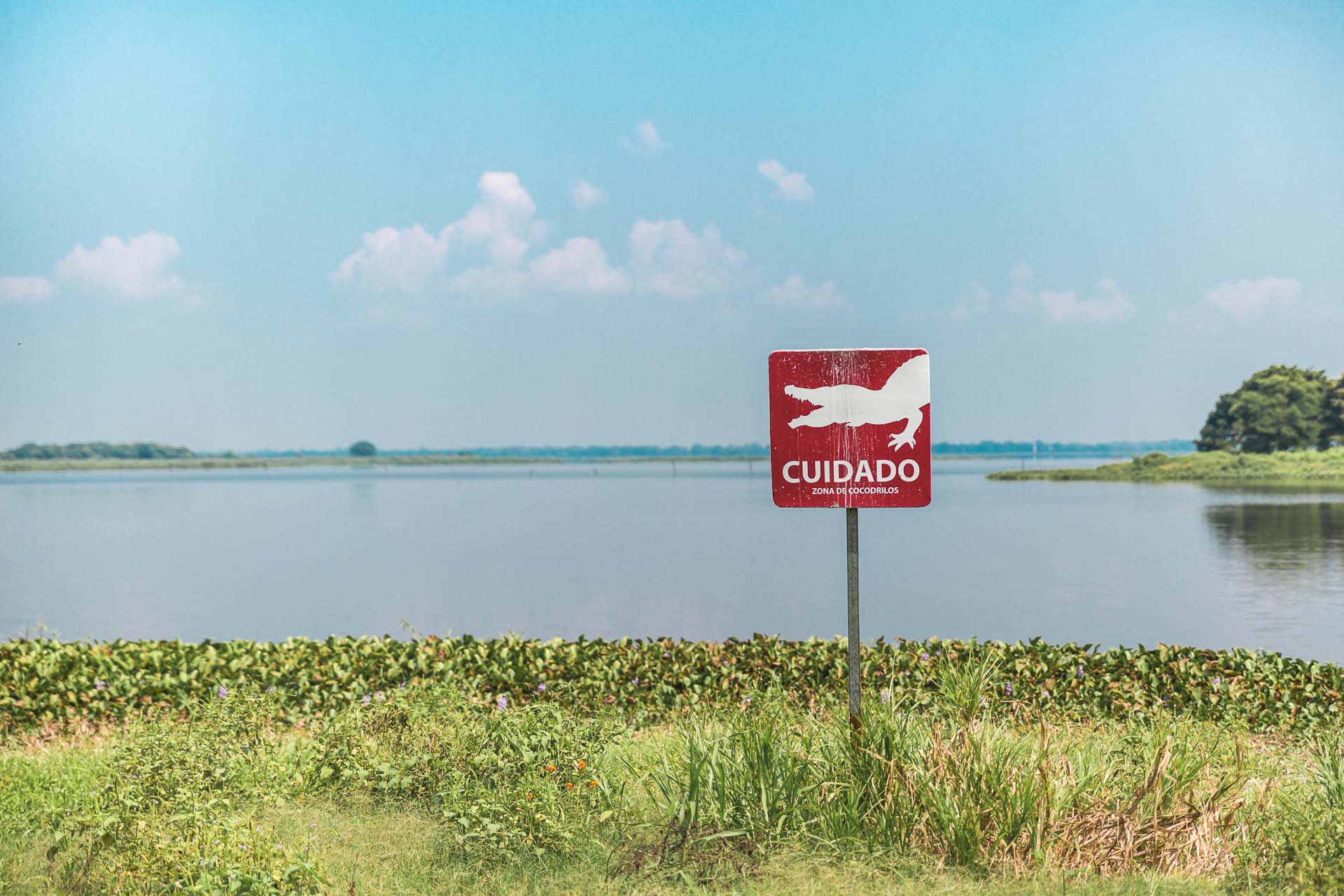
Watch out!
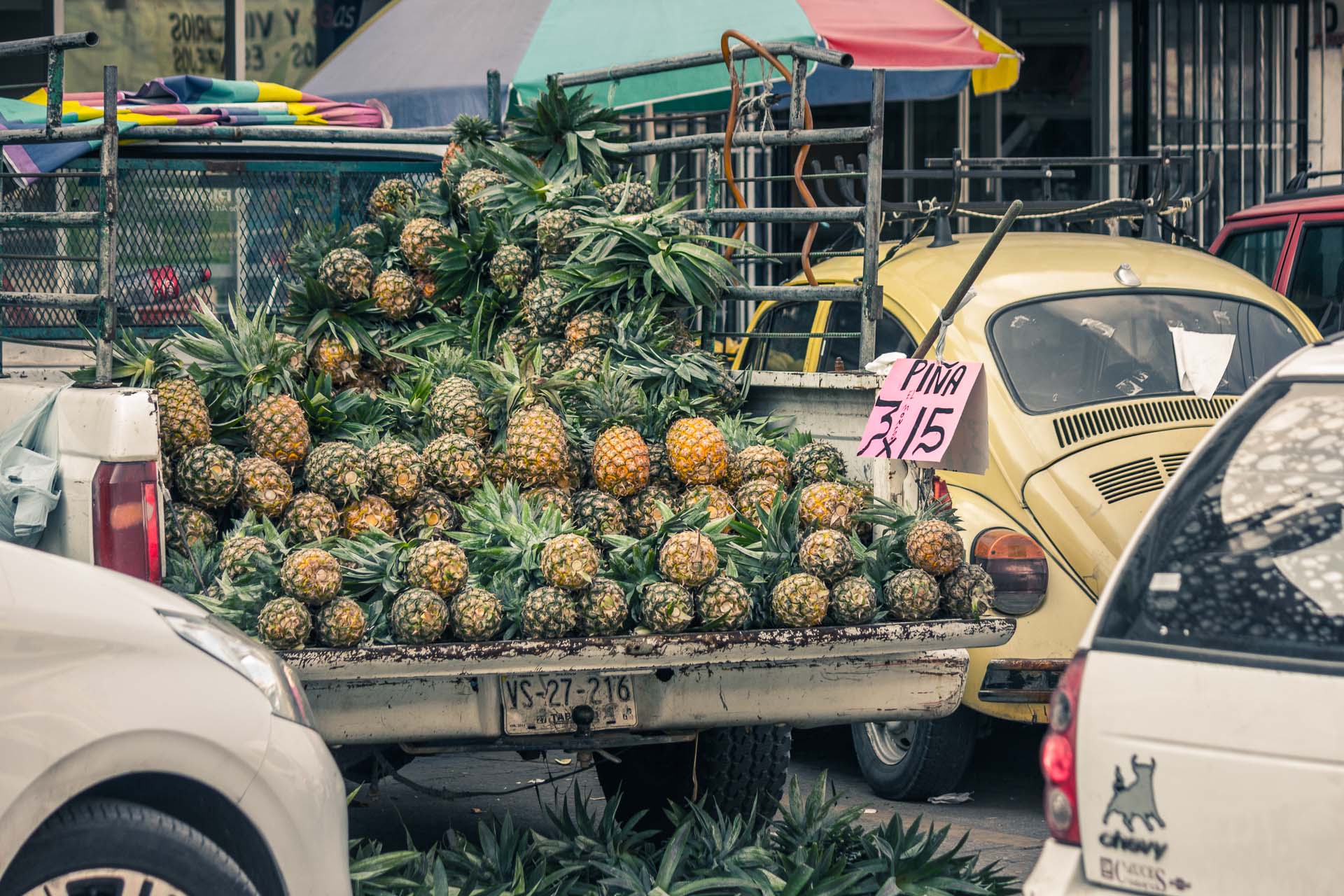
Piña colada, anyone?

I really loved the Palenque ruins. Easily my favourite old things in Mexico.
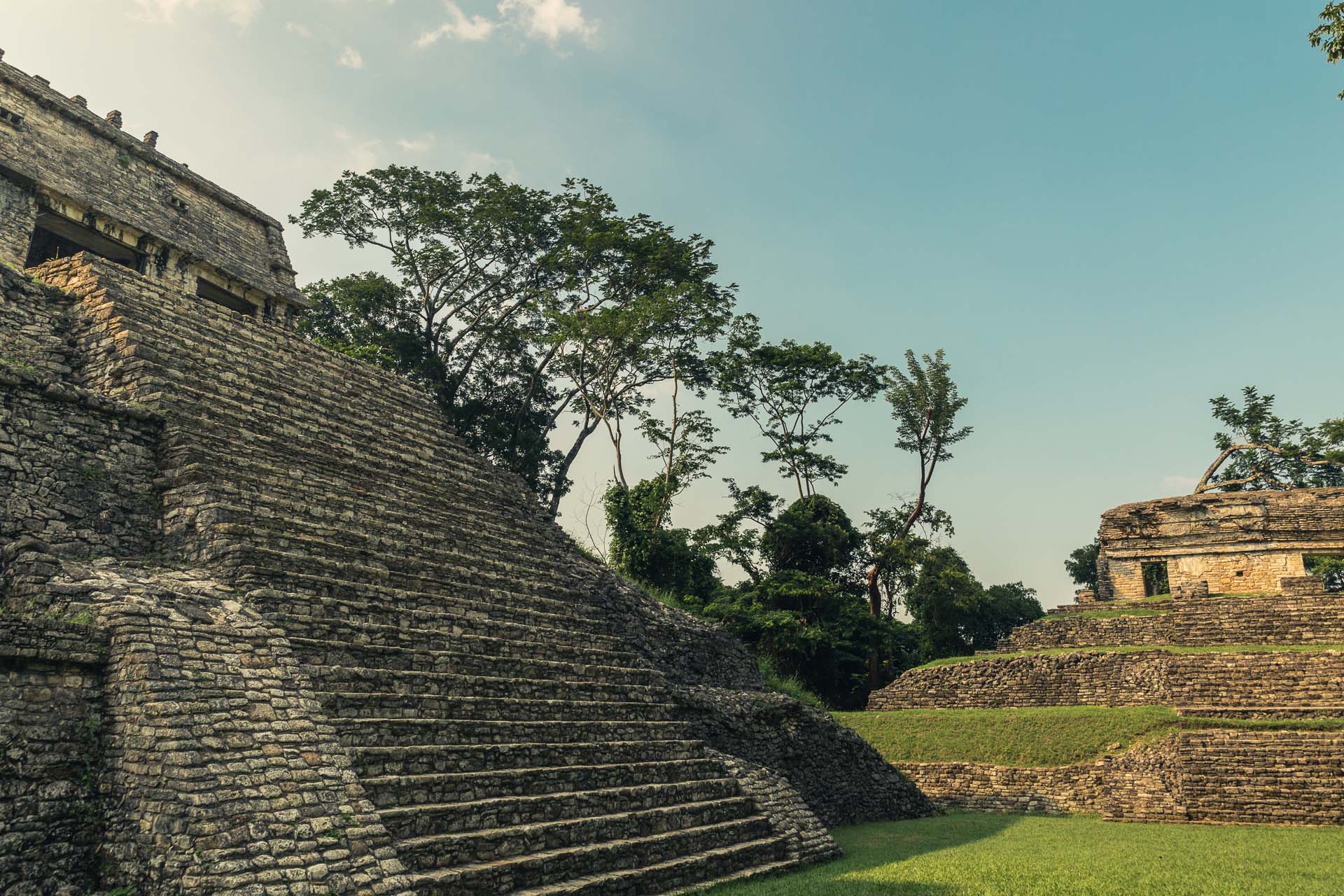
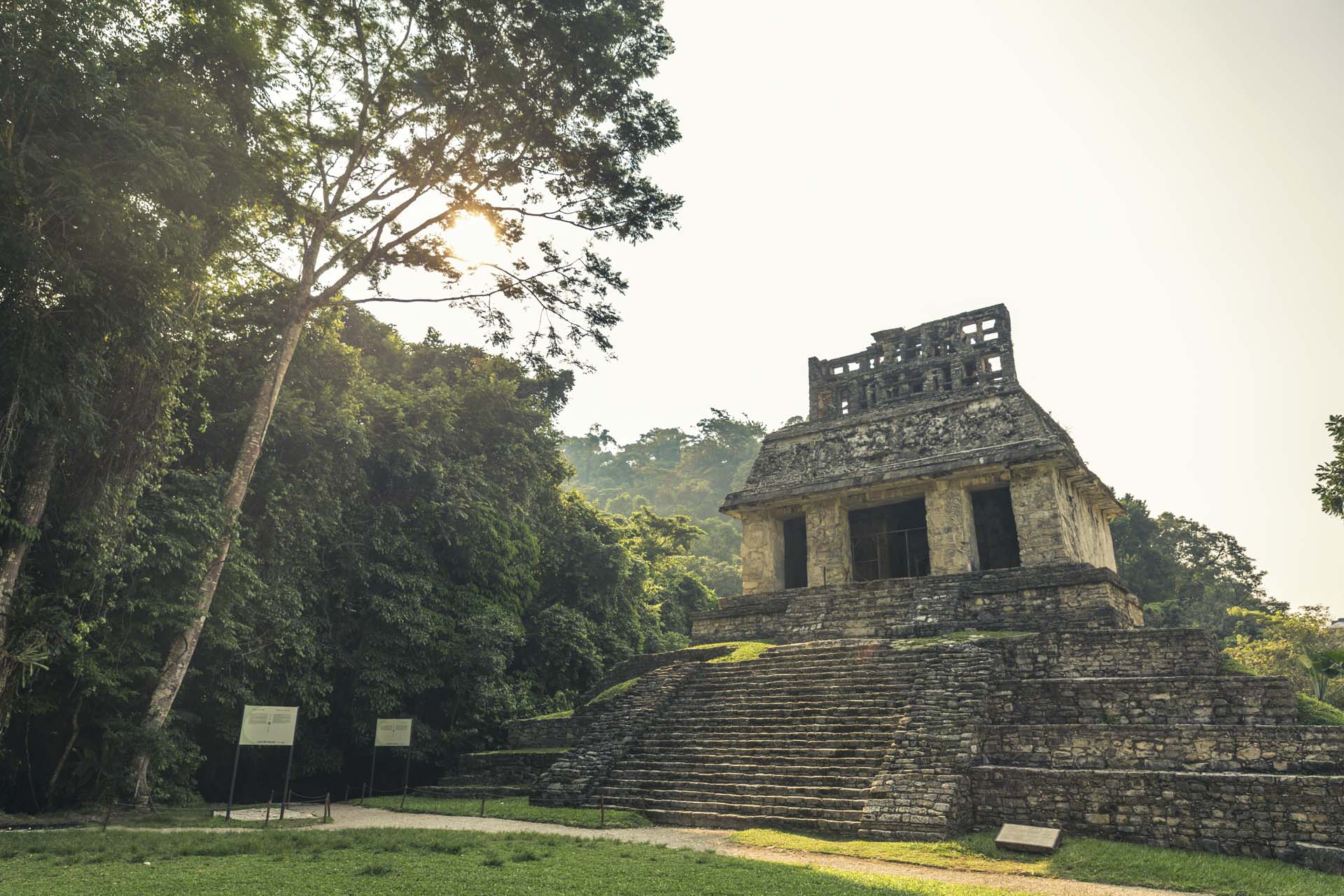
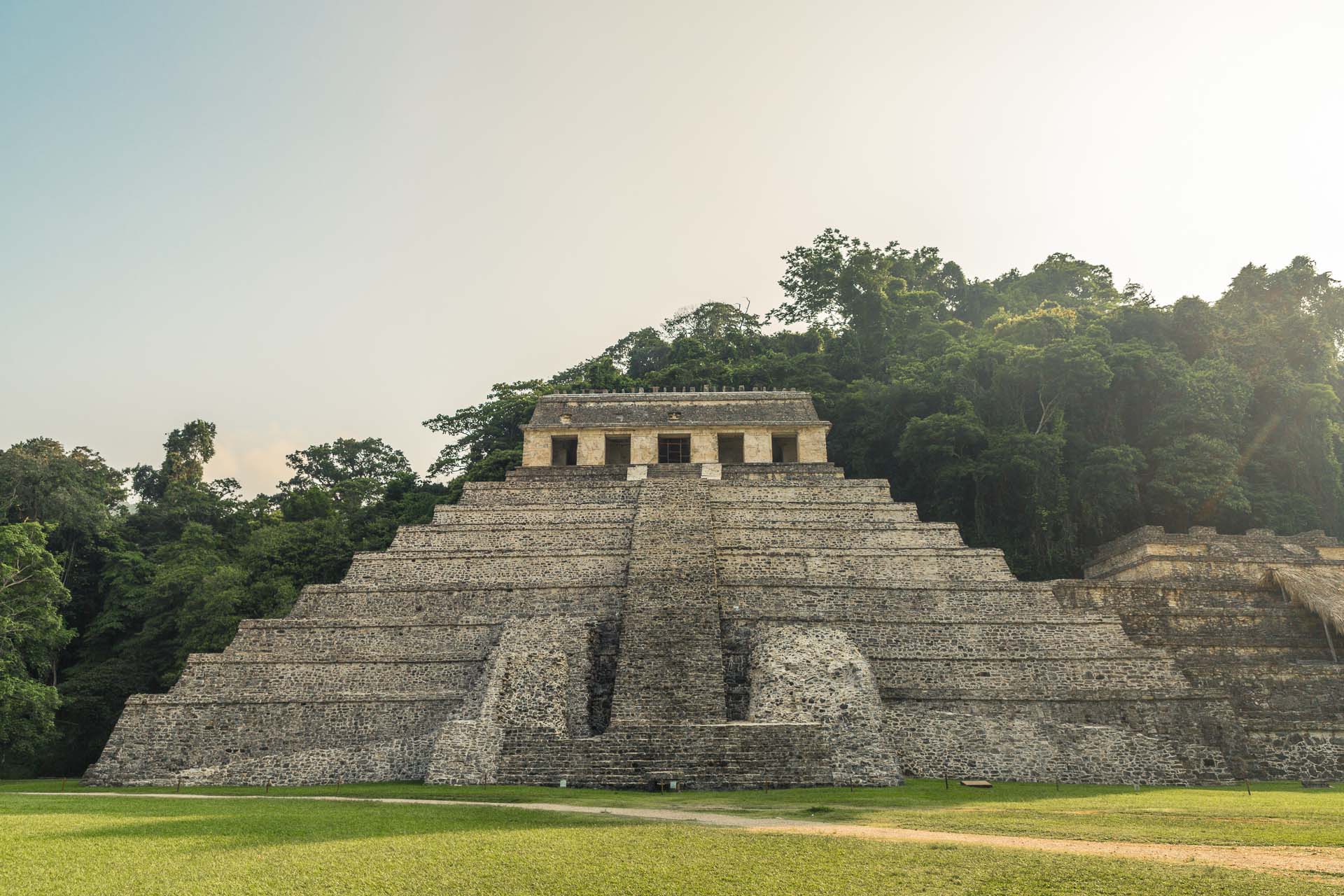
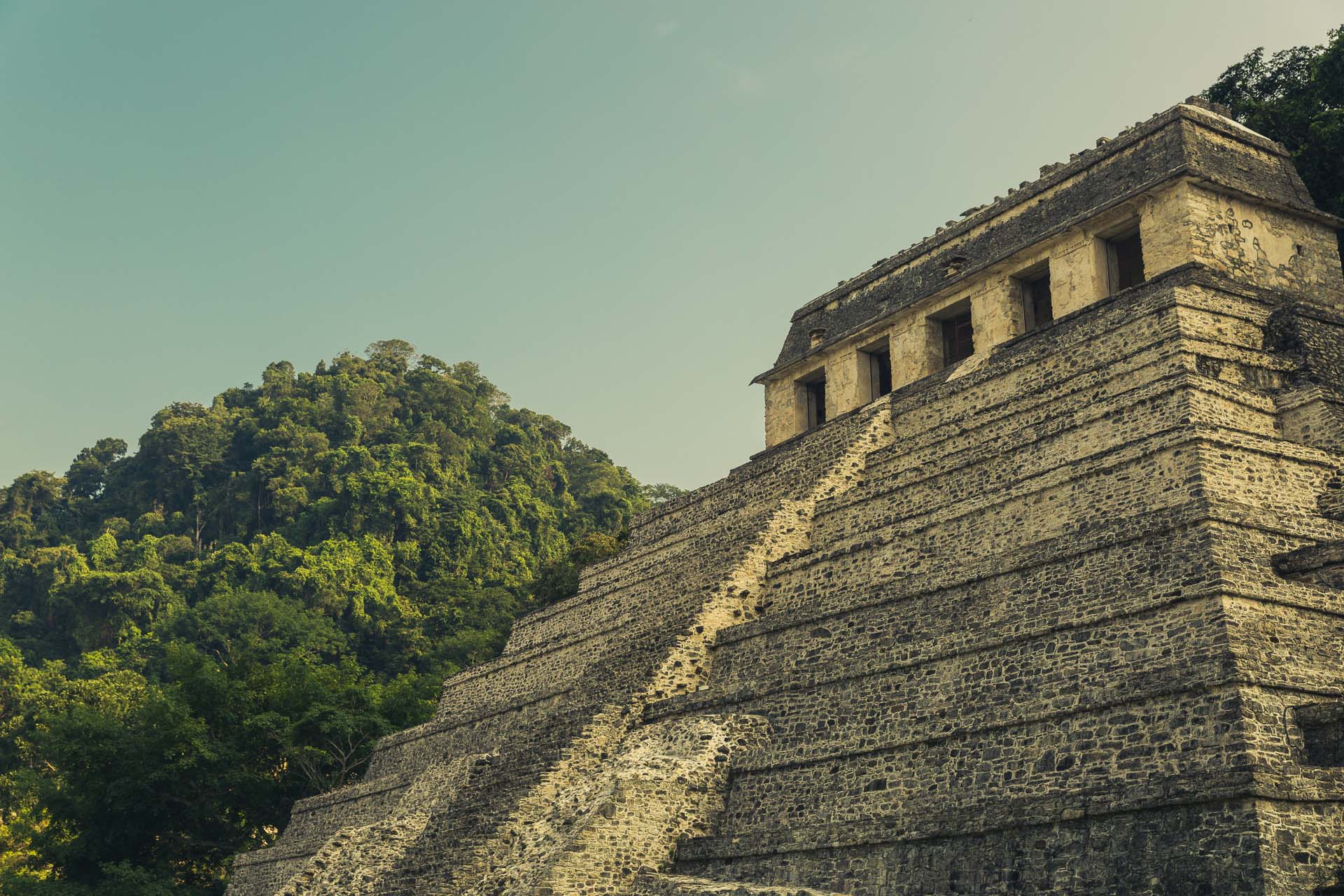
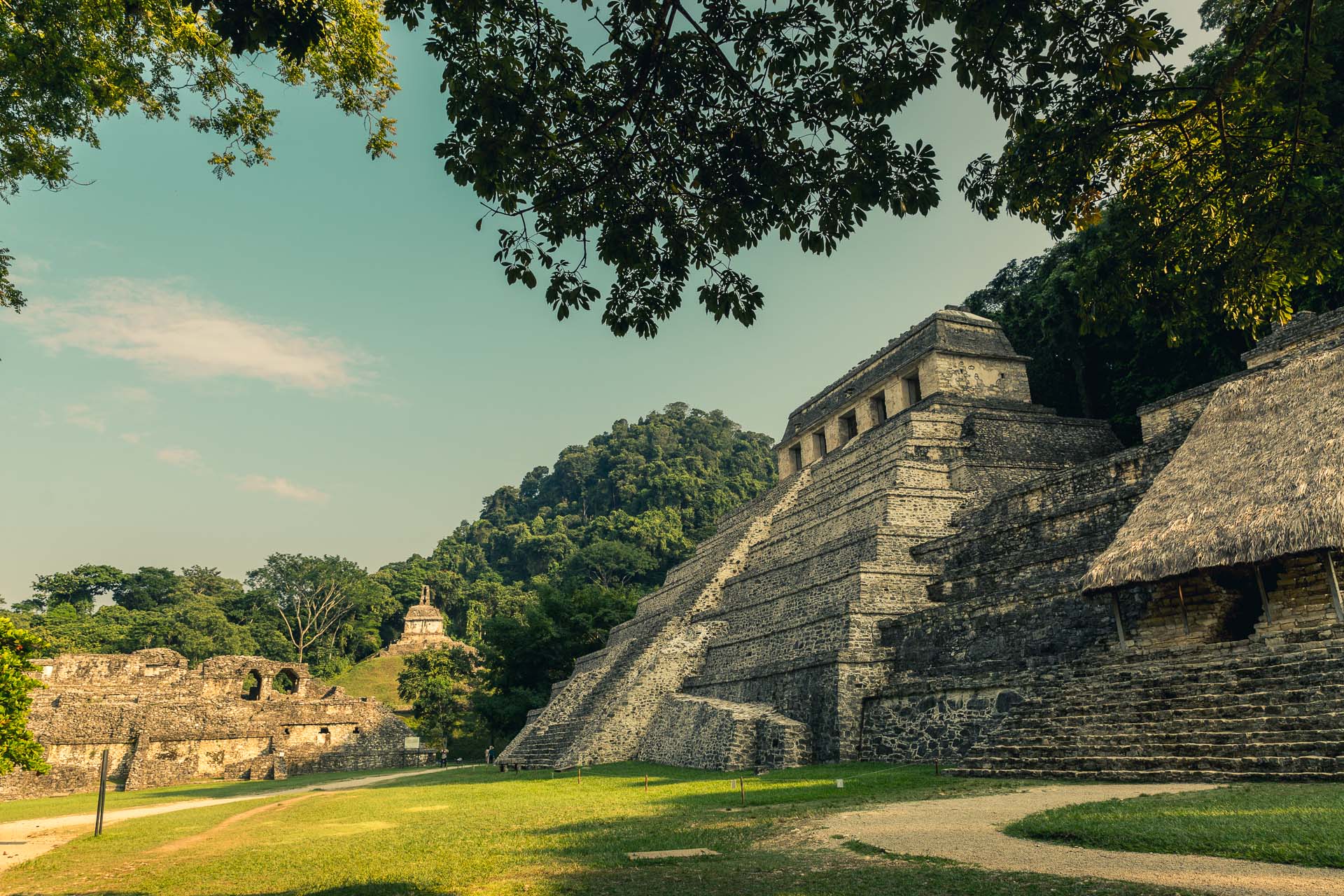

The city of Palenque was also quite cozy with lots of great food, sunny weather and pretty views.
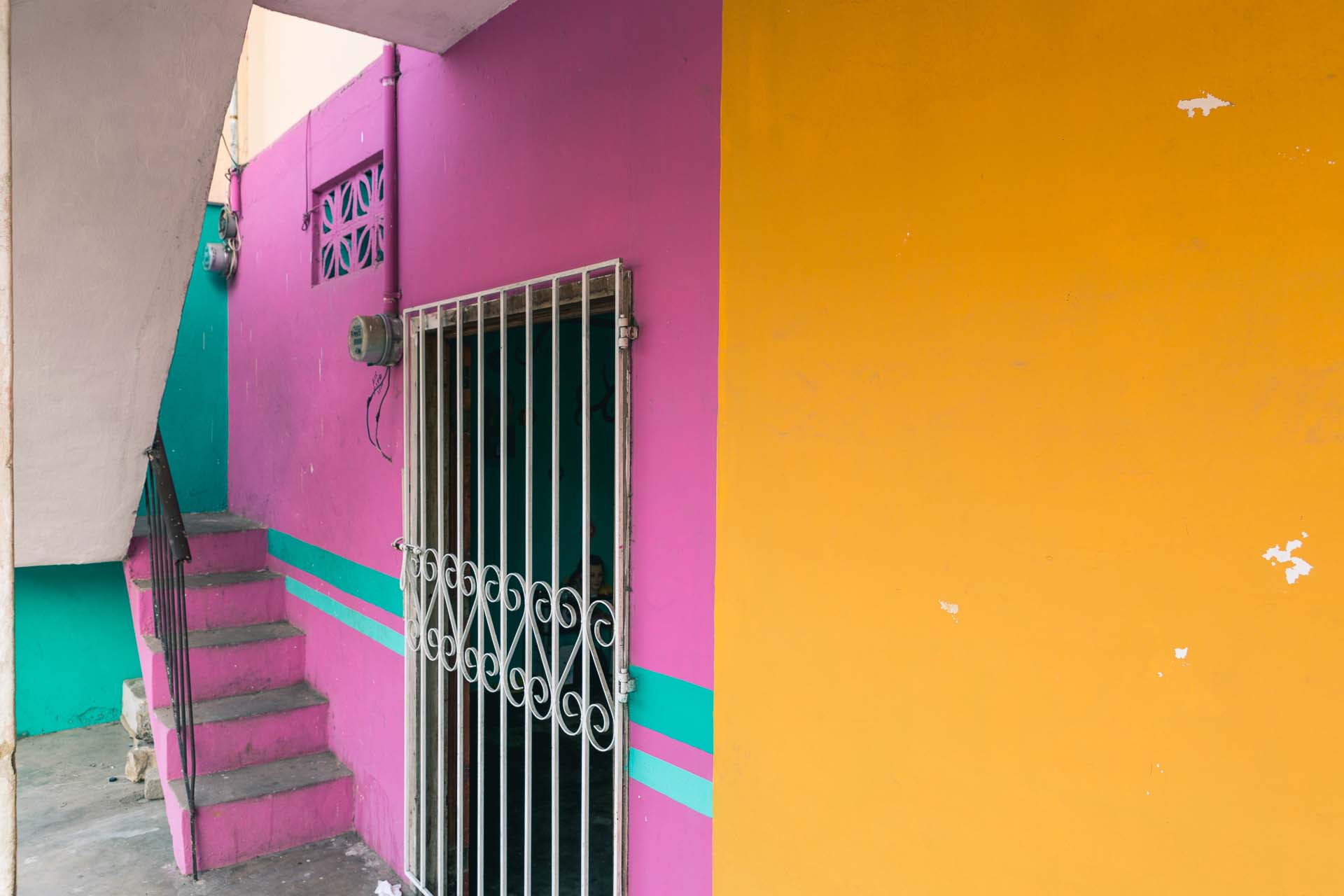




San Cristóbal de Las Casas was a very pleasant city with lots of cool photo opps.
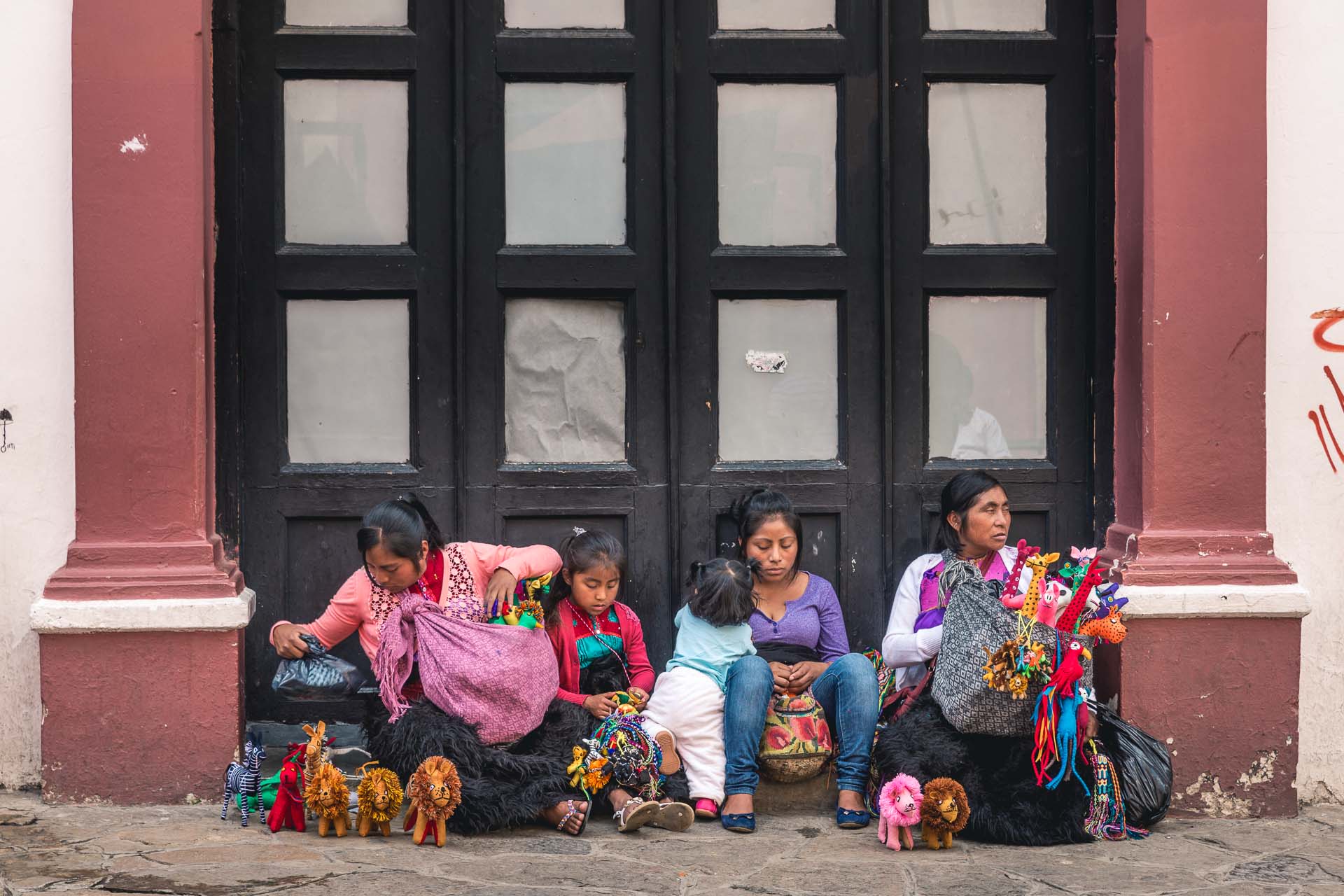
And beautifully dressed, charming and small indigenous people.

VW Beetles are everywhere!
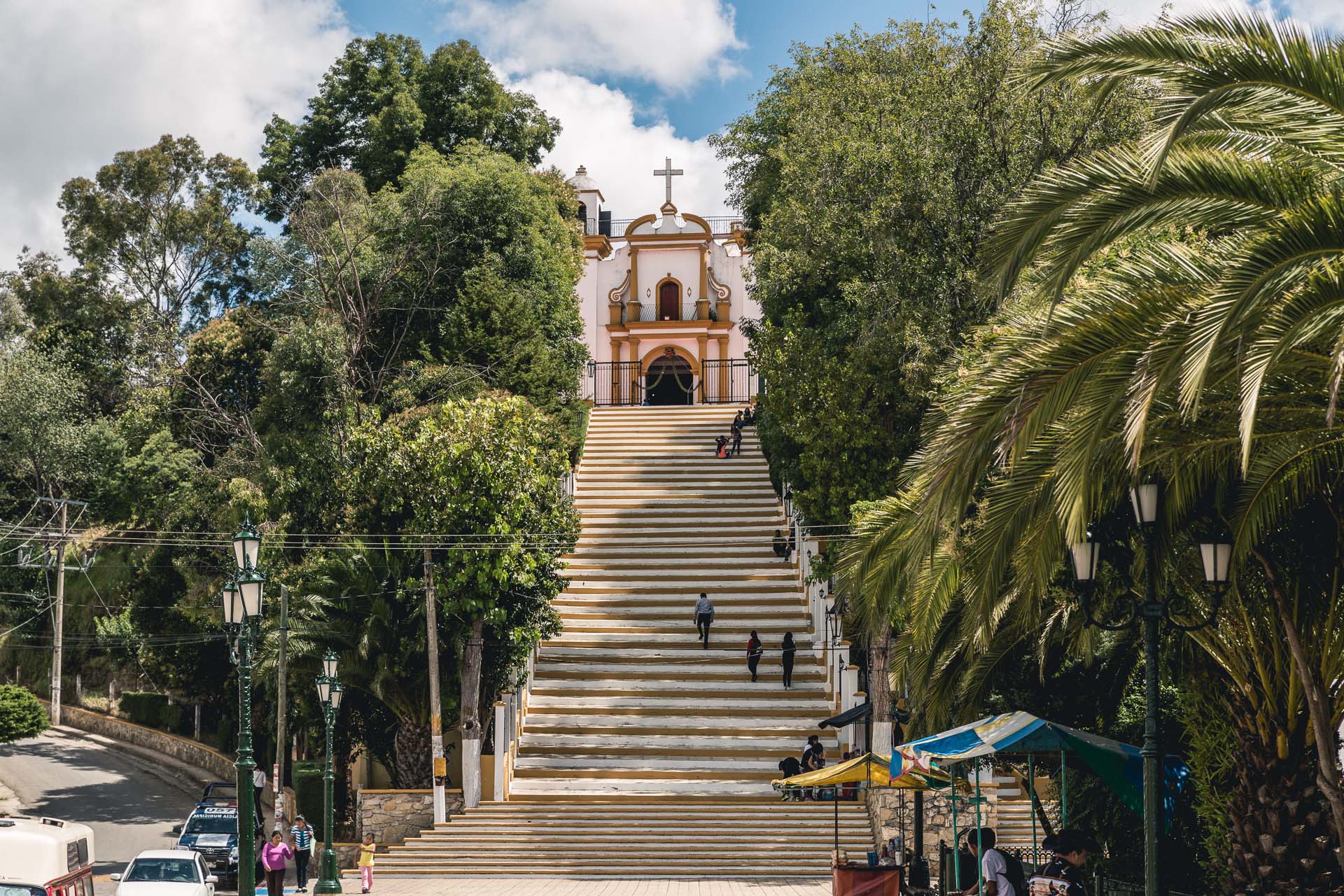
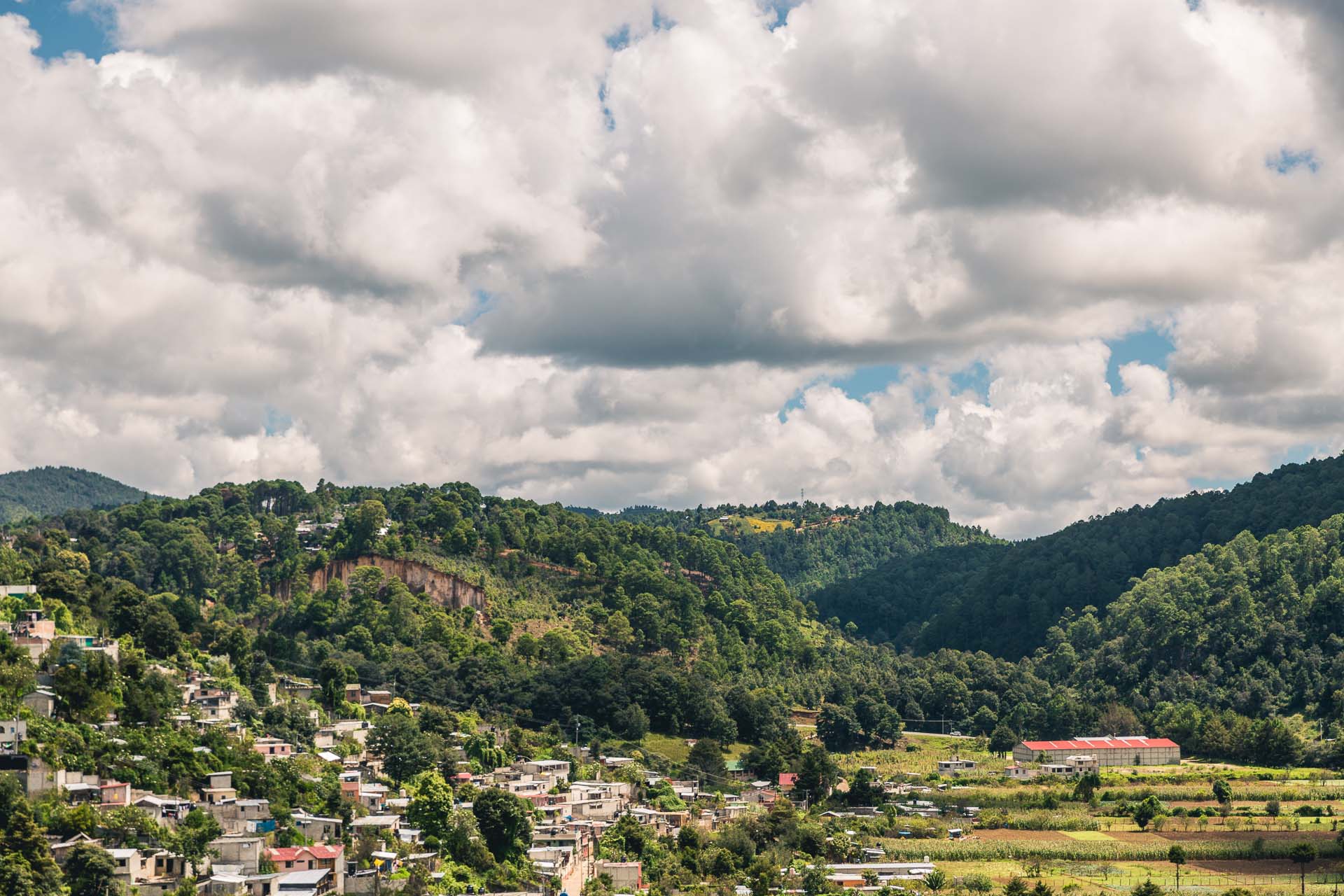

I really liked all the coloured houses.



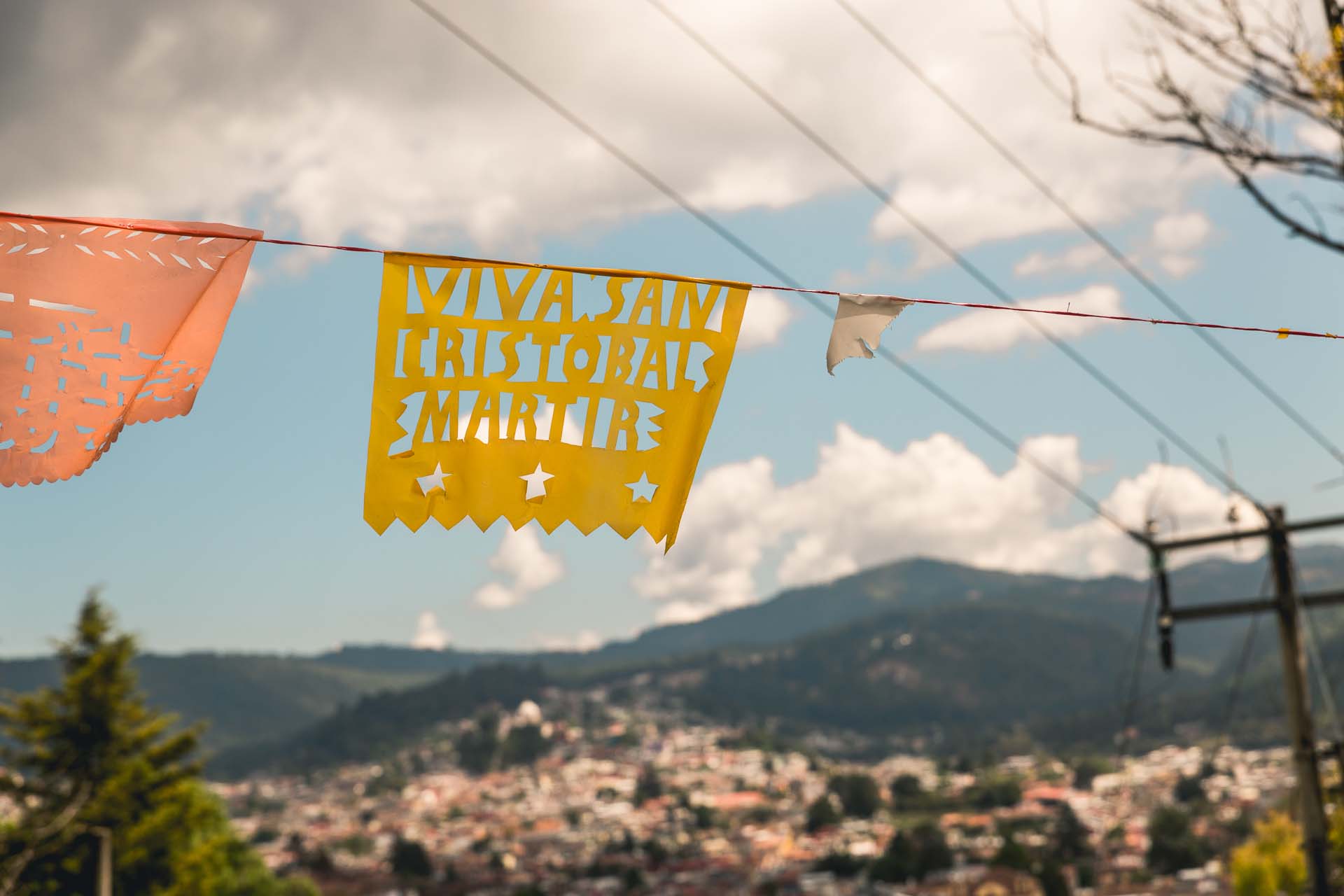
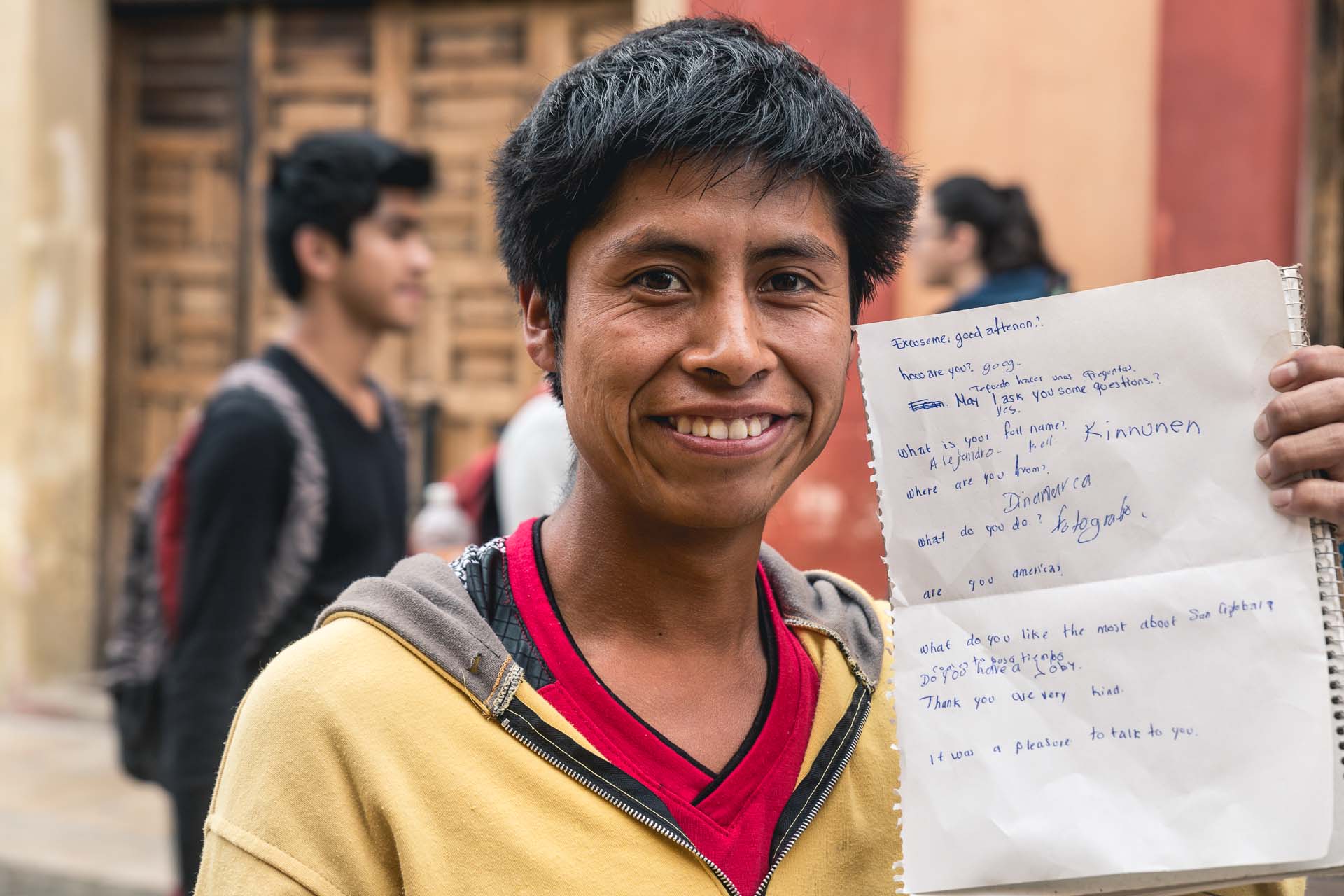
This guy interviewed me as a part of his english class!
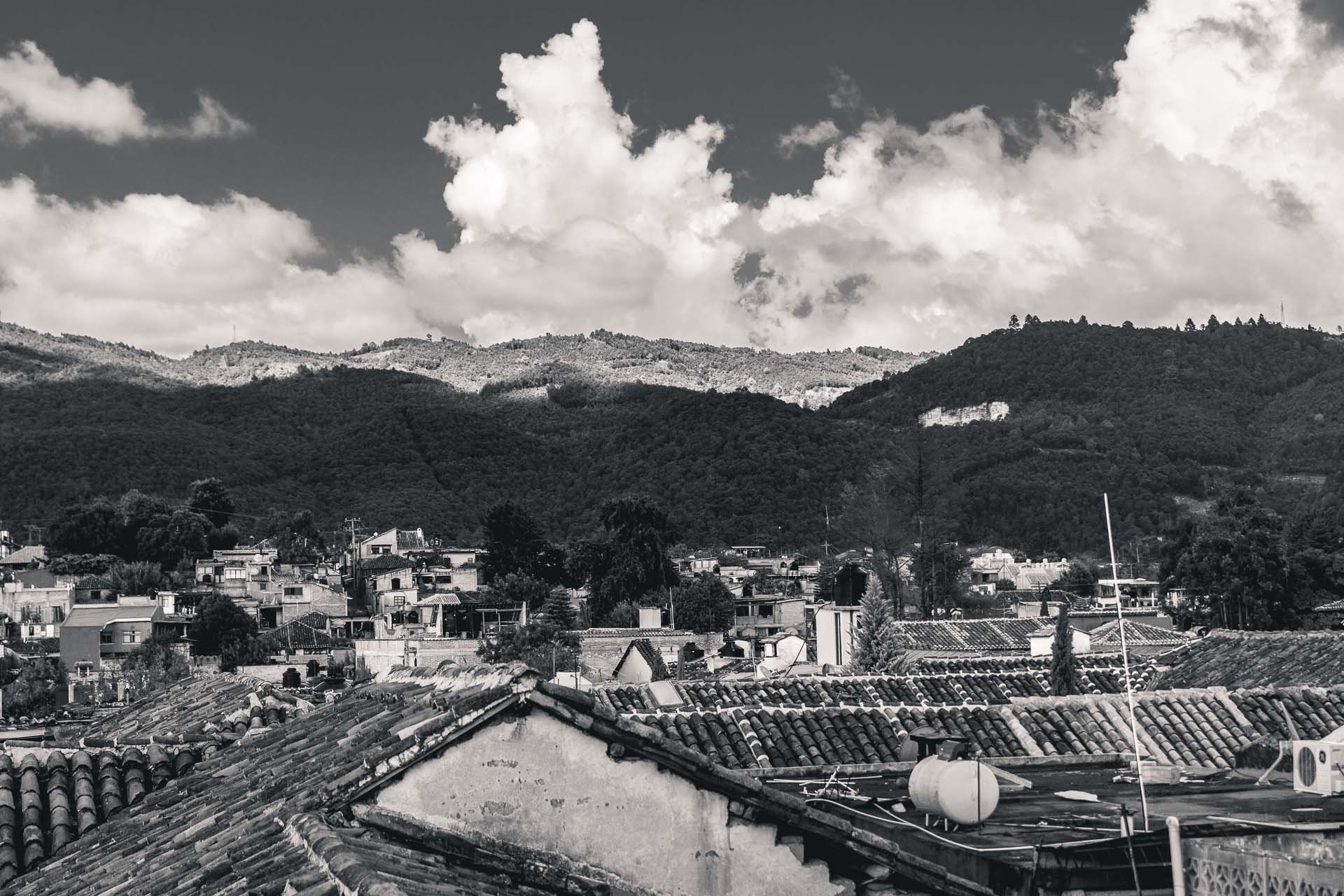
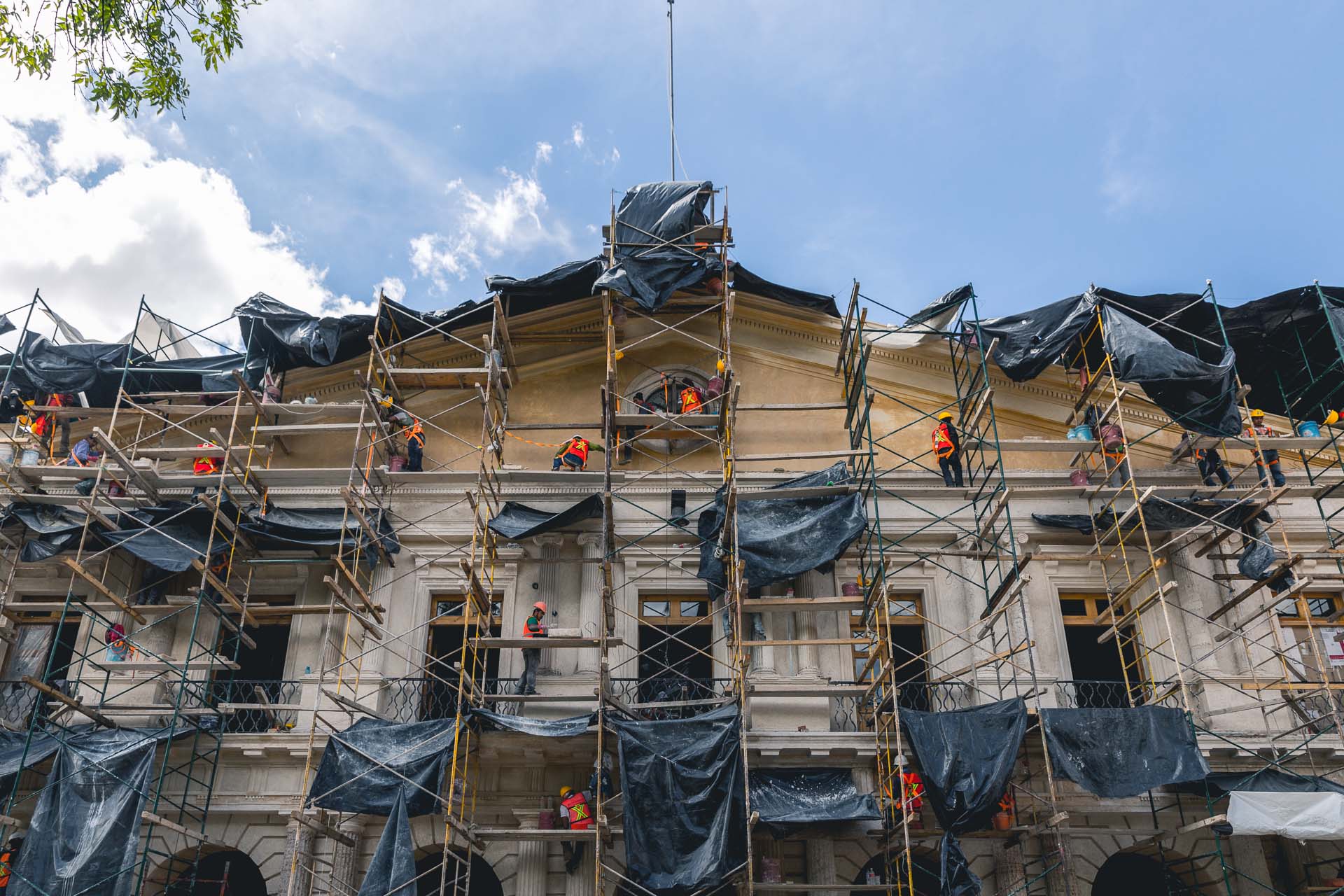
Work work work. At least 30 guys worked on this at the same time.
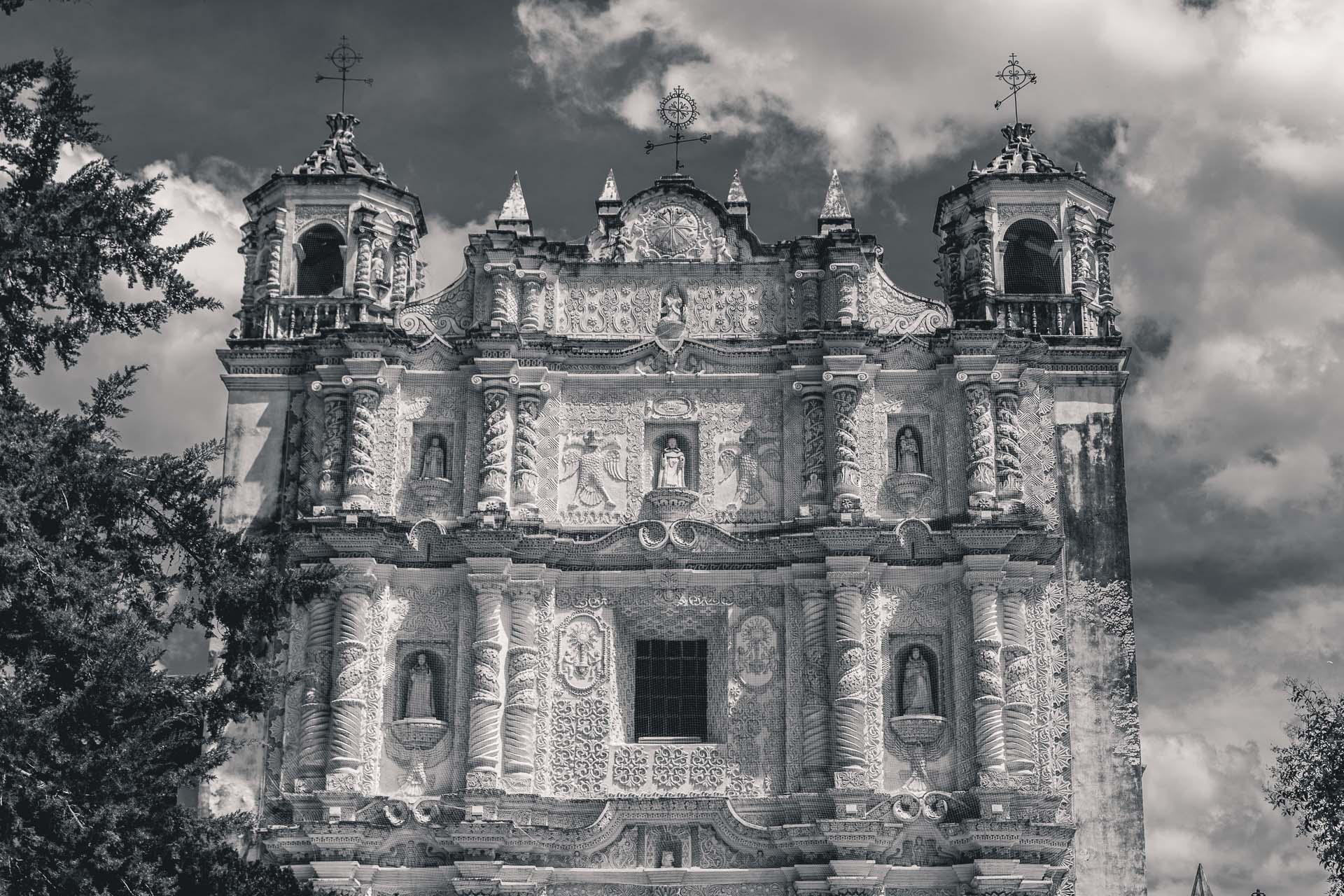
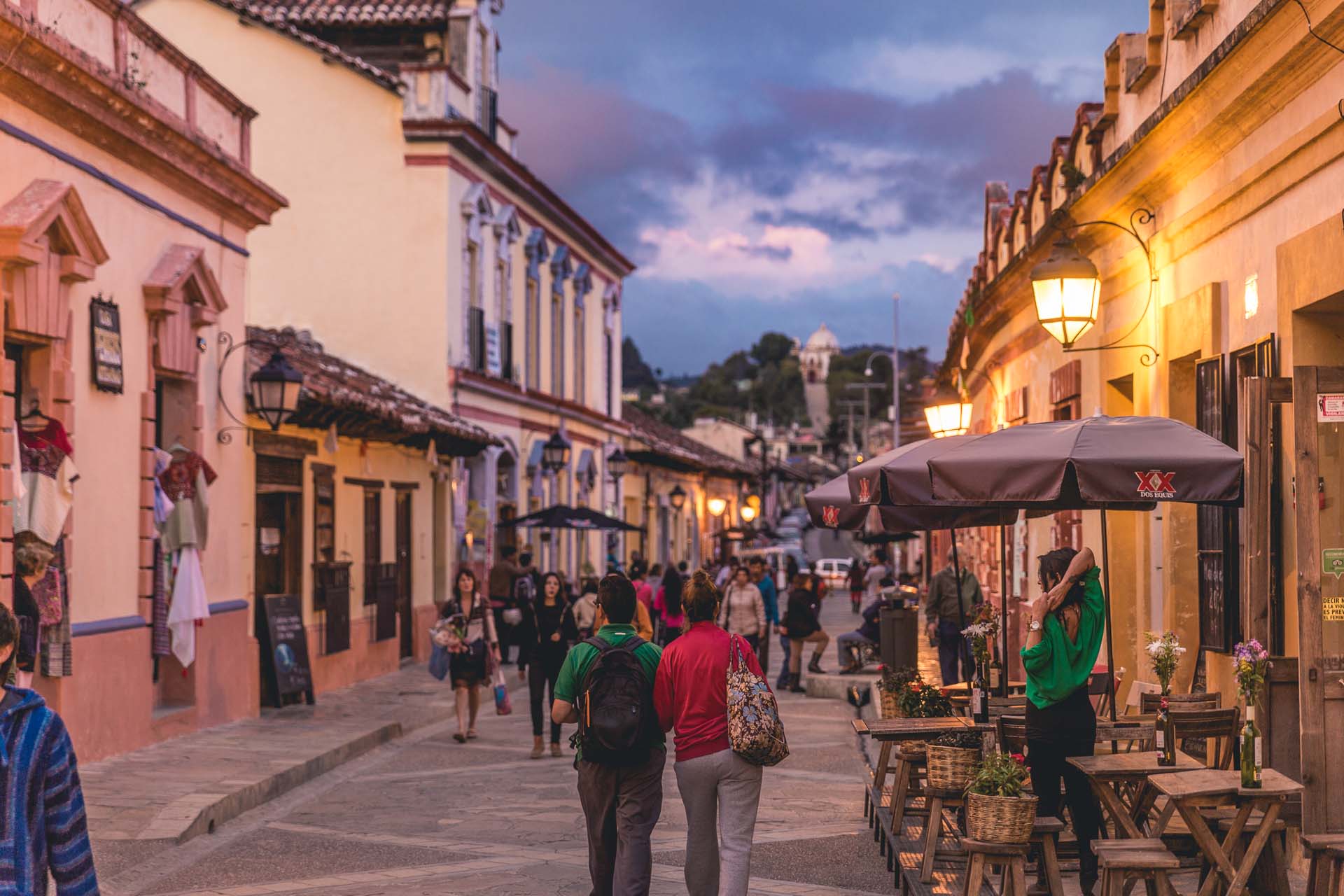
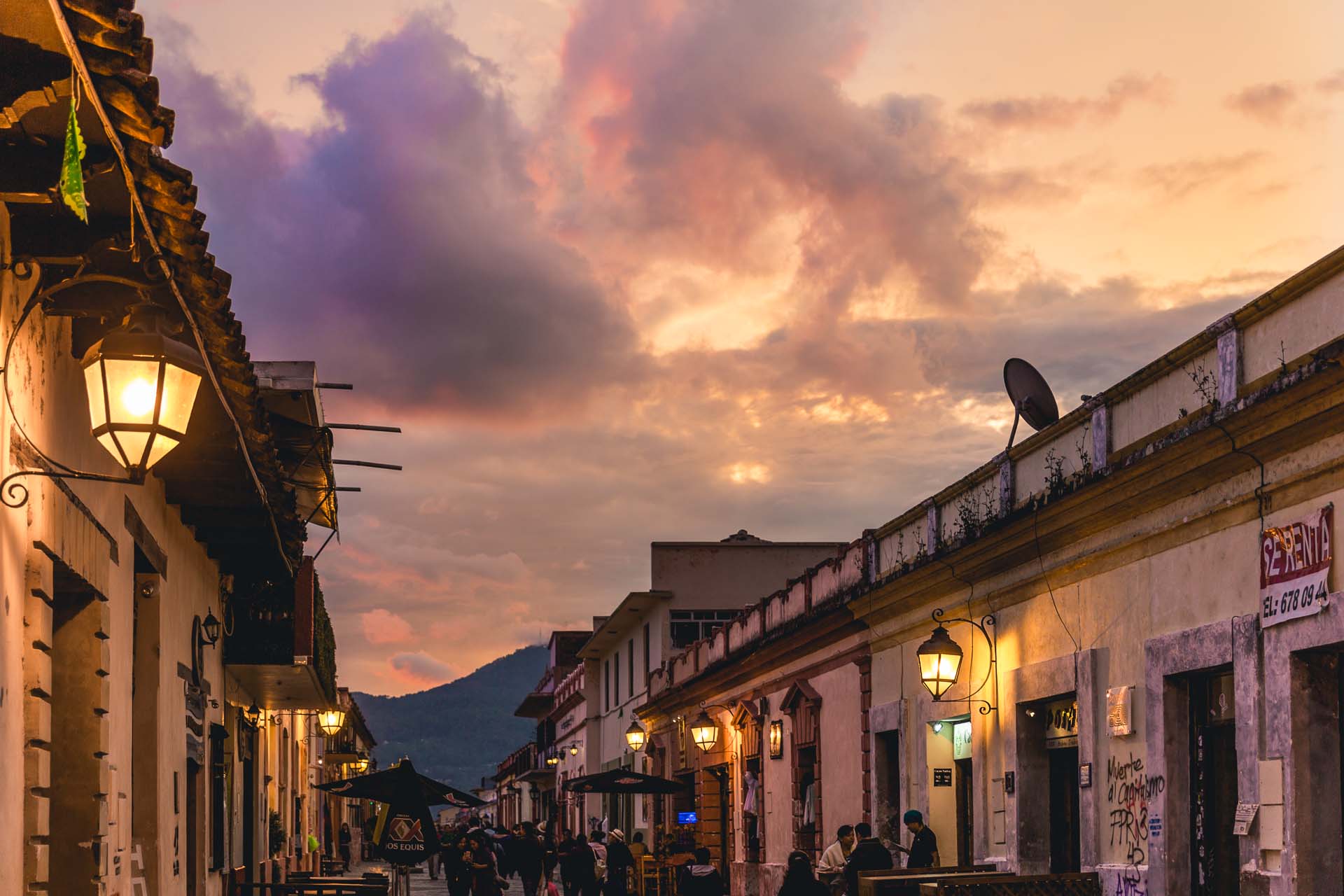
This sunset was magnificient.
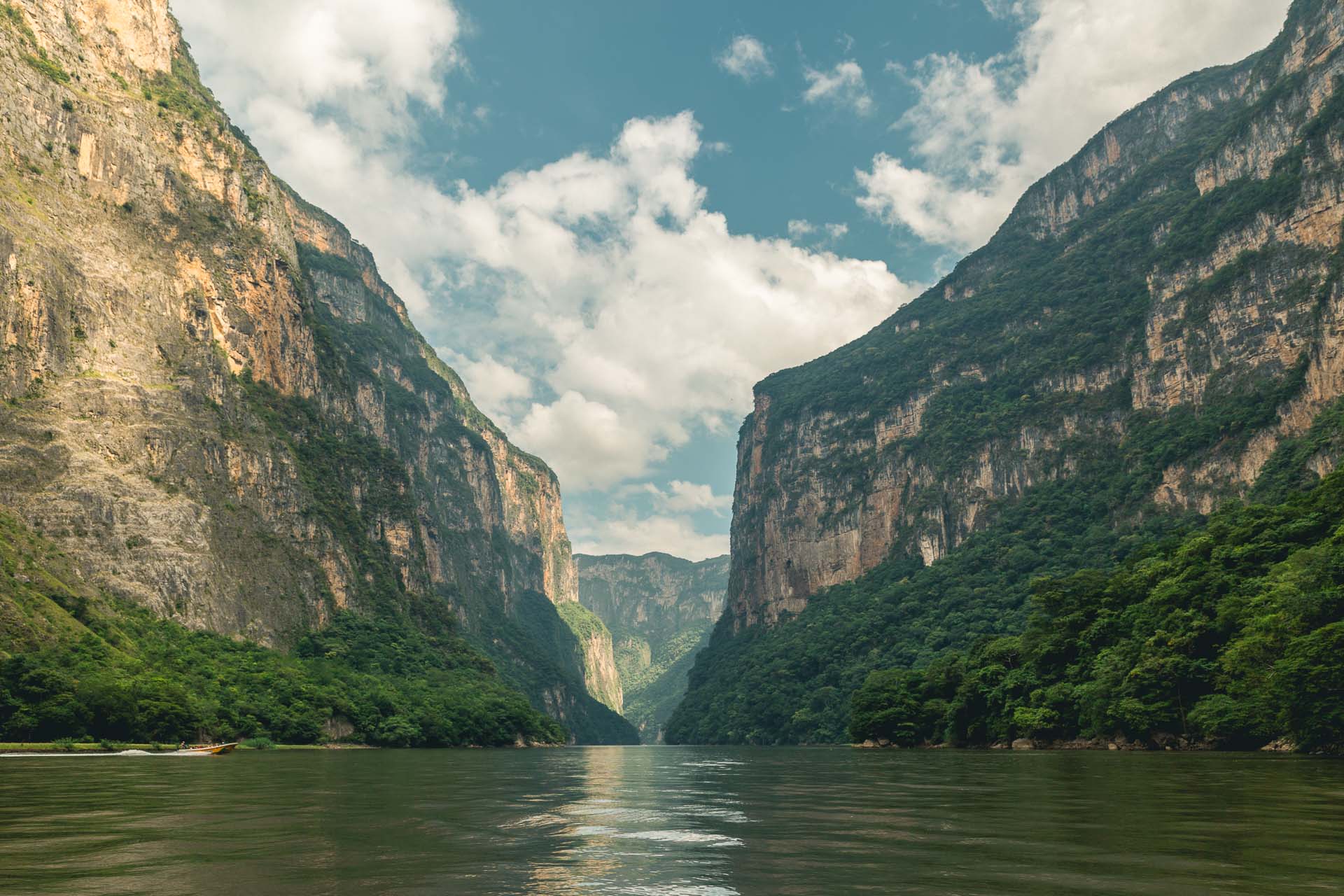
Sumidero Canyon was so breathtaking. We sailed through it and enjoyed every minute.
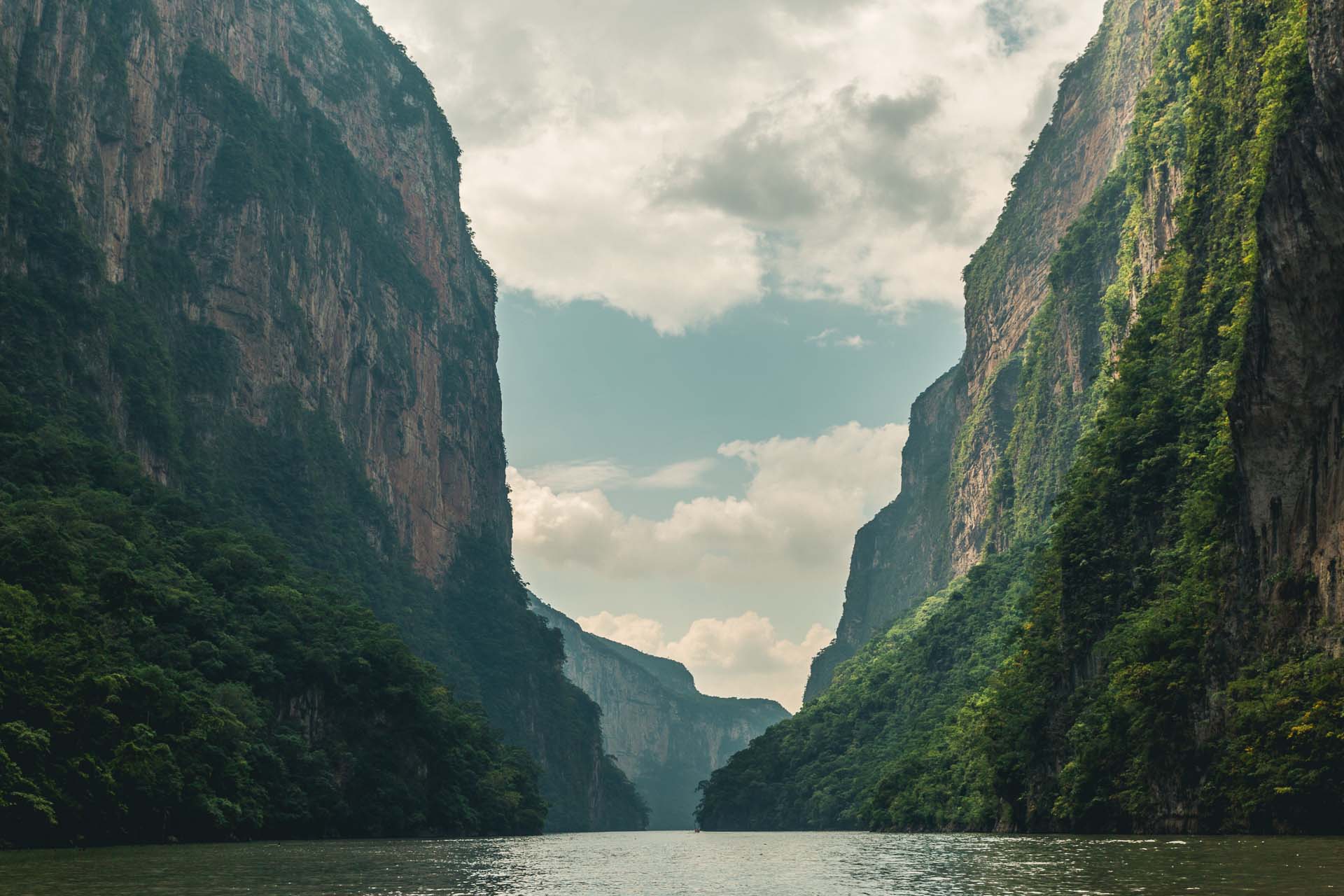

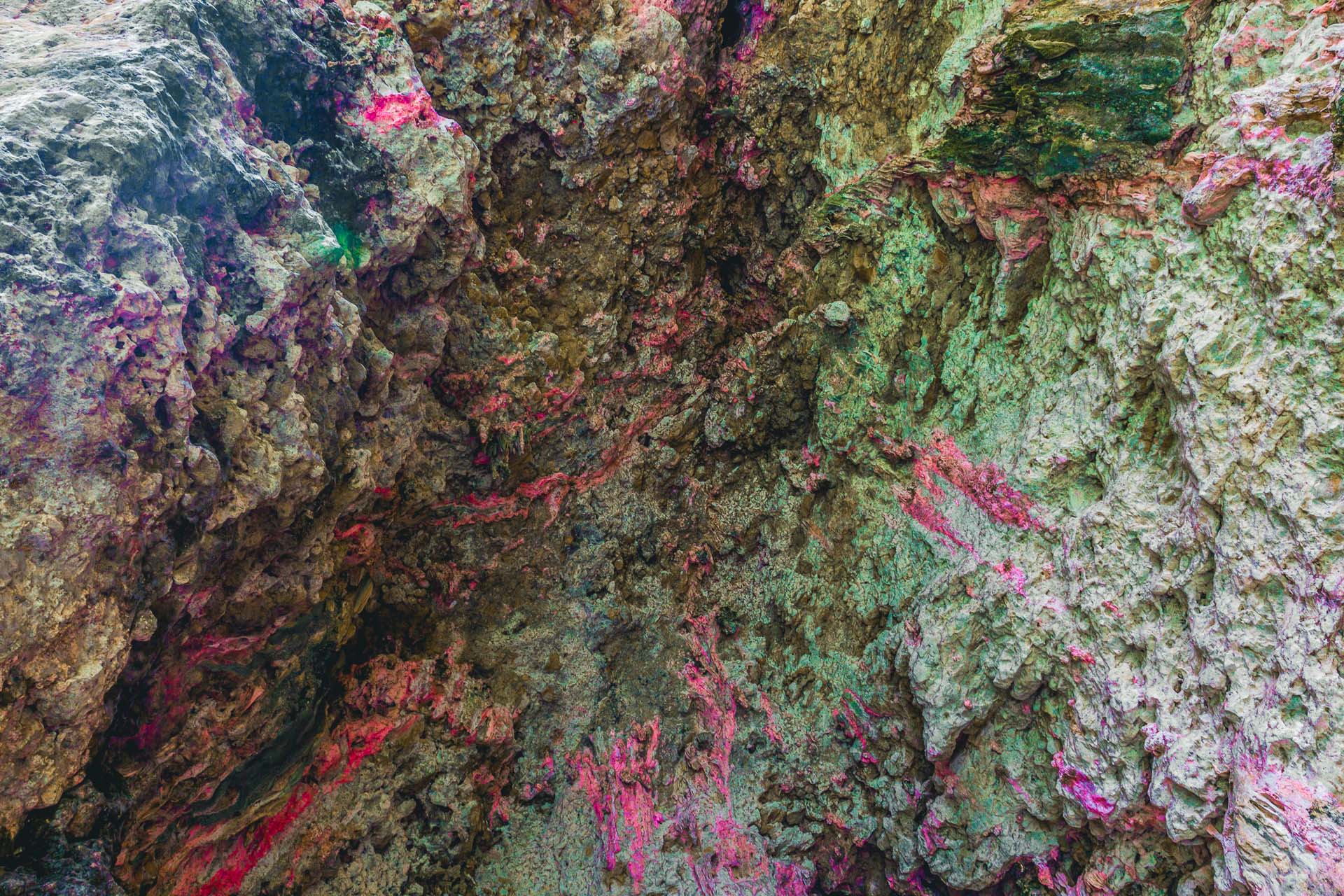
Unfortunately I didn’t understand what the spanish-speaking guide said about this, but it looked pretty unreal! Not entirely as unreal as this, though – I admit to have pushed the colours a bit 🙂
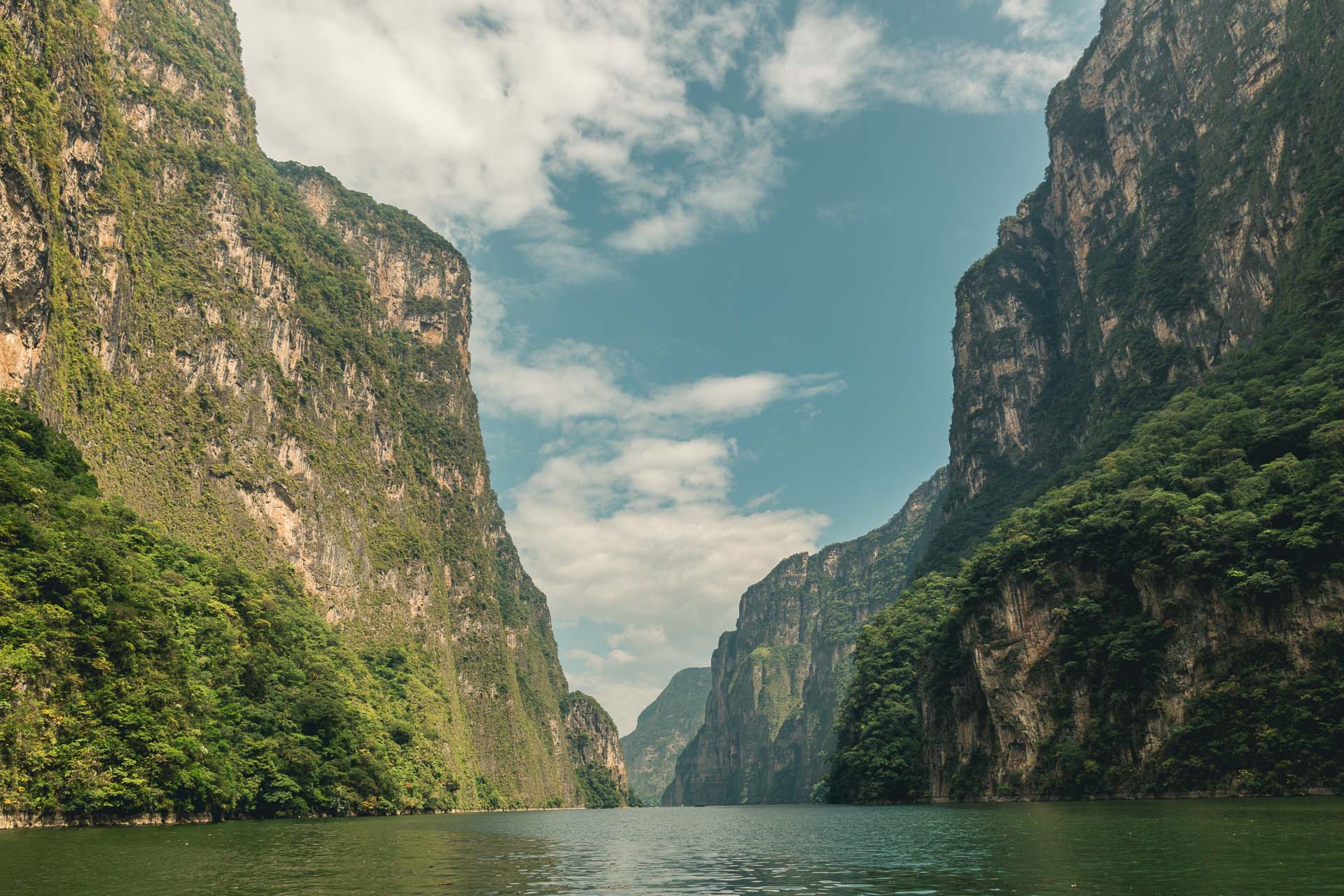

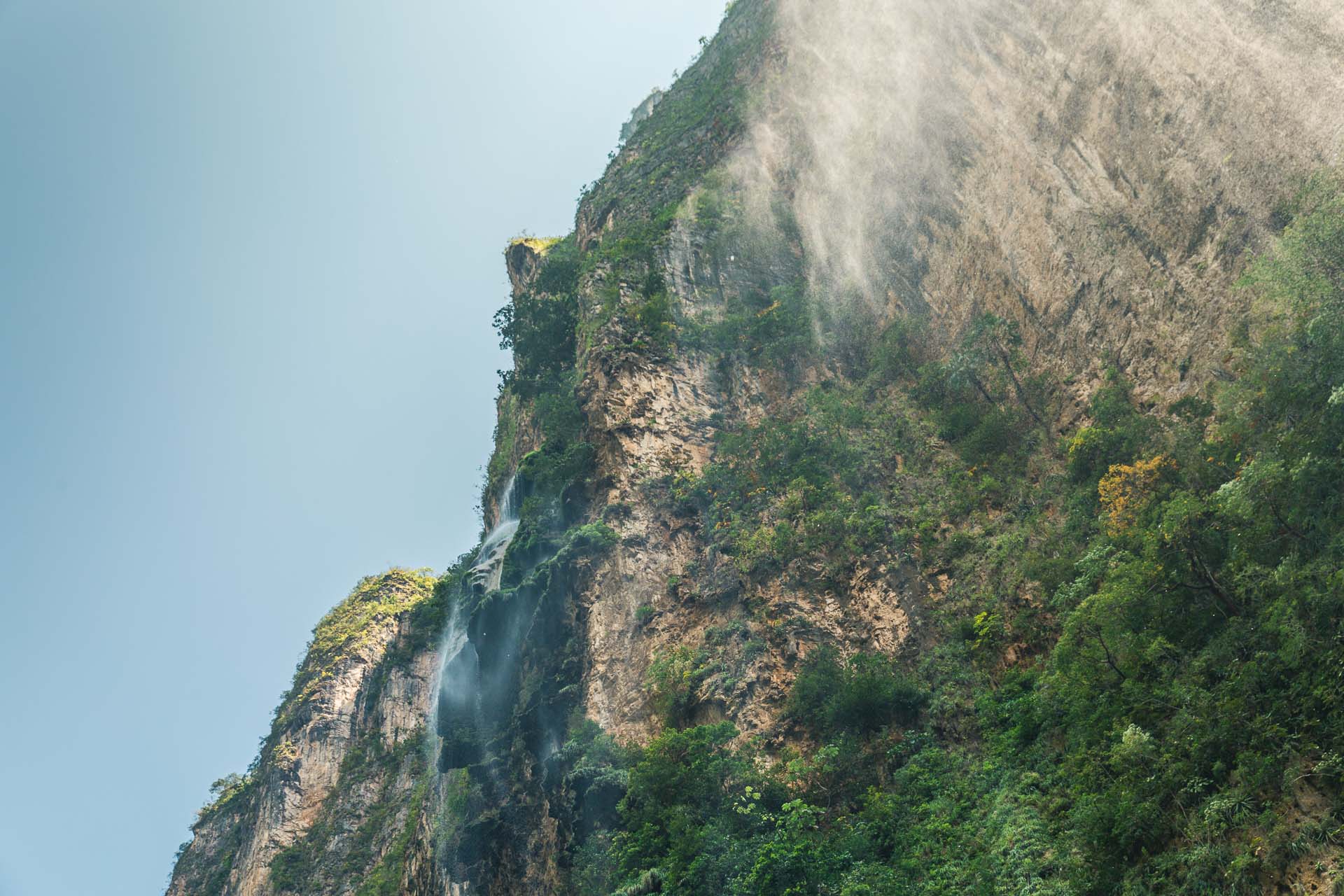
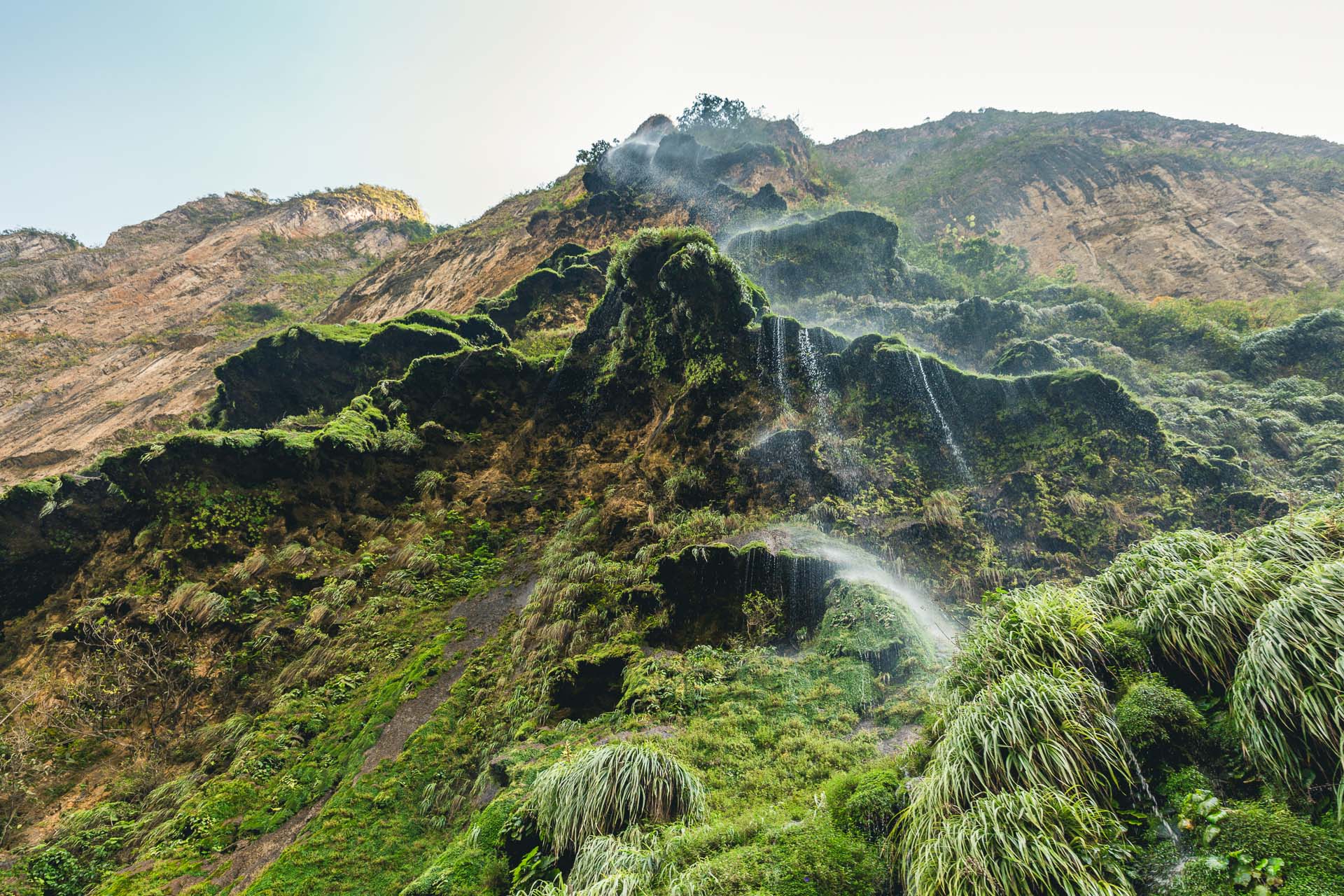
This place is known as the “Christmas tree” due to the green formations made by the trickling water.
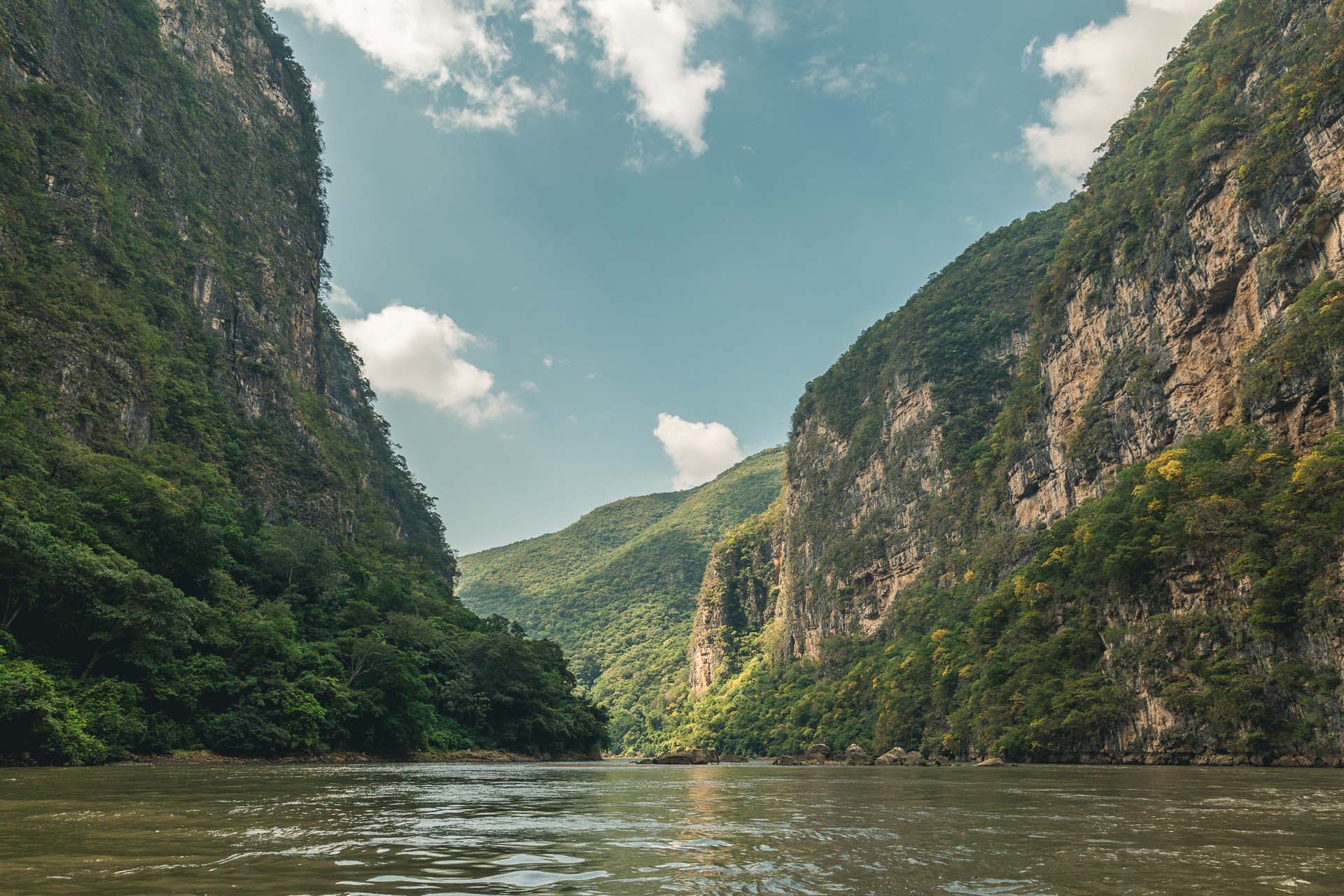
Definitely a must-do.
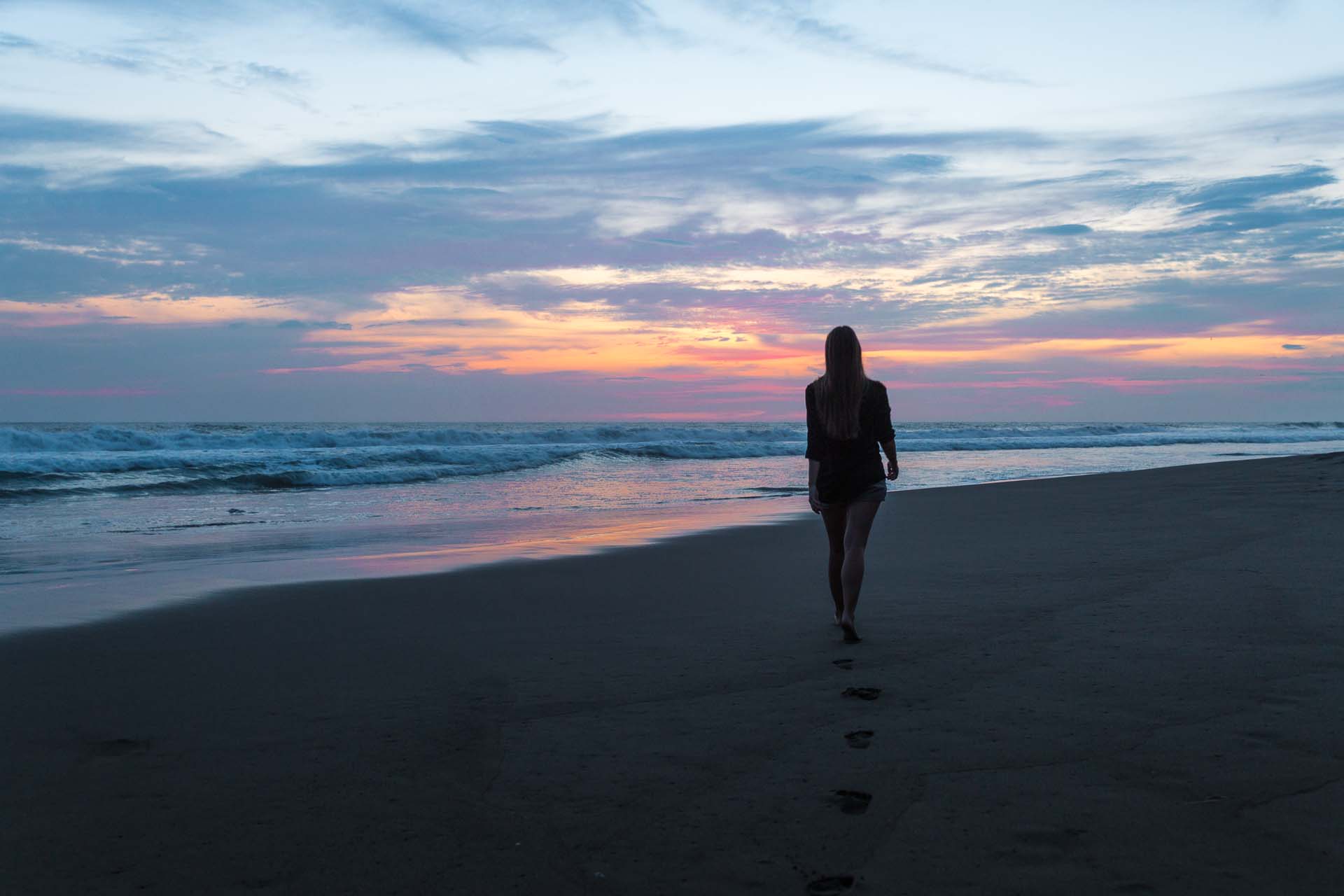
In Puerto Arista the beach stretches as far as the eye can see – and as it is pretty off-season, we almost had it all to ourselves. This particular sunset called for a camera!
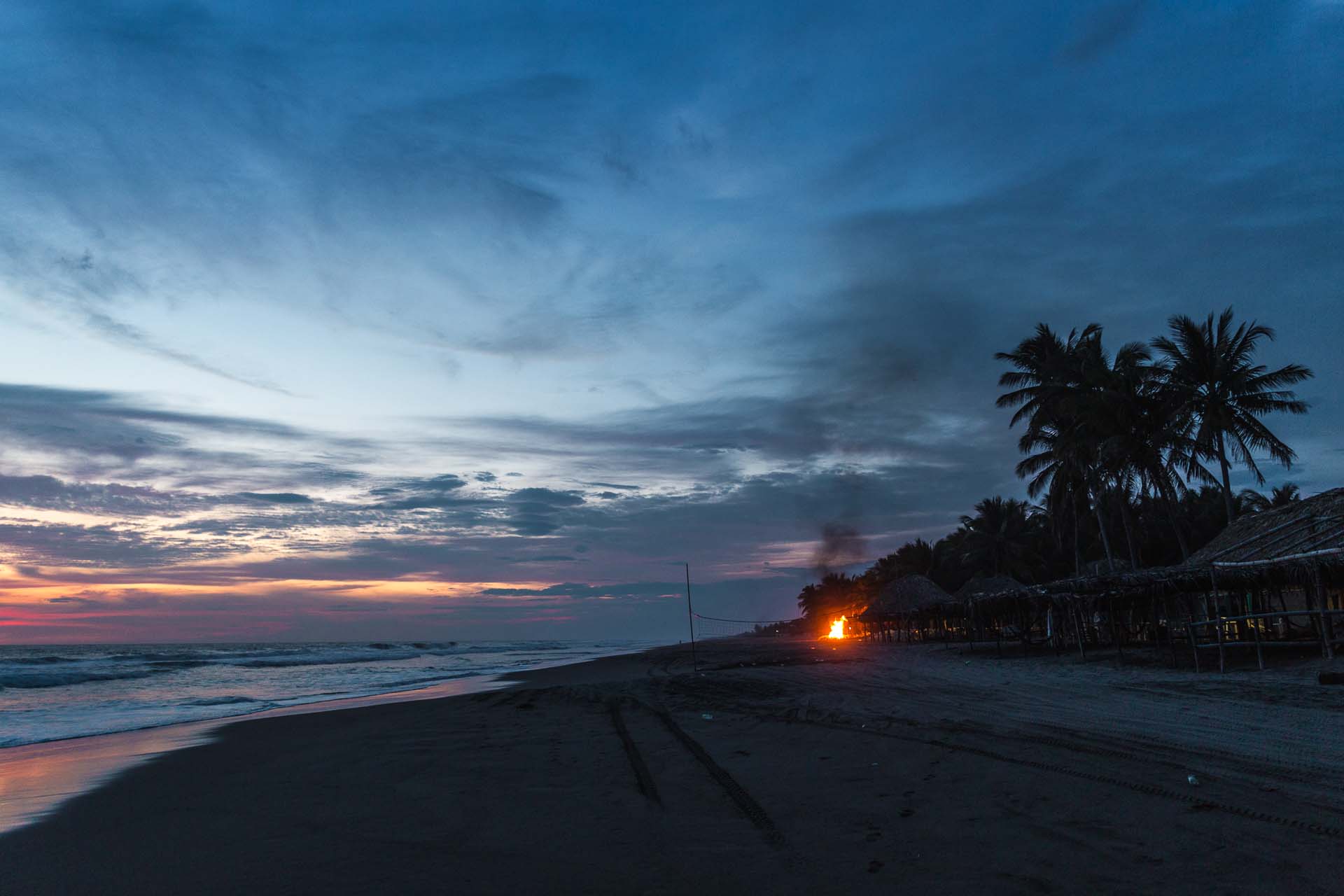
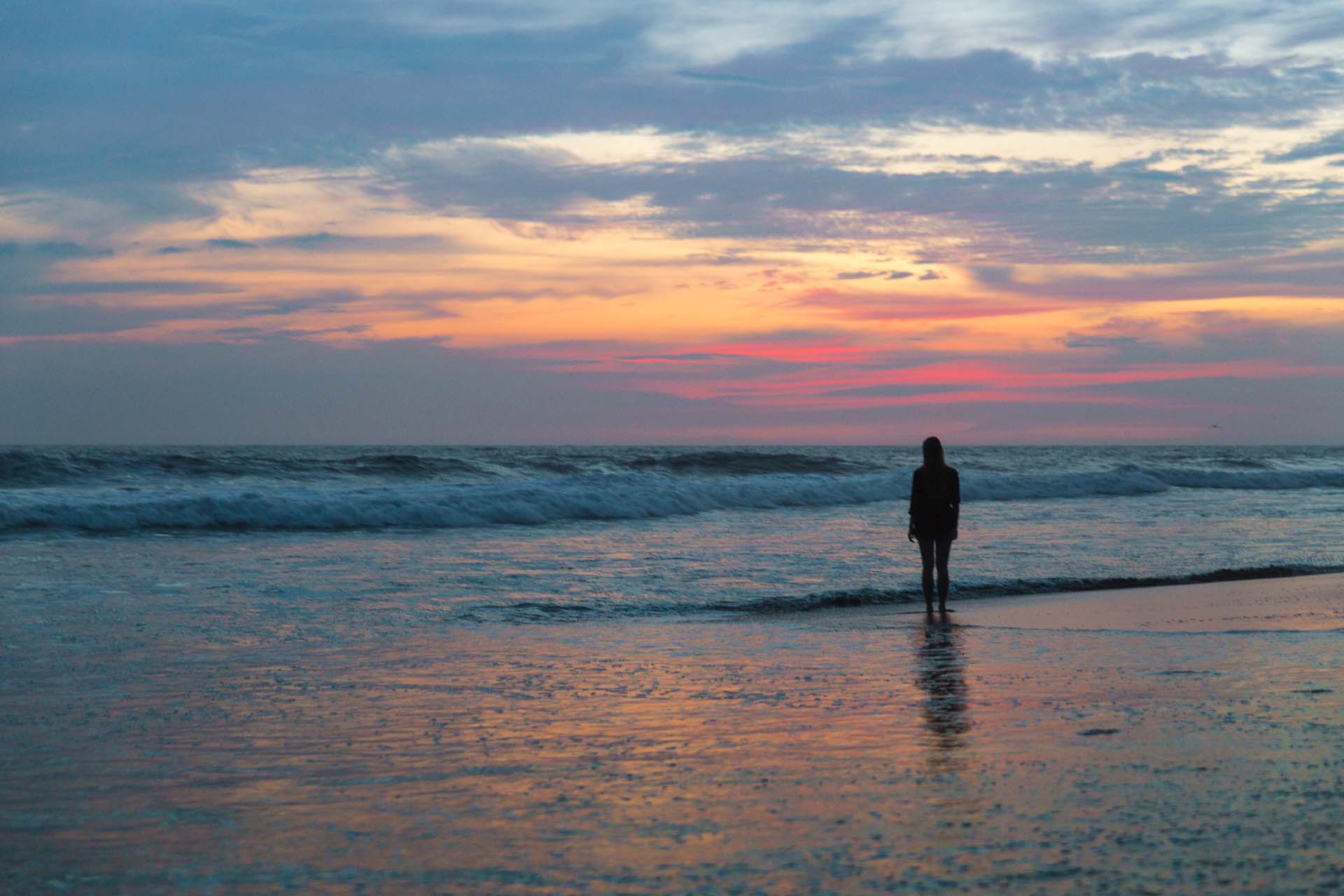
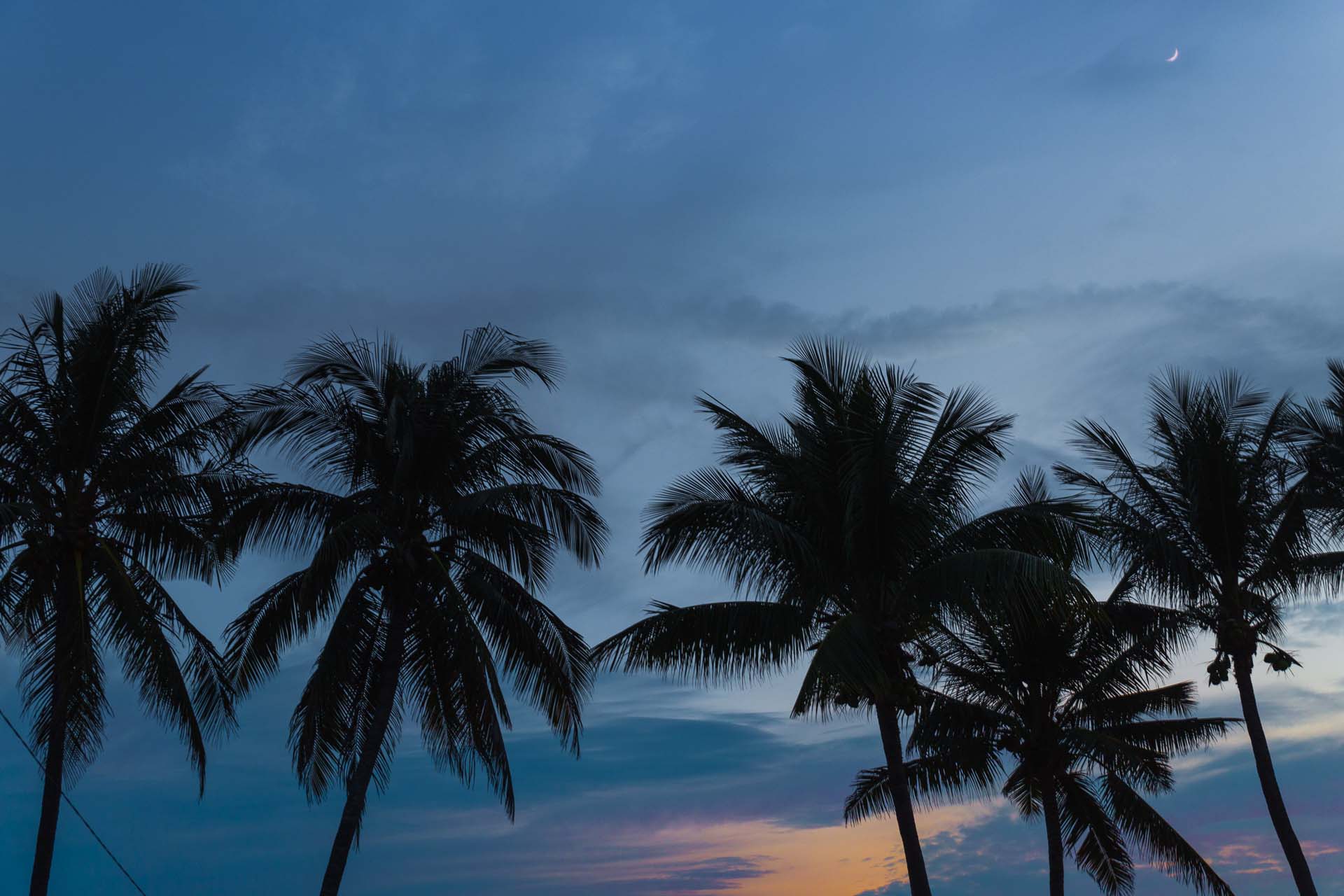

I hadn’t brought my tripod, so I had to freestyle with a table and a chair from a nearby restaurant to get these long exposures. It wasn’t perfect as it slowly sunk into the sand, but it did the trick.
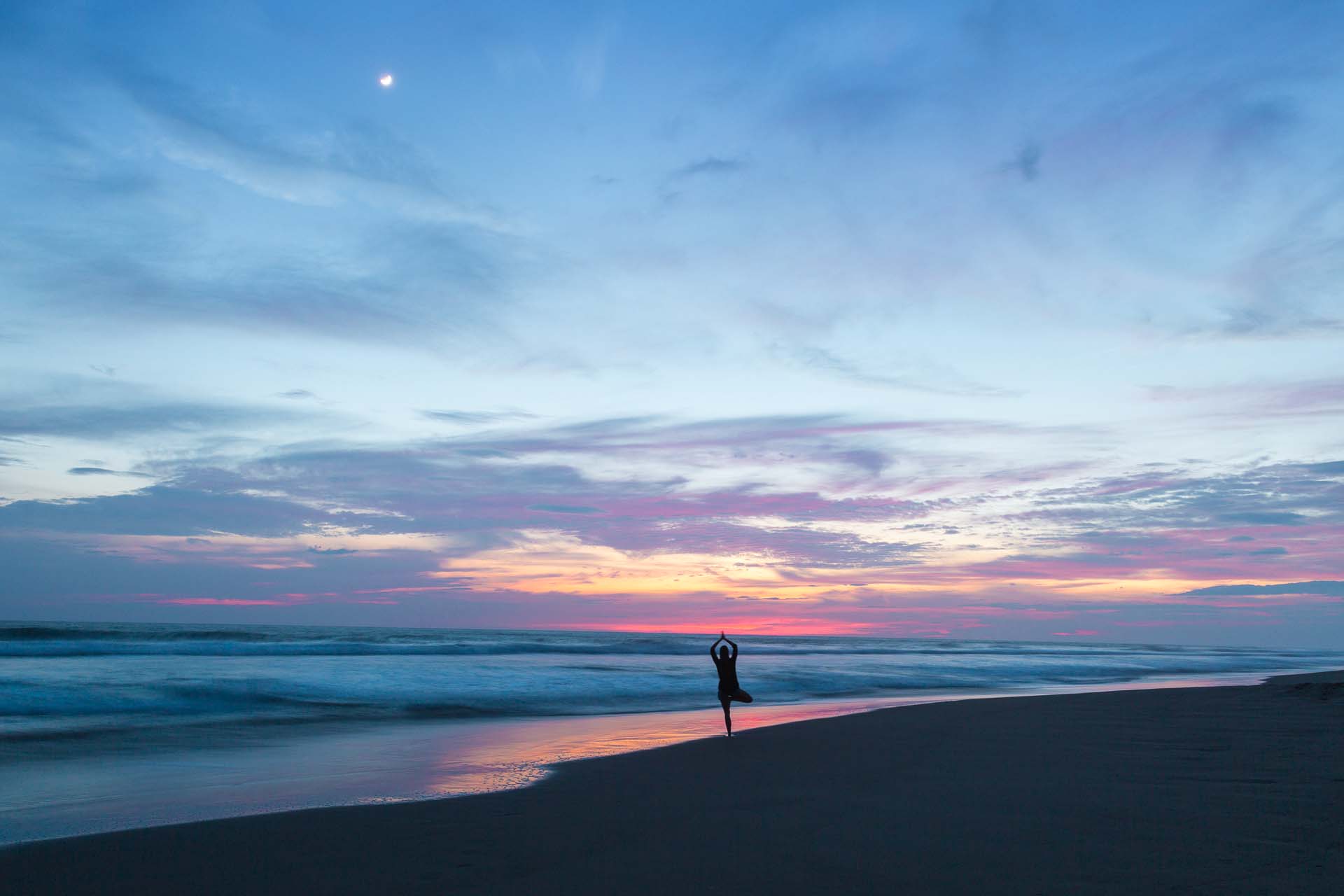
Yoga time!
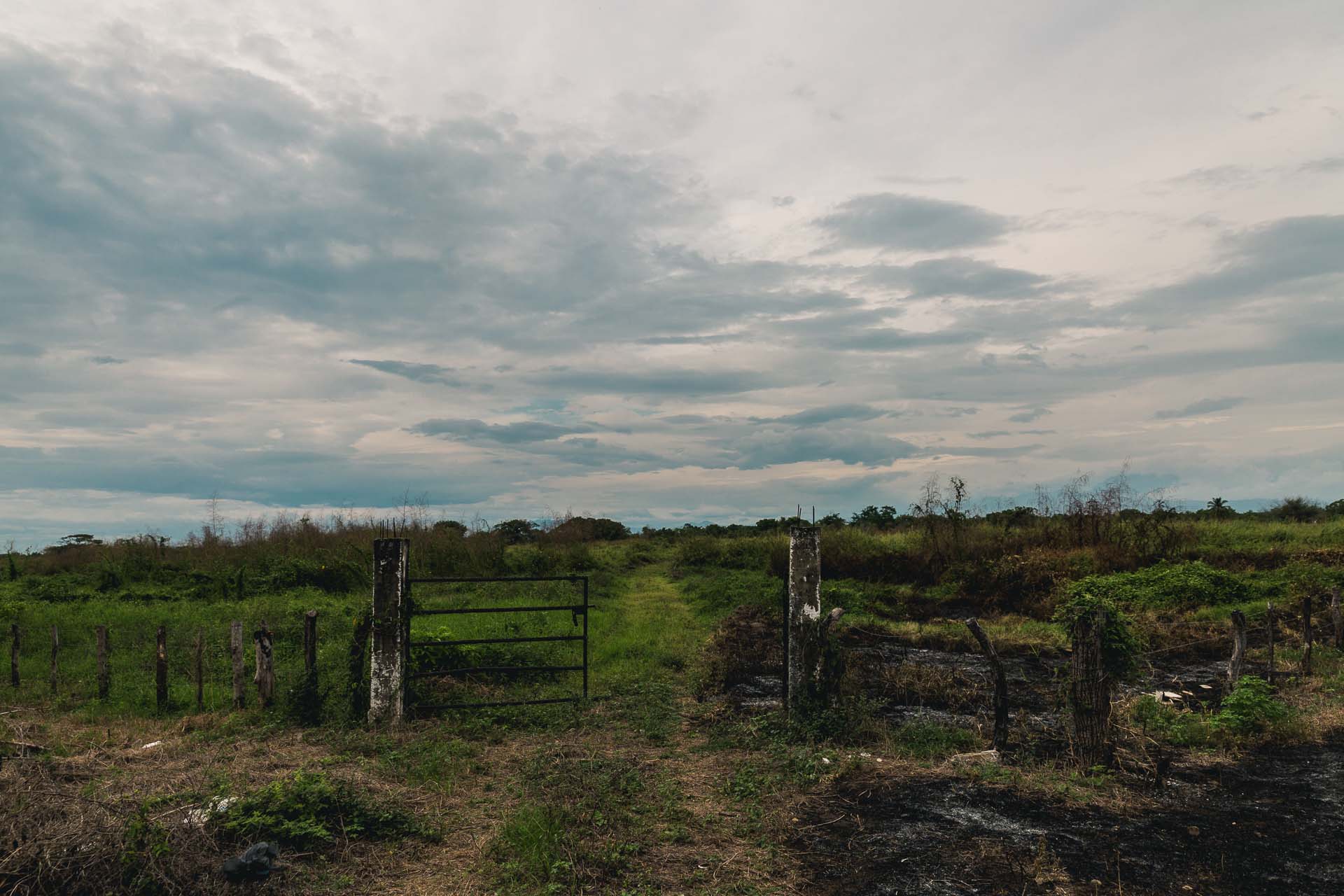
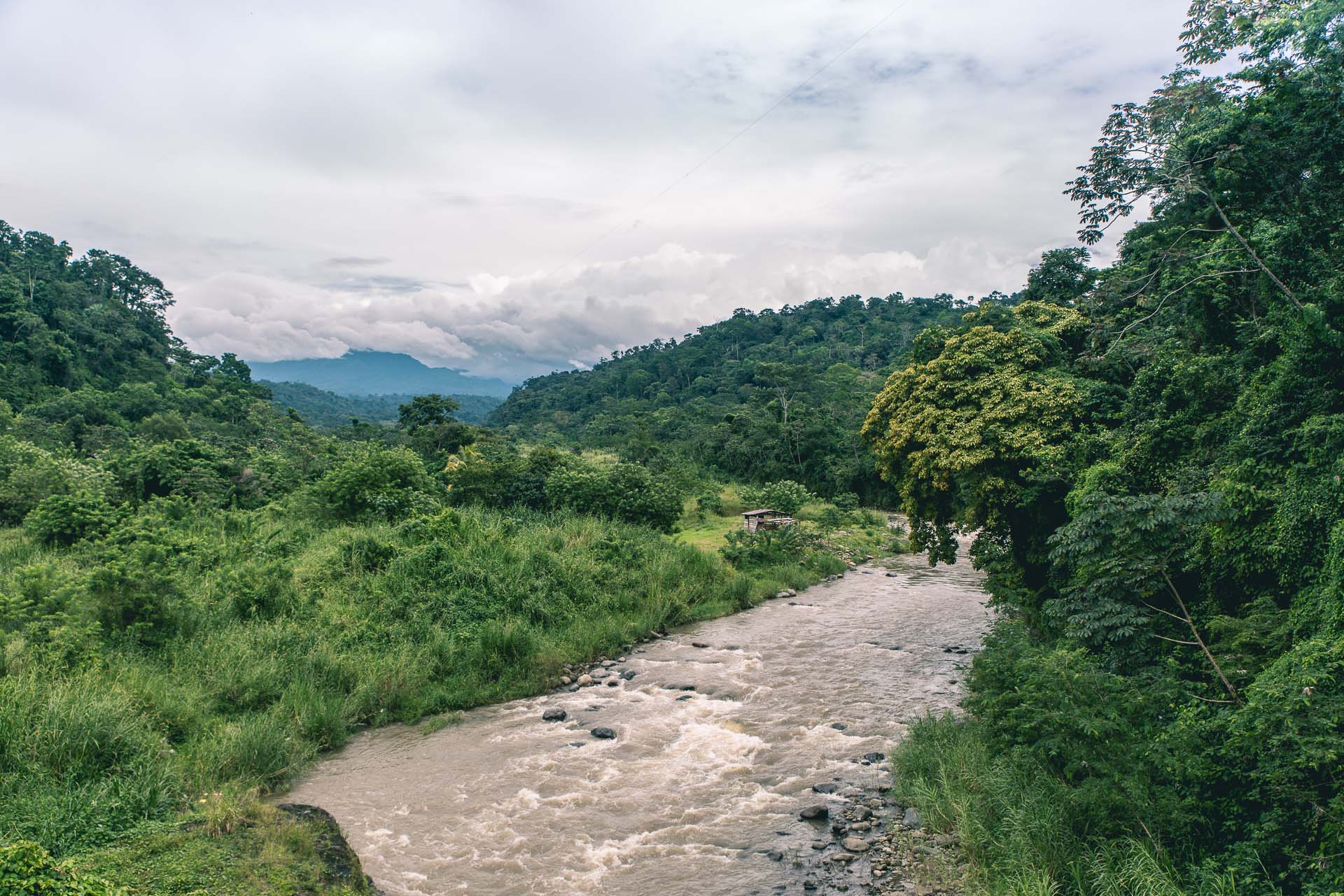
First view of the “Coffee Route” (Ruta del café) near Tapachula. We stayed at the wonderful coffee farm Argovia and got a lot of great material for the documentary.
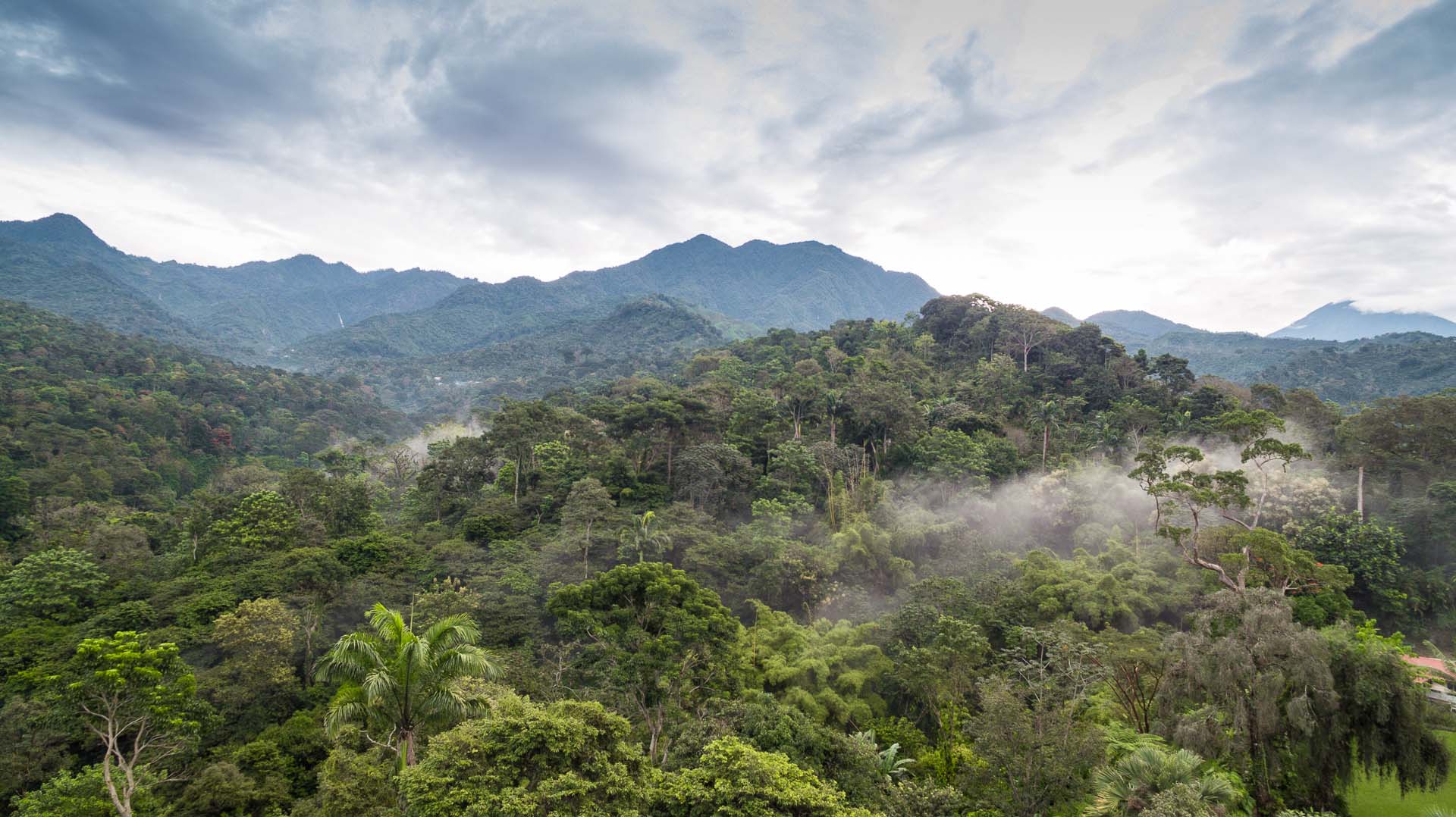
Flying over the dense jungle with my drone was exhilarating!
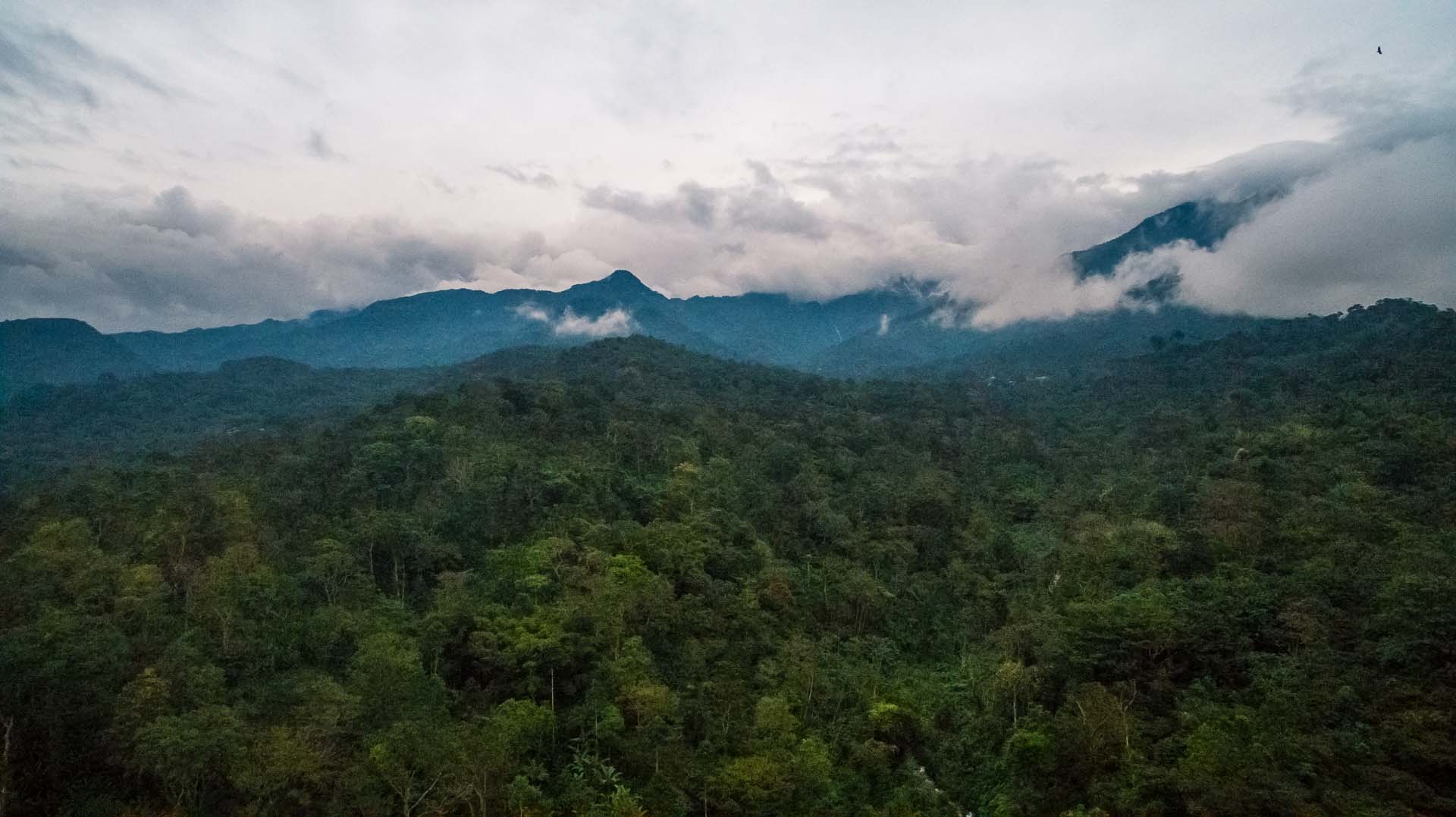
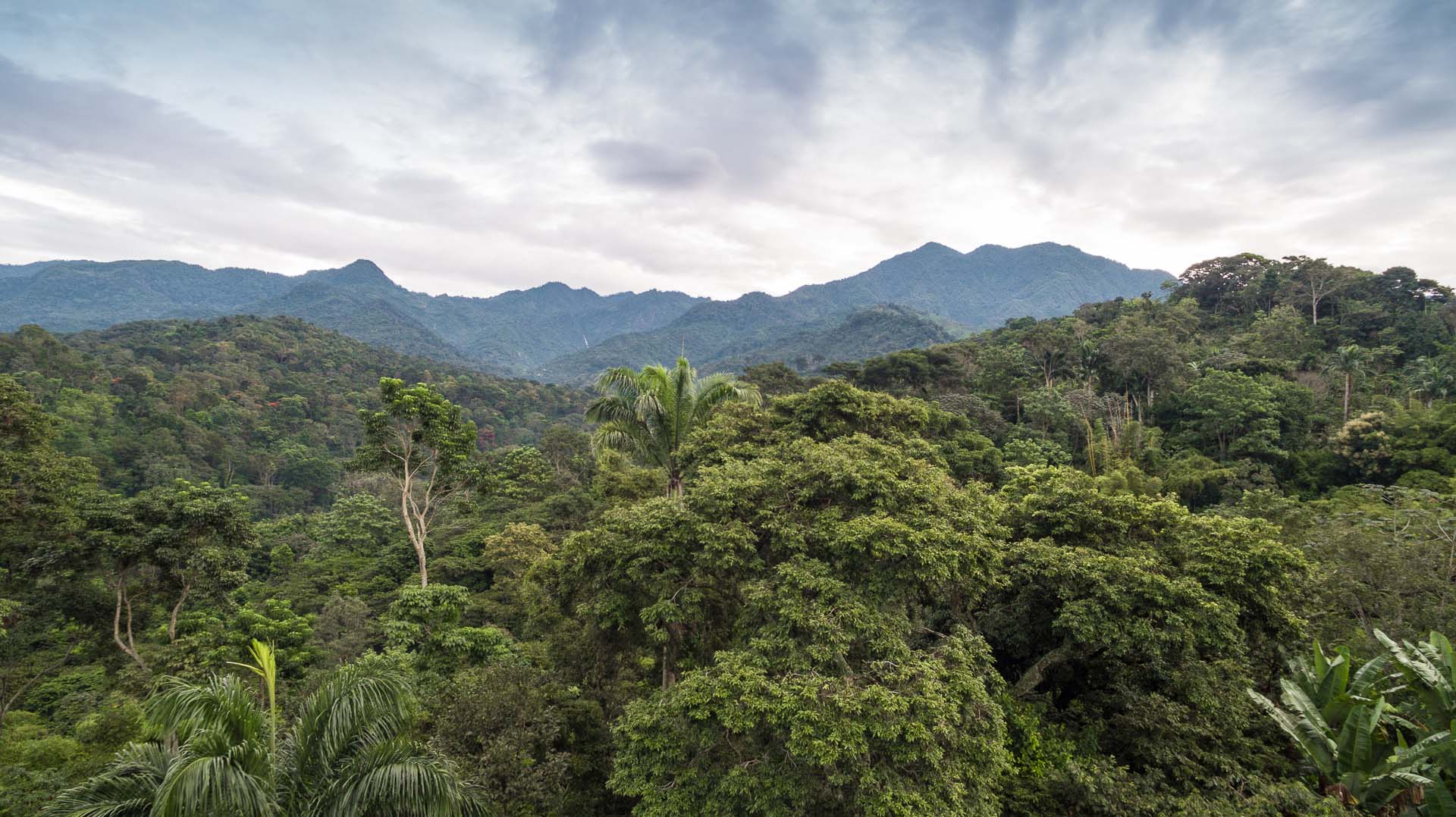

The landscape was just stunning. This was our reward at sunrise after driving up a muddy, steep trail in complete darkness in a 4×4 with only one working headlight (and a torchlight!)
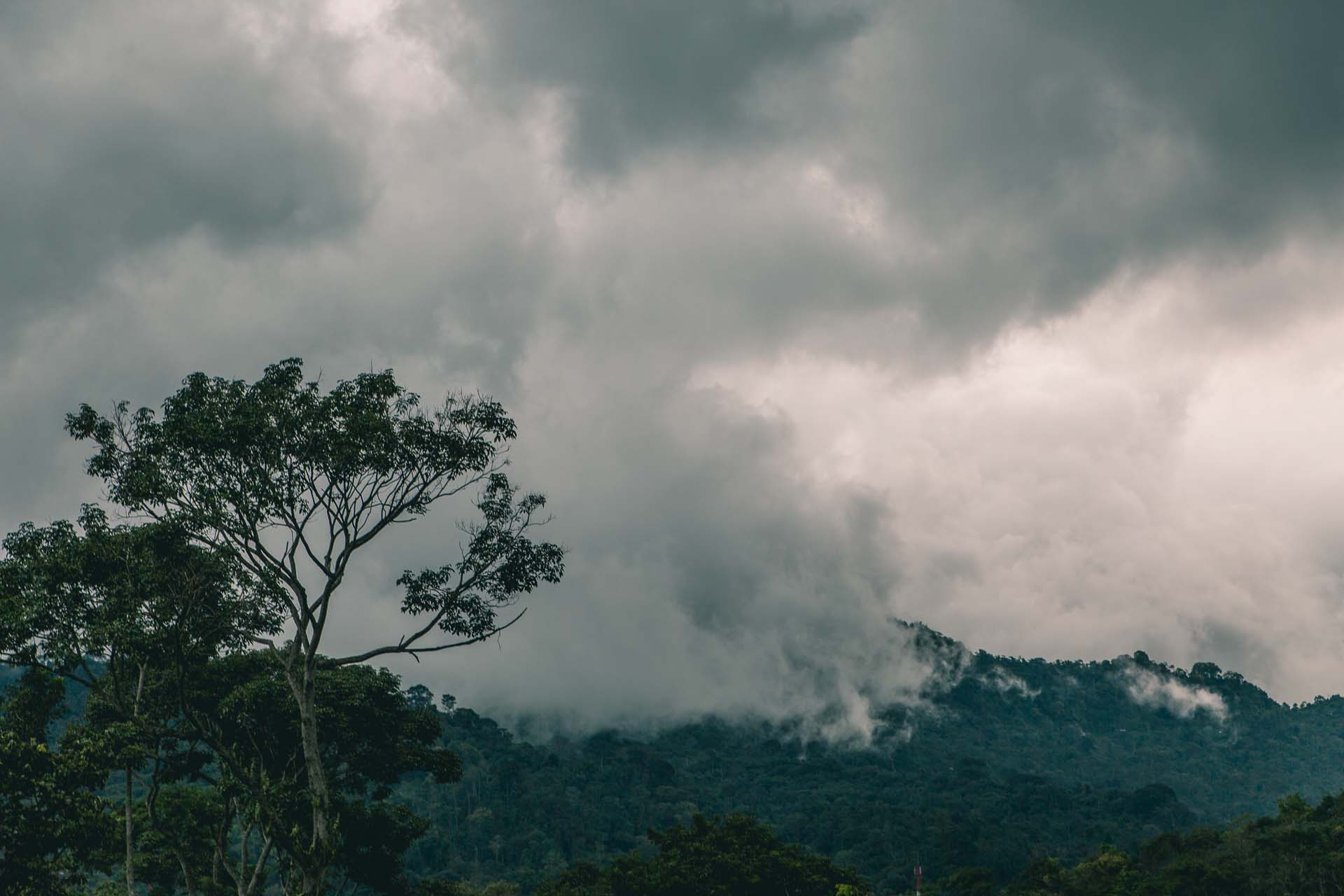

Night time shooting was fun!
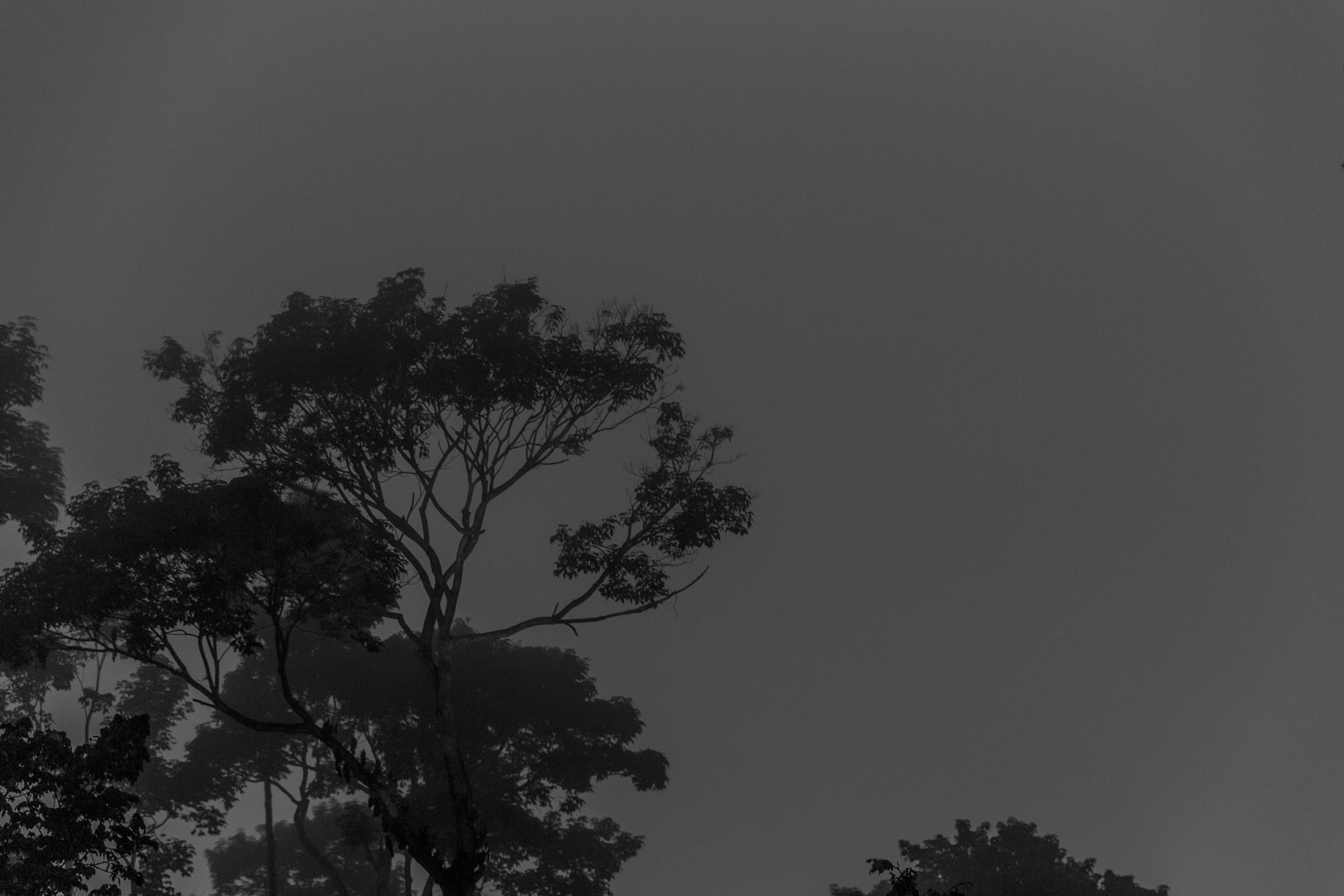
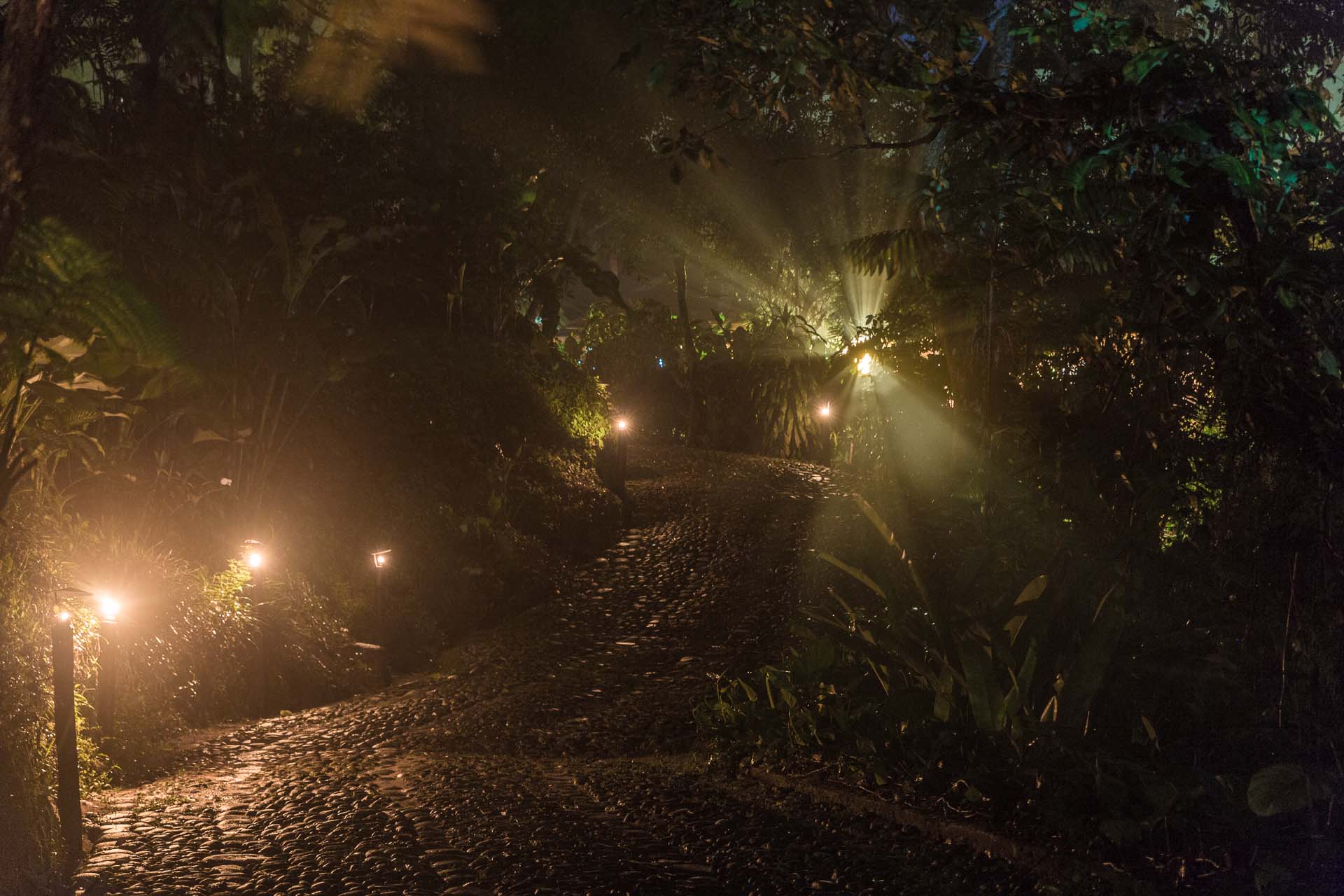
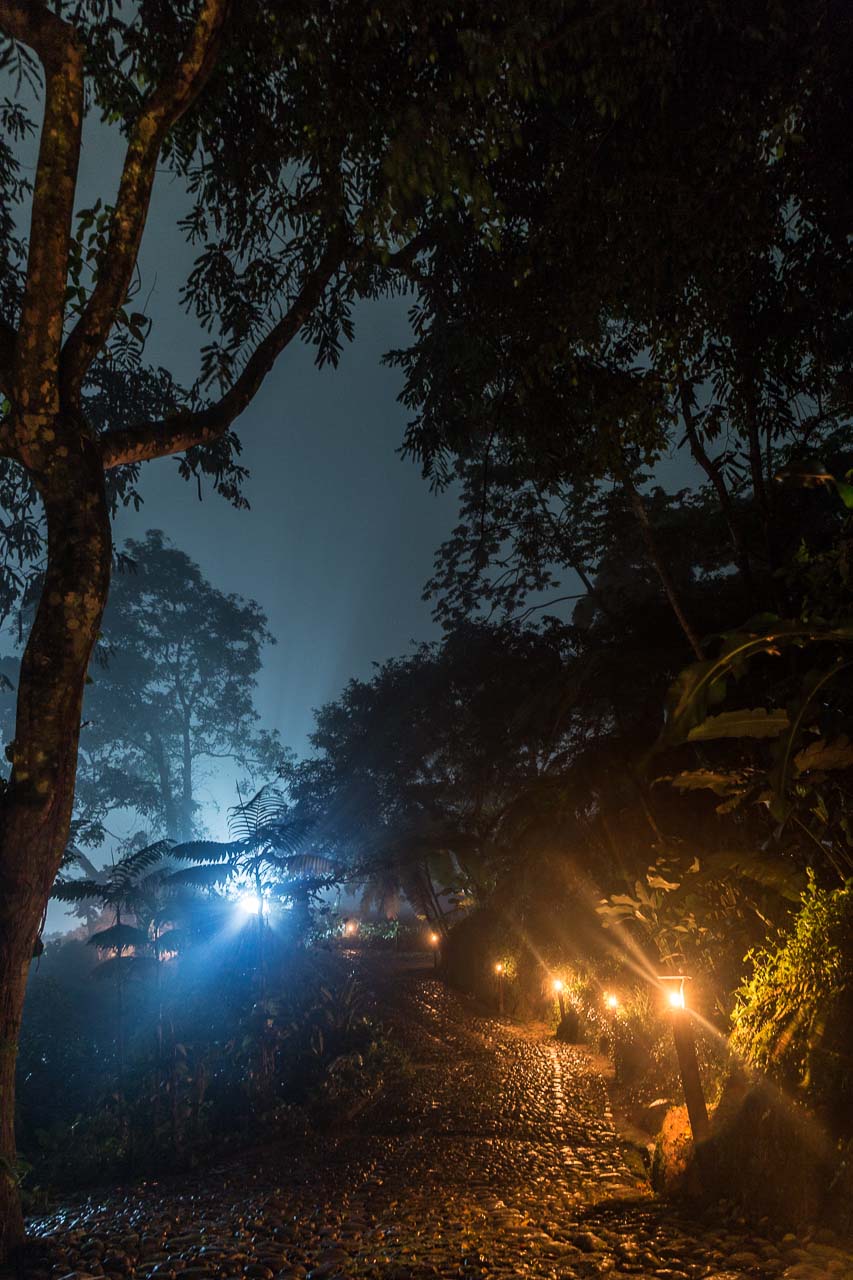
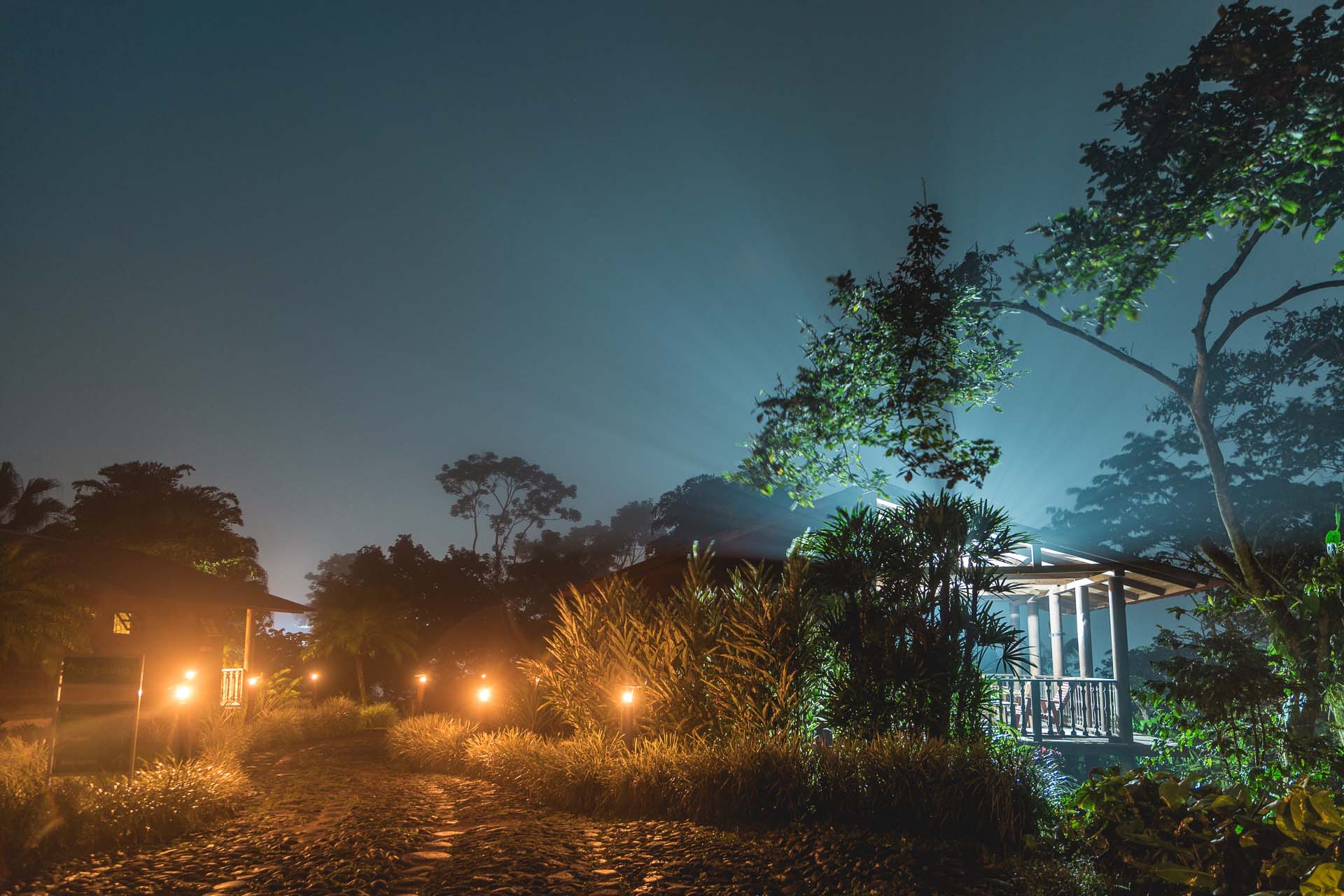
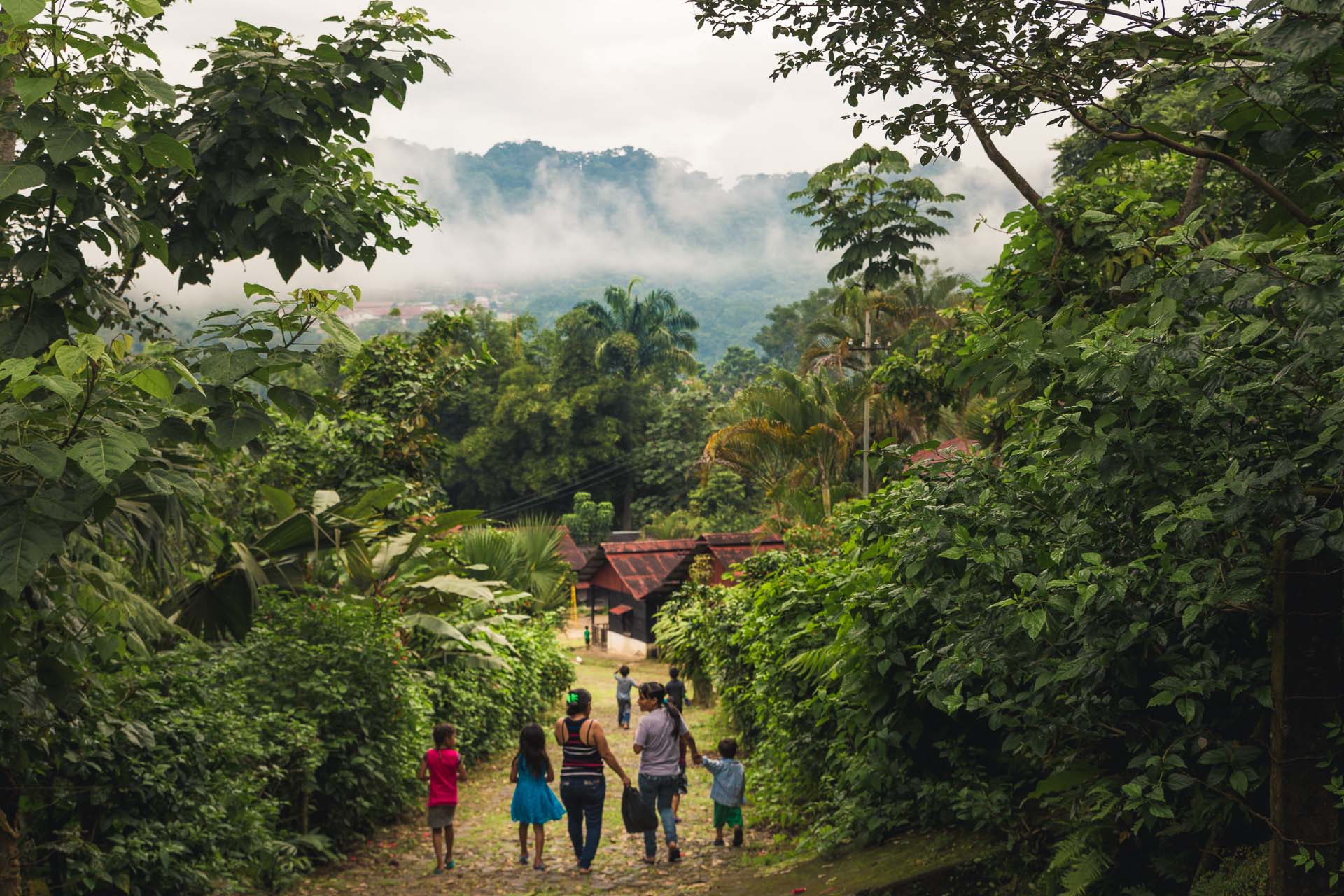
This is Irma and Tomasa (with kids) on their way back home after a long day of work picking coffee. We interviewed them for the movie – which you’ll soon see and hear more about!
The Yucatán Peninsula
I am currently in Mexico on a four month long trip with Victoria through Central America to make a documentary film about shade grown coffee.
The journey started in Cancún and took us through the Yucatán Peninsula, offering us countless tacos, smiling faces, slight tans and majestic views. Here are some of my best shots:
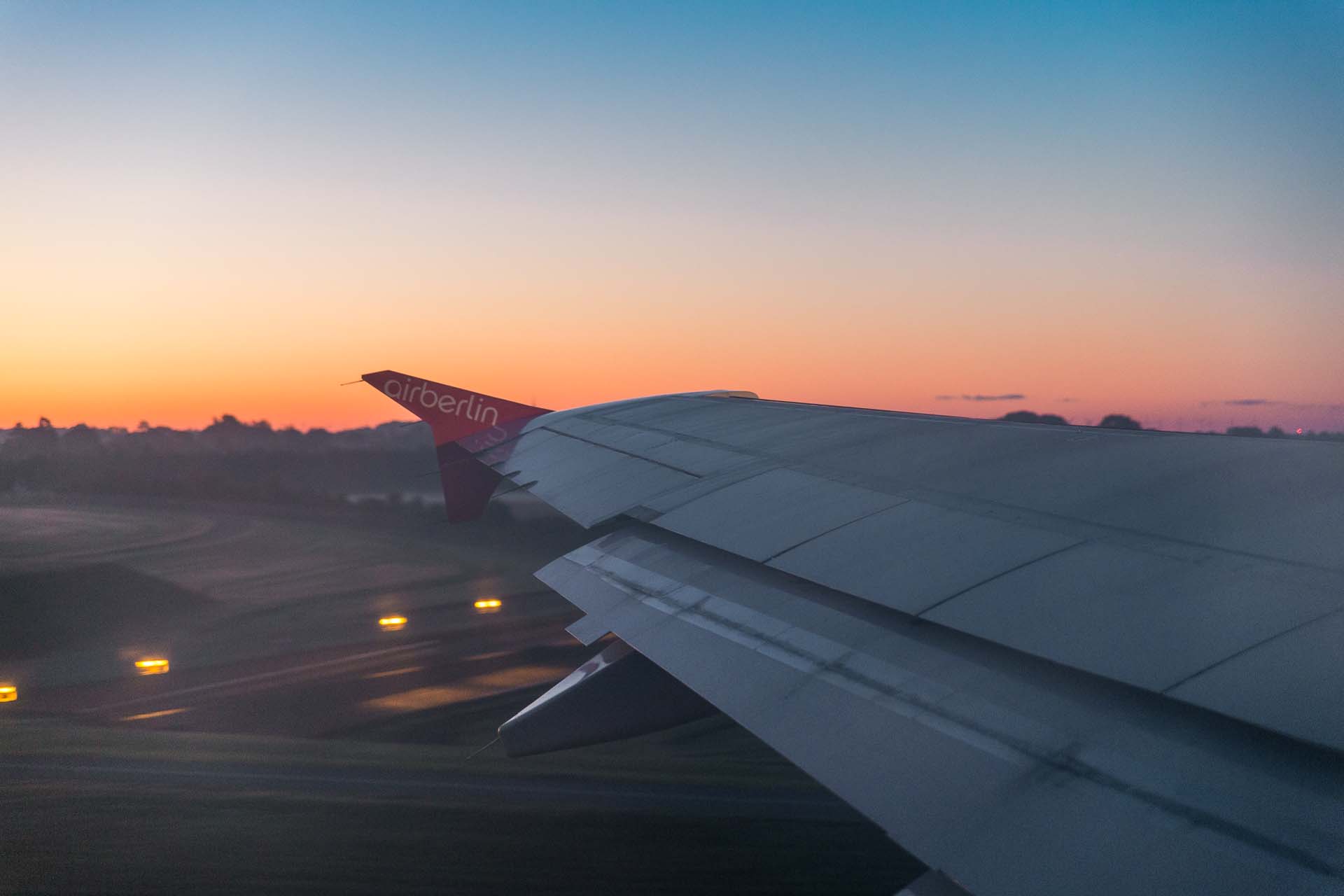
Up and away with Air Berlin from Copenhagen to Cancún.
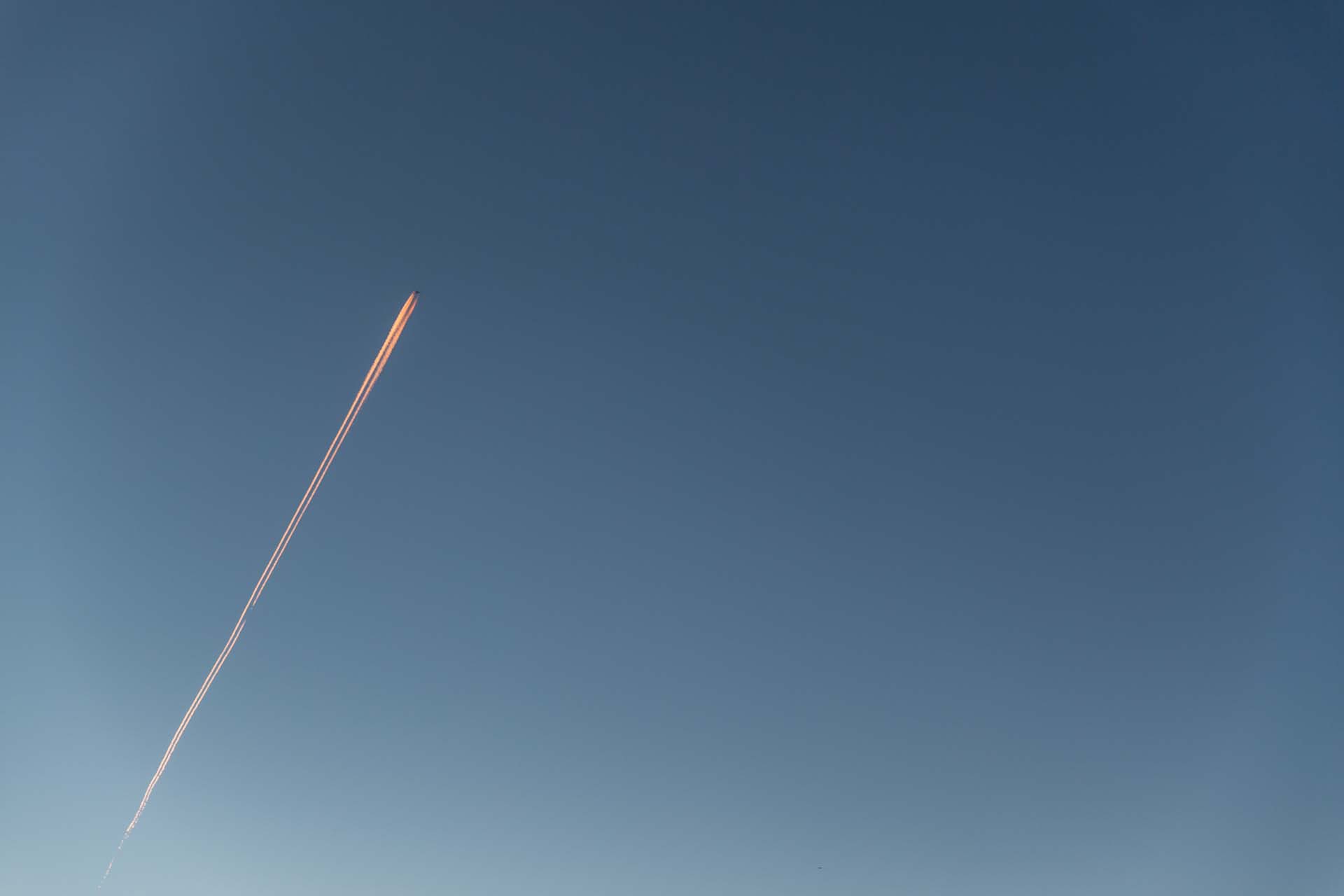
Somewhere over Germany I looked out the window and saw this …Jetpack?
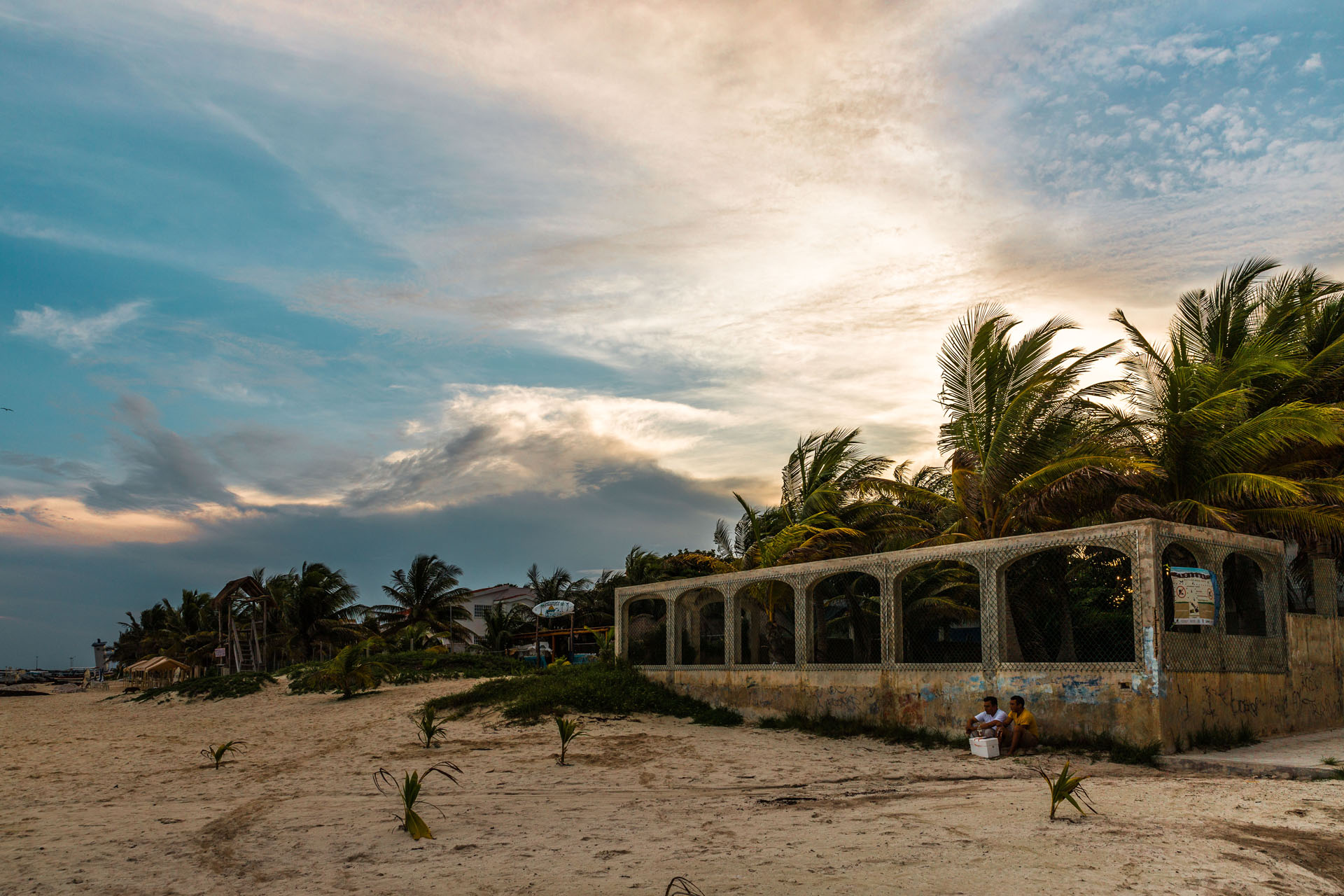
First stop on the peninsula was the sleepy fishing village Puerto Morelos.
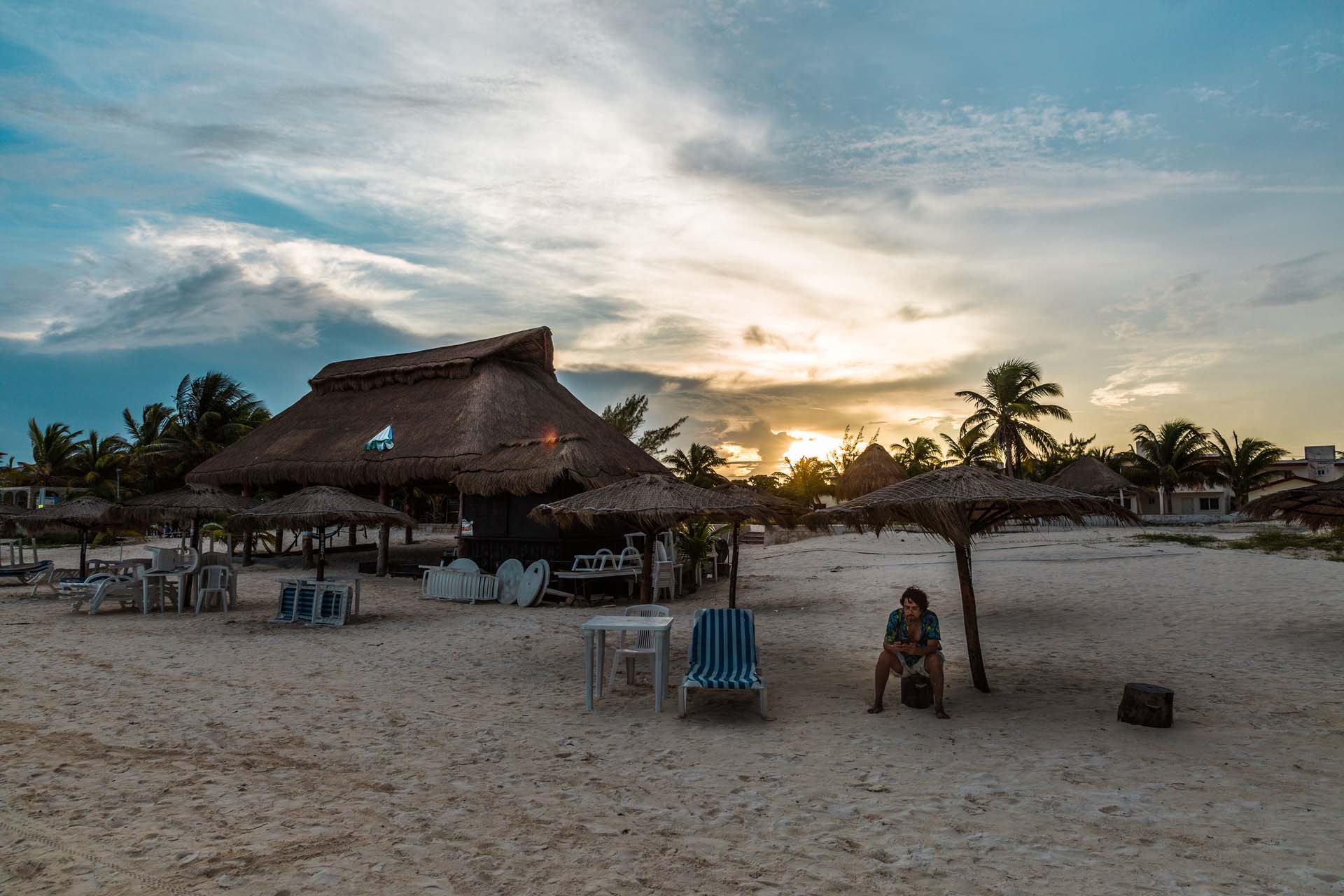
From day one we were greeted by magnificent sunsets. A photographers paradise!

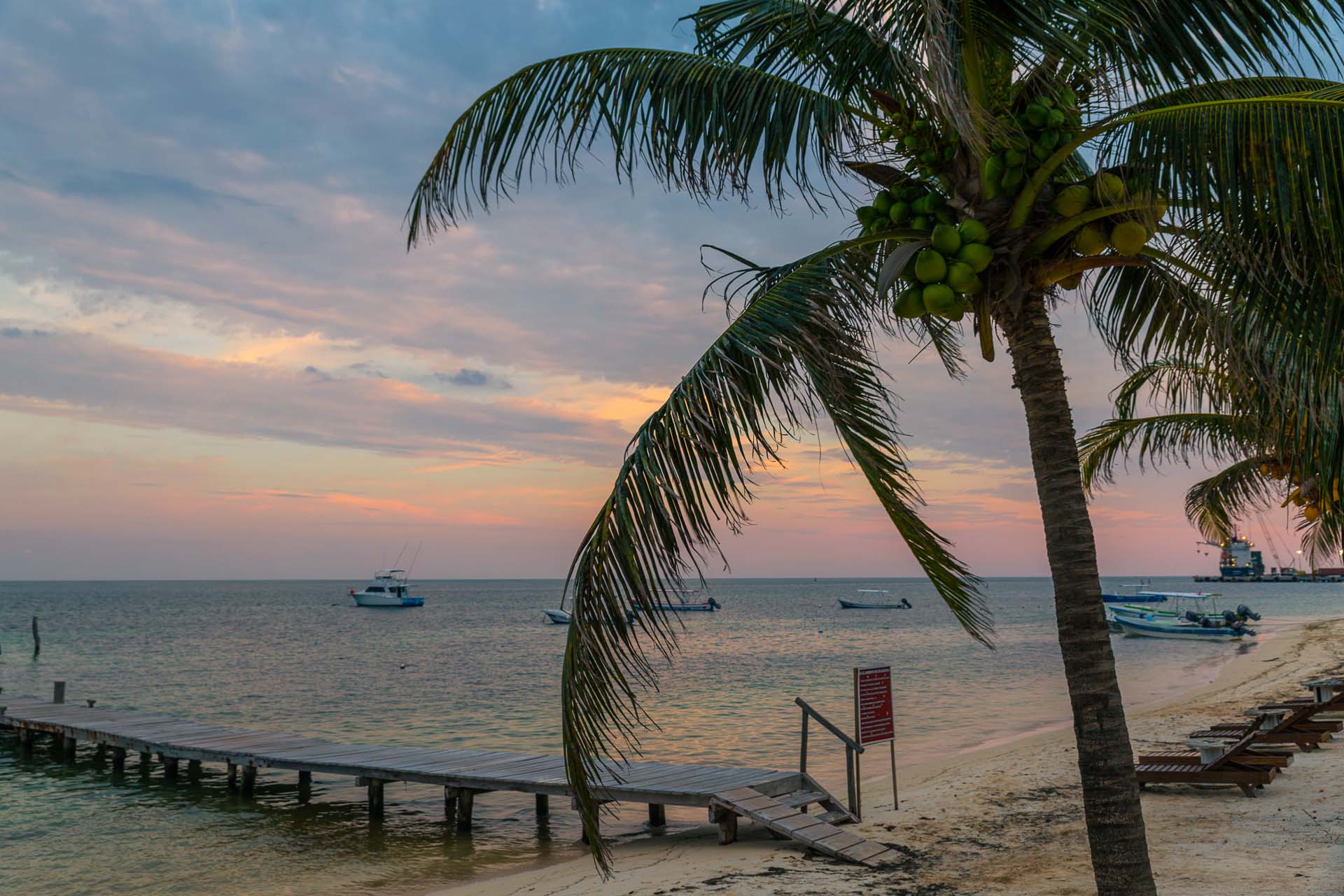
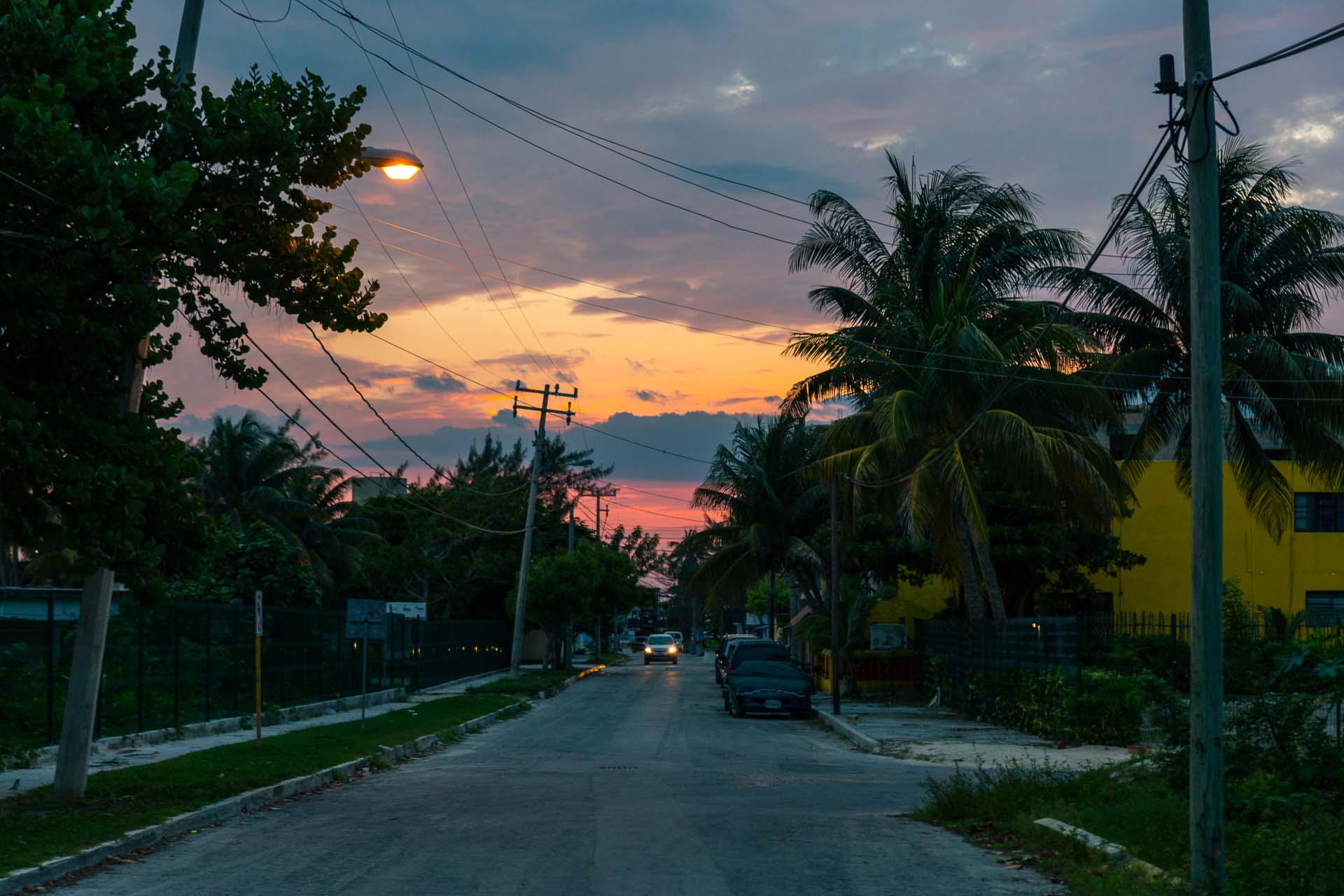
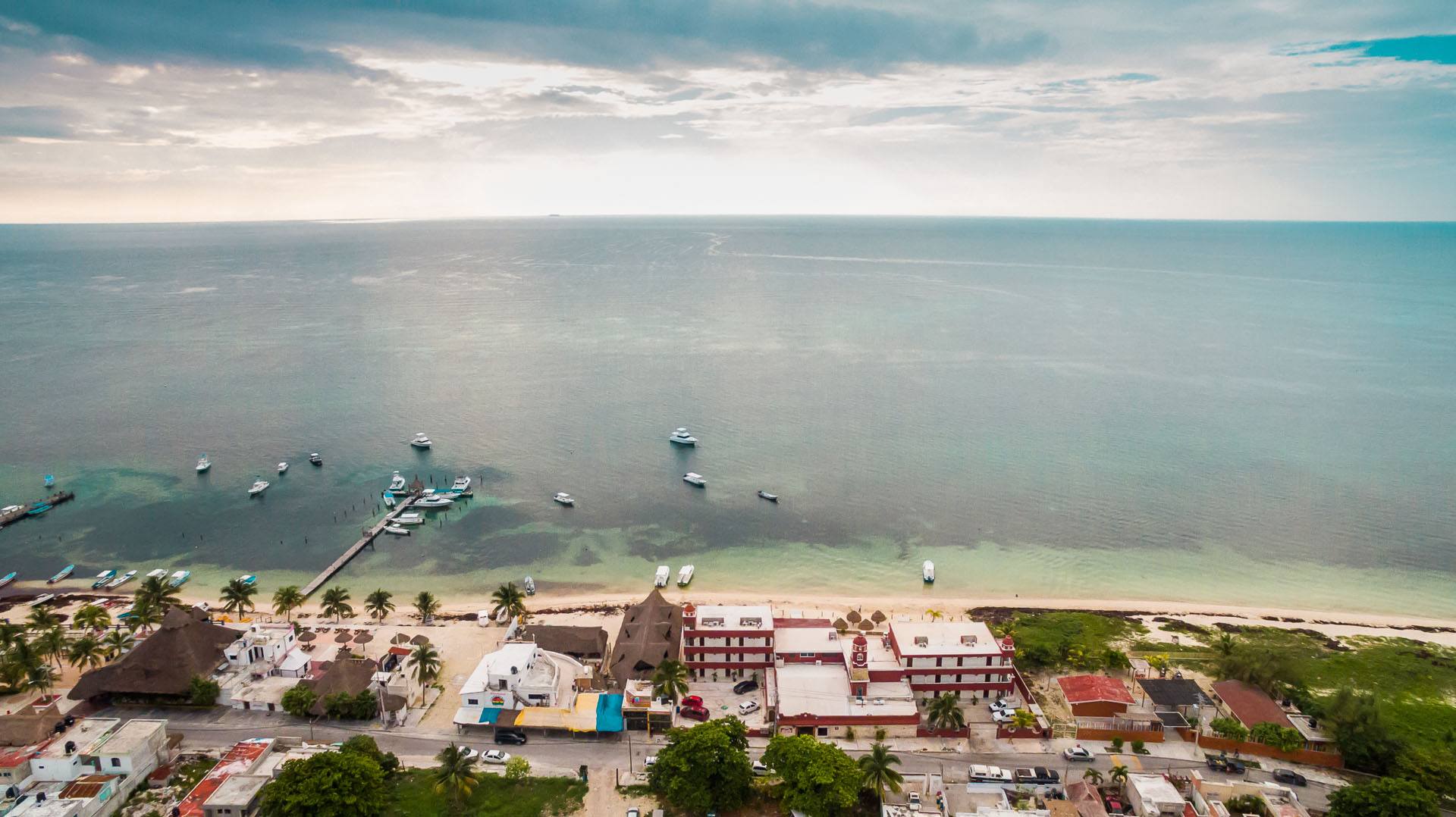
The city and the Caribbean from above.
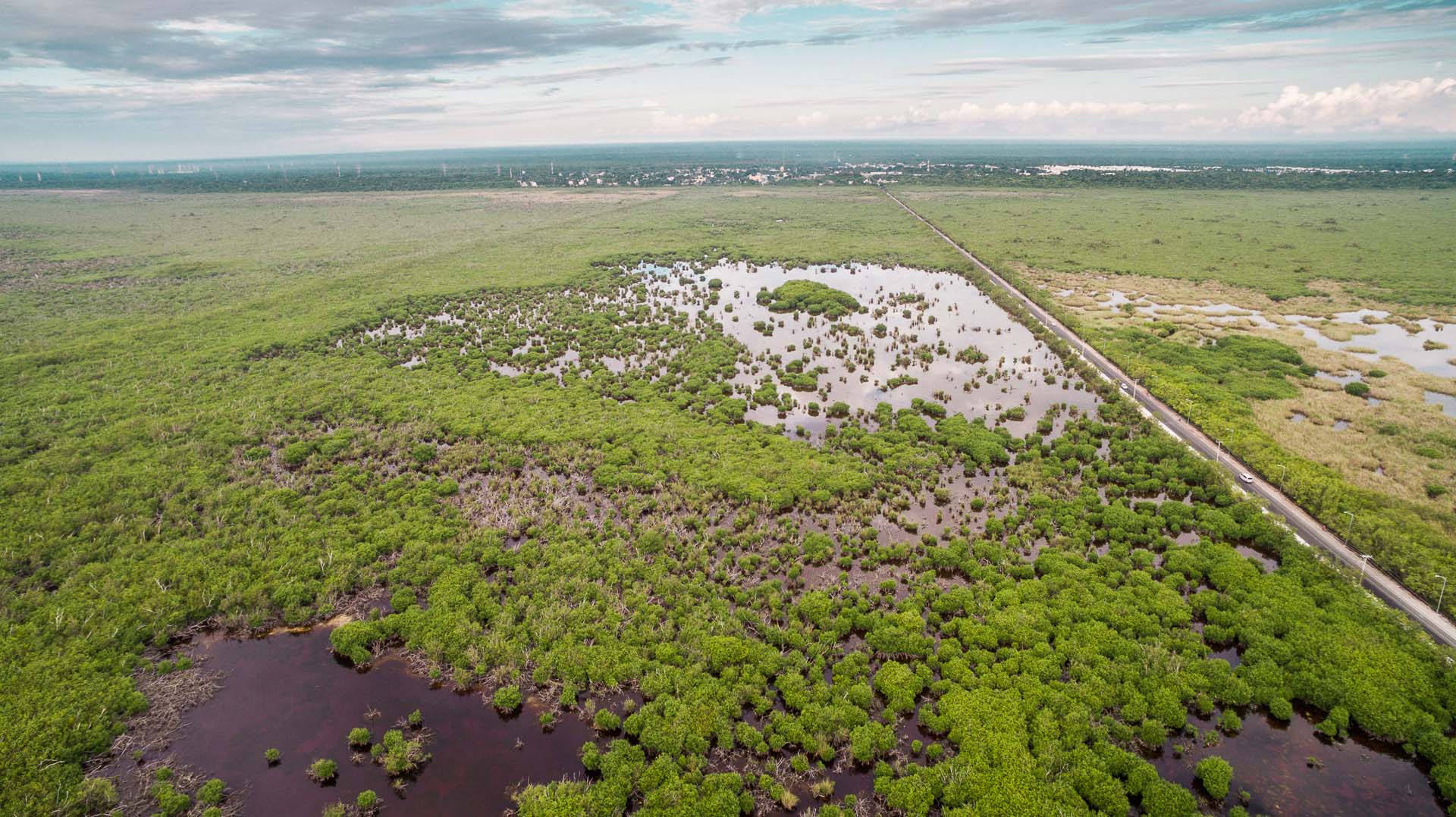
Puerto Morelos has this beautiful swamp in its backyard.
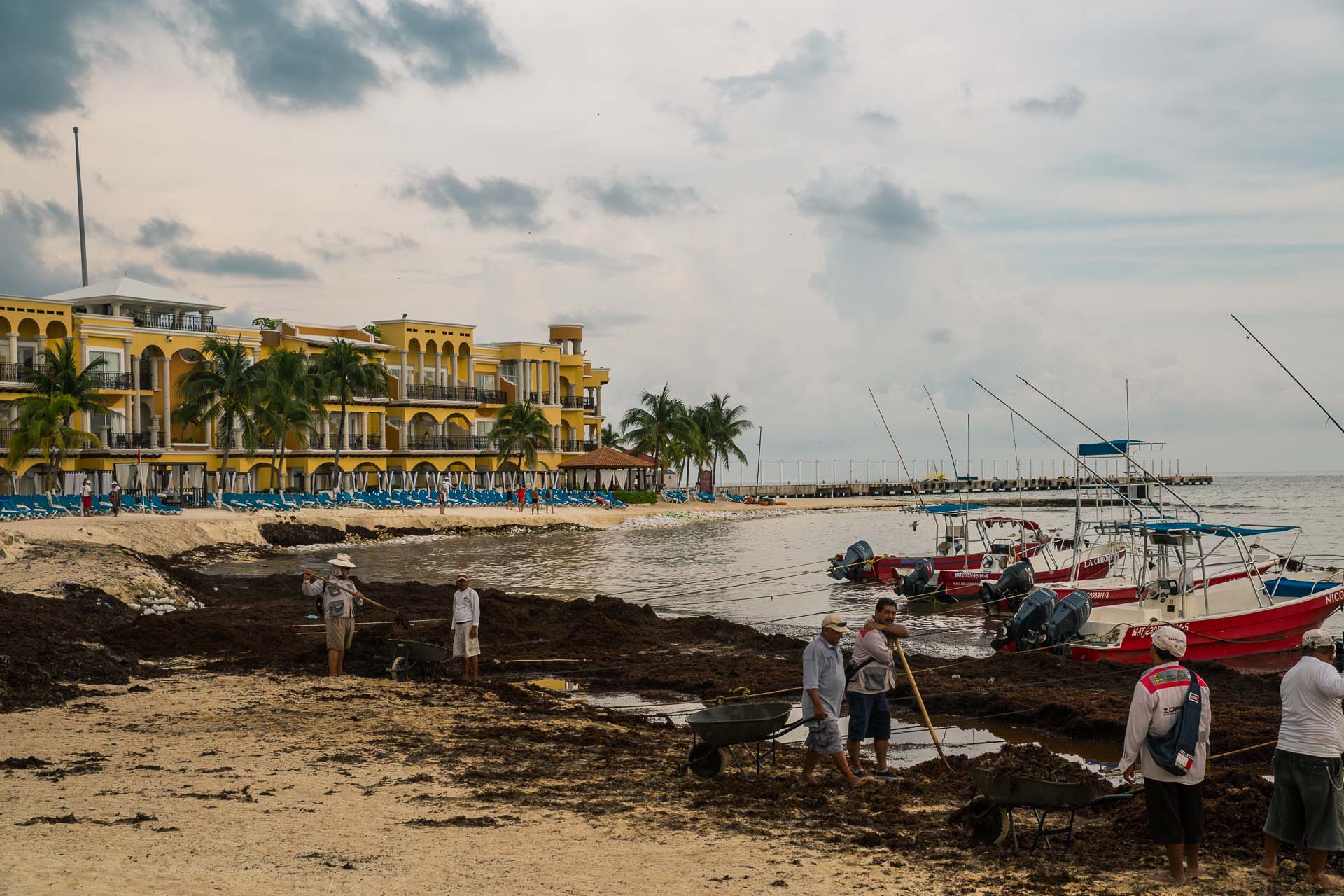
Even though most of Playa del Carmen mostly feels like Disneyland with a beach, you don’t have to venture far off the main street to see authentic mexican life. This is not an example of that, though, but merely workers carrying away seaweed so the beach can look postcard ready for the tourists.

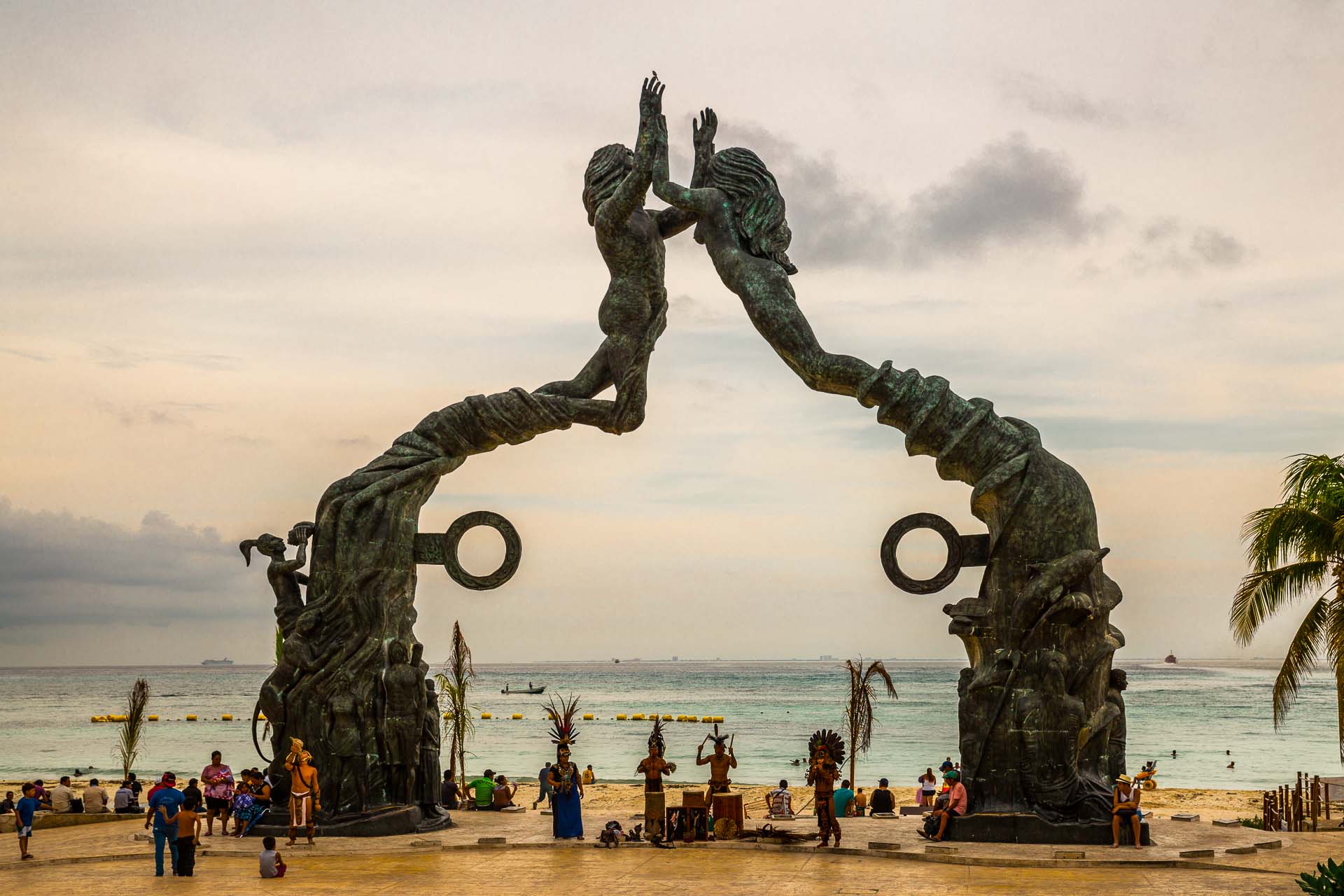
Not exactly a pre-historic site, but impressive none the less!
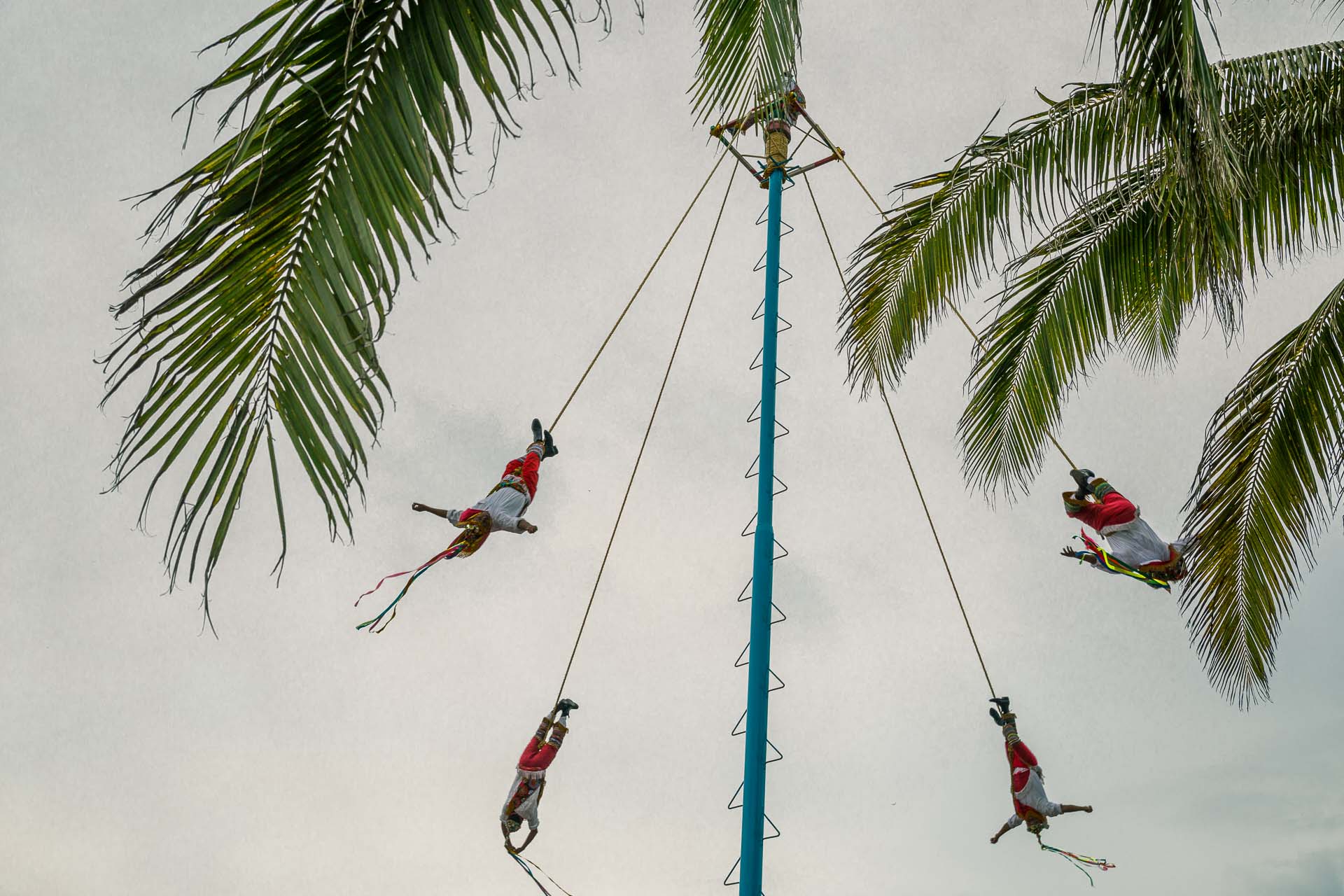
Another (impressive!) show for the tourists: “Danza de los Voladores”, four young men tied with ropes descending to the ground from a 30-meter pole accompanied by music and dancing.

Next stop on our way through the peninsula was Tulum, a well preserved maya site dramatically situated on the coast of the Caribbean sea.
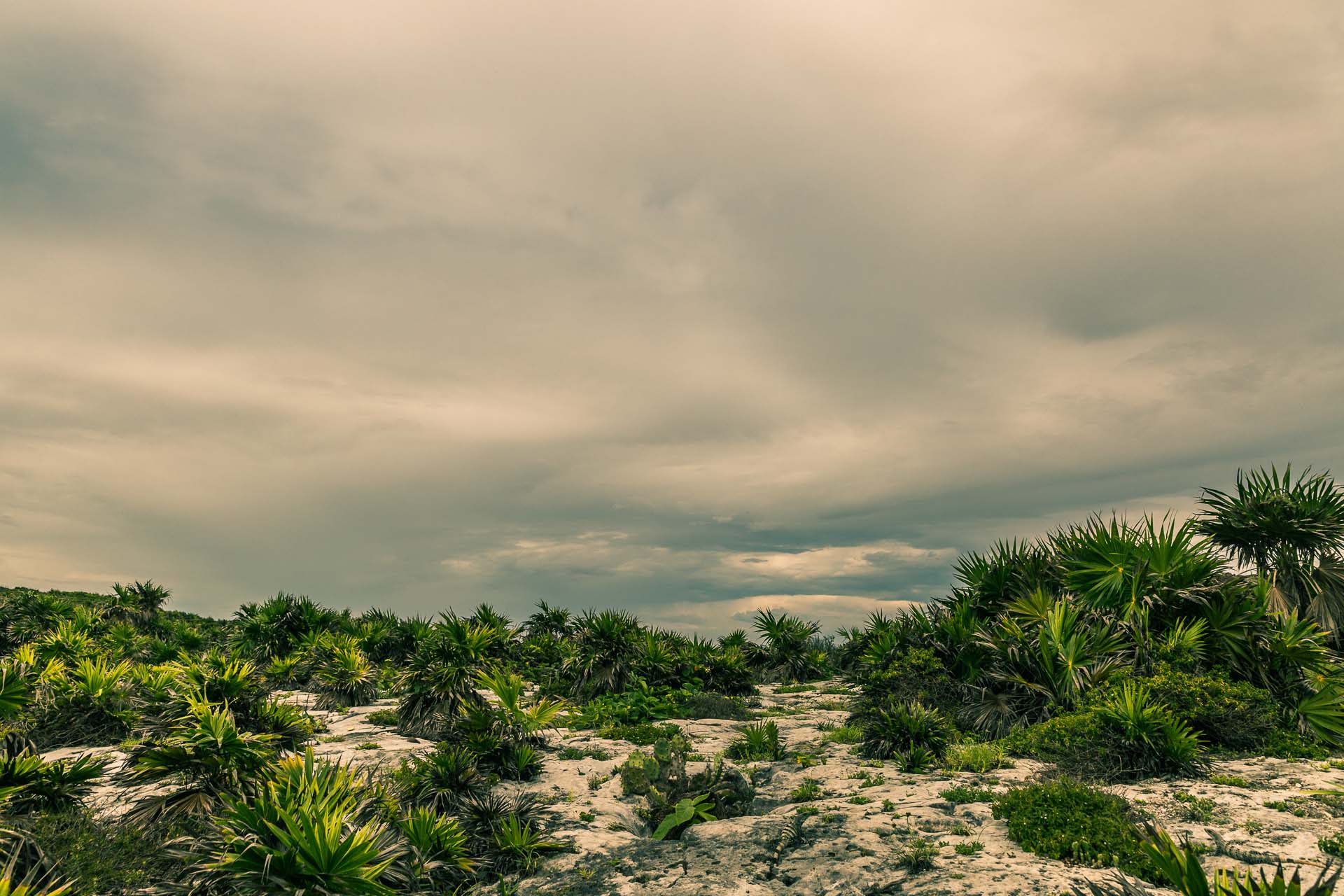
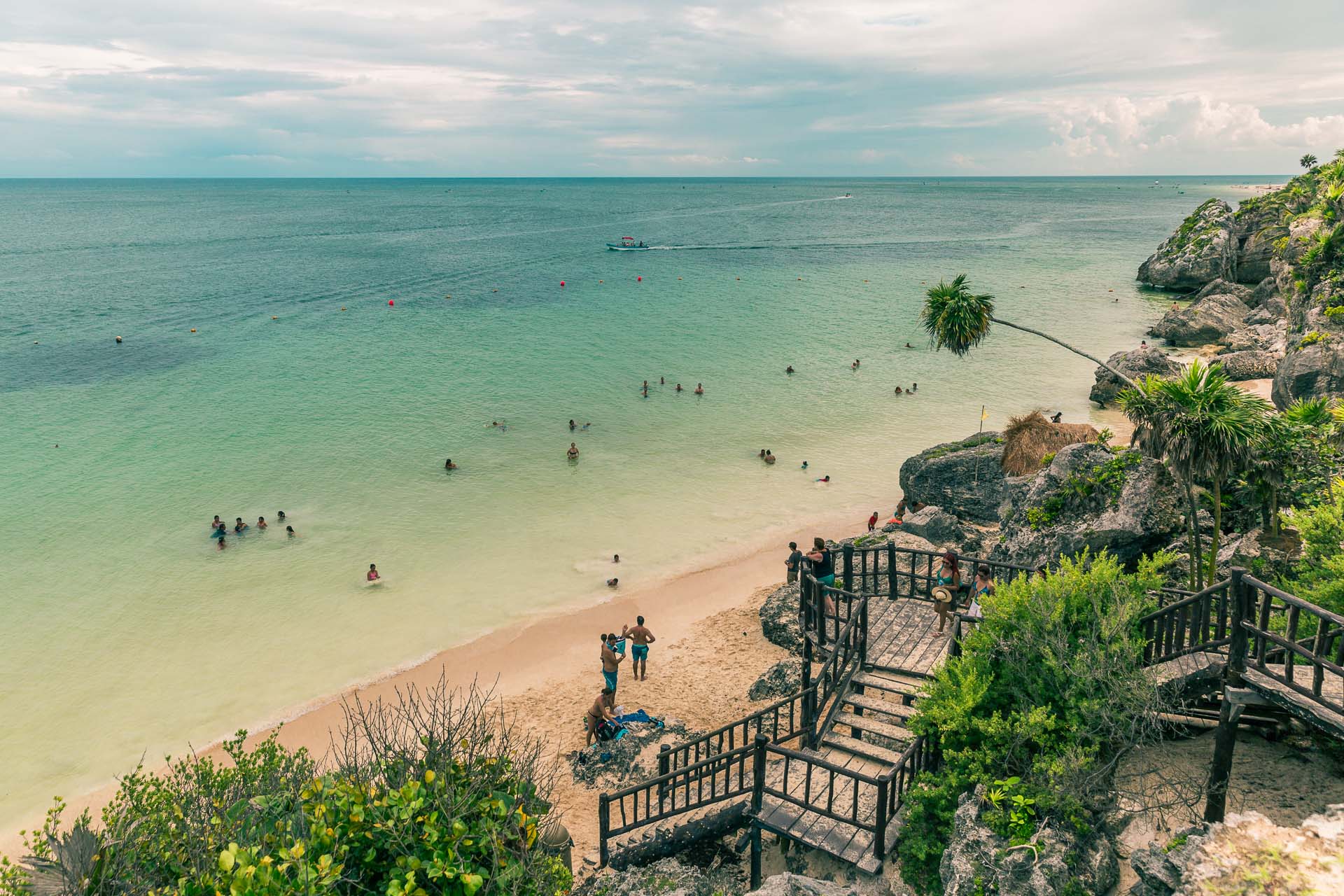
While visiting the ruins it’s possible to take a dip in the ocean from the small and pretty beach.


To me, the ruins were mostly interesting because of their setting which was nothing short of magnificient.
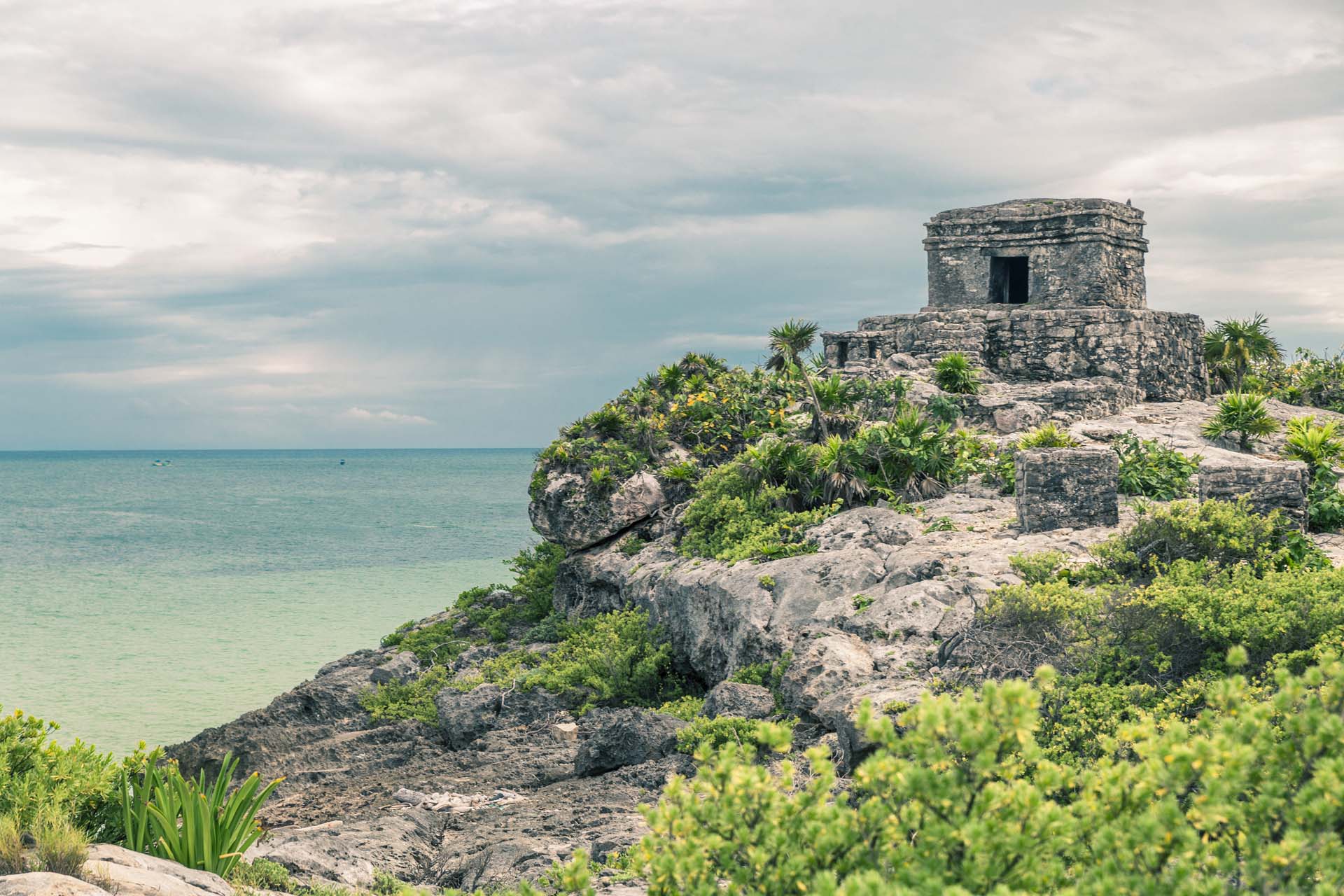
The God of Winds Temple.
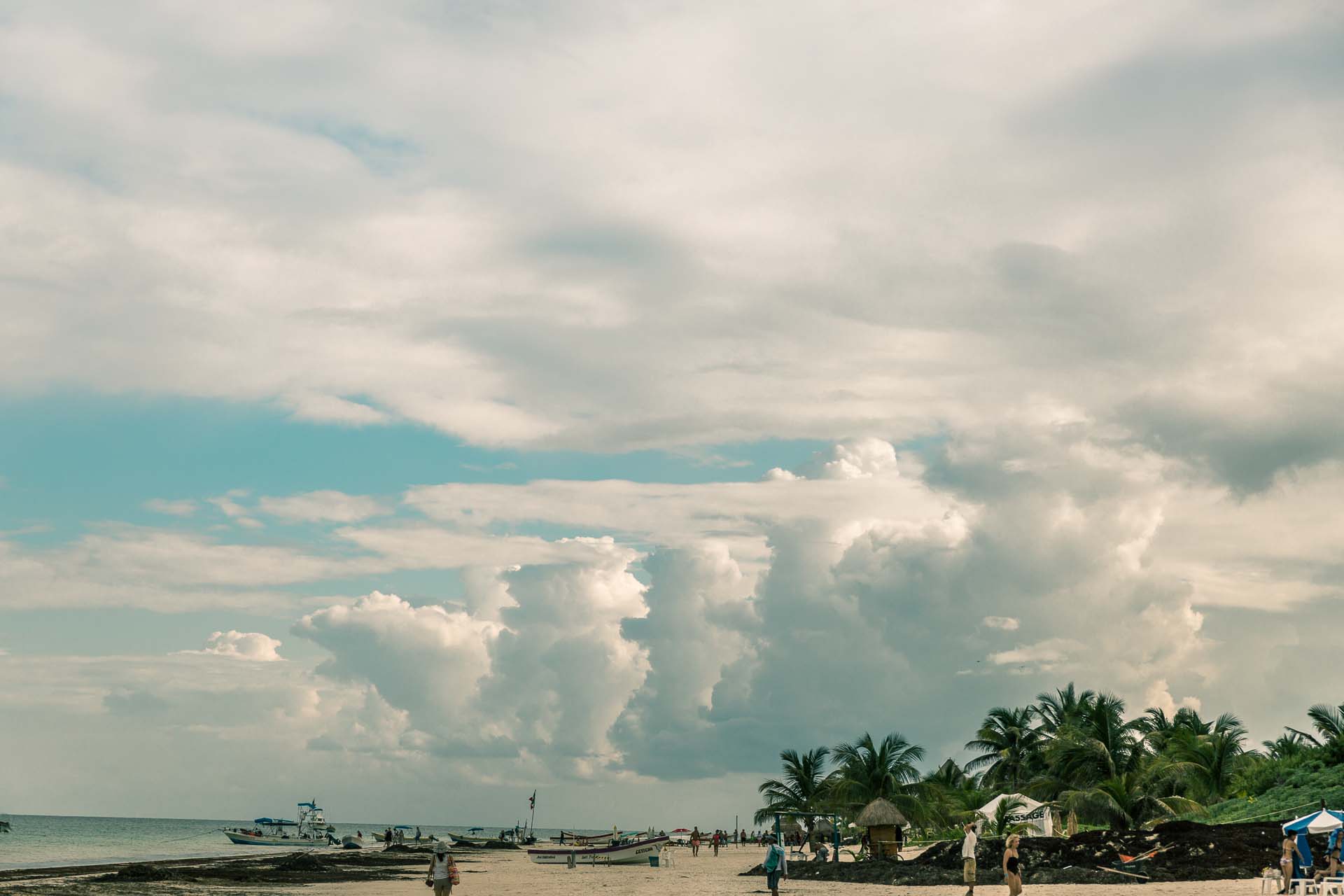

The Ixmoja Pyramid in Cobá. 42 metres tall, towering over the thick jungle.
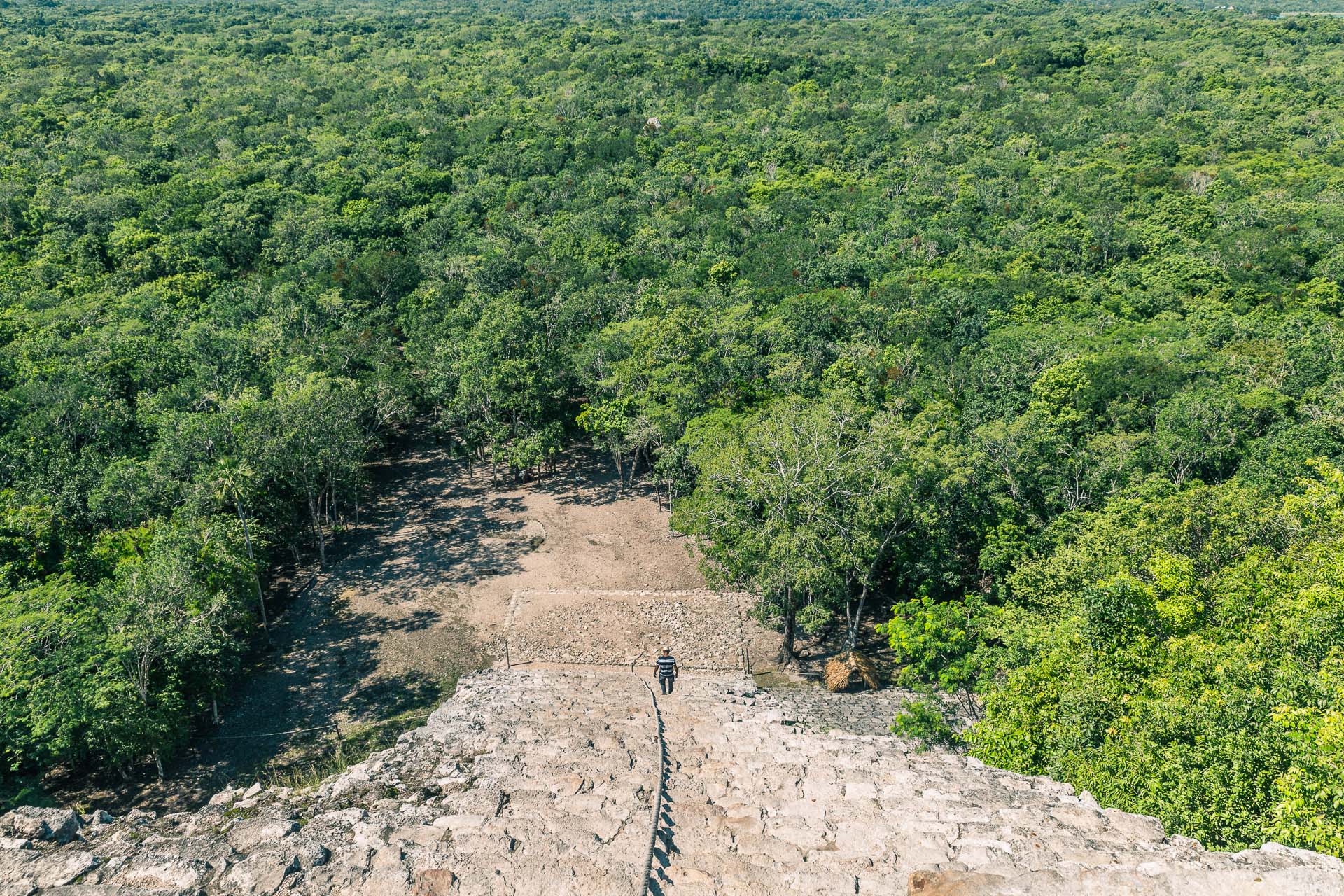
And the view was worth every step!
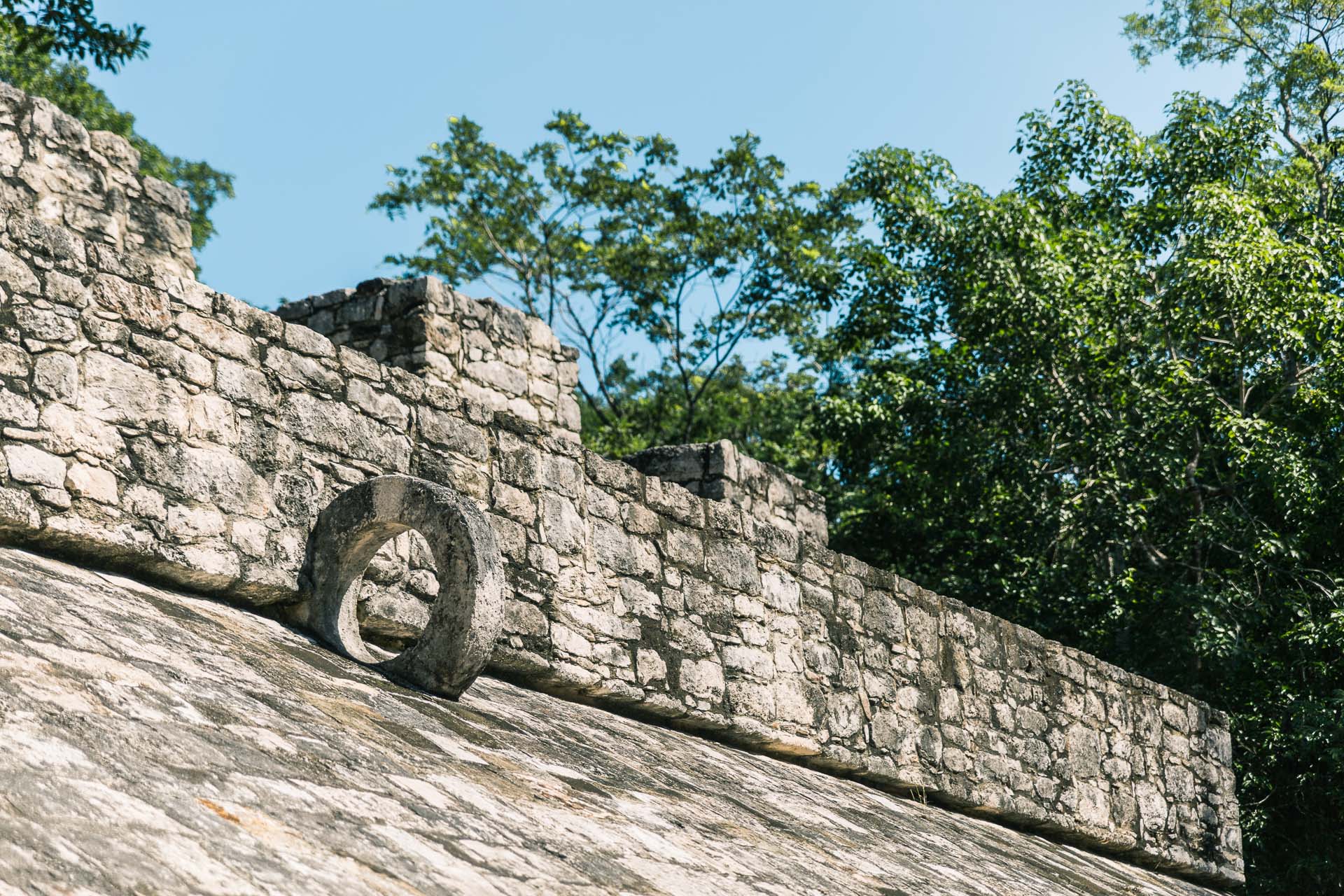
One of the goals at the Mayan ball court. Presently there is not agreement about whether the winners or the losers were sacrificed to the gods, but it is sure that heads rolled when the match was over.
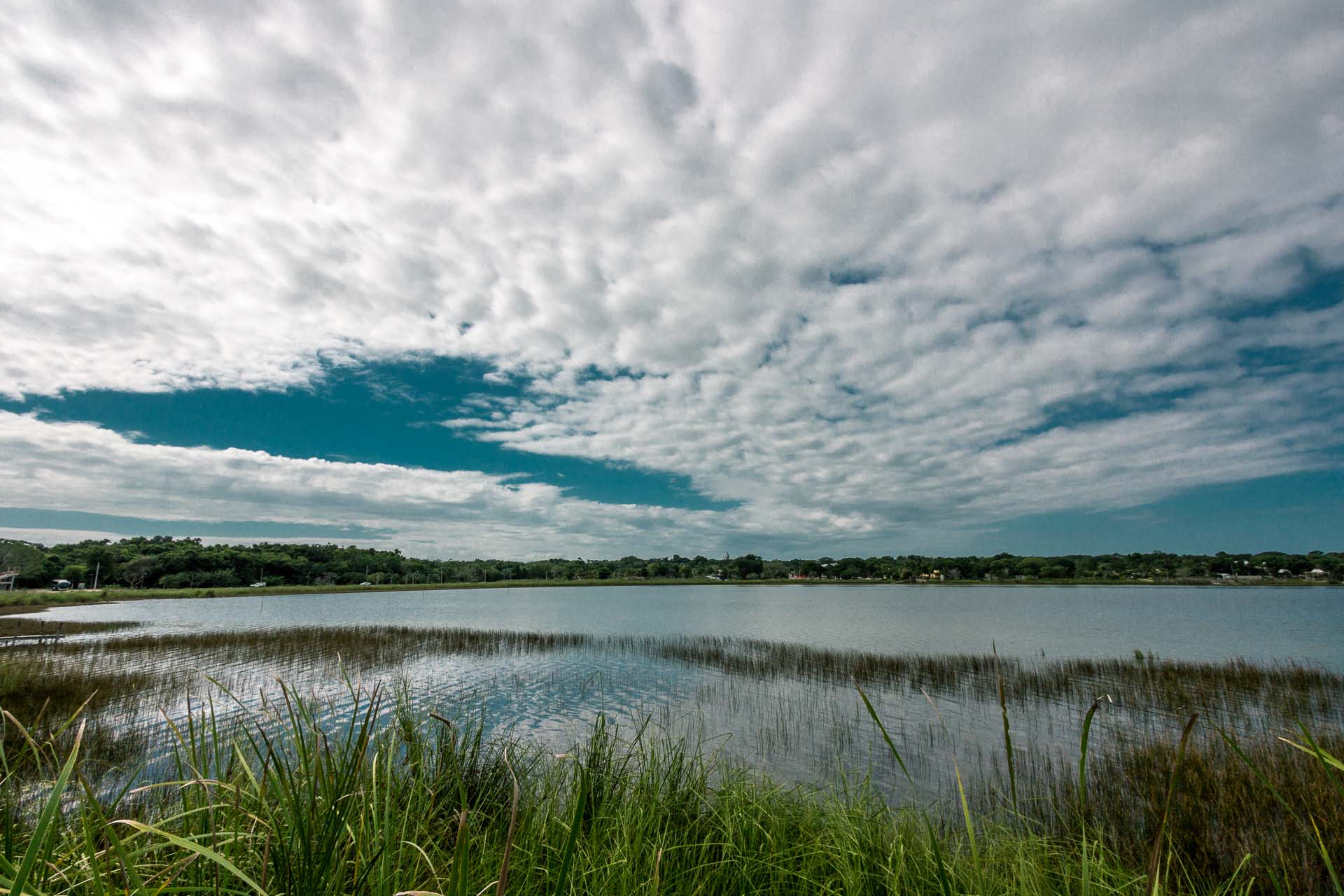
Lake Cobá.

The cenotes on the peninsula are spectacular. This is Tankach Ha – “ha” meaning water in Mayan.
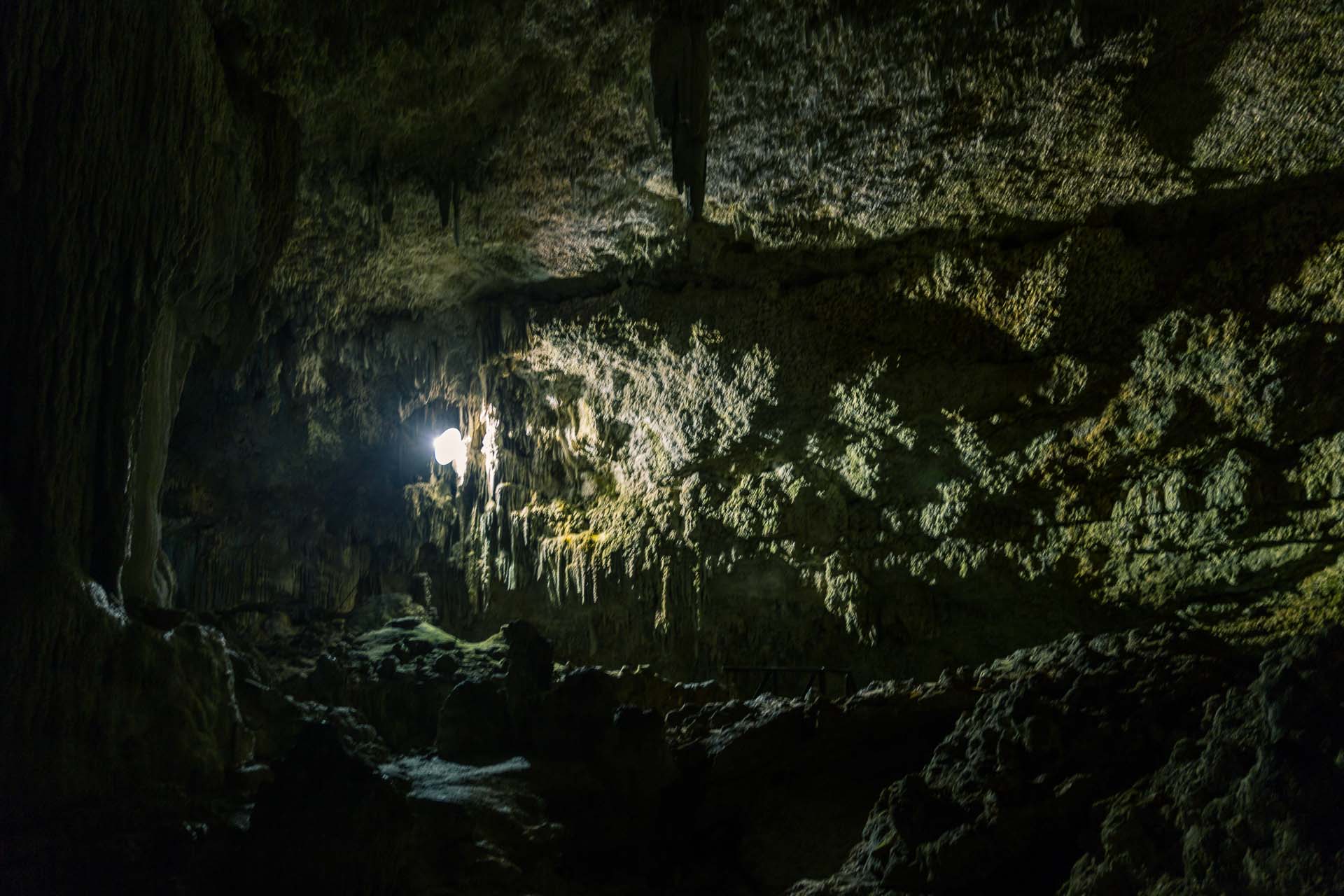
And this is Choo Ha. It felt even more magical as we were the only people there!
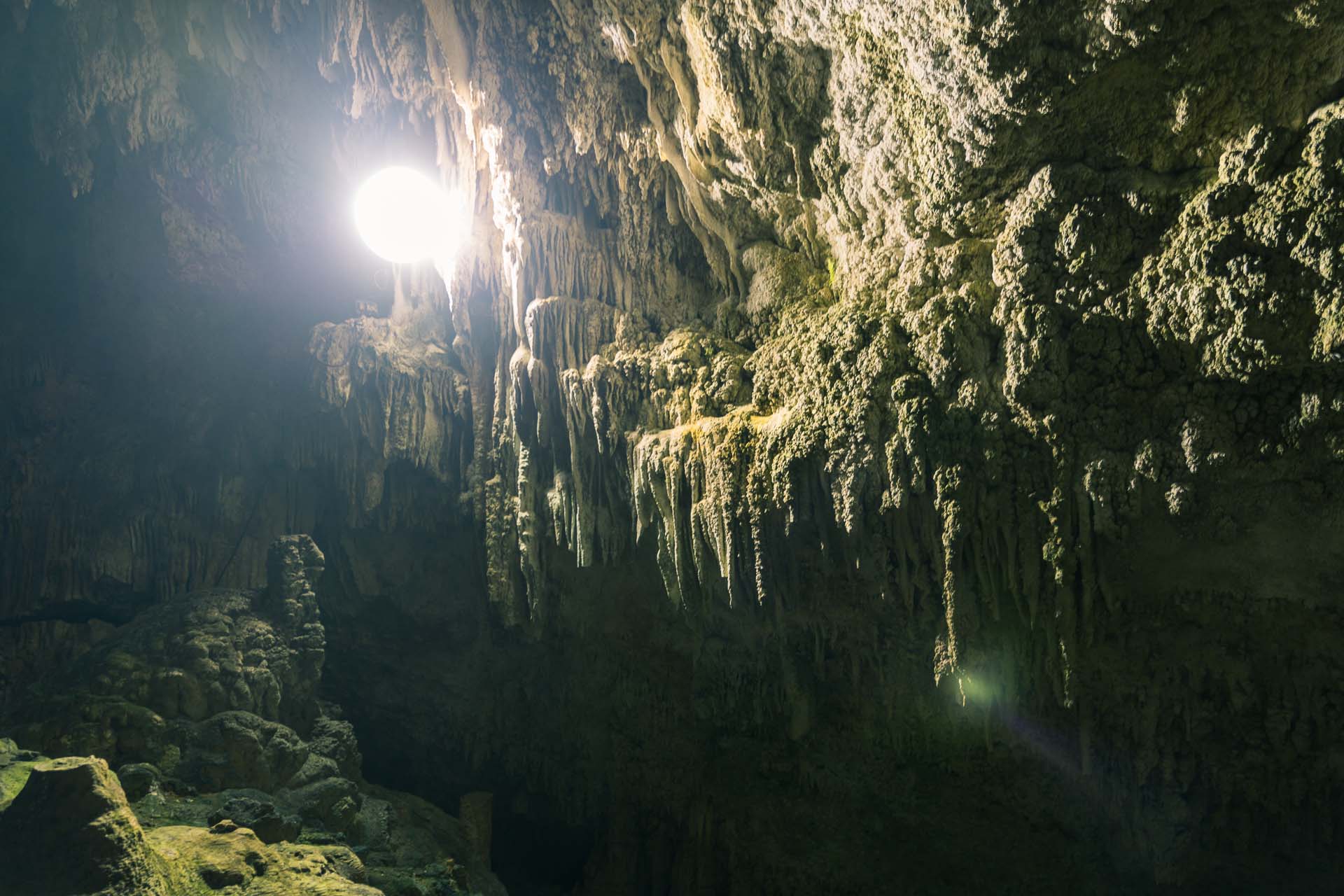
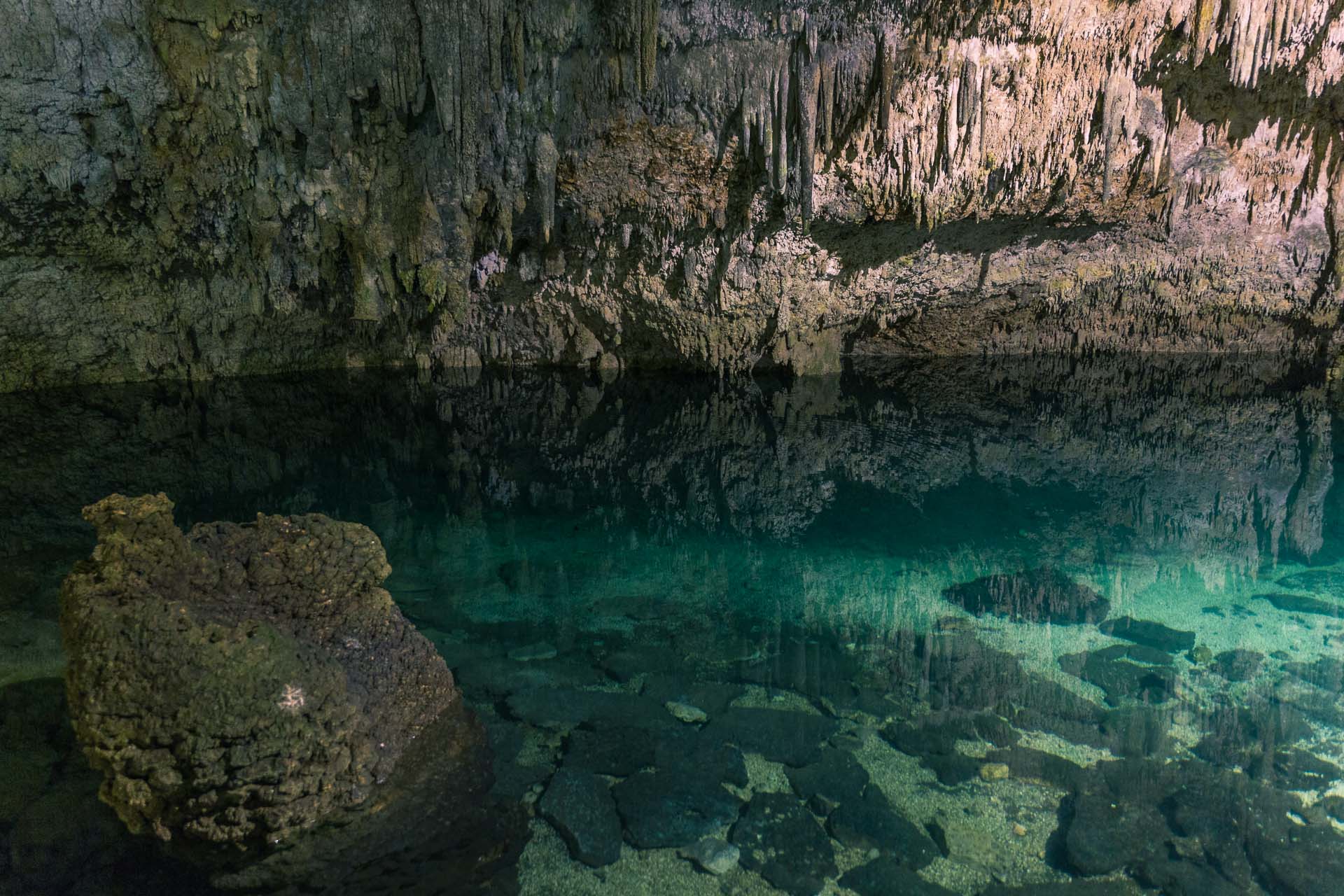
Crystal blue (and cold!) water. The cenotes were sometimes used for sacrificial offerings by the ancient Maya. I would love to visit even more of these mystical sinkholes

Next stop: Mérida, the largest city of the Yucatán Peninsula.

The Mérida Cathedral, one of the oldest cathedrals in all of the Americas. It looked stunning with the afternoon sun on it.

Sunday night dancing at the square.
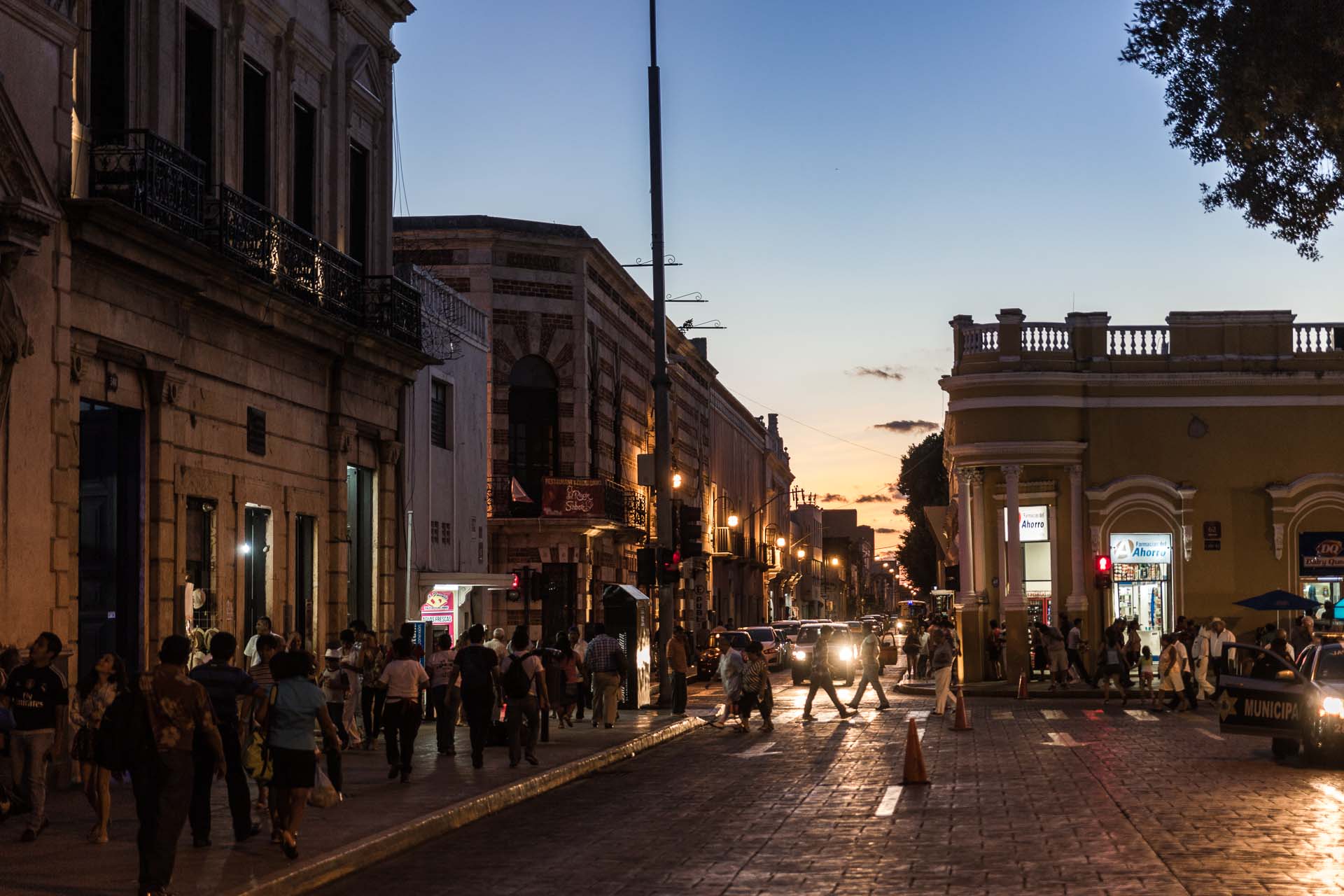
A very lively city with lots to see and do. The restaurant “Apoala” is particularly recommended.

From Mérida we took a day trip to Celestún on the Gulf of Mexico to see…
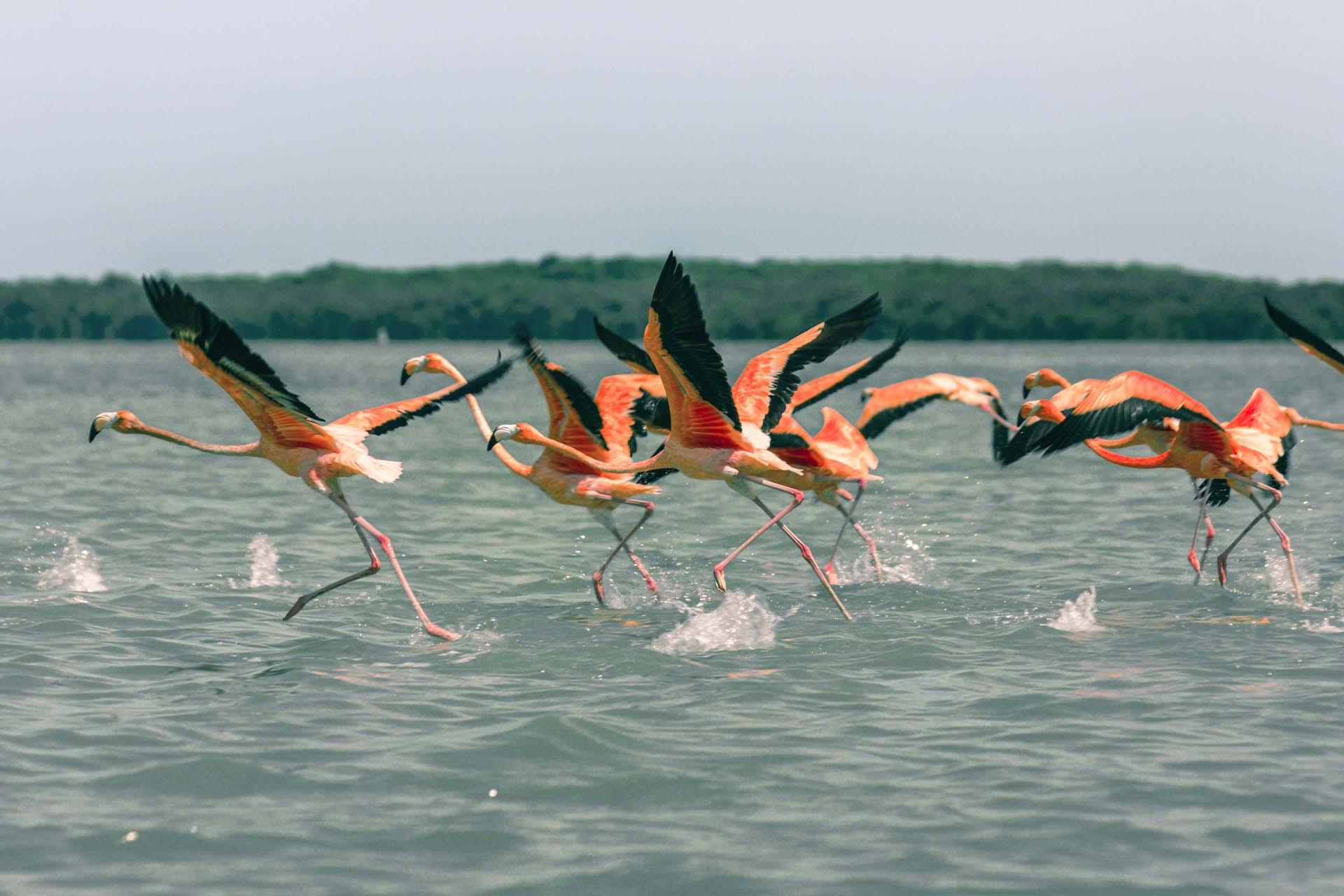
Flamingos! The wetland reserve surrounding the city is the winter home to vast flocks of the birds.
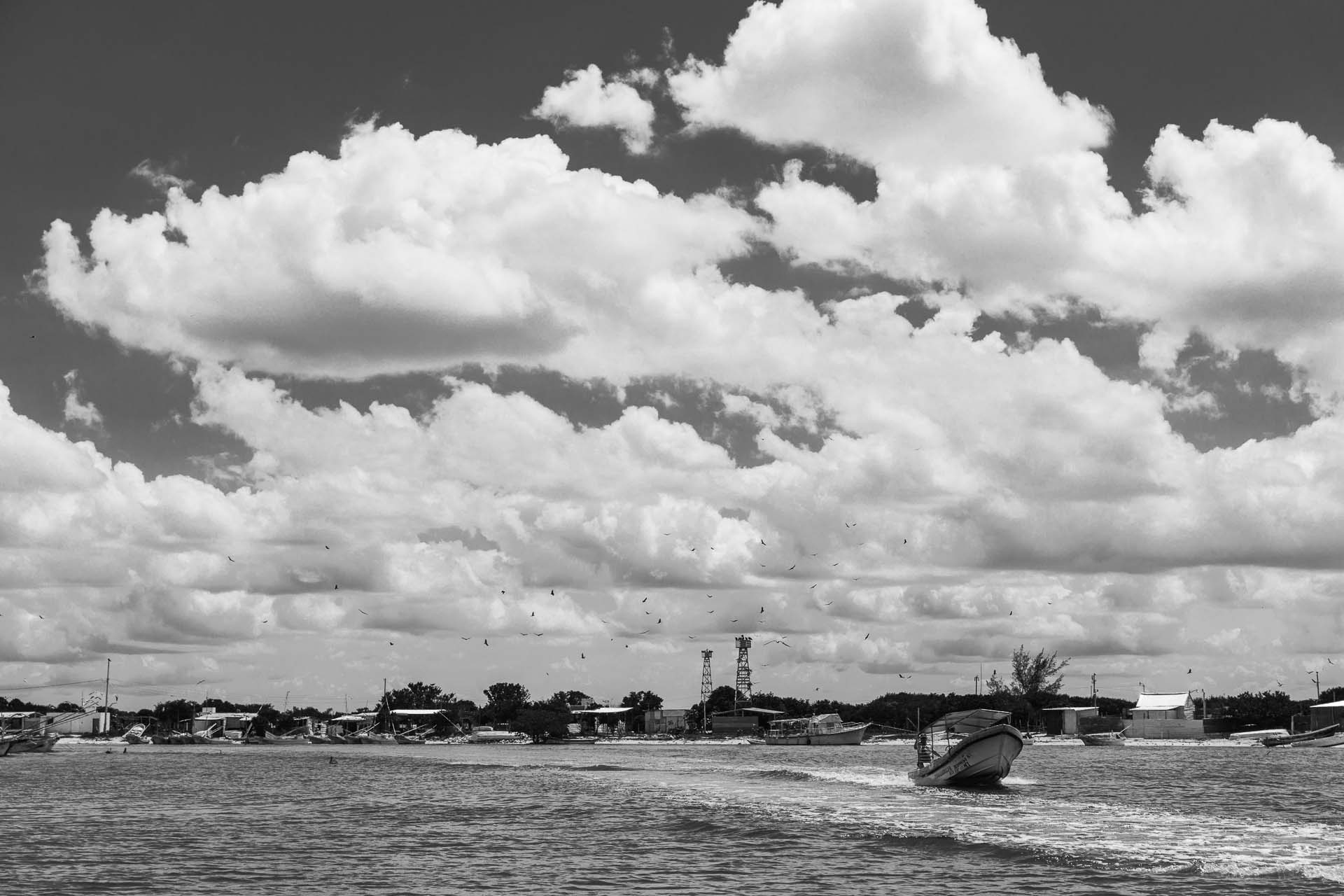

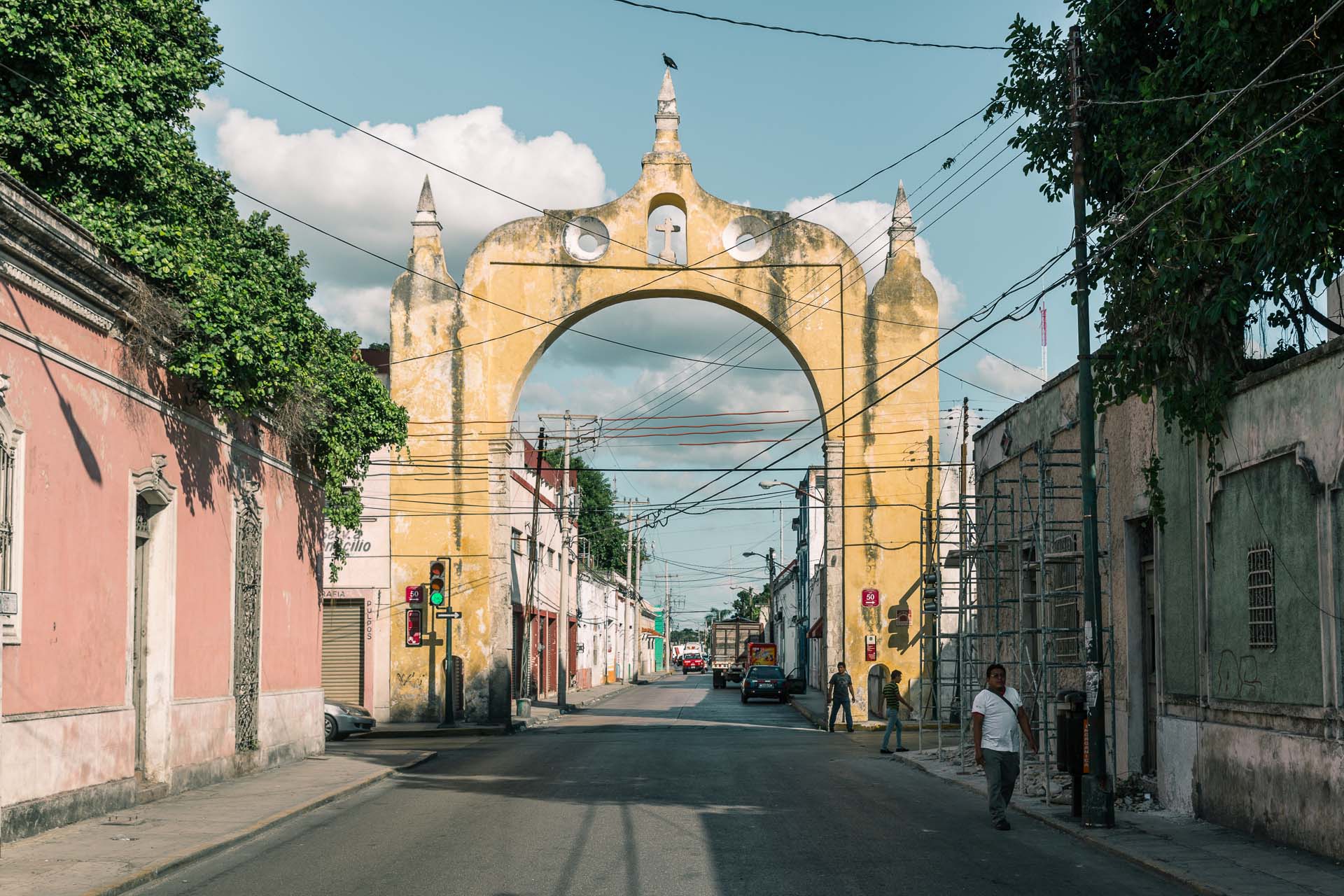
Back in Mérida, greeted by lovely pastels.

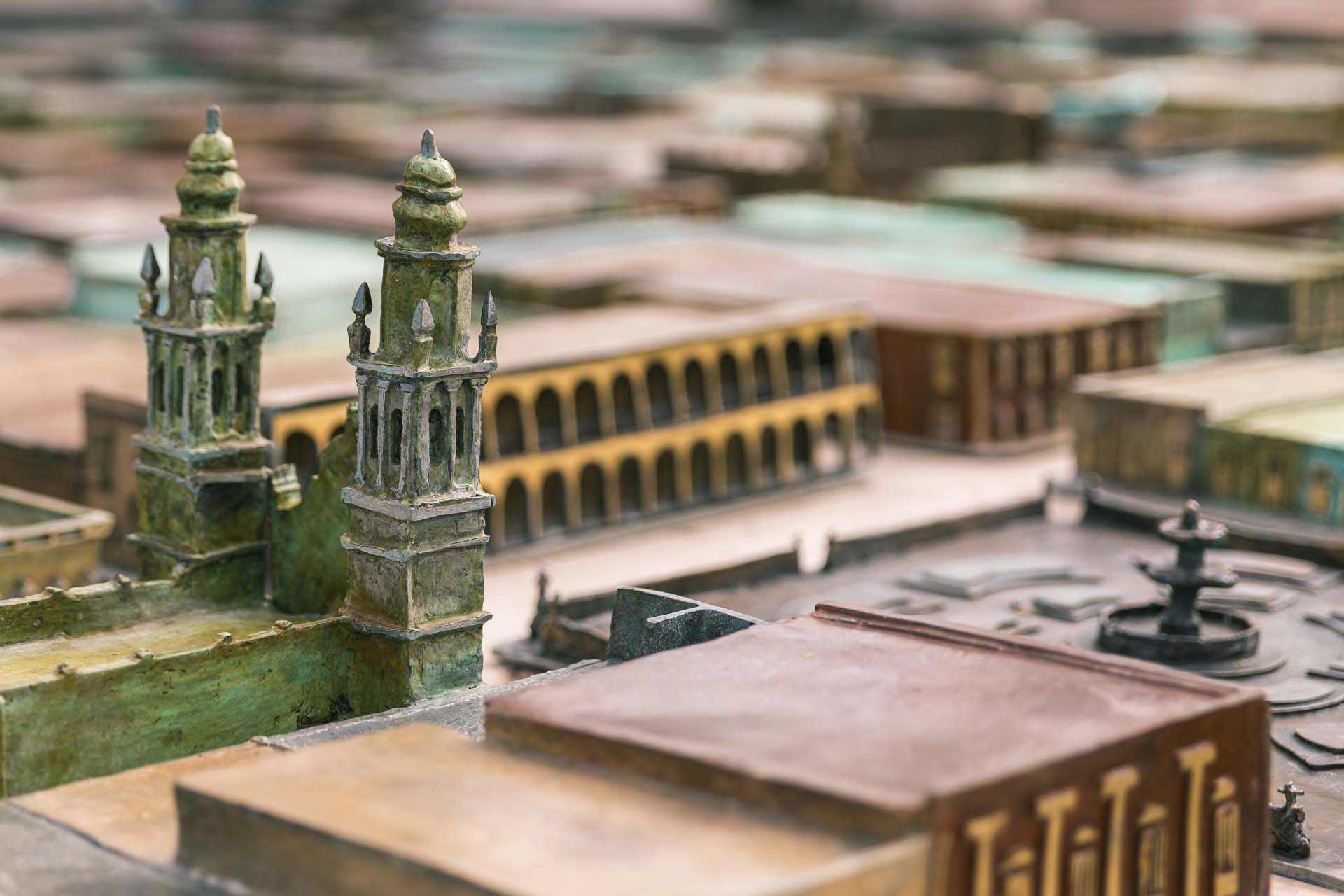
Last stop on the peninsula: Campeche. Here a miniature version of the walled city shows the Independence Square and the cathedral church of La Concepcion.
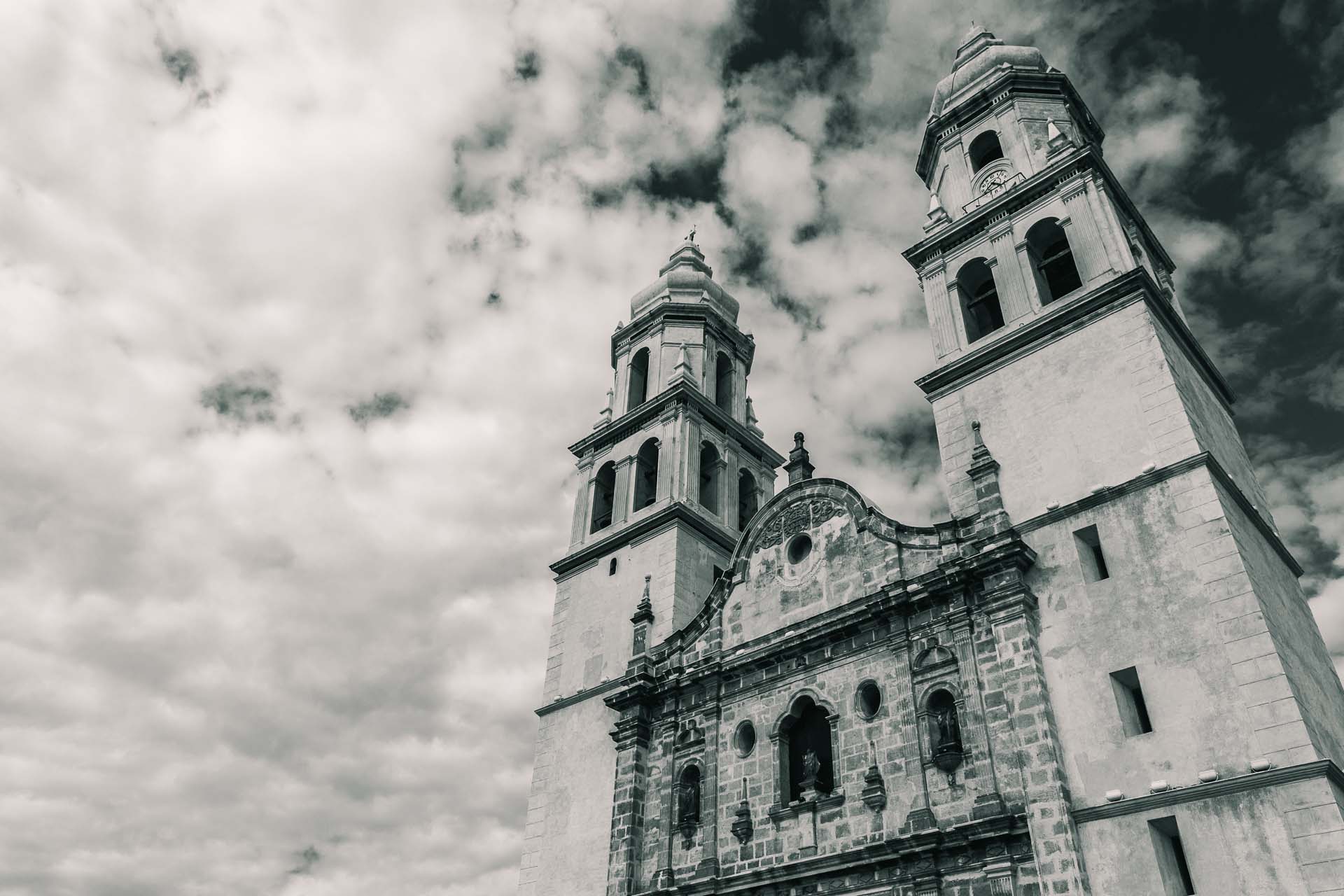
And here’s the real thing!
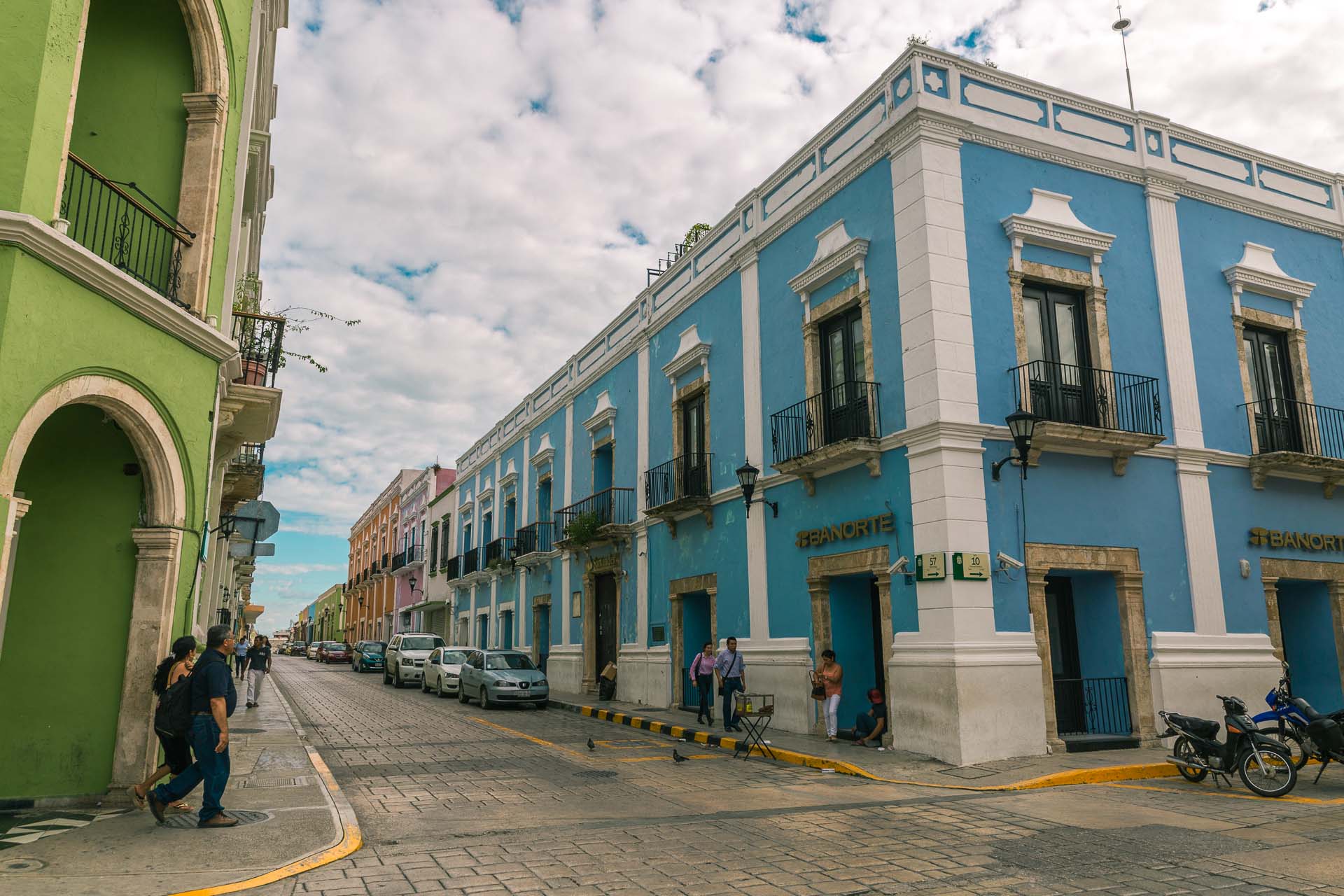
The city is filled with colonial architecture.
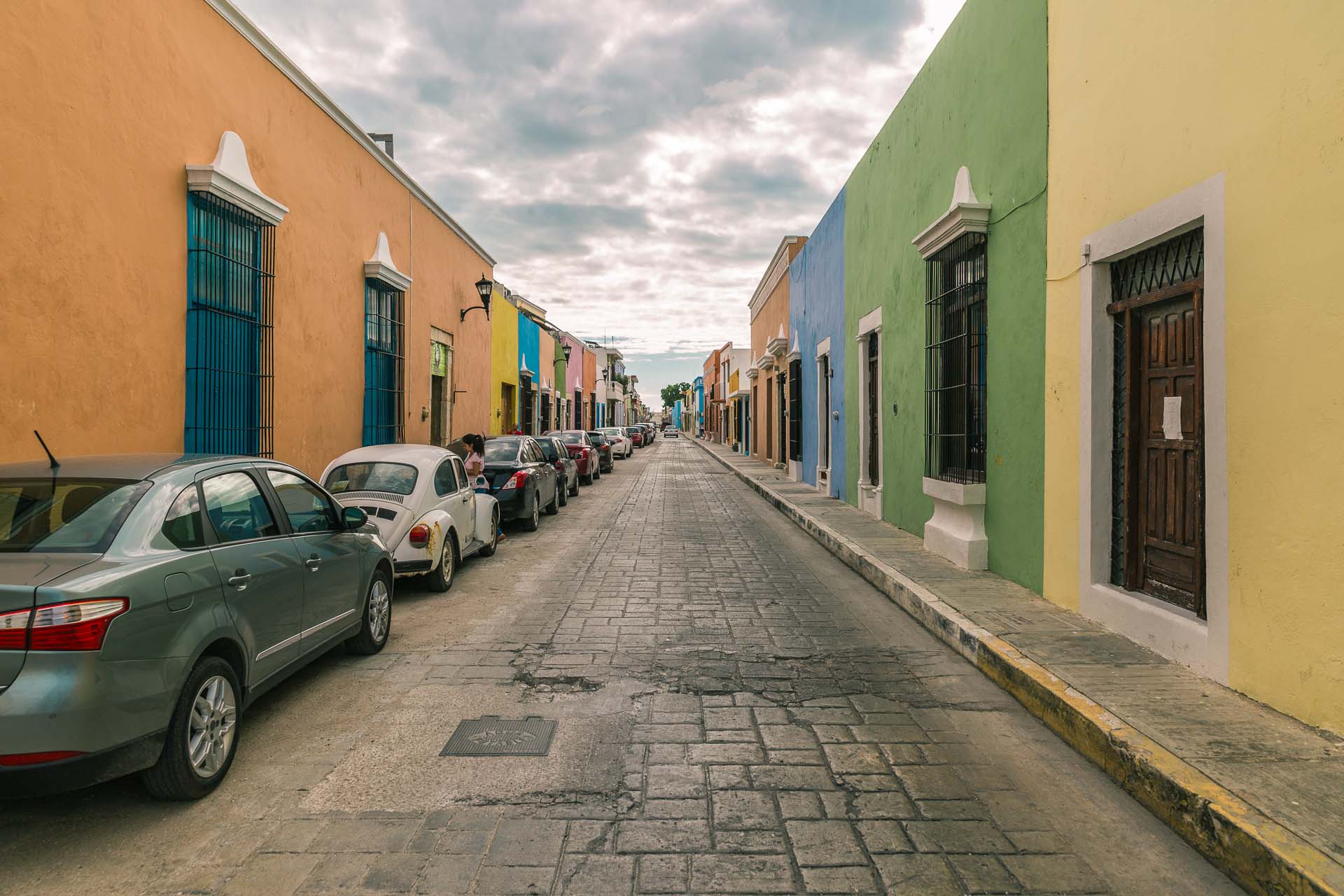
And colored houses.
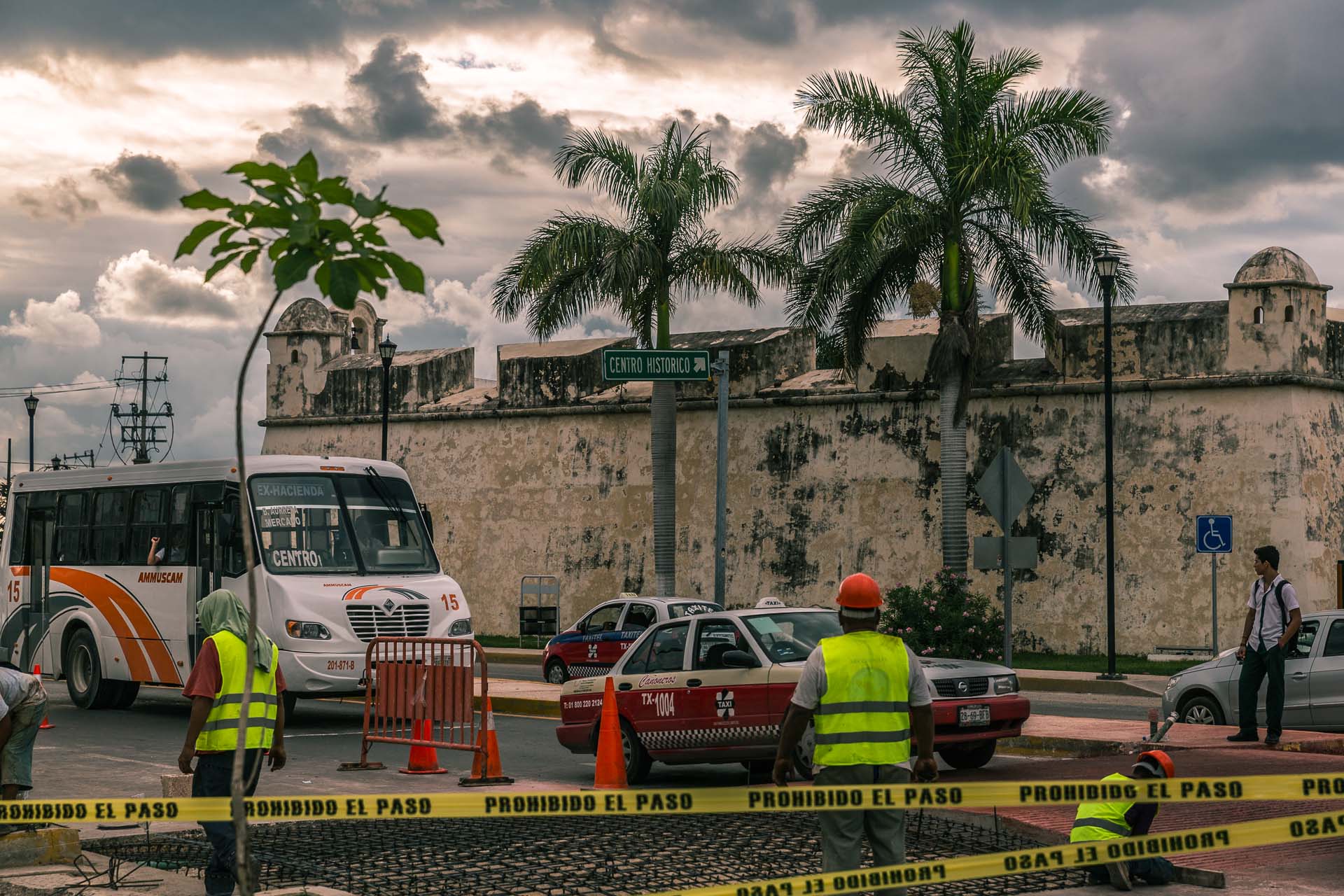
…And sunsets. Of course. Next stop from the peninsula was Villahermosa in the state of Tabasco, but I’ll save that until next time!
Frans Bak & Sound of North in the studio
A few weeks ago I had a great day filming Frans Bak & Sound of North recording and rehearsing some of their material. Following are a few of the best shots I took in-between recording the session on three cameras.
Frans Bak behind the piano, Keld Haaning Ibsen behind the synthesizer, Josefine Cronholm behind the microphone, Heidrun Petersen and Niels Thorkild Levinsen behind the violins, Karen Johanne Petersen behind the viola as well as Live Johansson behind the cello.












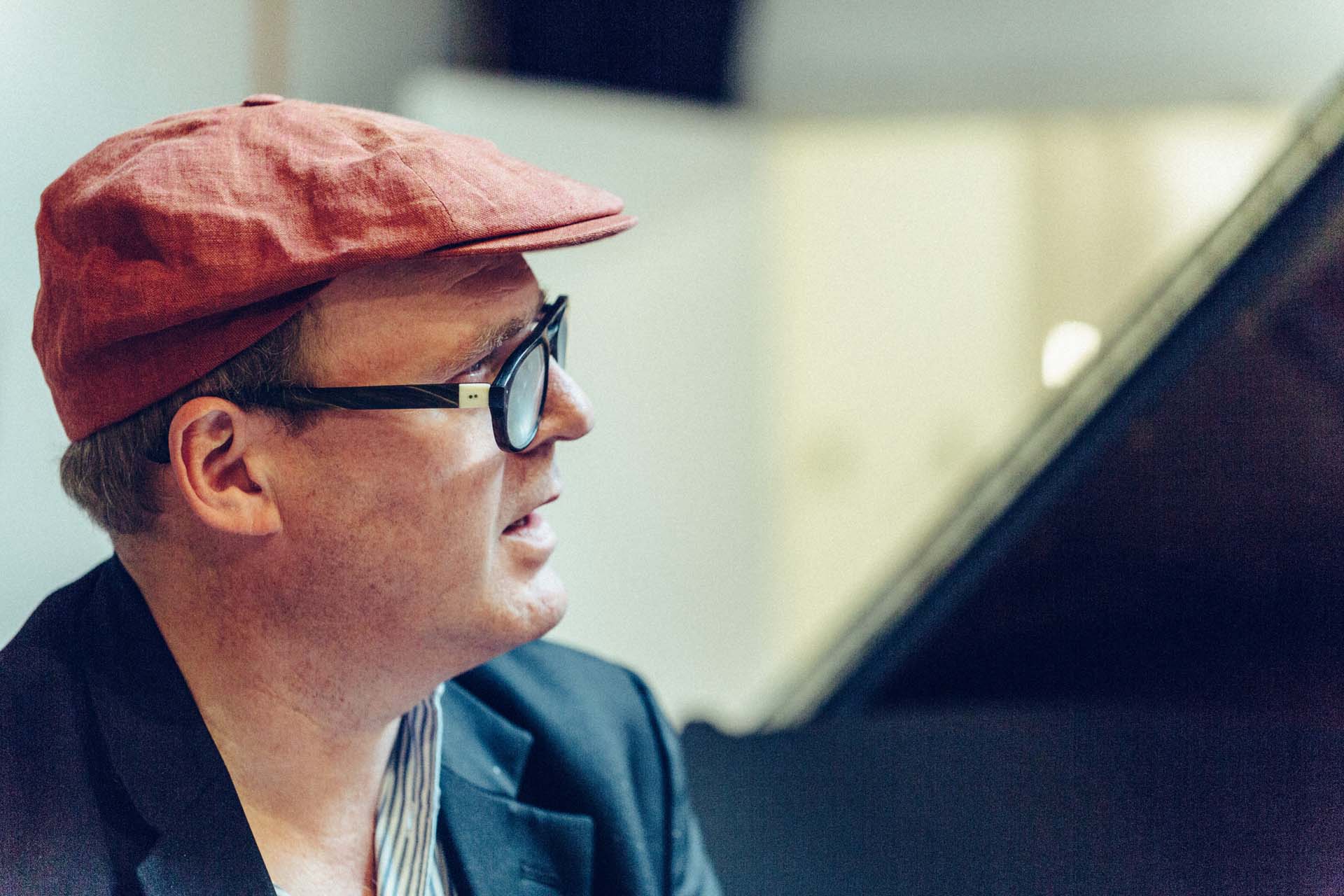

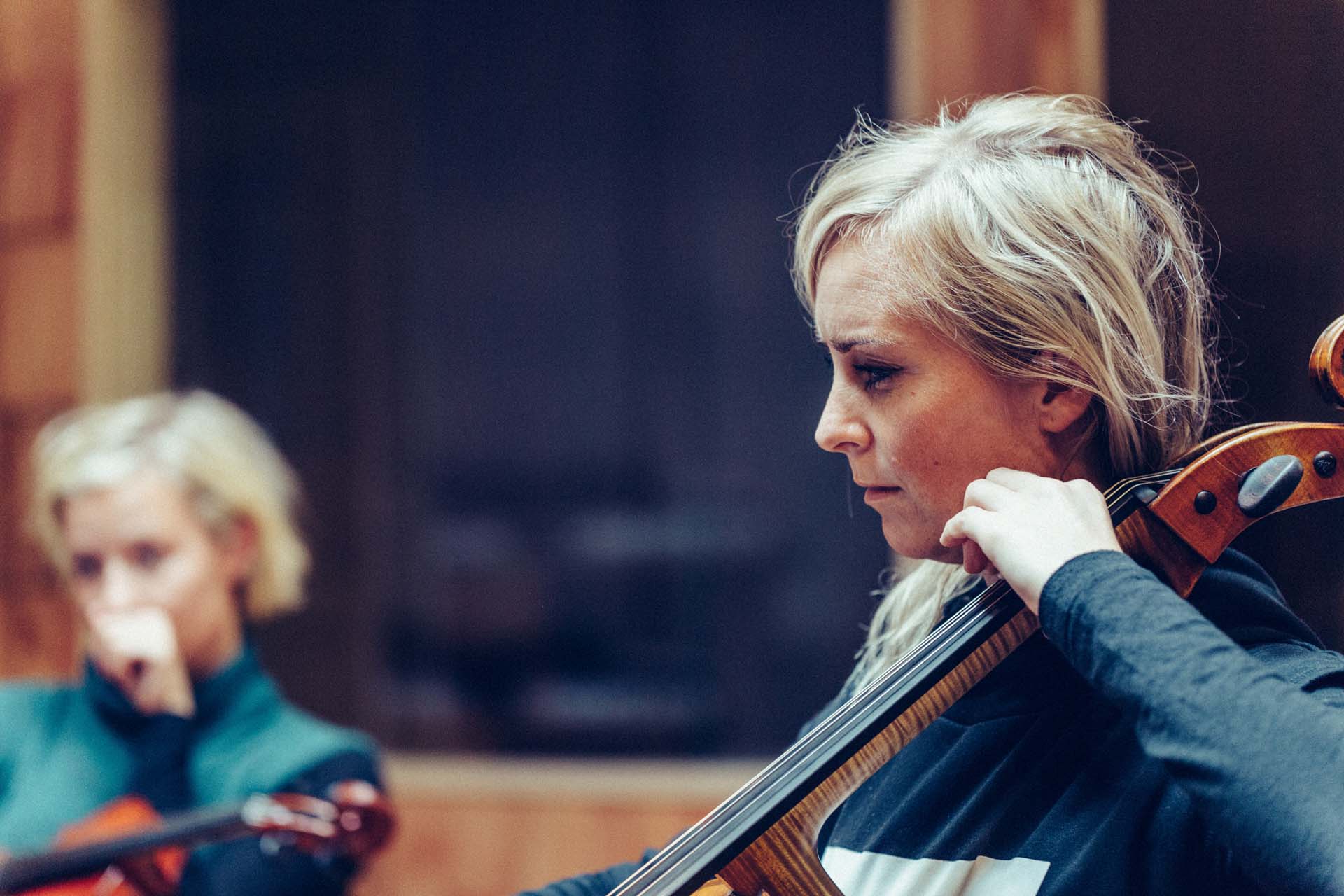
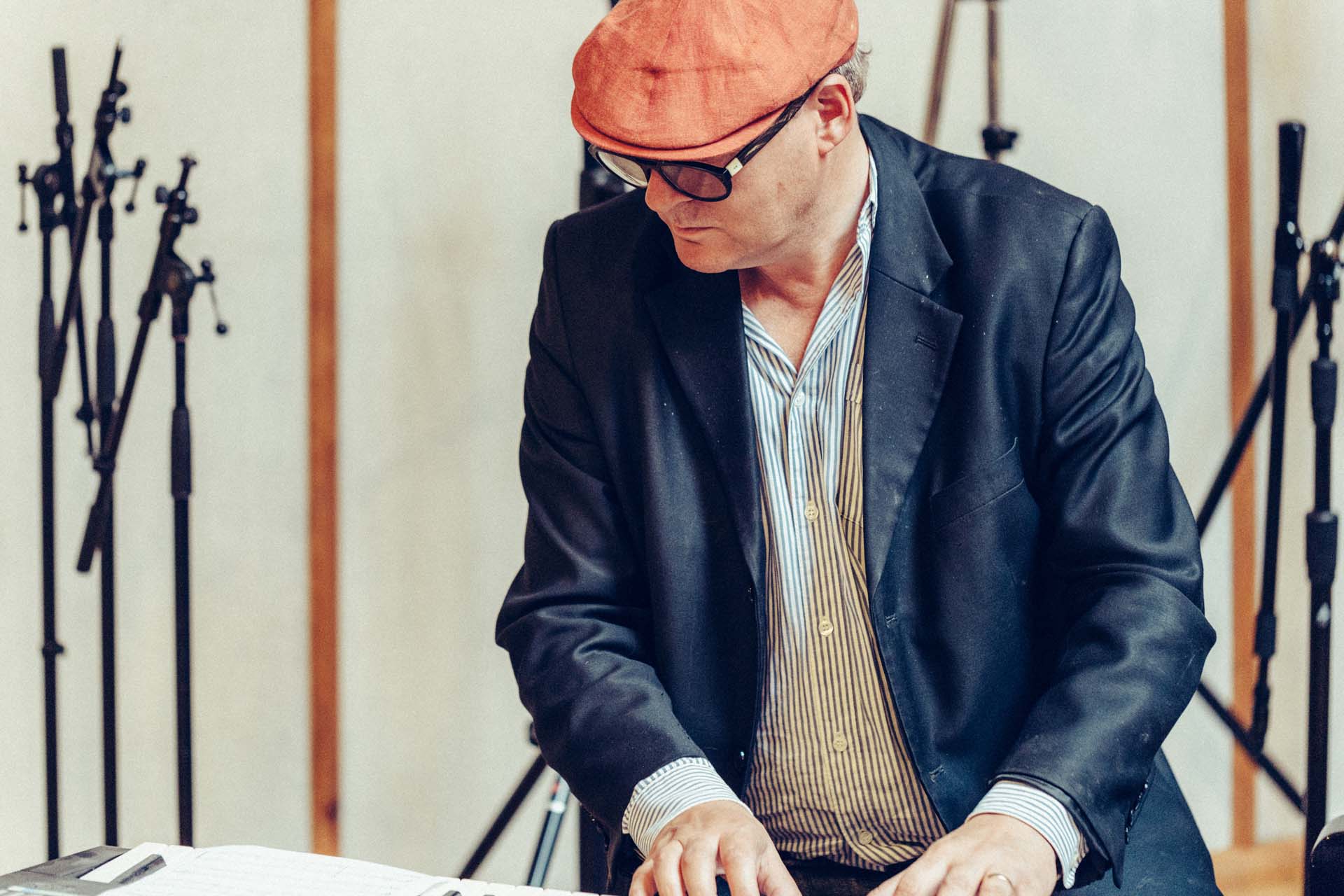
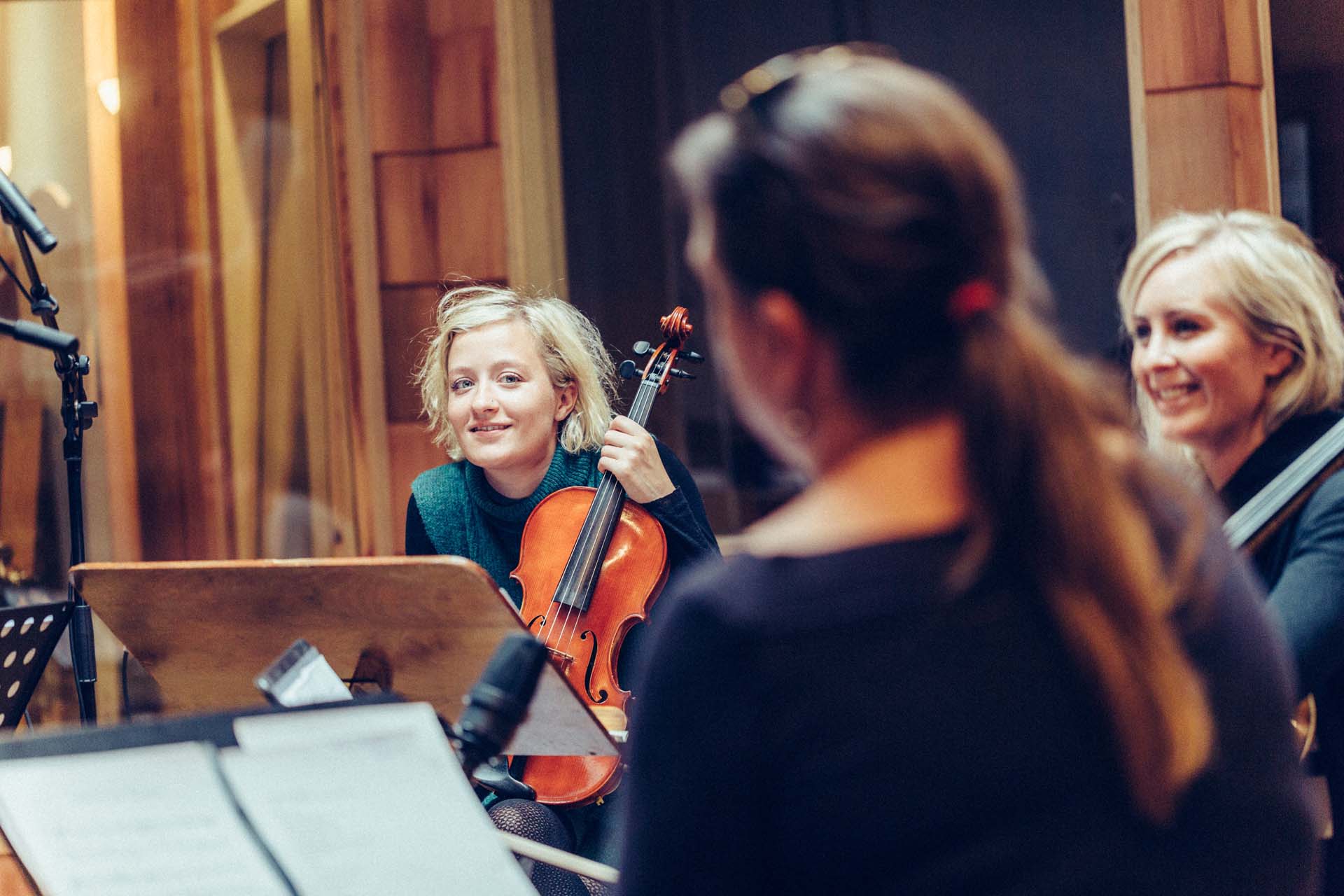
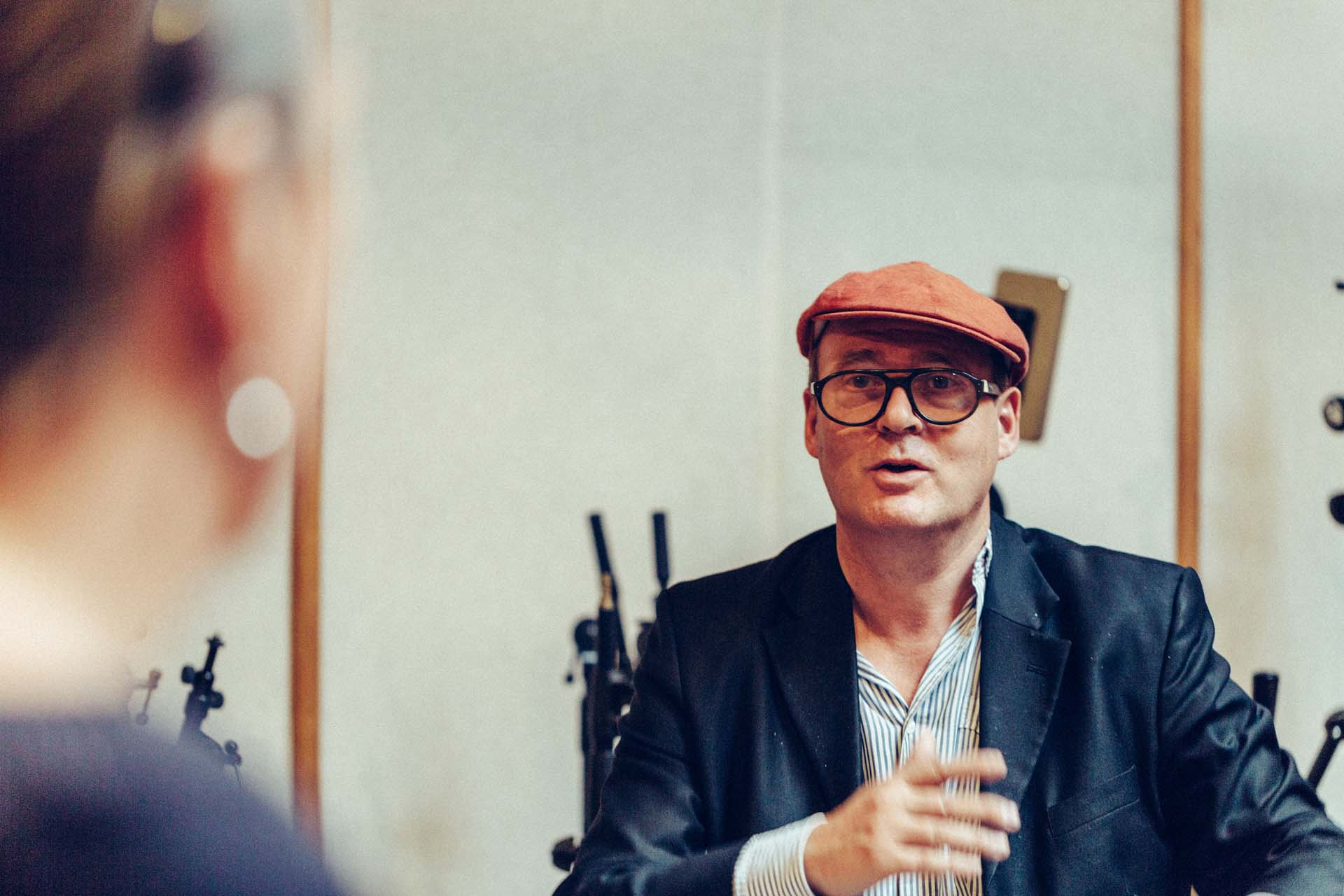
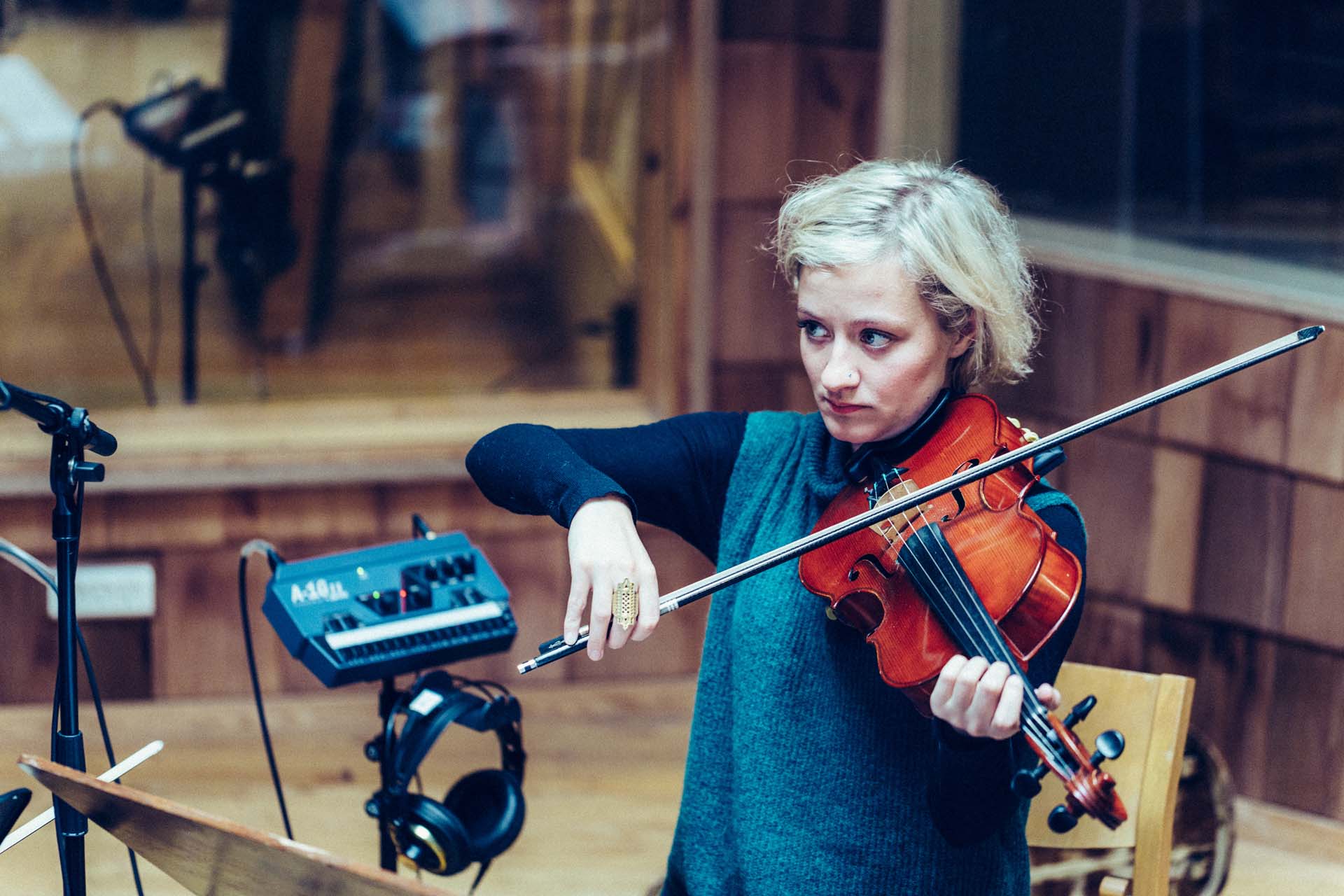


Swedish summer
This summer I once again returned to my second home, Sweden. And of course I brought my camera!
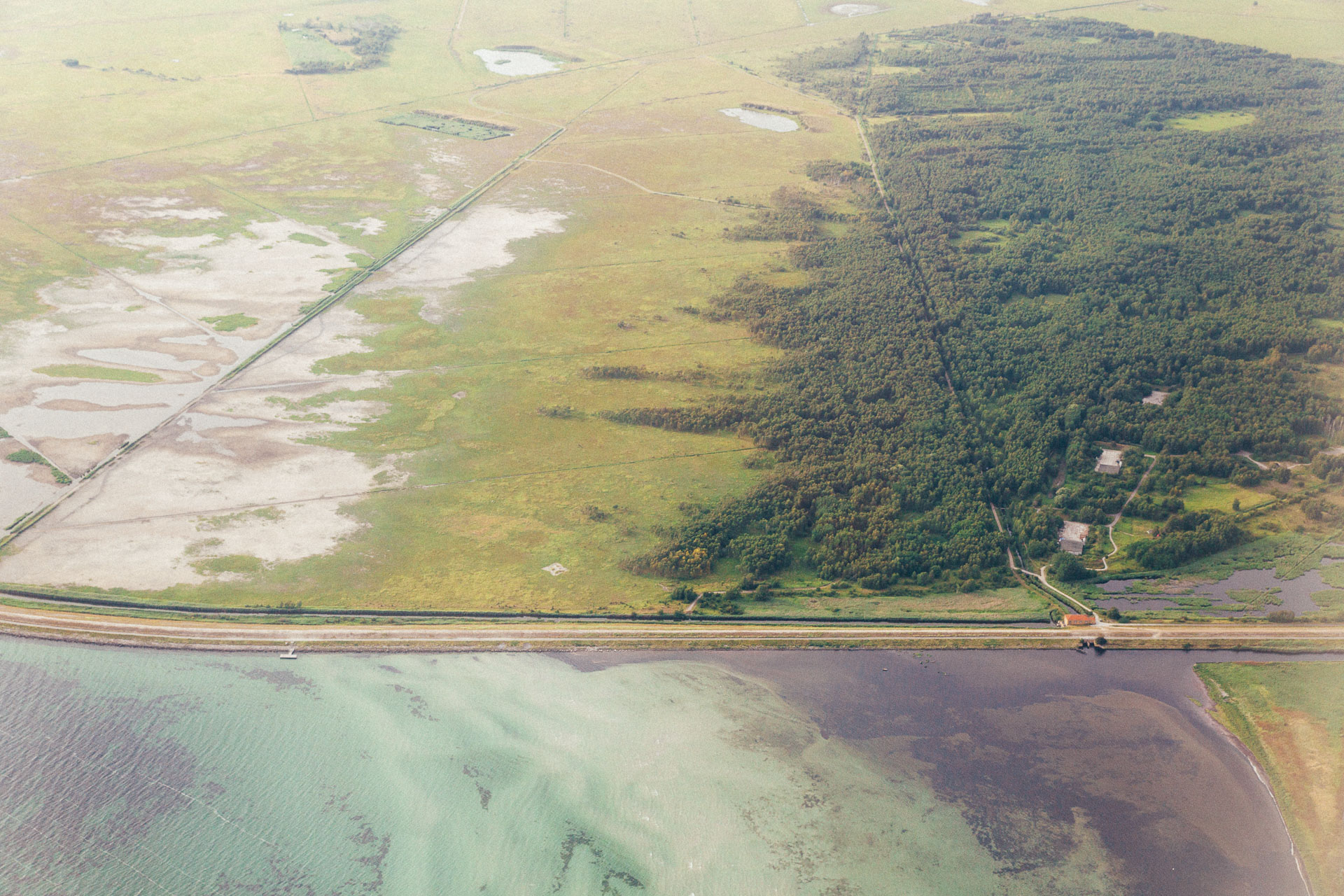
Take off!
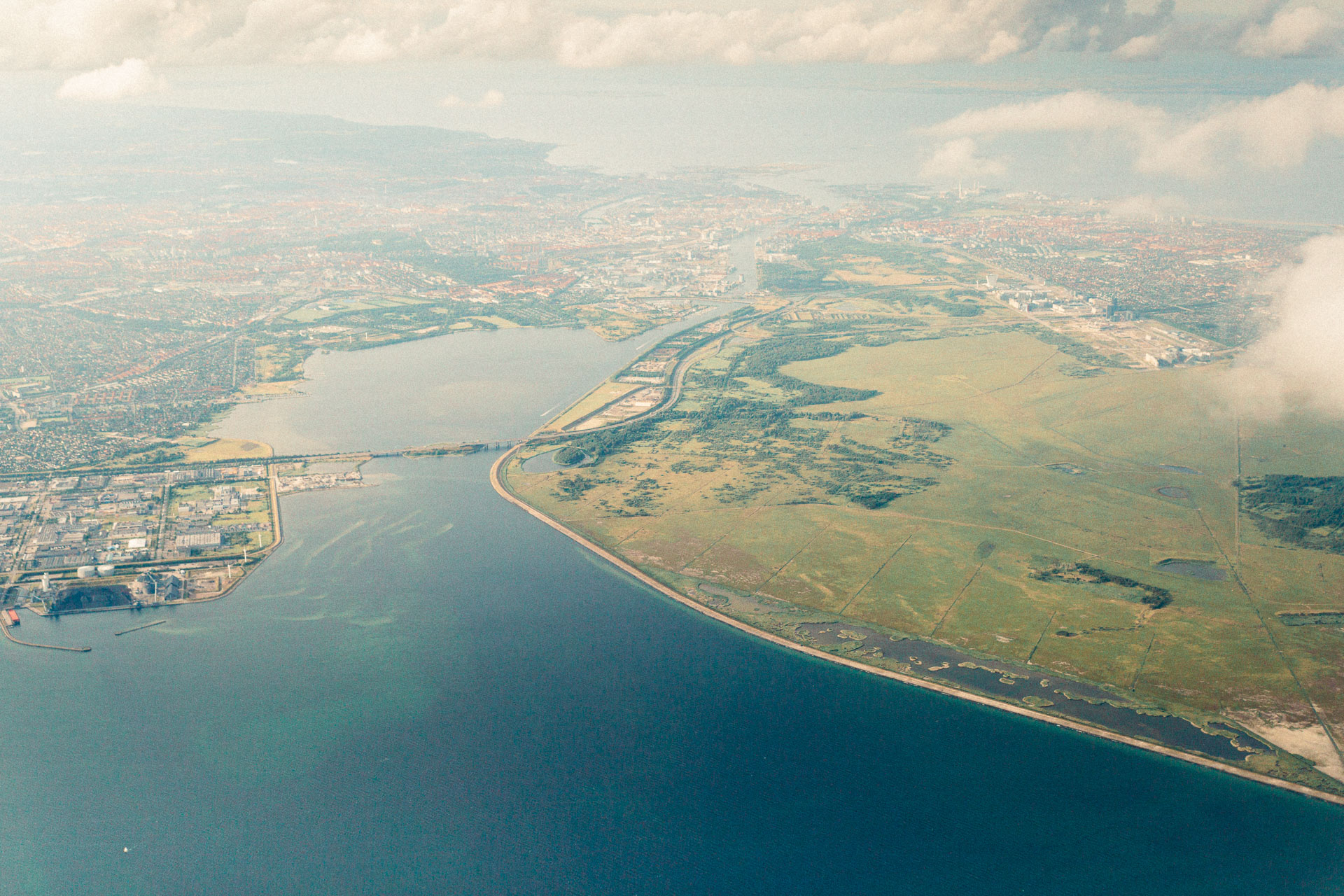
Overlooking Amager and Copenhagen.
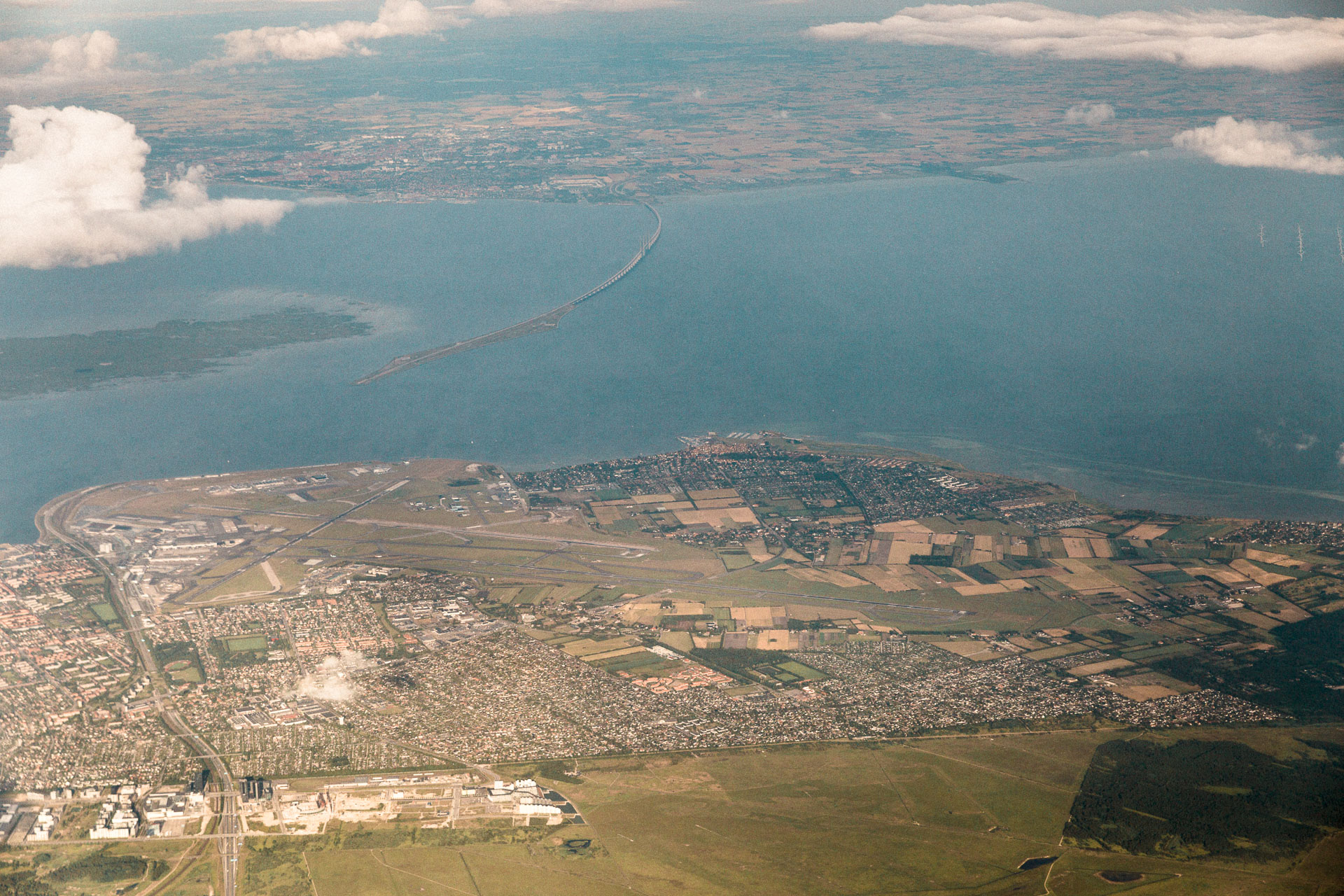
Øresundsbroen.
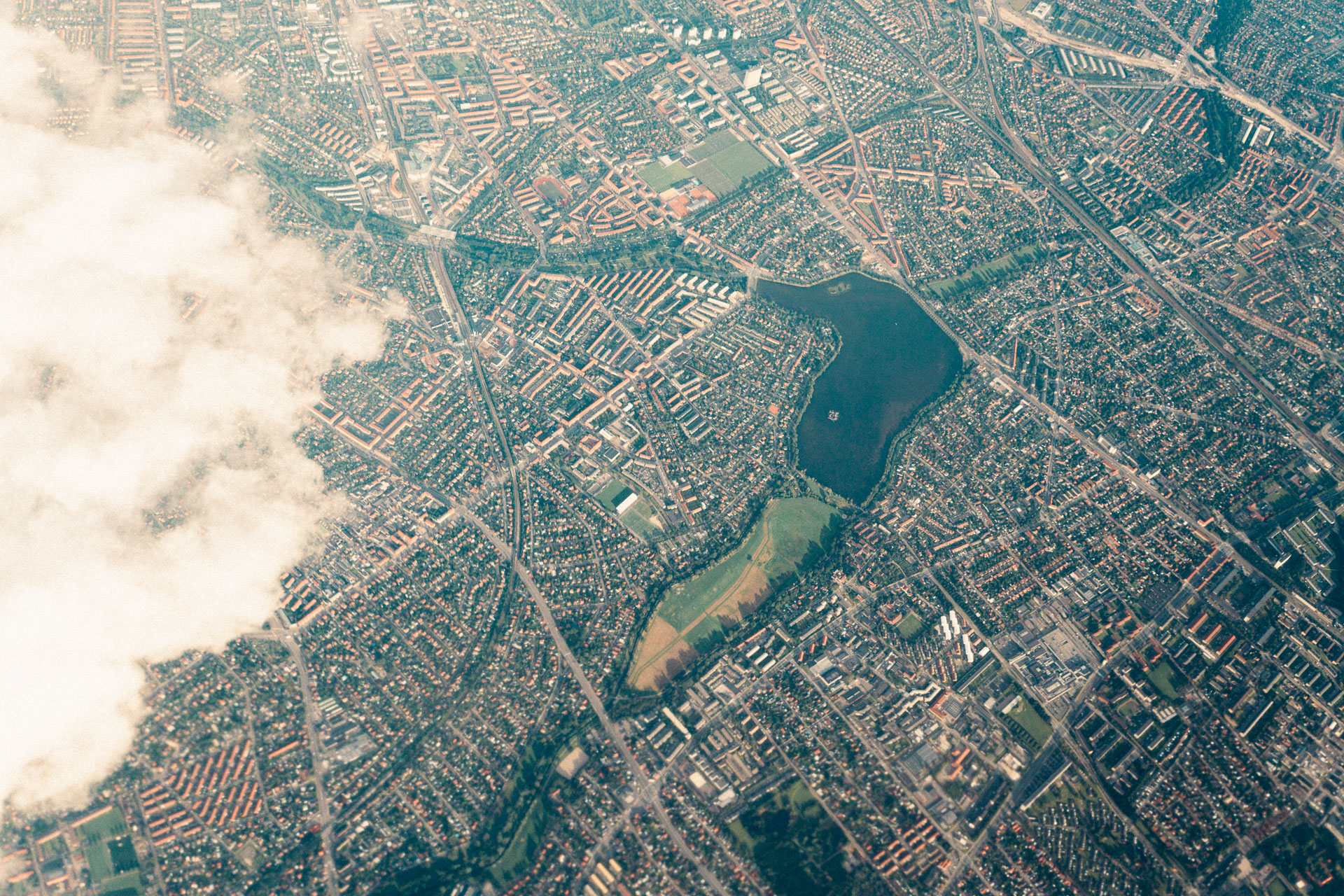
Damhussøen seen from above.
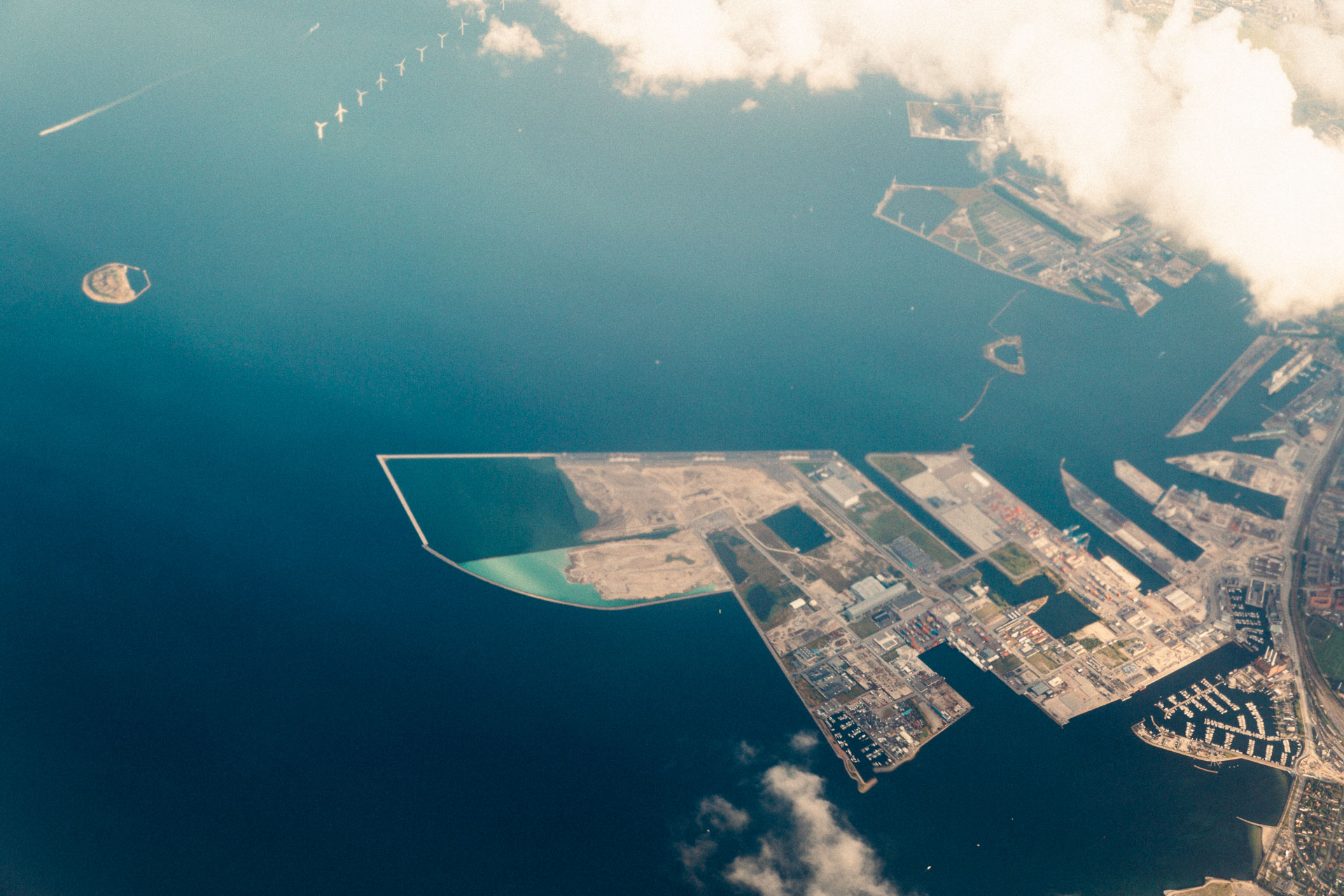
The new kid on the block, 2150 Nordhavn.
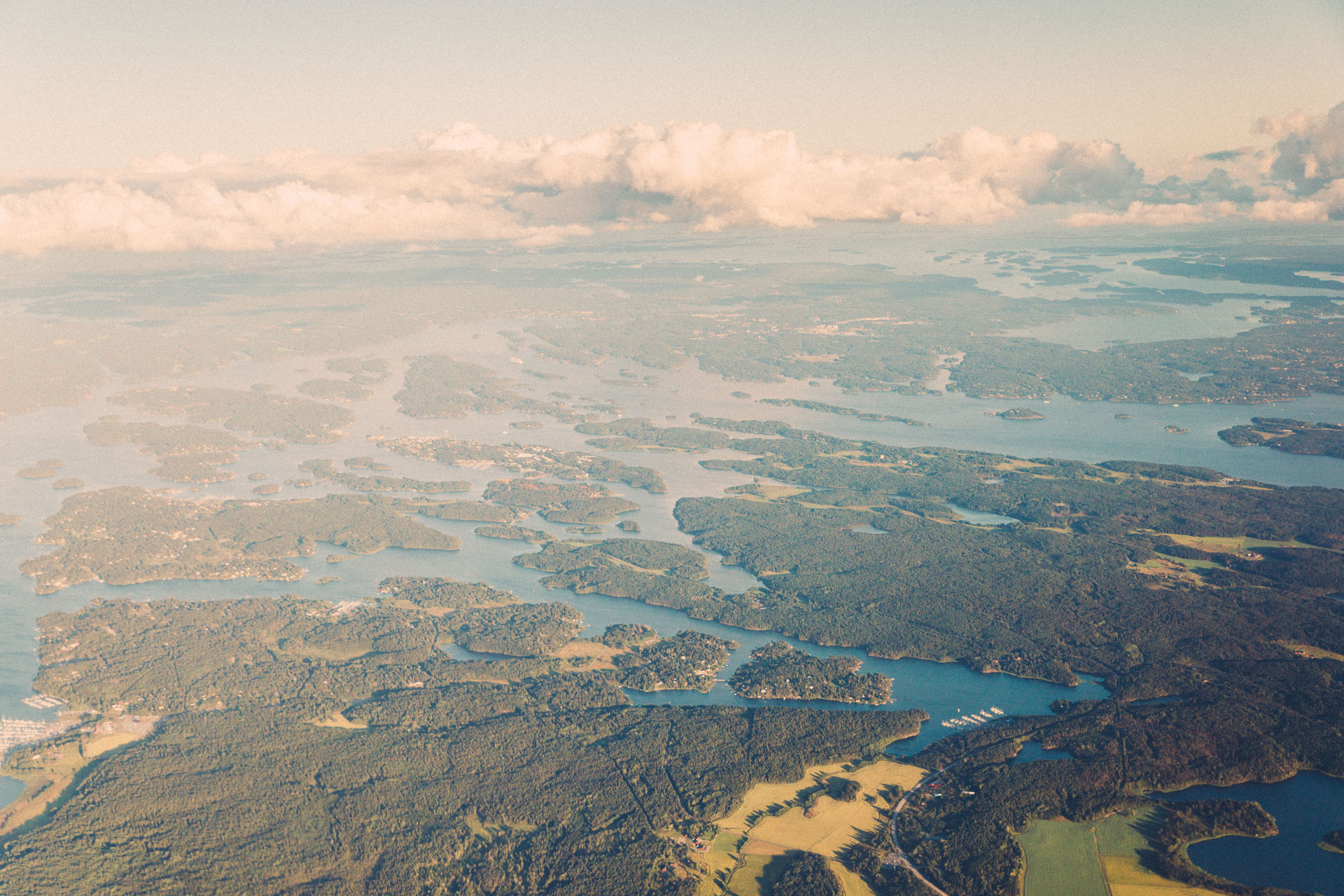
Swedish archipelago.
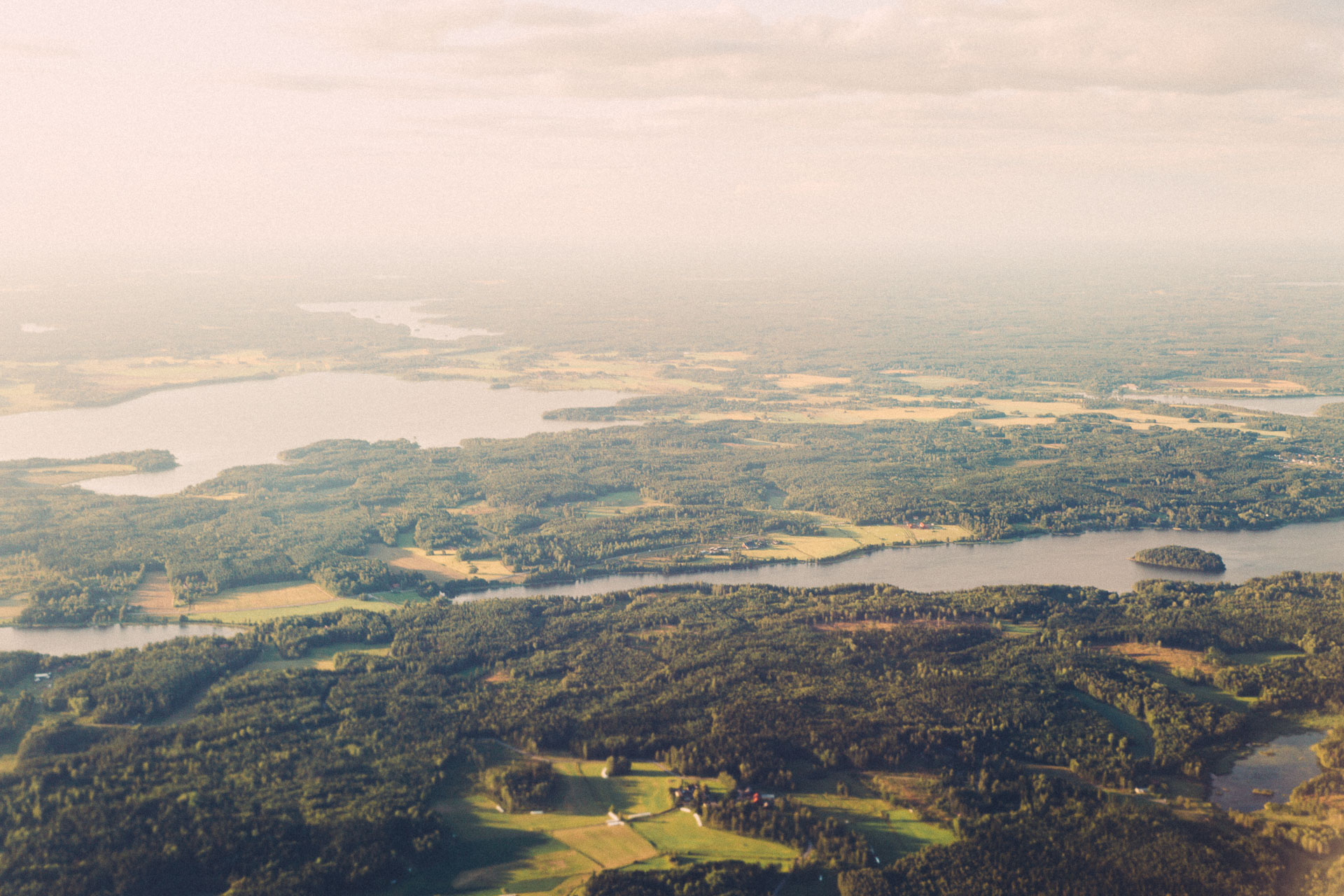
I love these views.
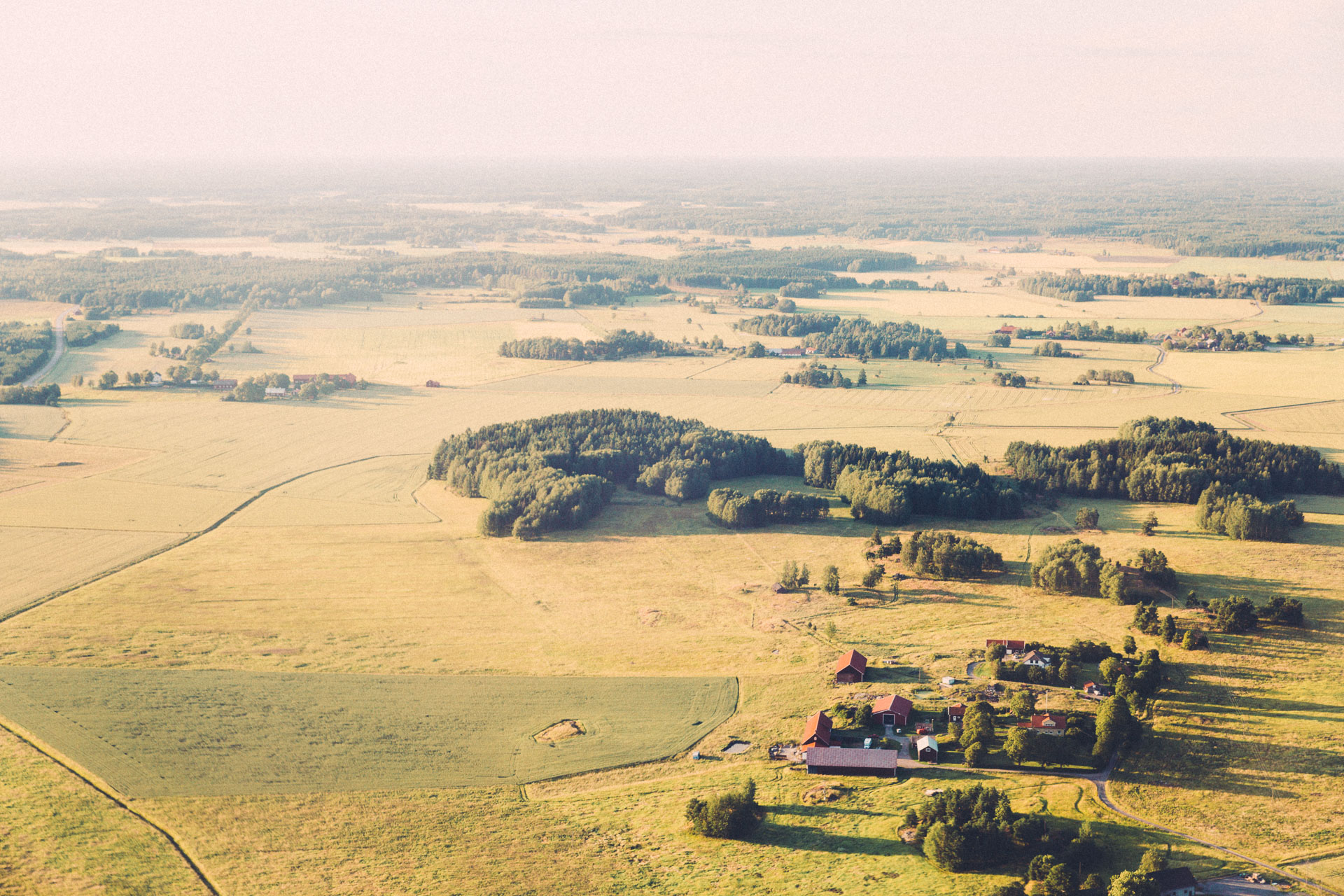
Tiny red houses!

The color of this house (and many others in Sweden!) is called falu red.
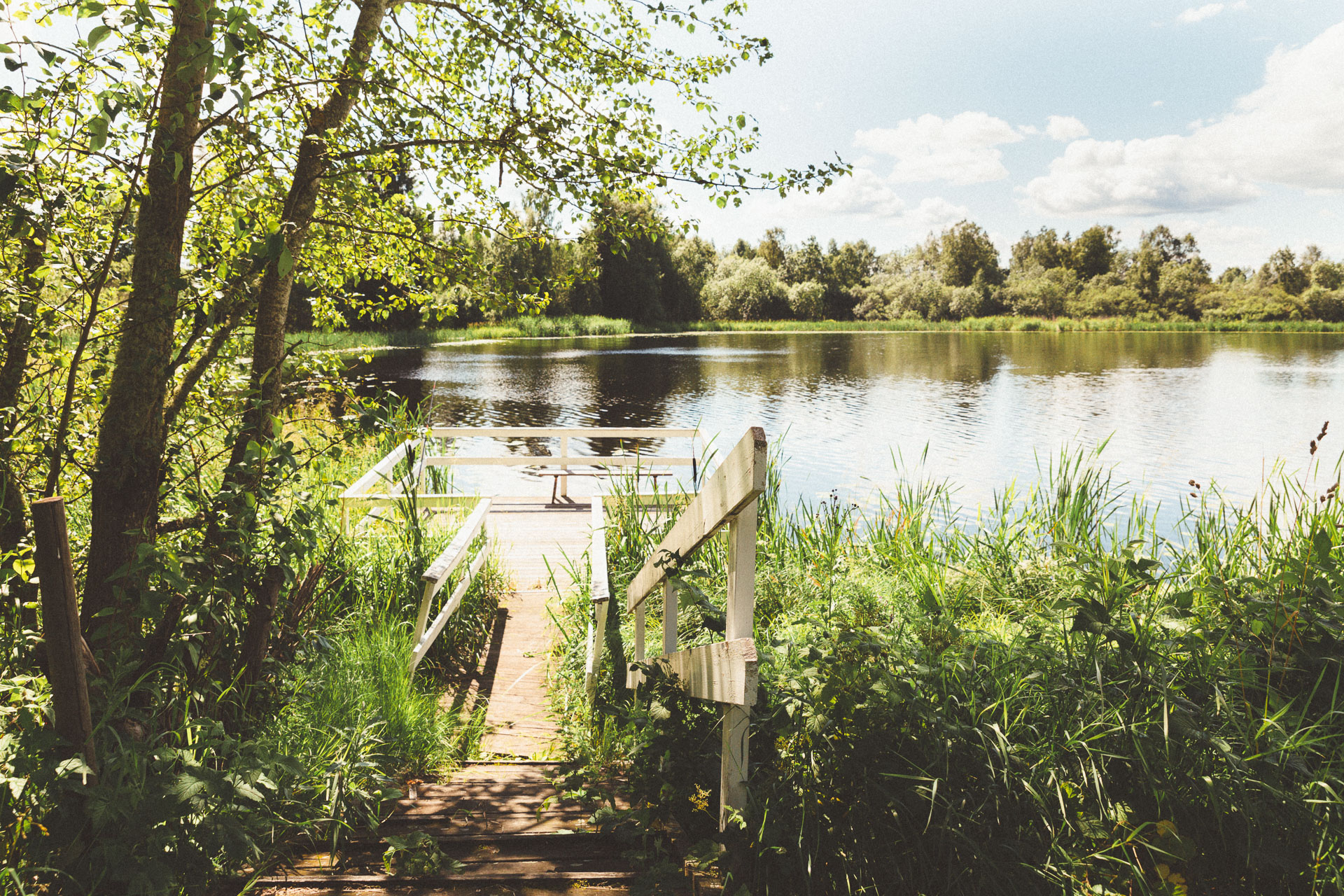
A small lake.
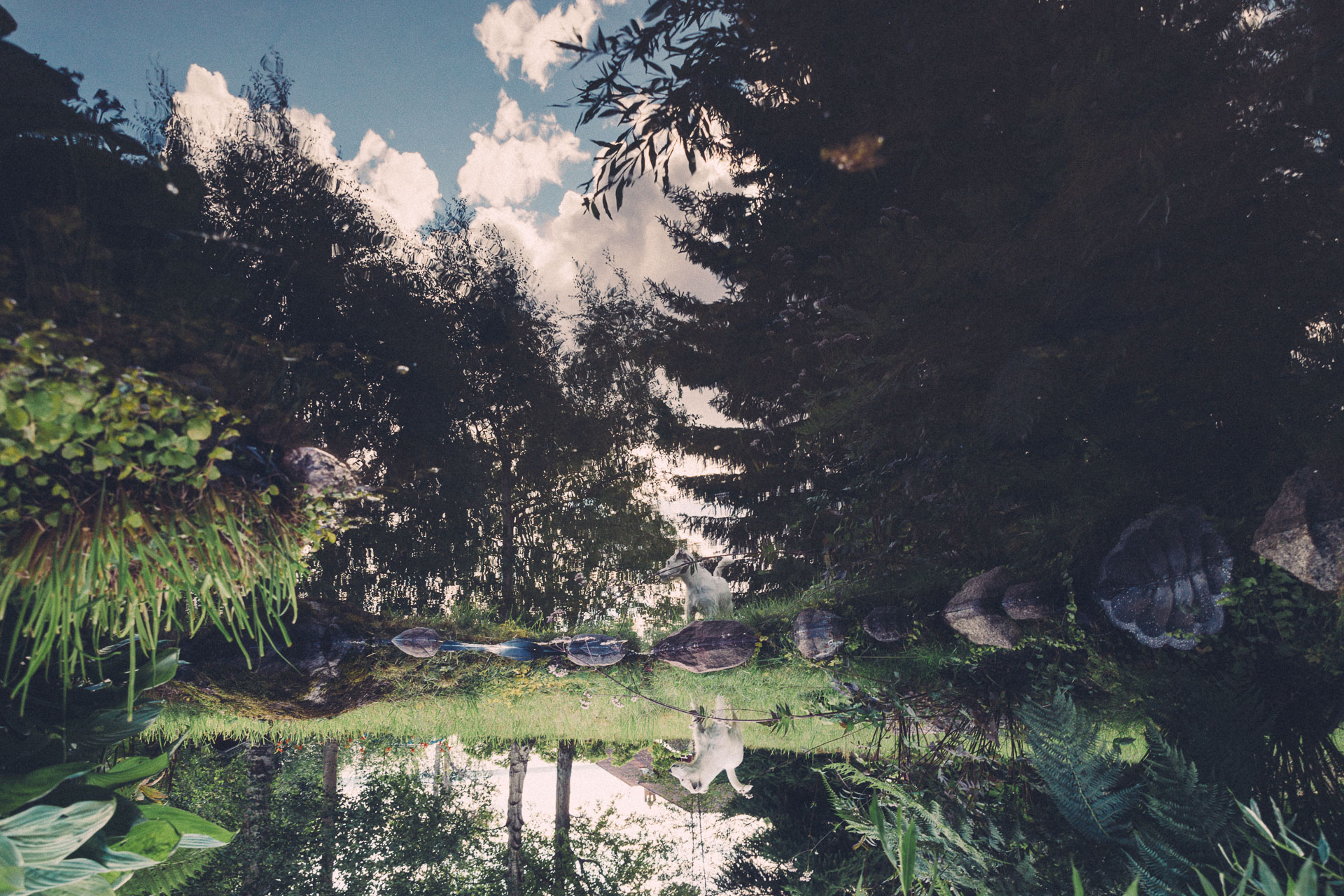
The world is big!
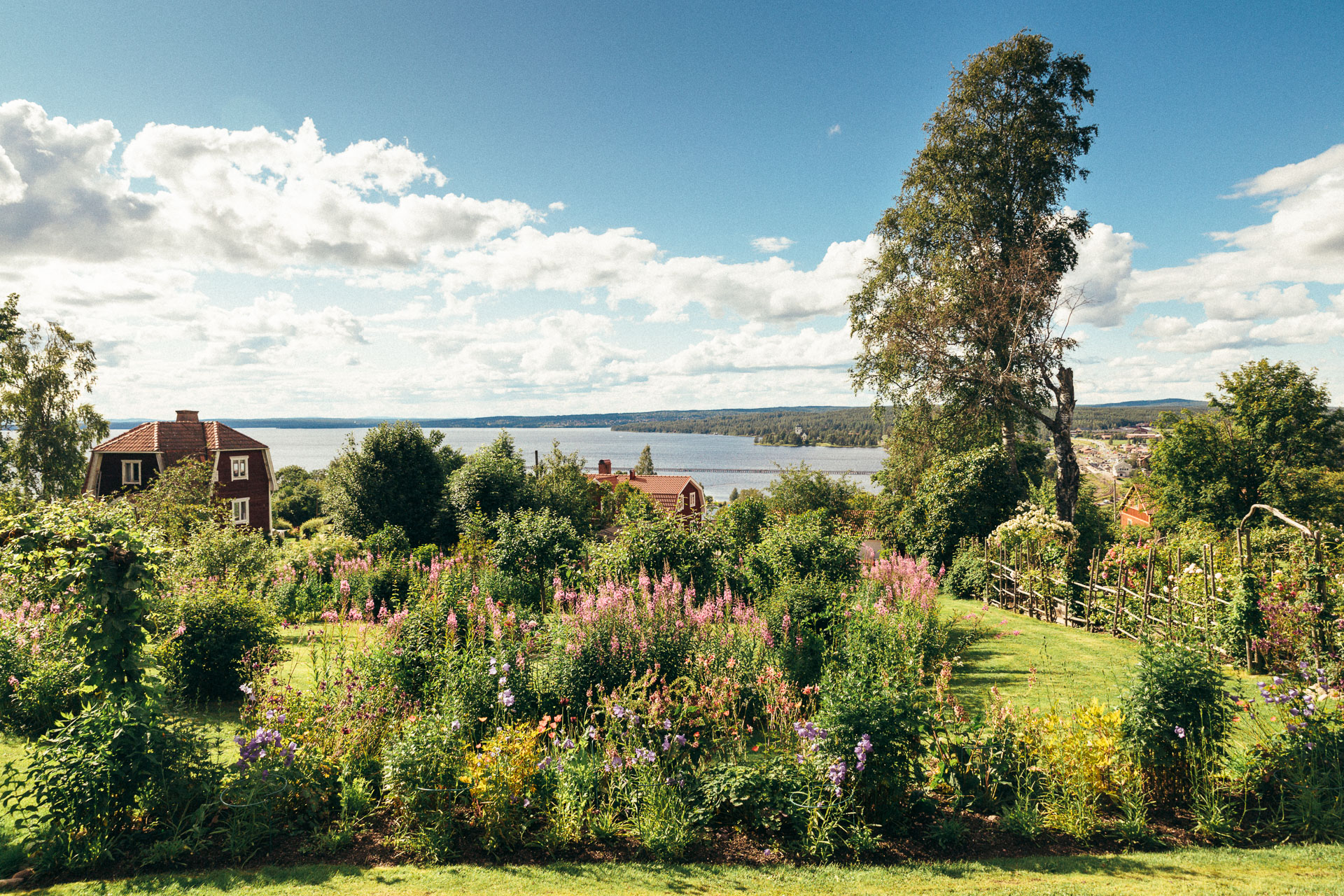
View over Rättvik.
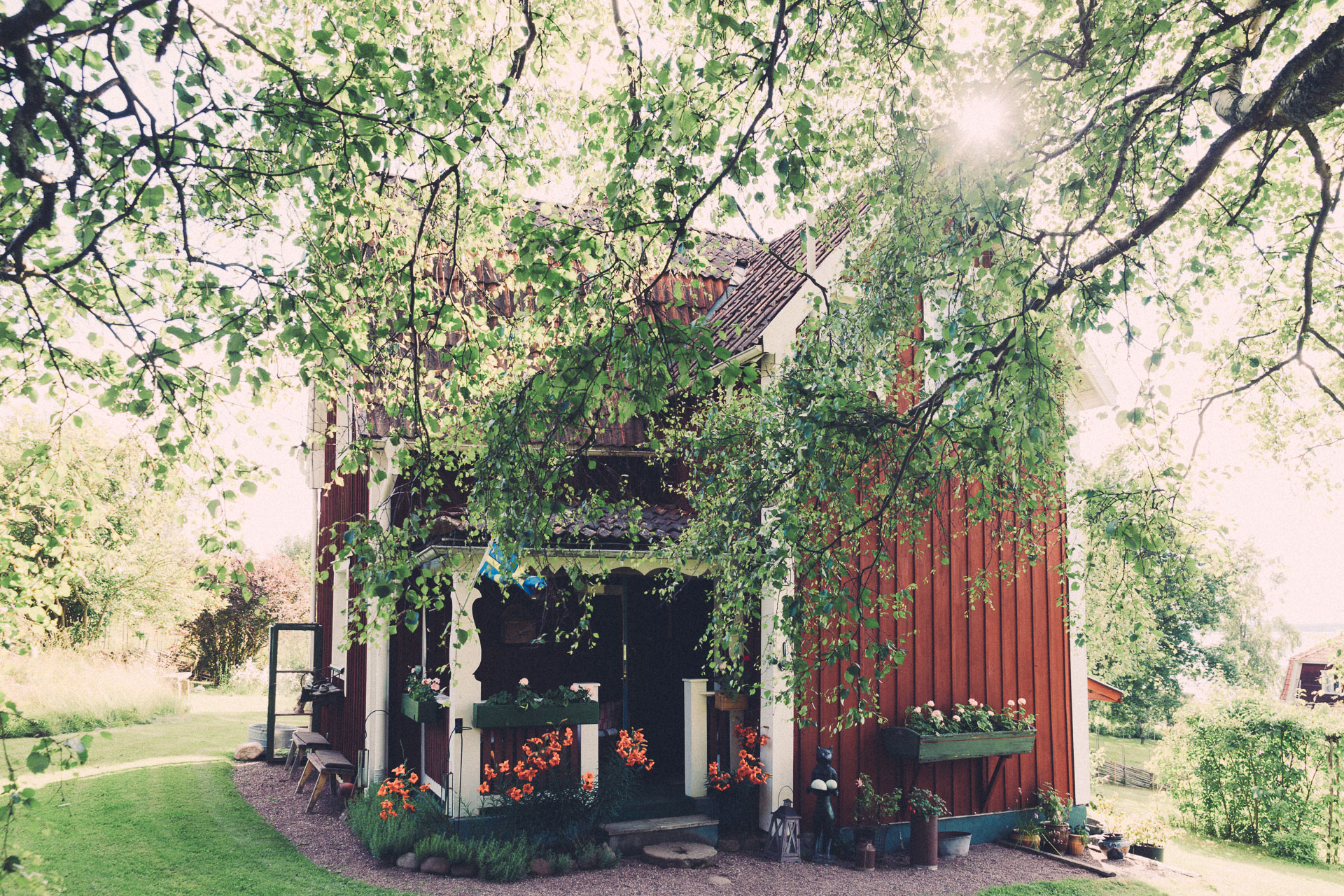
Another red house, this one belonging to a family member.

Dark skies over Mora.

Tall trees in Mora.
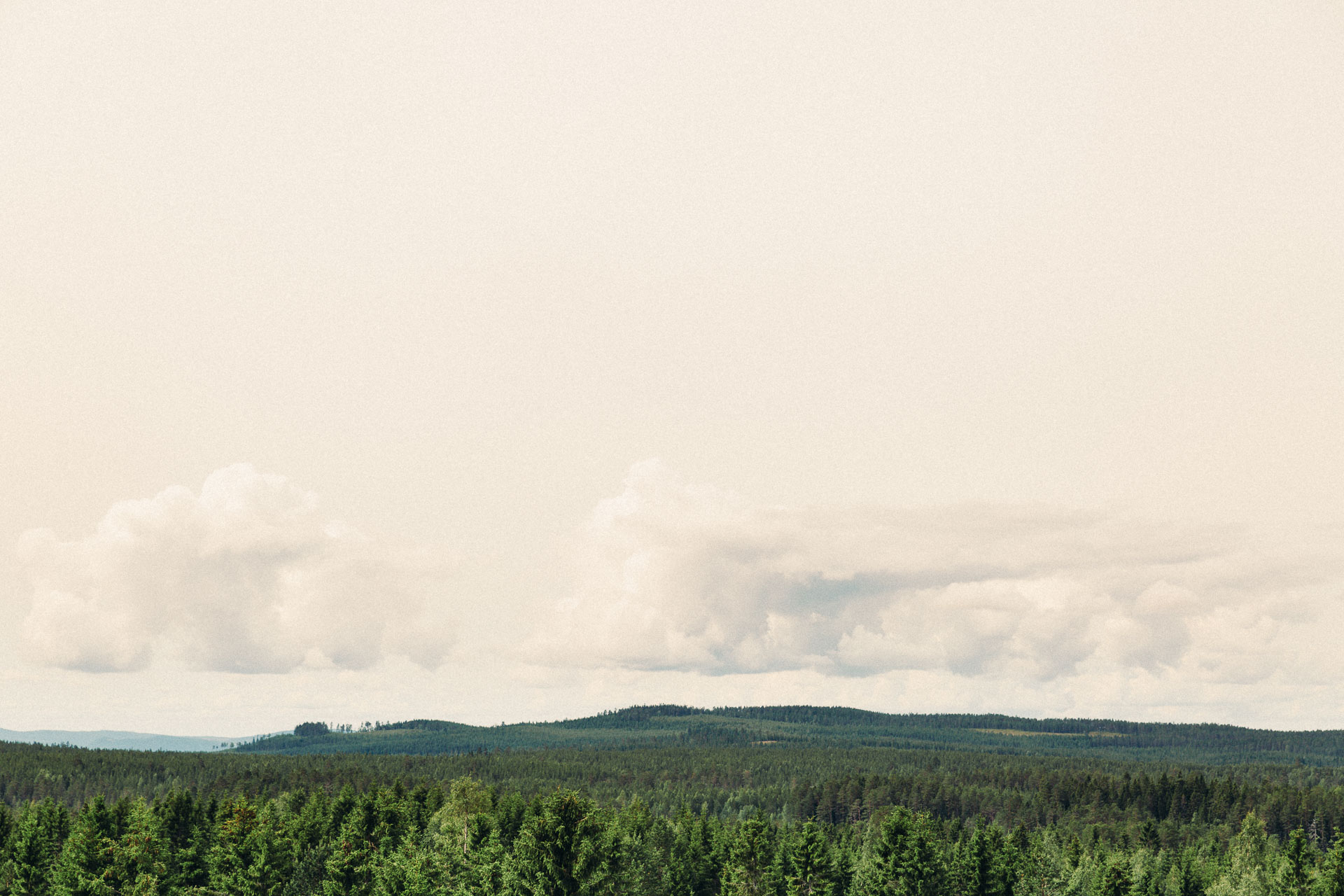
View from Orsa Grönklitt.
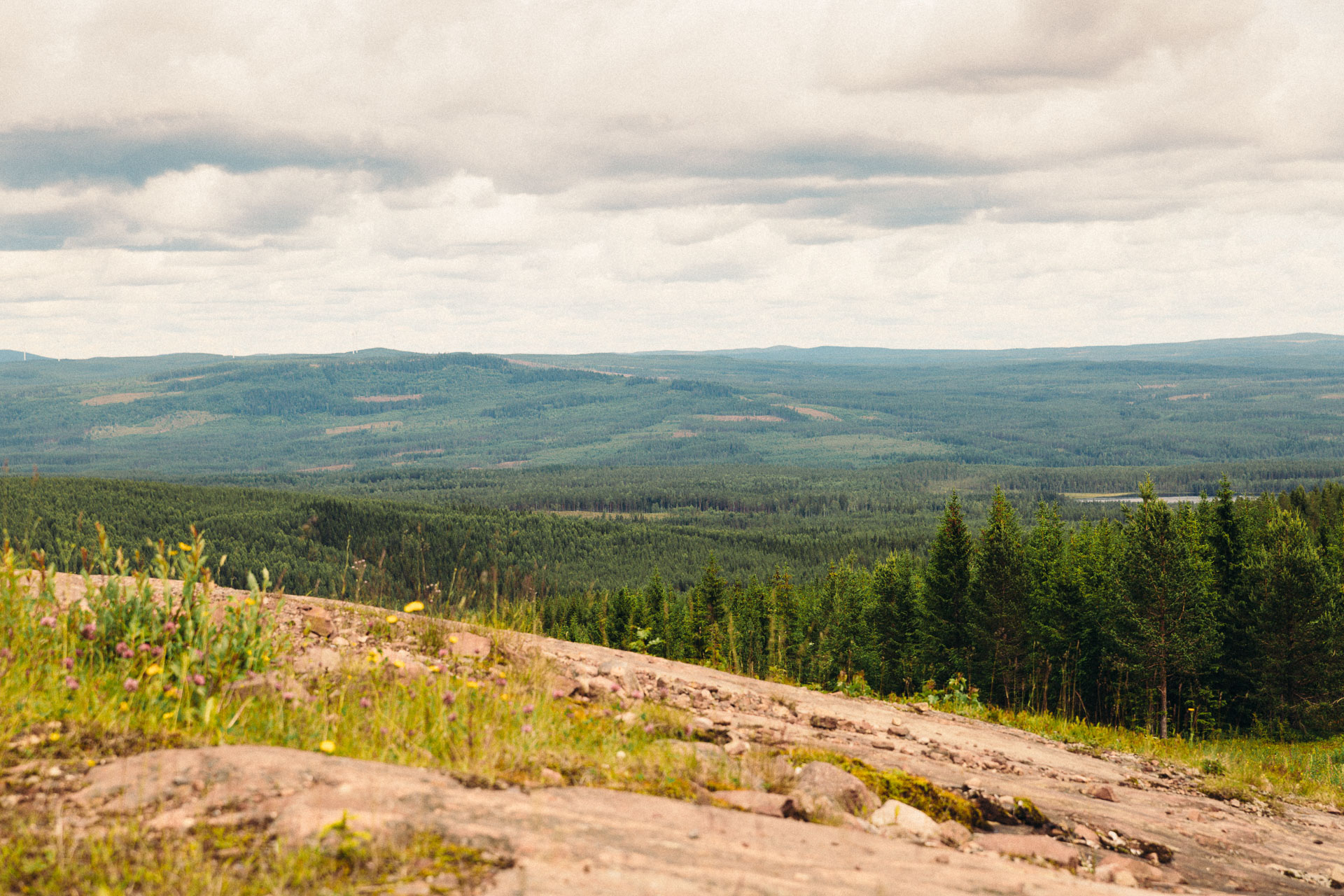
And another one.
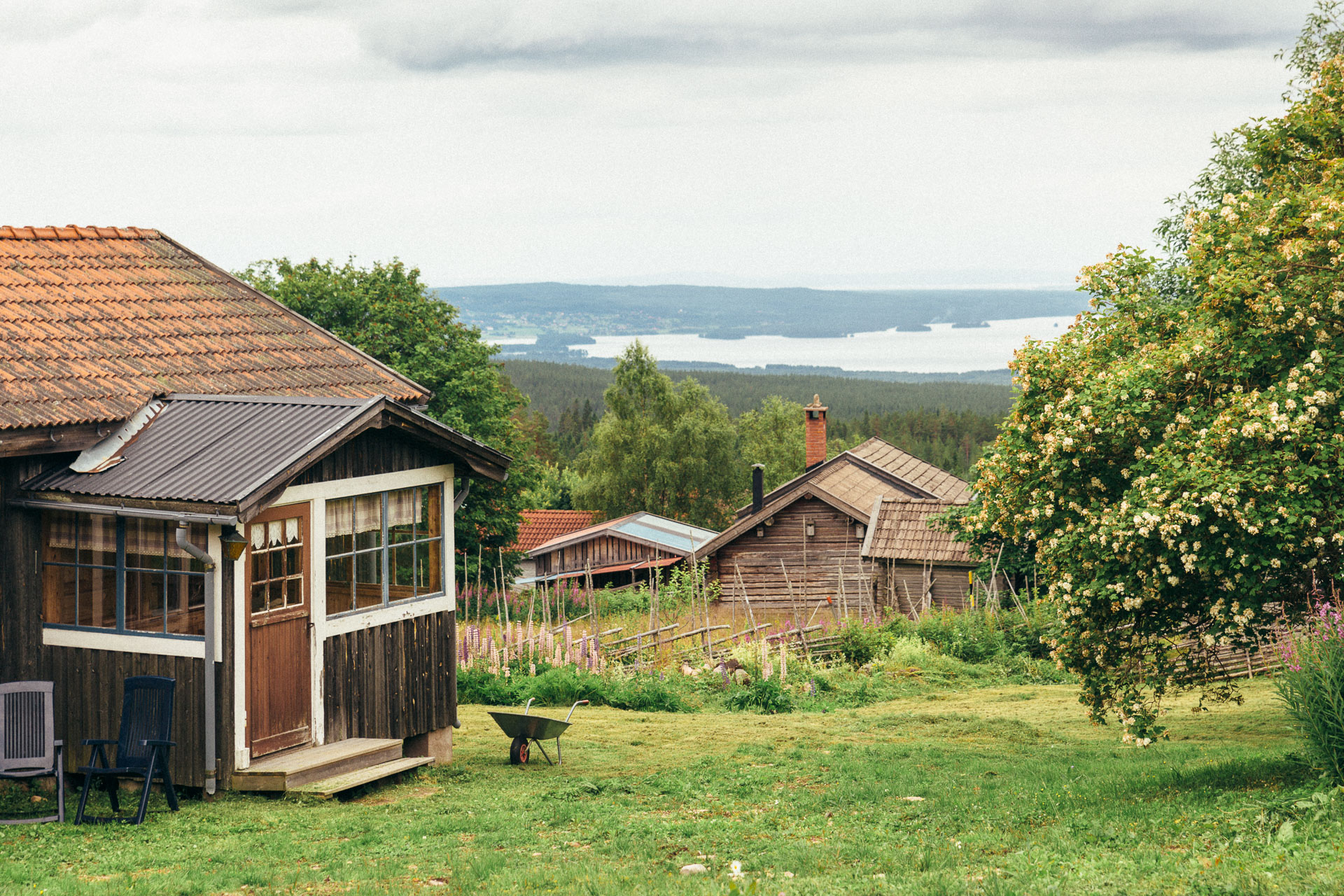
Traditional Swedish houses with a magnificient view.
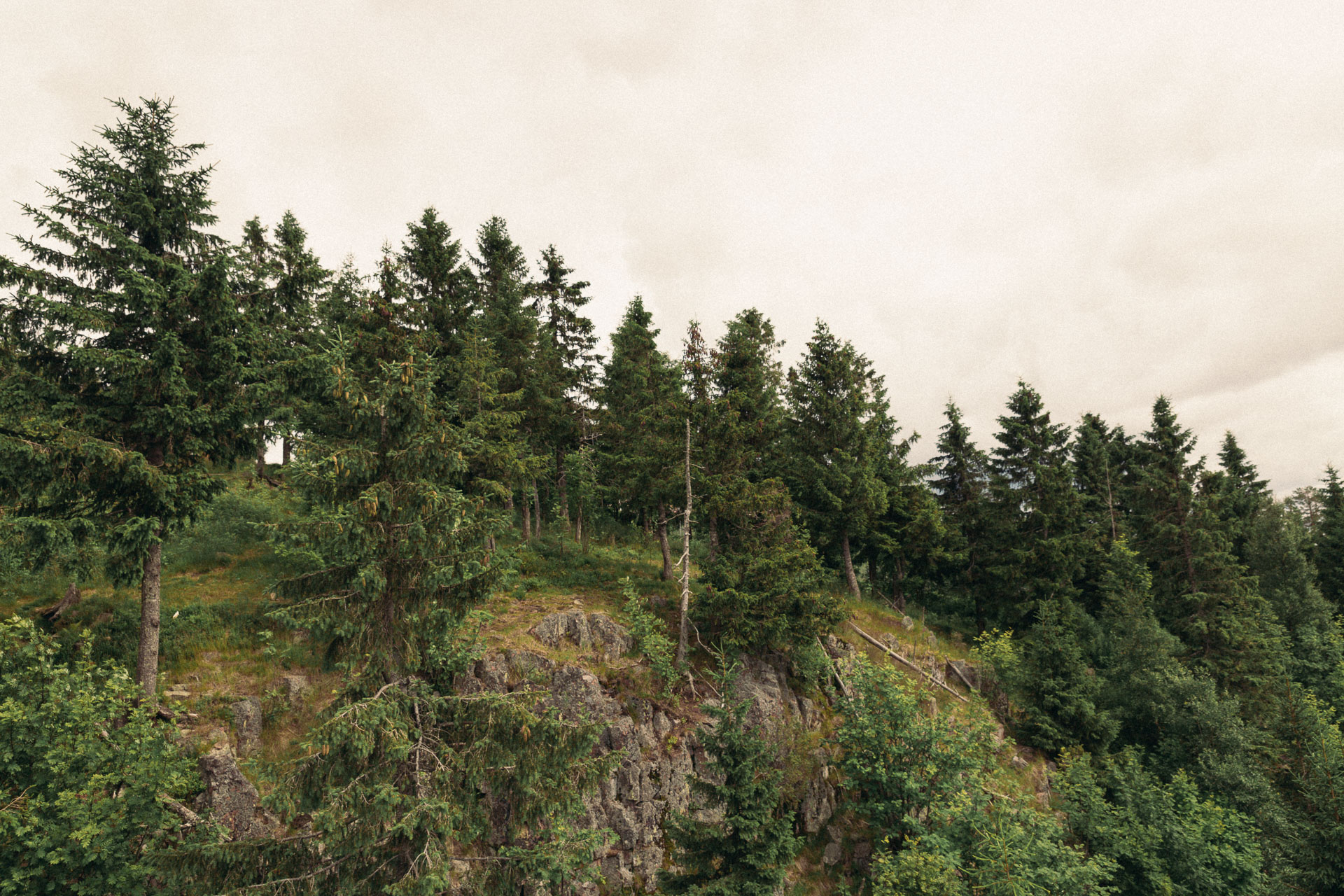
This was shot in the Orsa Bear Park.
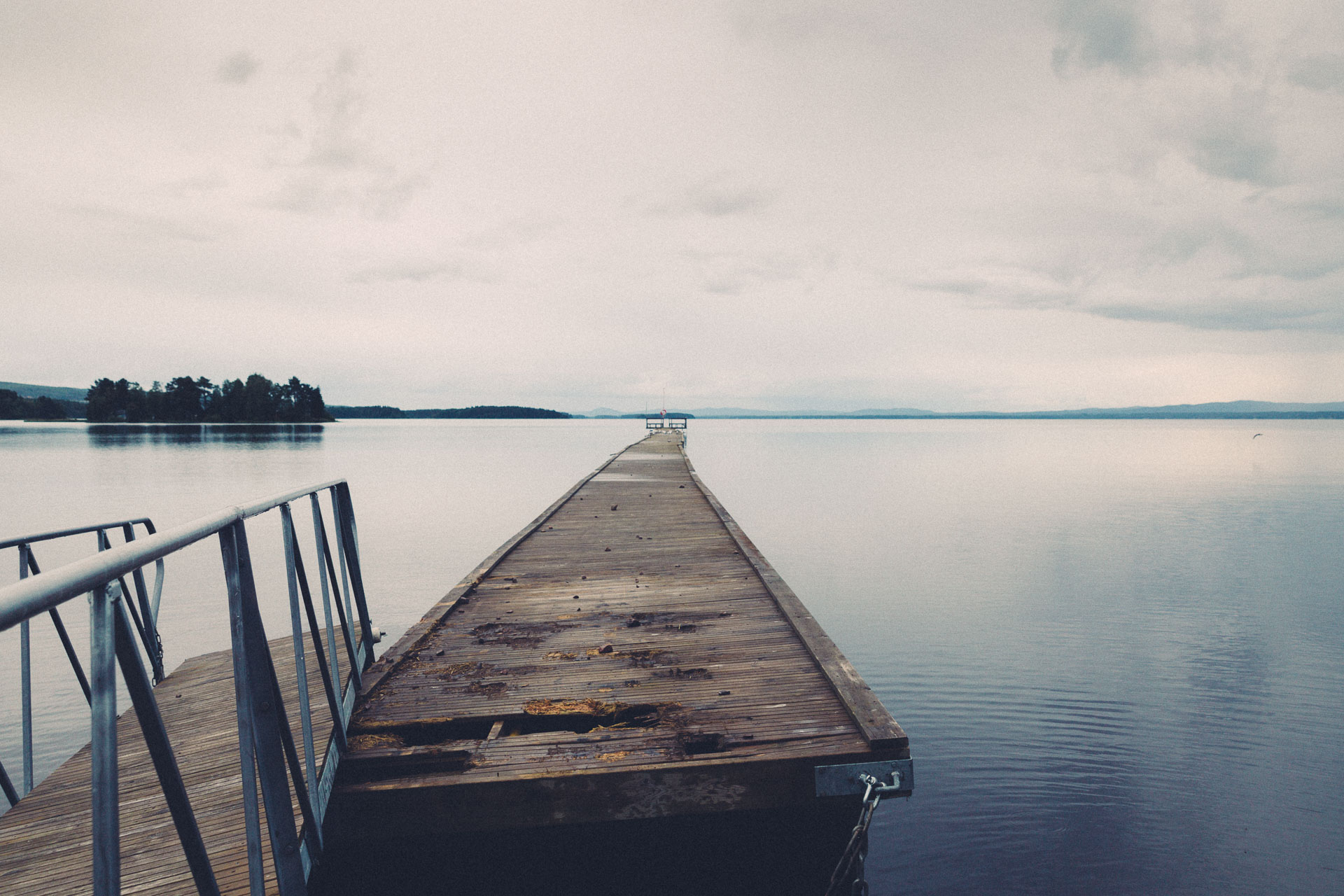
I fell in love with this pictoresque wooden pier immediately.

These guys seemed to like it too.
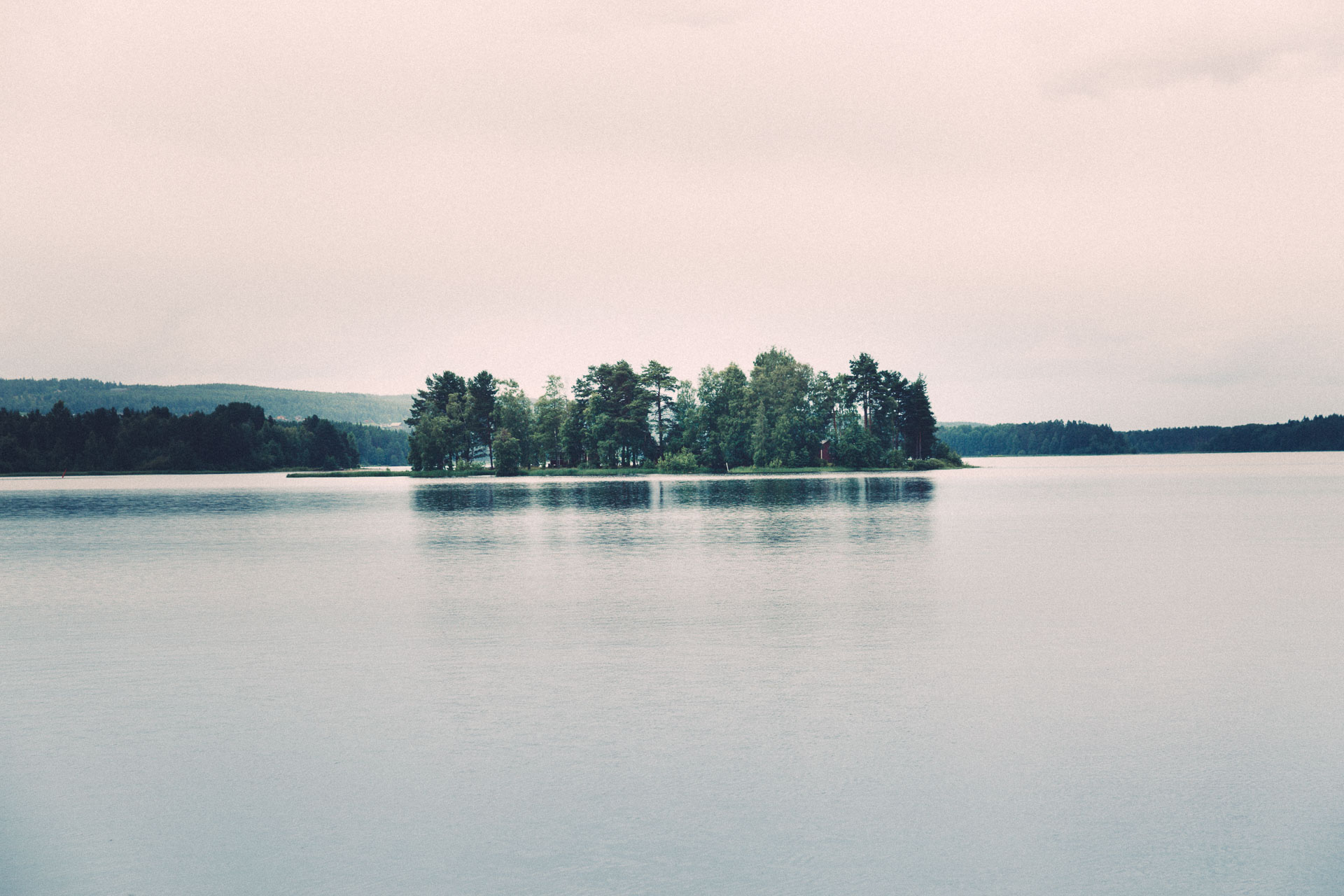
Orsa, Dalarna.
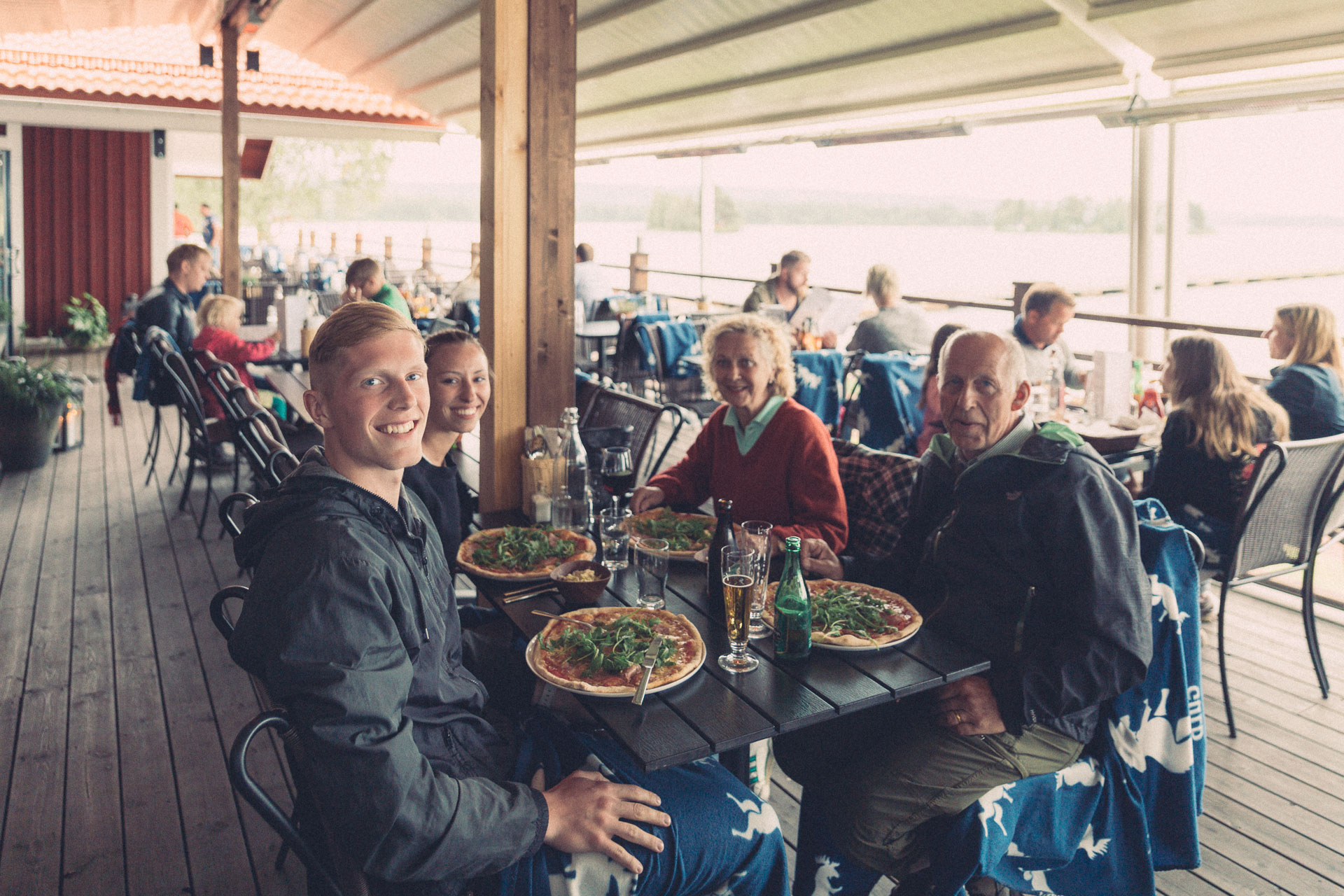
No family trips without family pictures!

After the meal the photography continued.
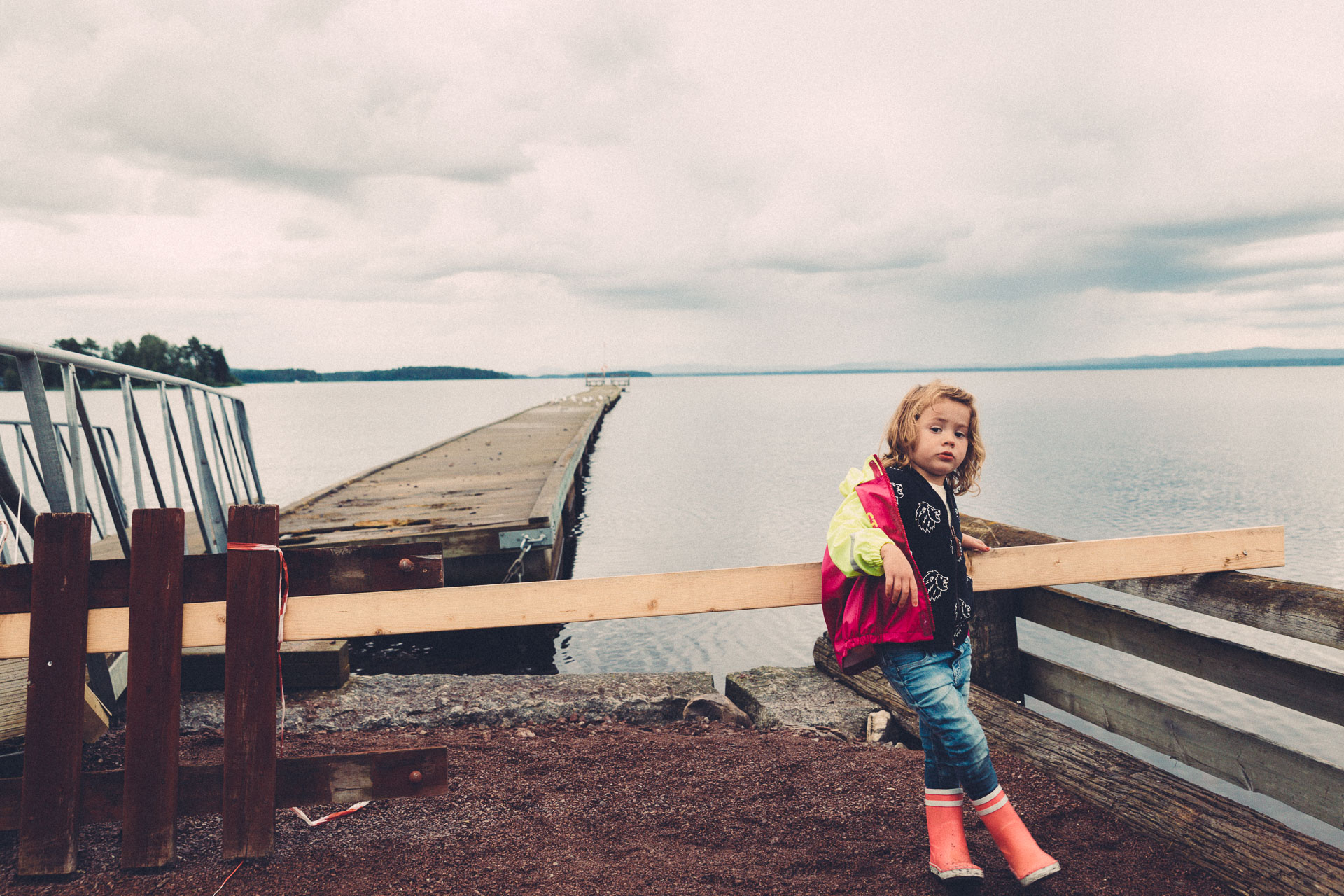
Attitude!

The whole area was very beautiful – or vacker, as it’s called in Swedish.
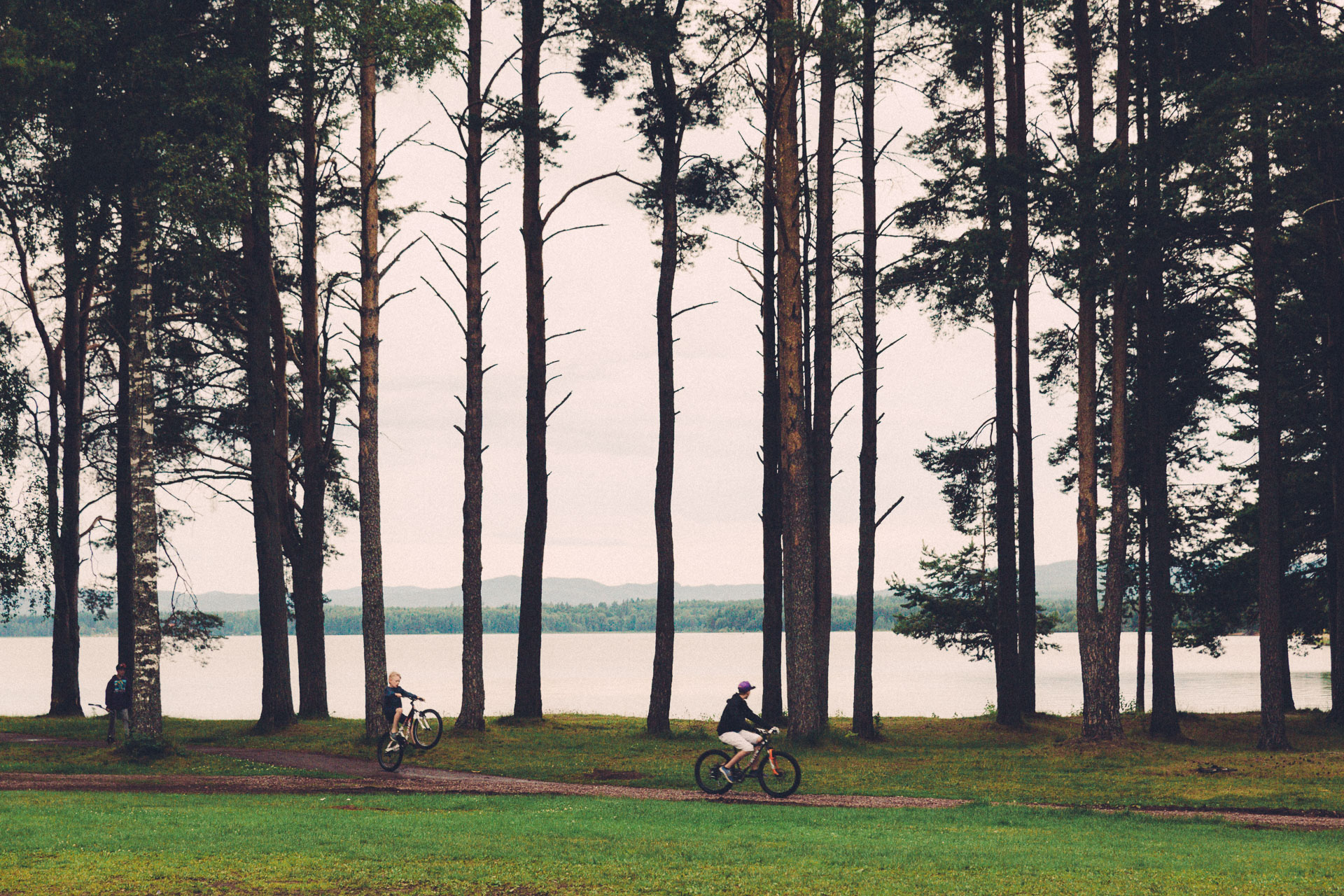
Young gunz.
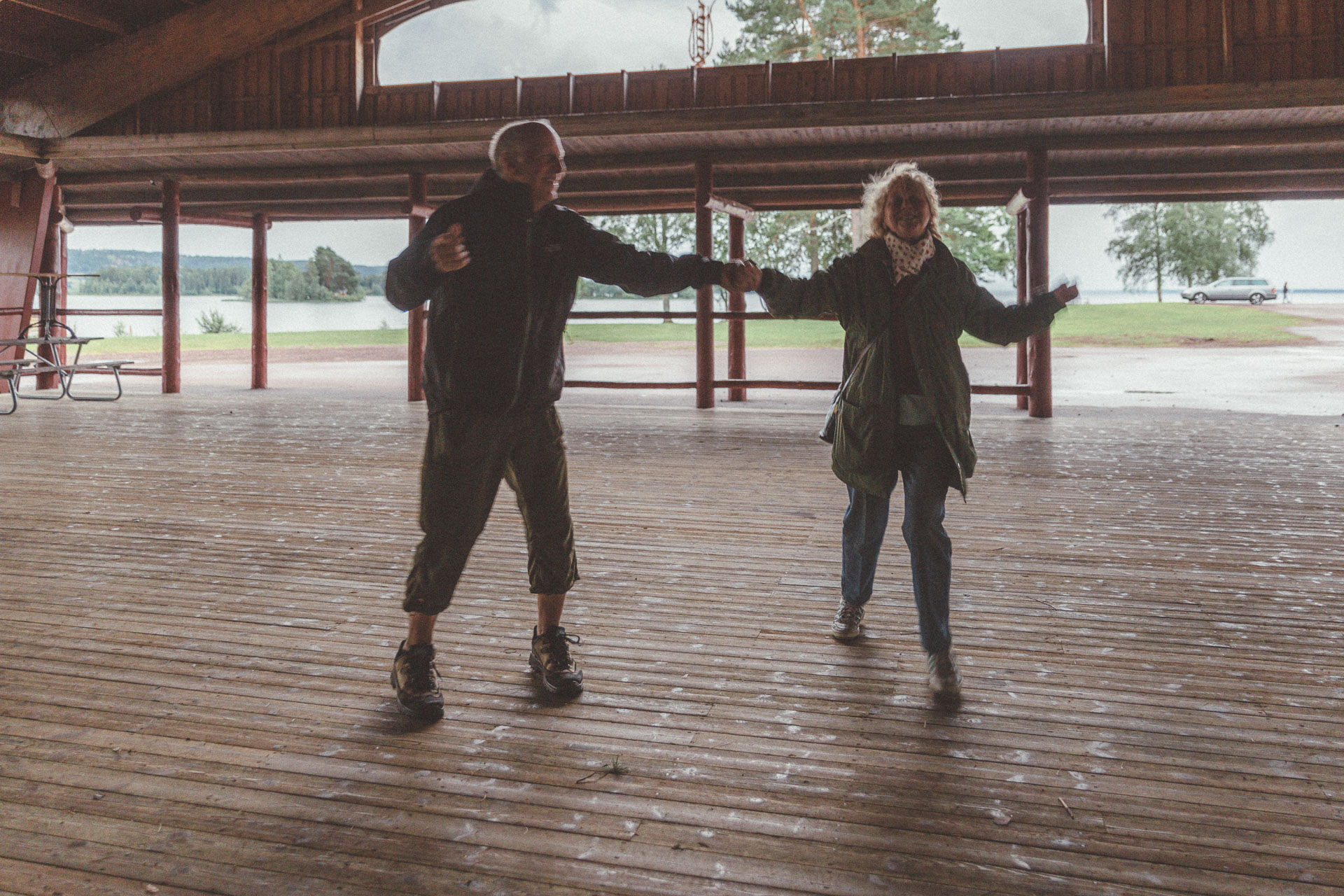
My grandparents dancing as they did when they first met more than 50 years ago.
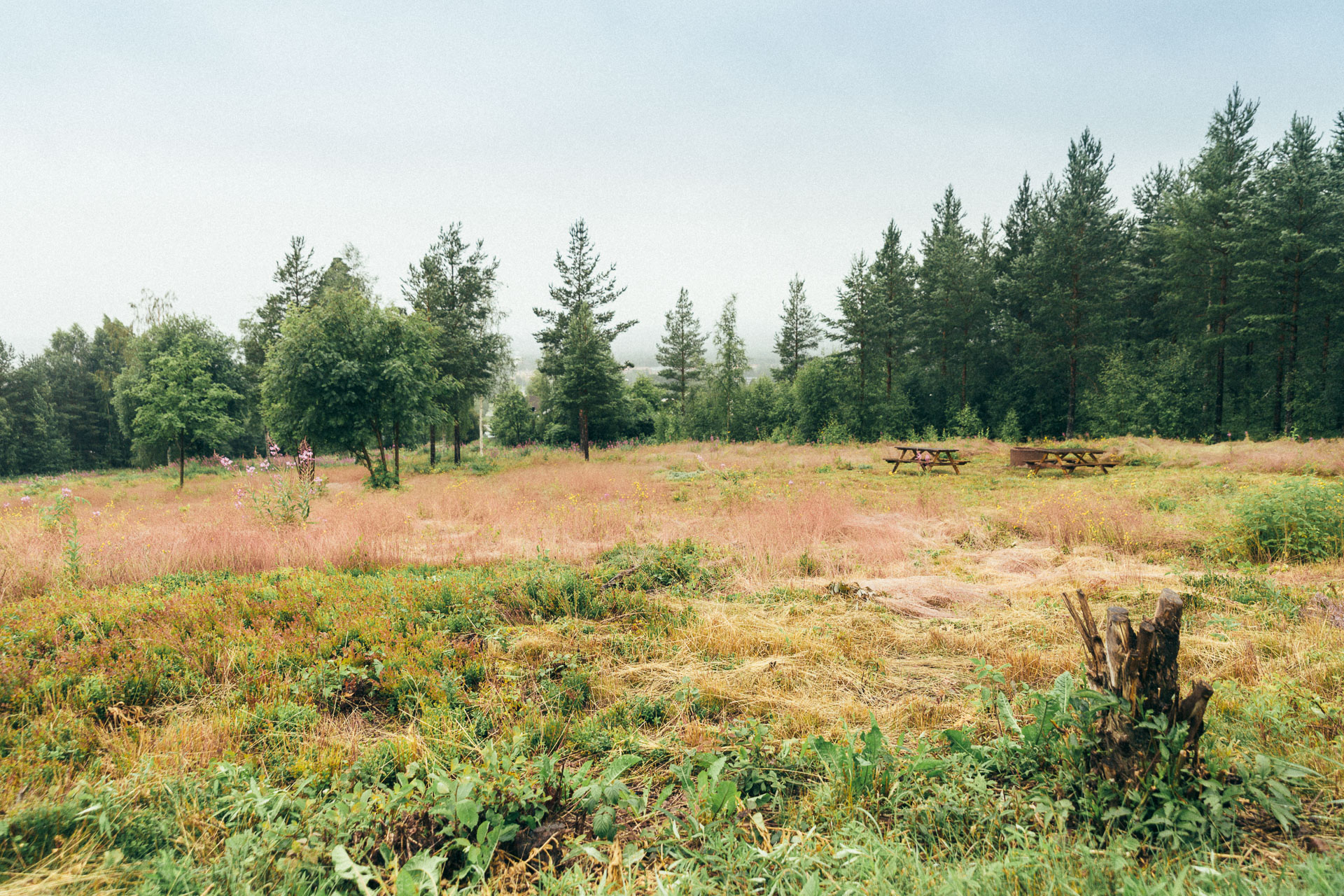
View from our room. Not bad!

The drama in this photo called for some black and white processing.
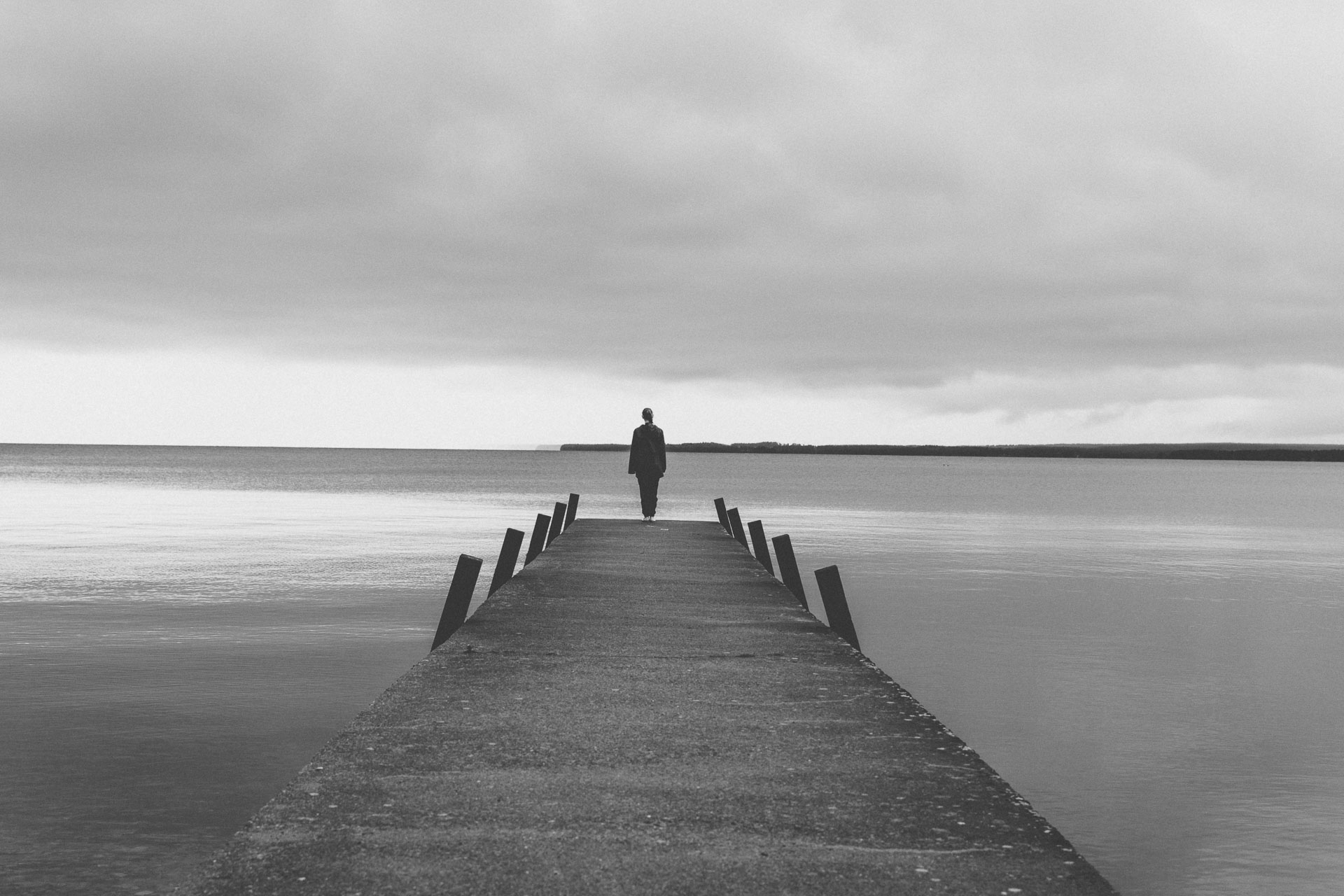
Another pier.
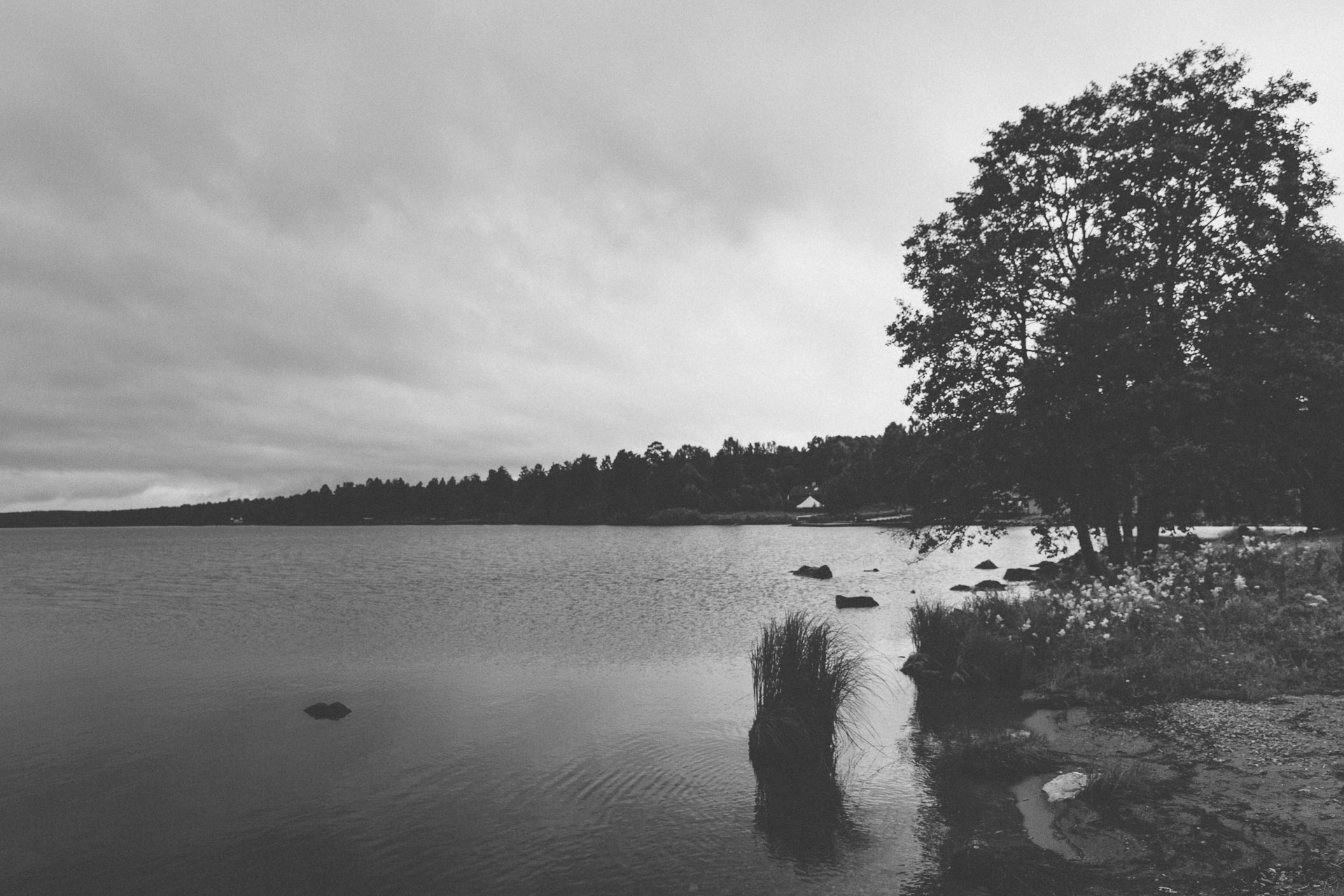
And dramatic landscape.

A rainy sunday.
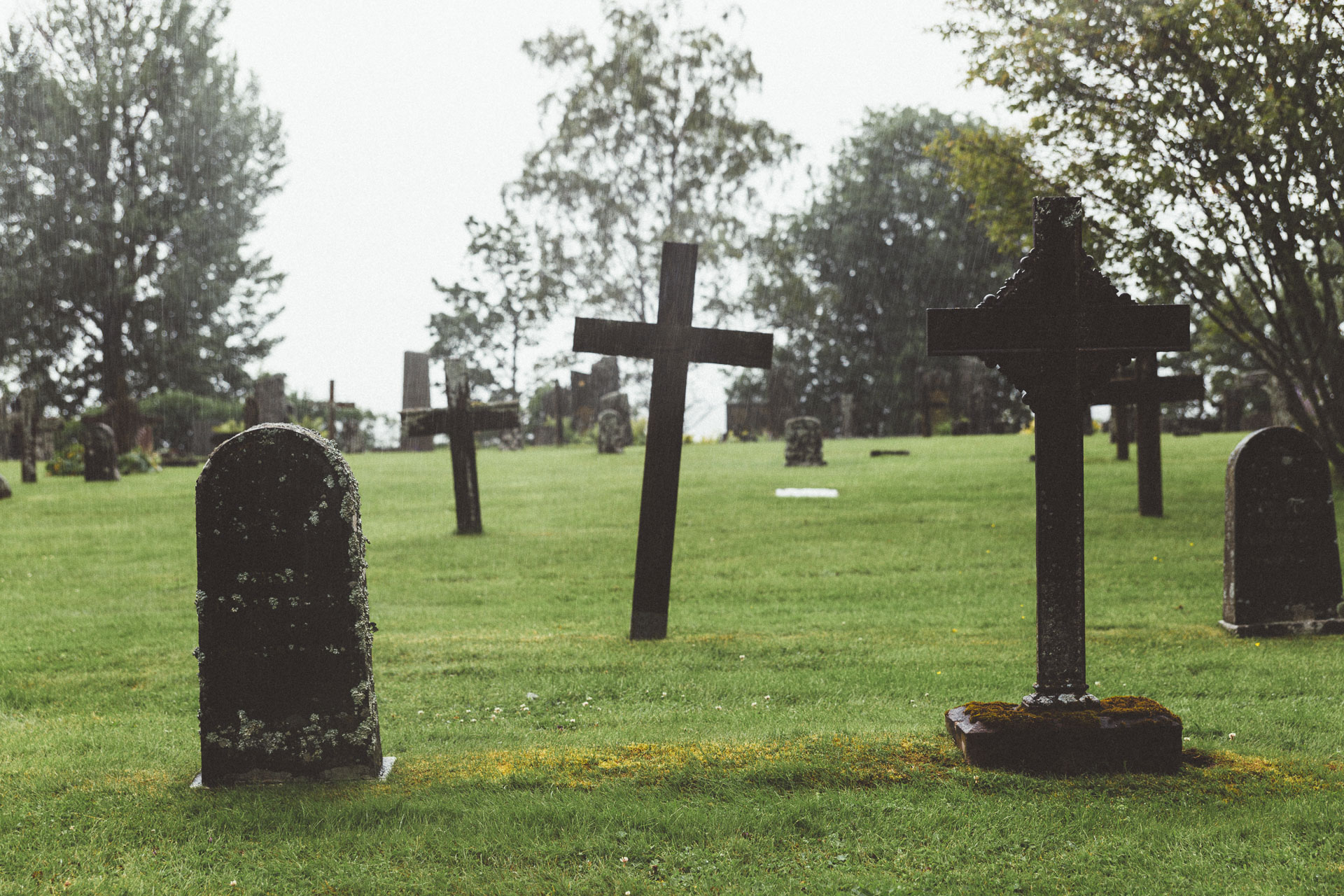
These crosses have stood the test of time.

Fog – “dimma”!
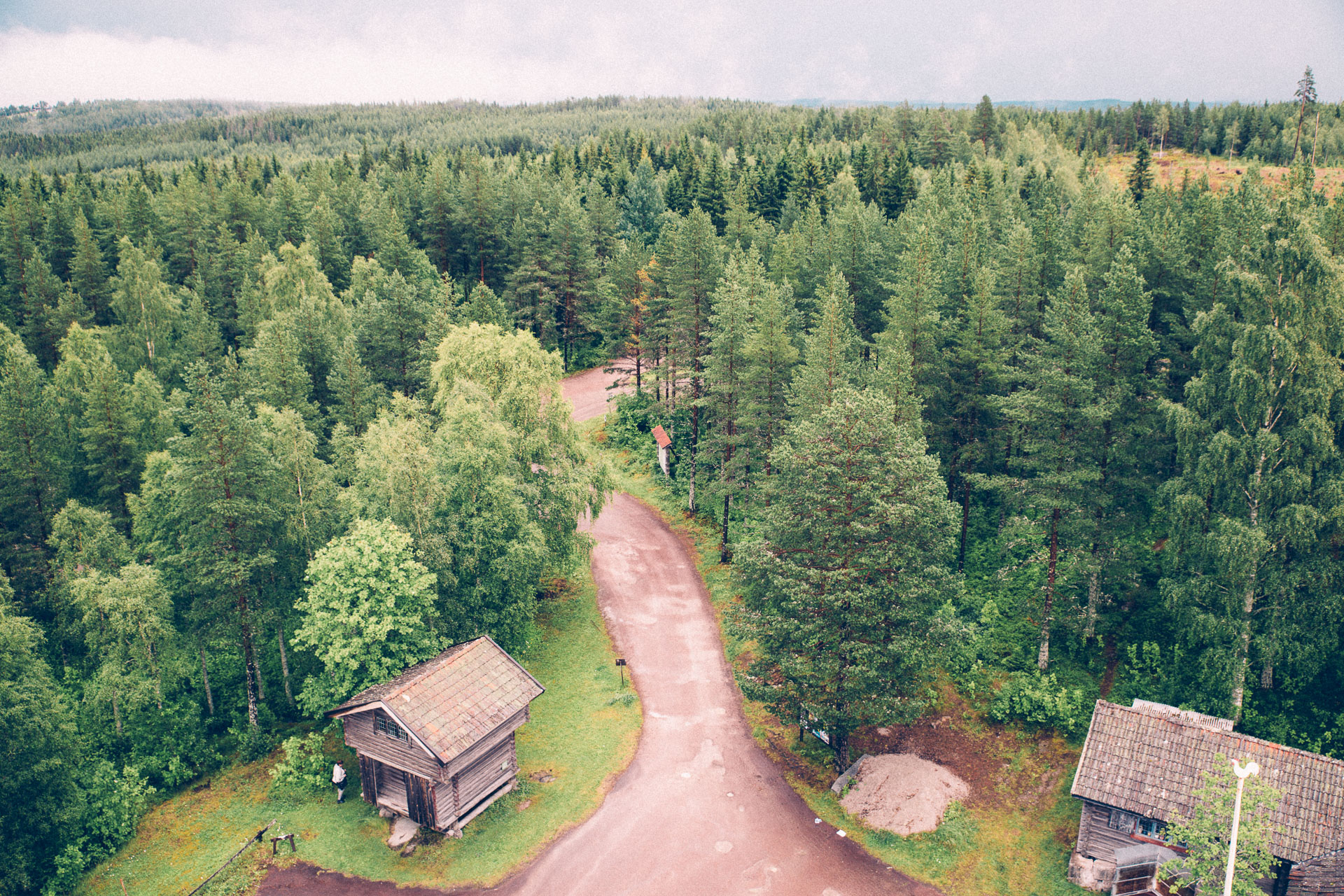
Trees as far as the eye can see.

Overlooking Rättvik.

Back in Södertälje, my fathers birthplace.
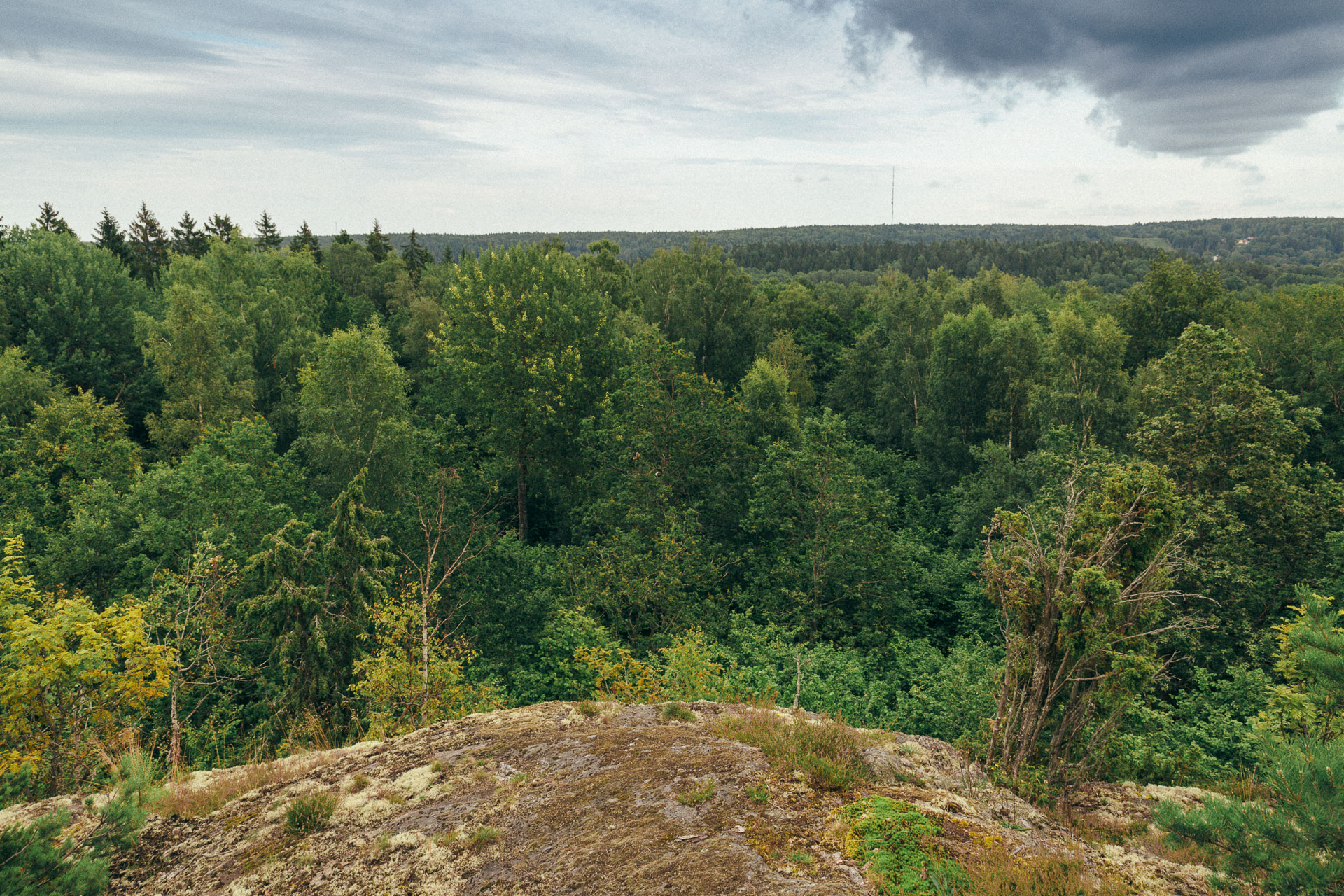
It almost looks like a tornado.
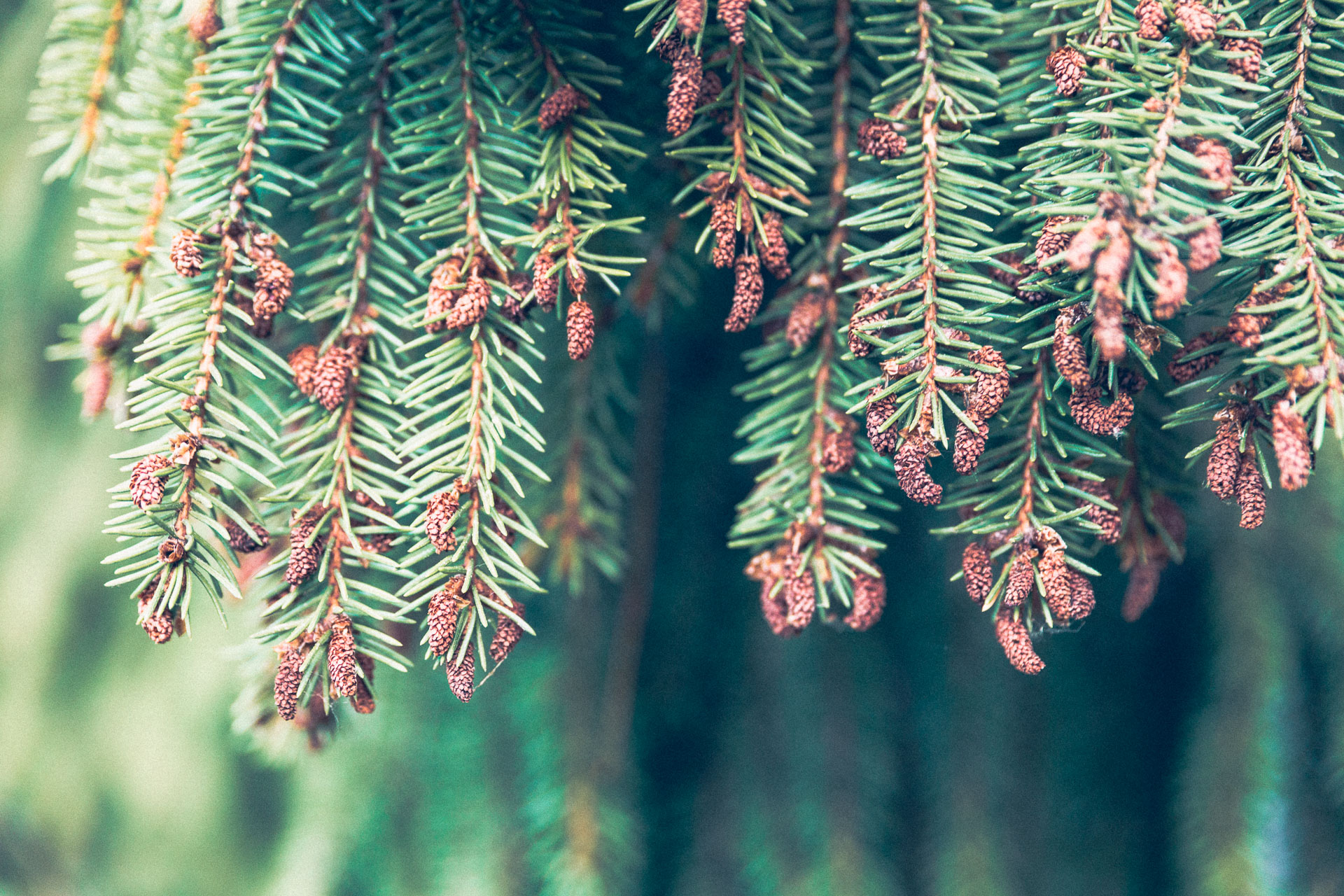
Pines.
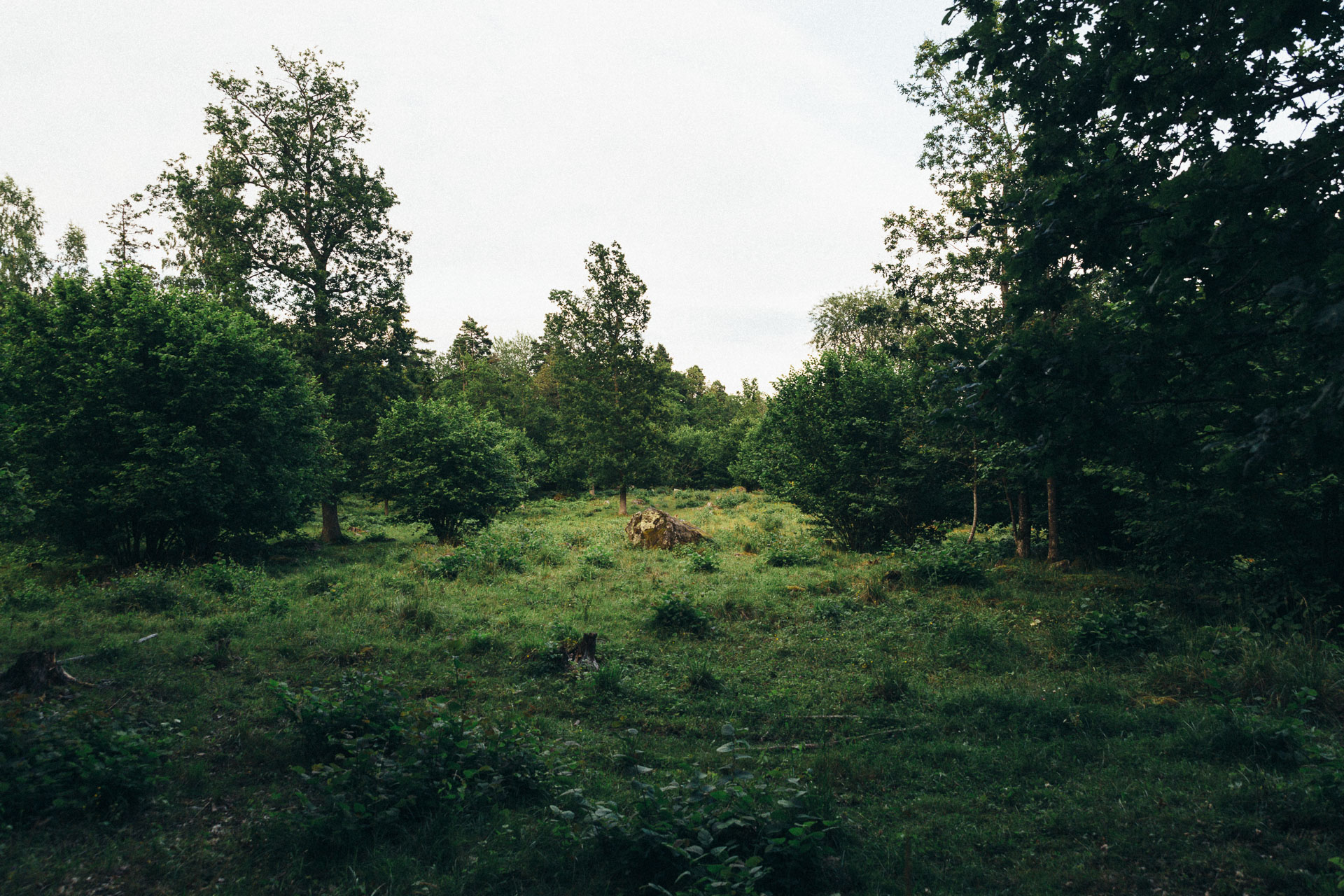
Last landscape before heading south to Skåne.
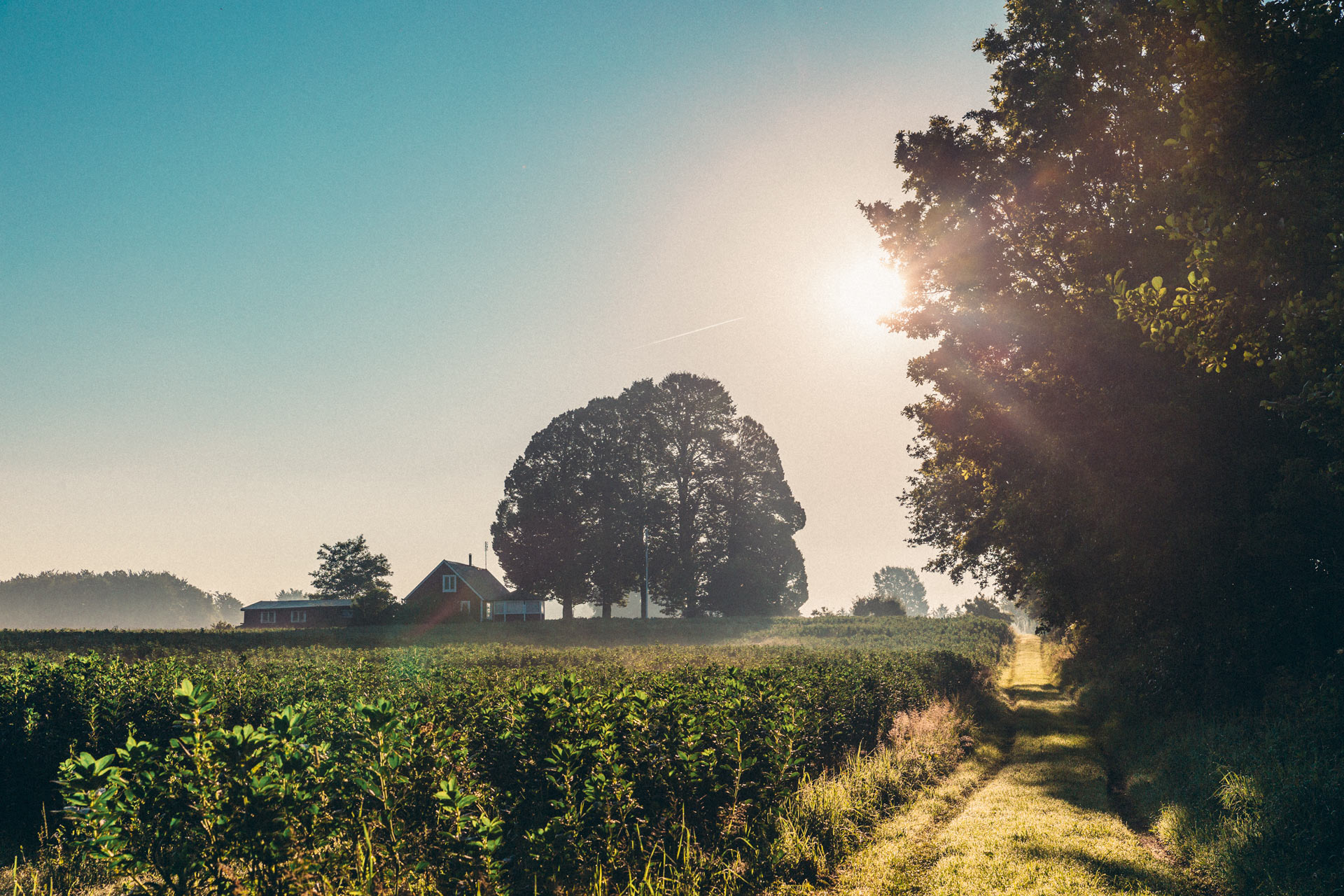
Sunrises rarely dissapoint.

Swedish fields.

Everything seems to come to life!

Thanks for being so stunning, Sweden. I can’t wait to see where future travels will take me!
A day in Prague
During a weekend in Prague with Growbx-related work (more info on that soon!) I was able to take a few hours out of the itinerary and see the photogenic city.
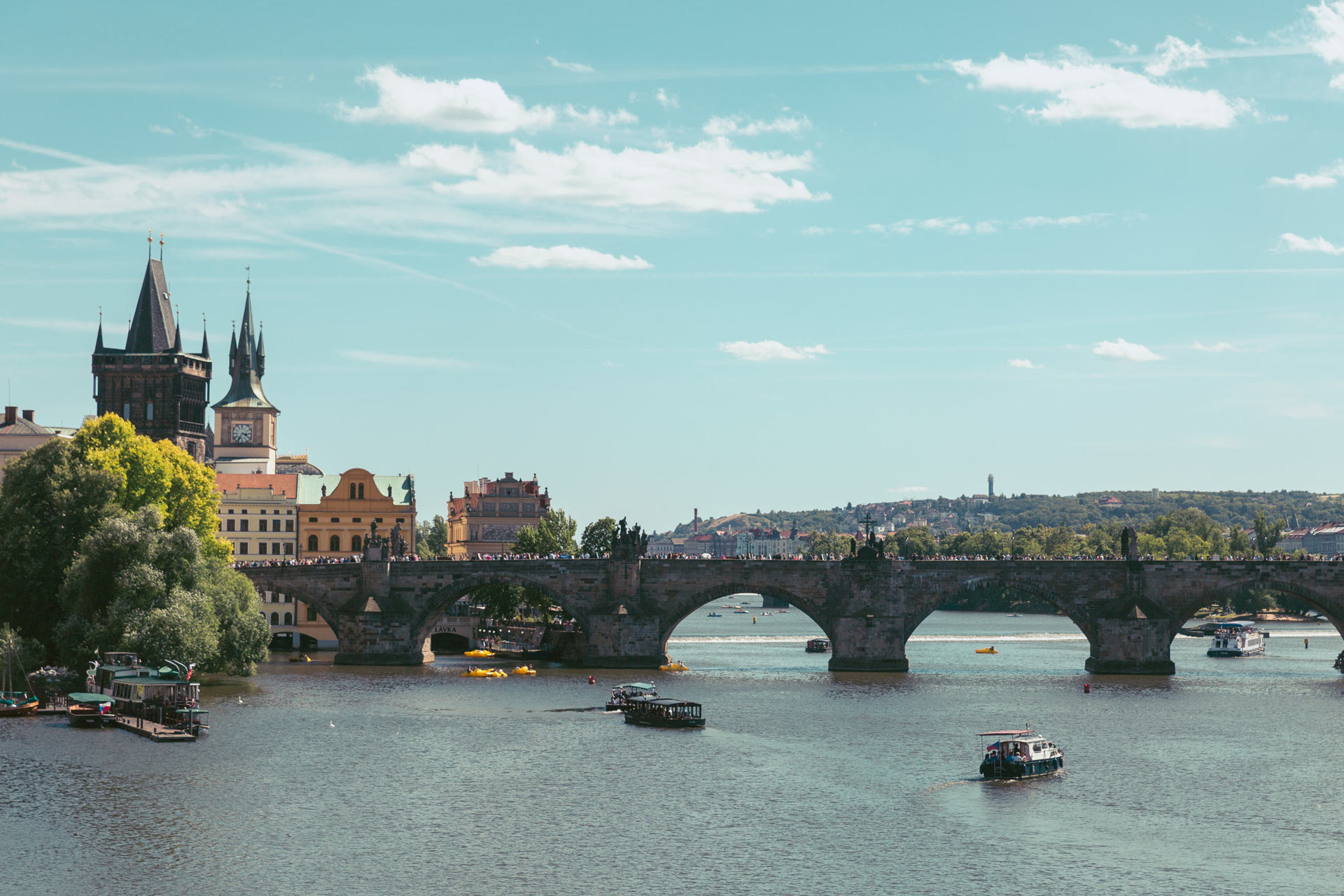
The beautiful Charles Bridge from afar.
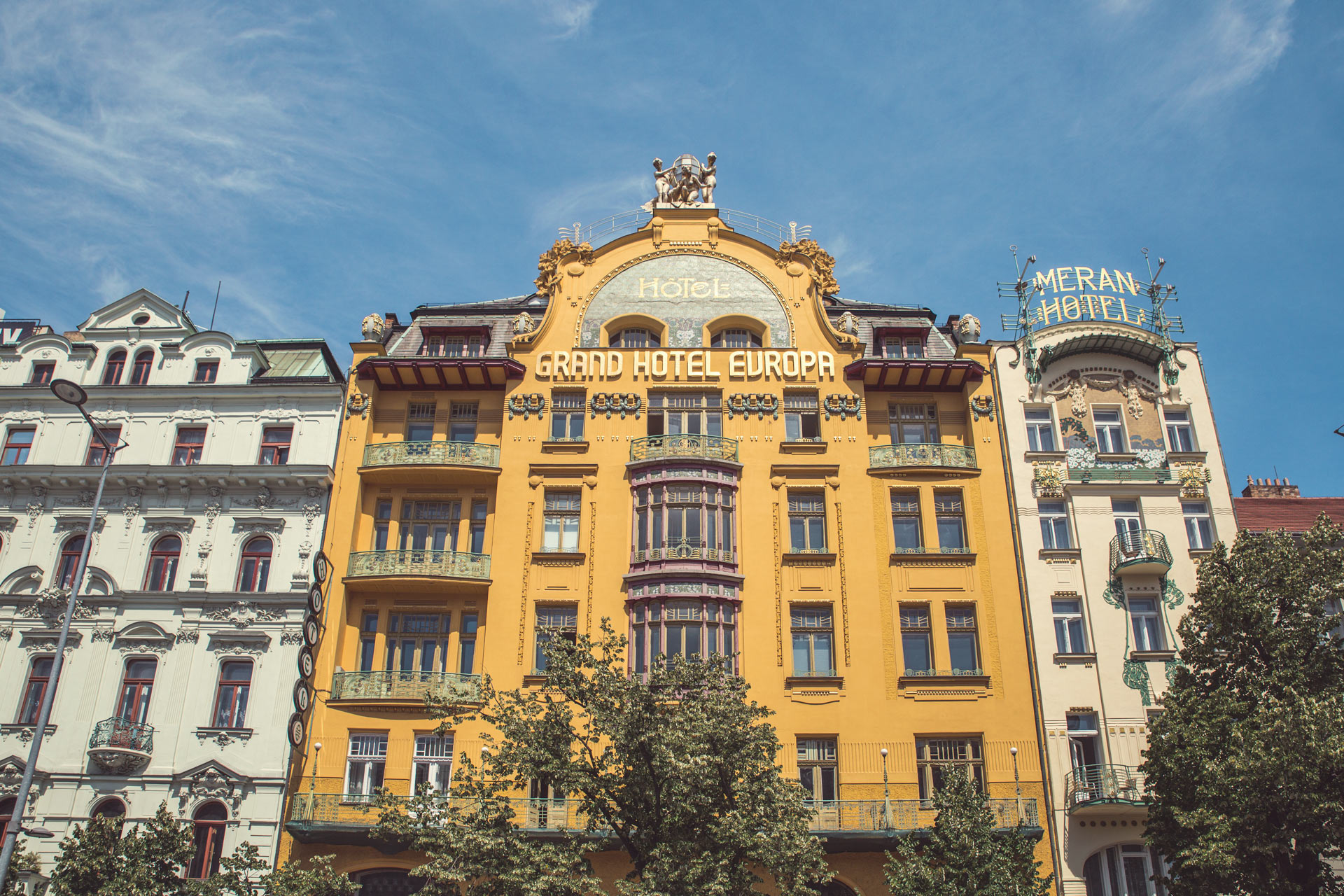
The very art noveau Grand Hotel Europa, currently closed for the public.
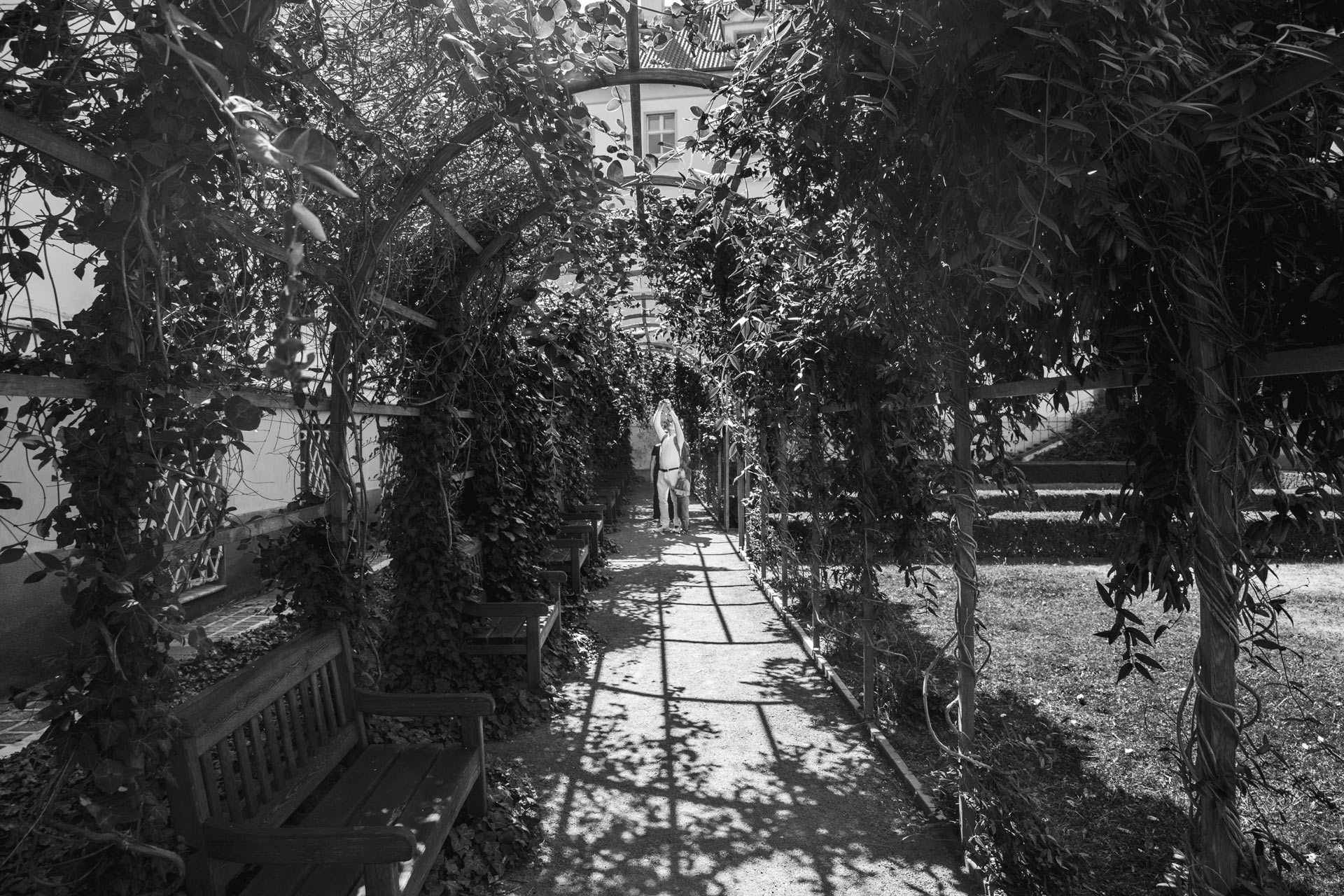
Lines and circles in nature.
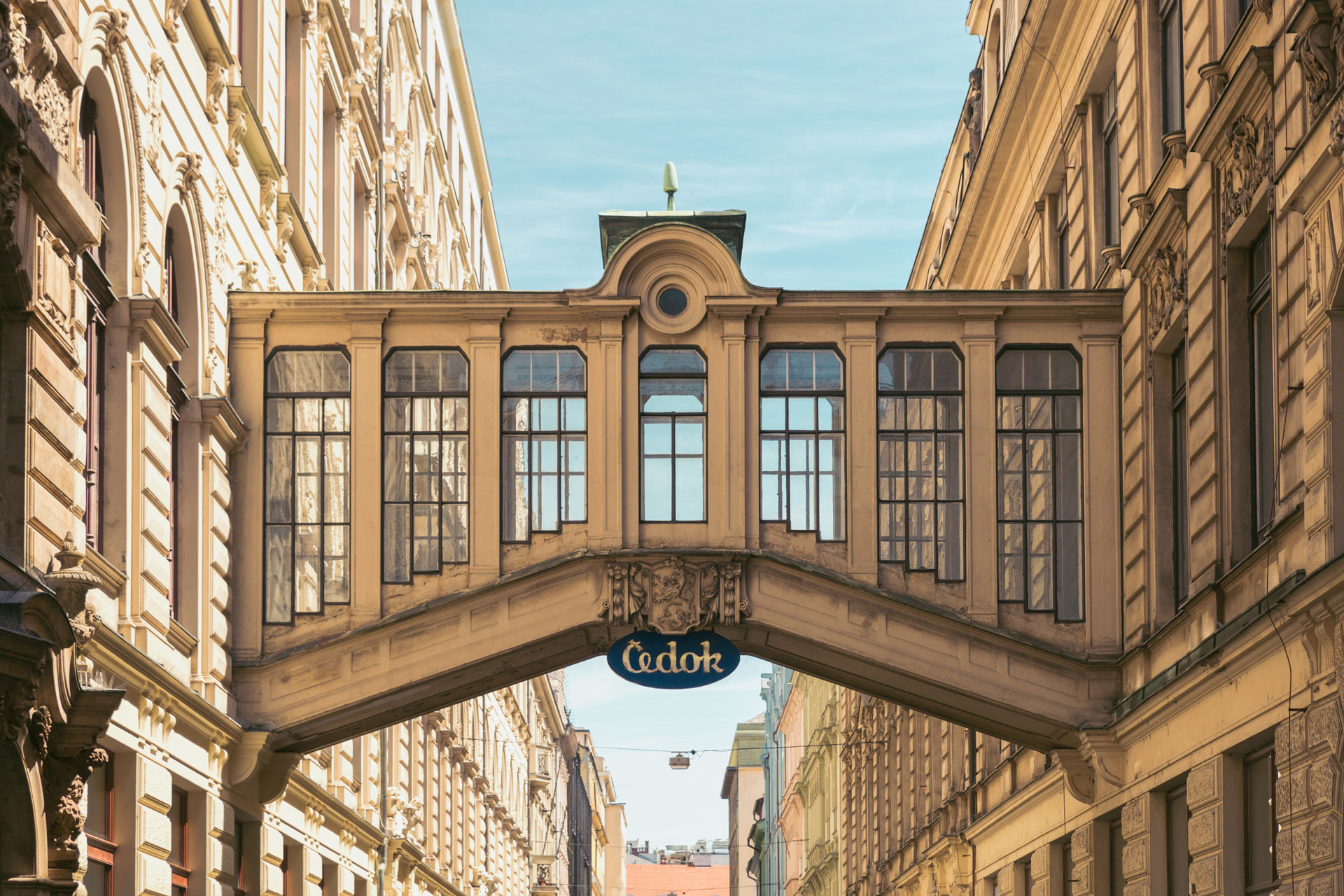
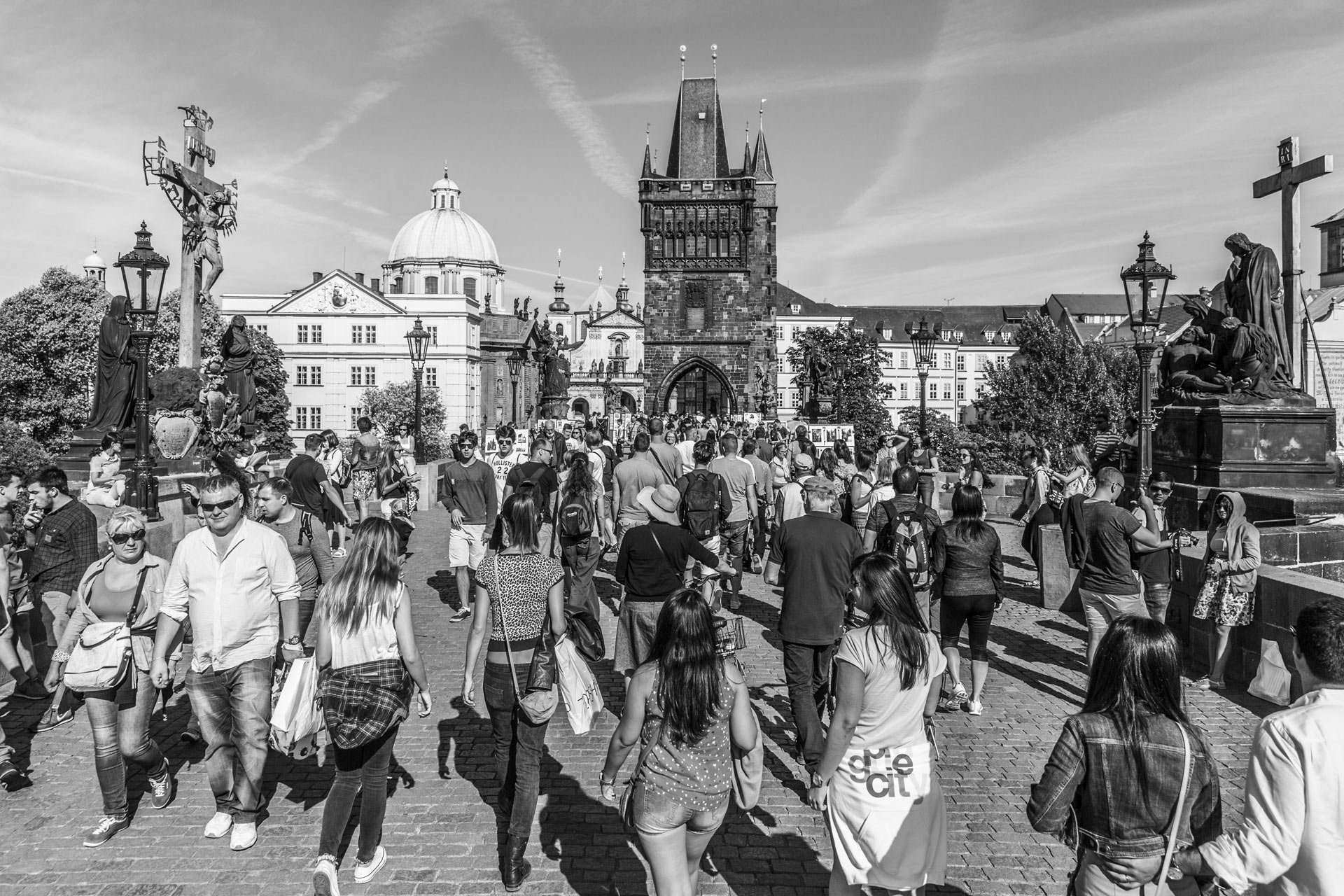
Charles Bridge up close. 621 m long and decorated with 30 baraoque statues (originally from around 1700 but now all replicas)
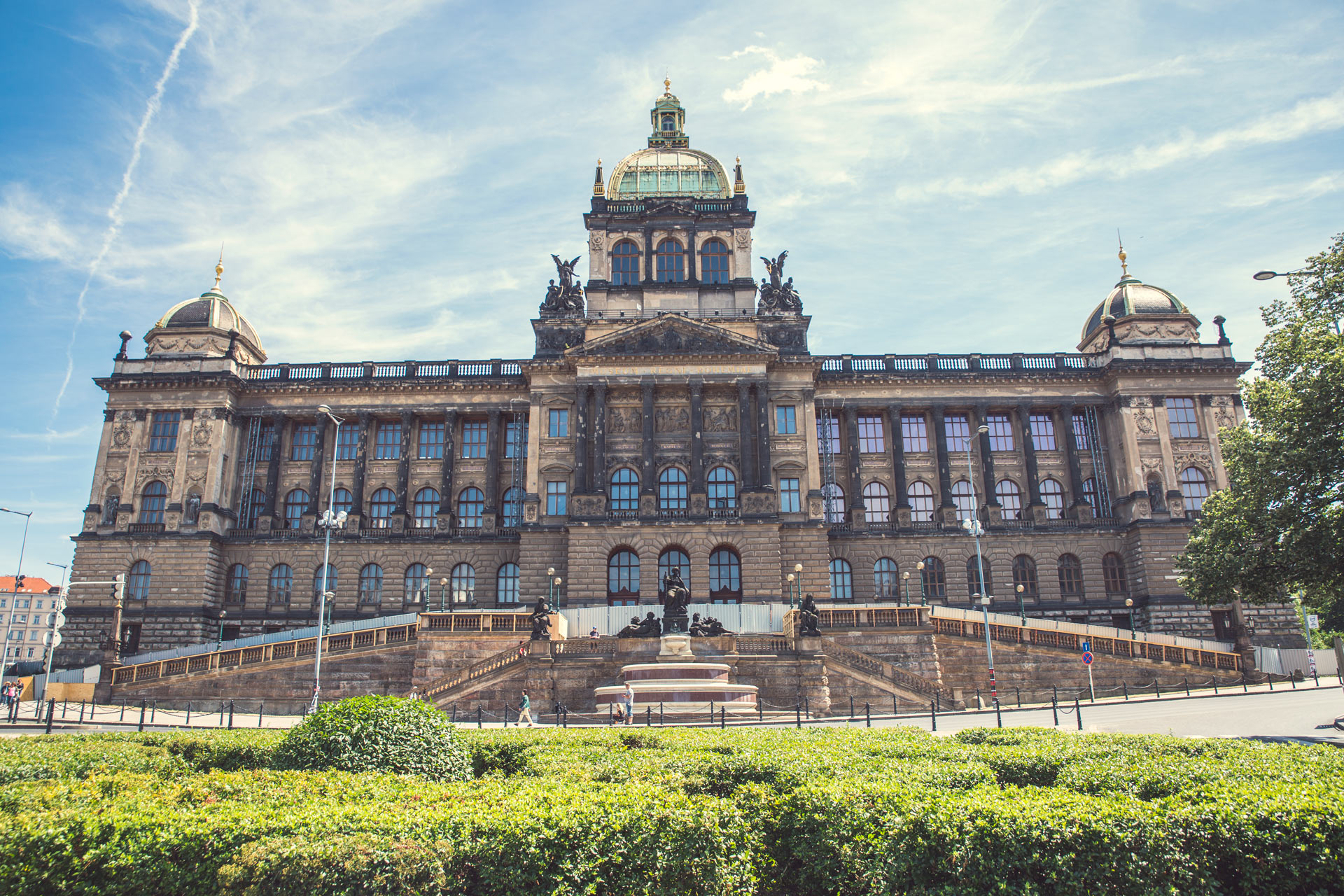
The National Museum of Prague.

These funky cars drove around everywhere. A lot cooler than red tourist busses!
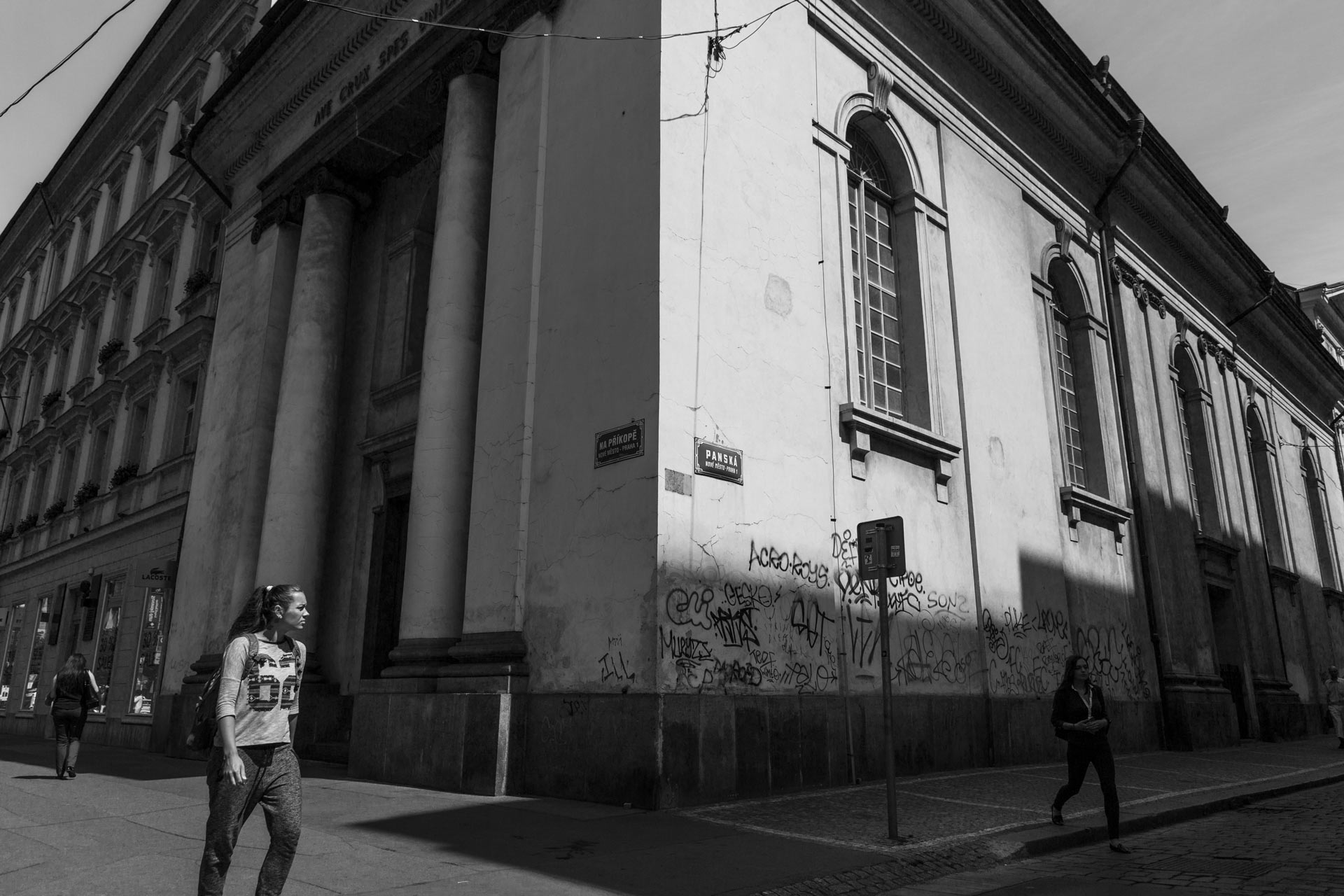
Prague inhibits a great balance of light and shadows.
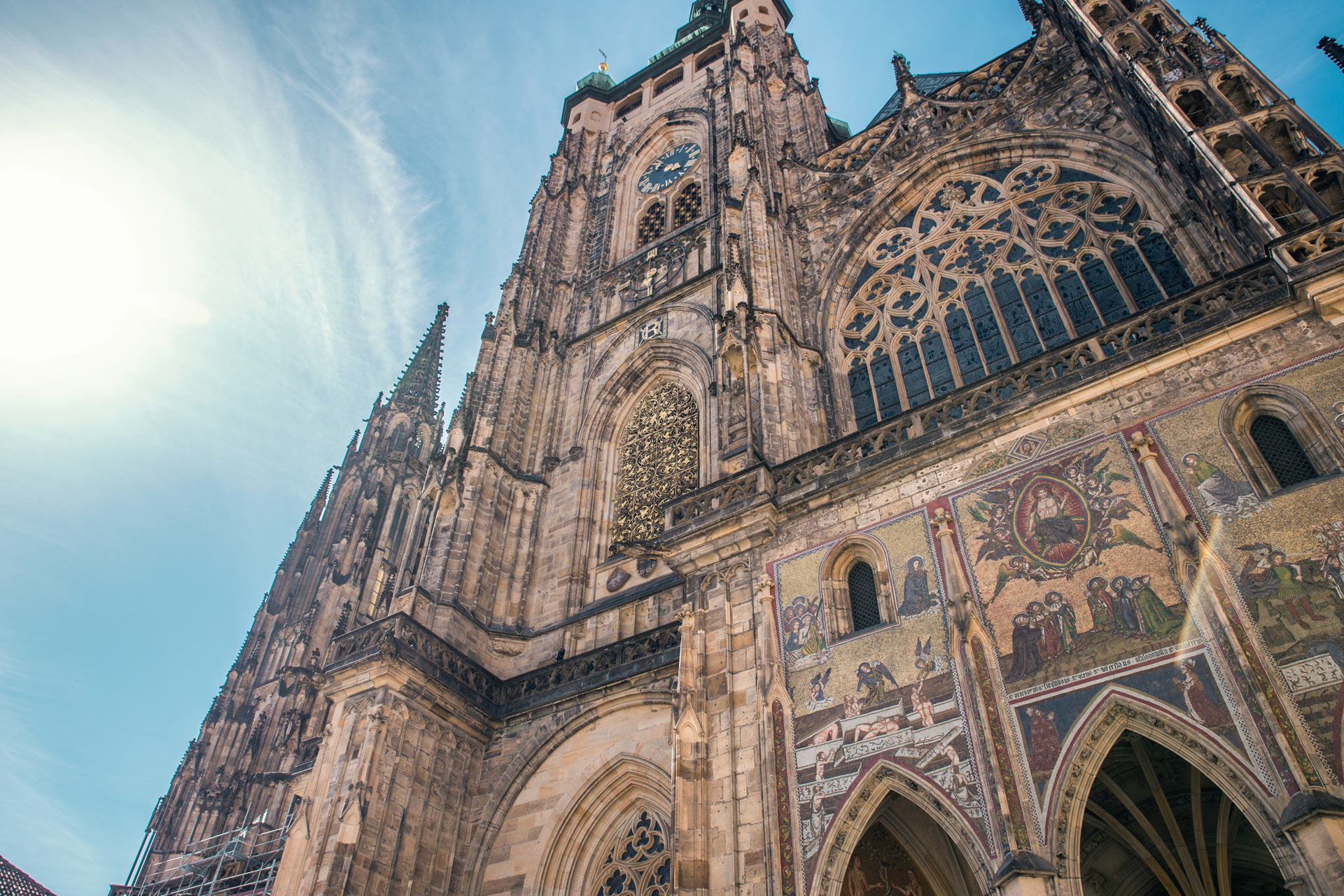
The Prague Castle is the largest ancient castle in the world.
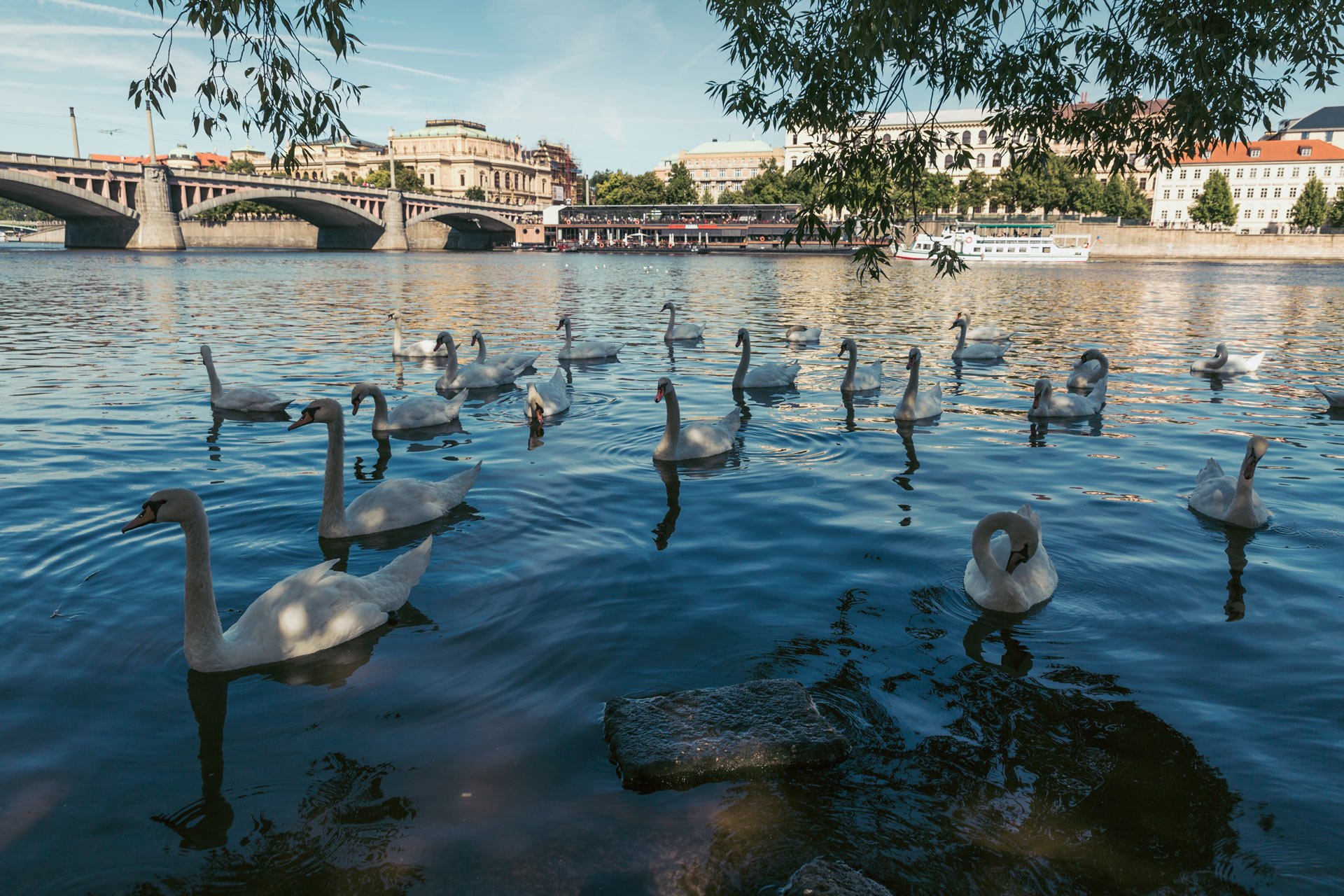
Swans.
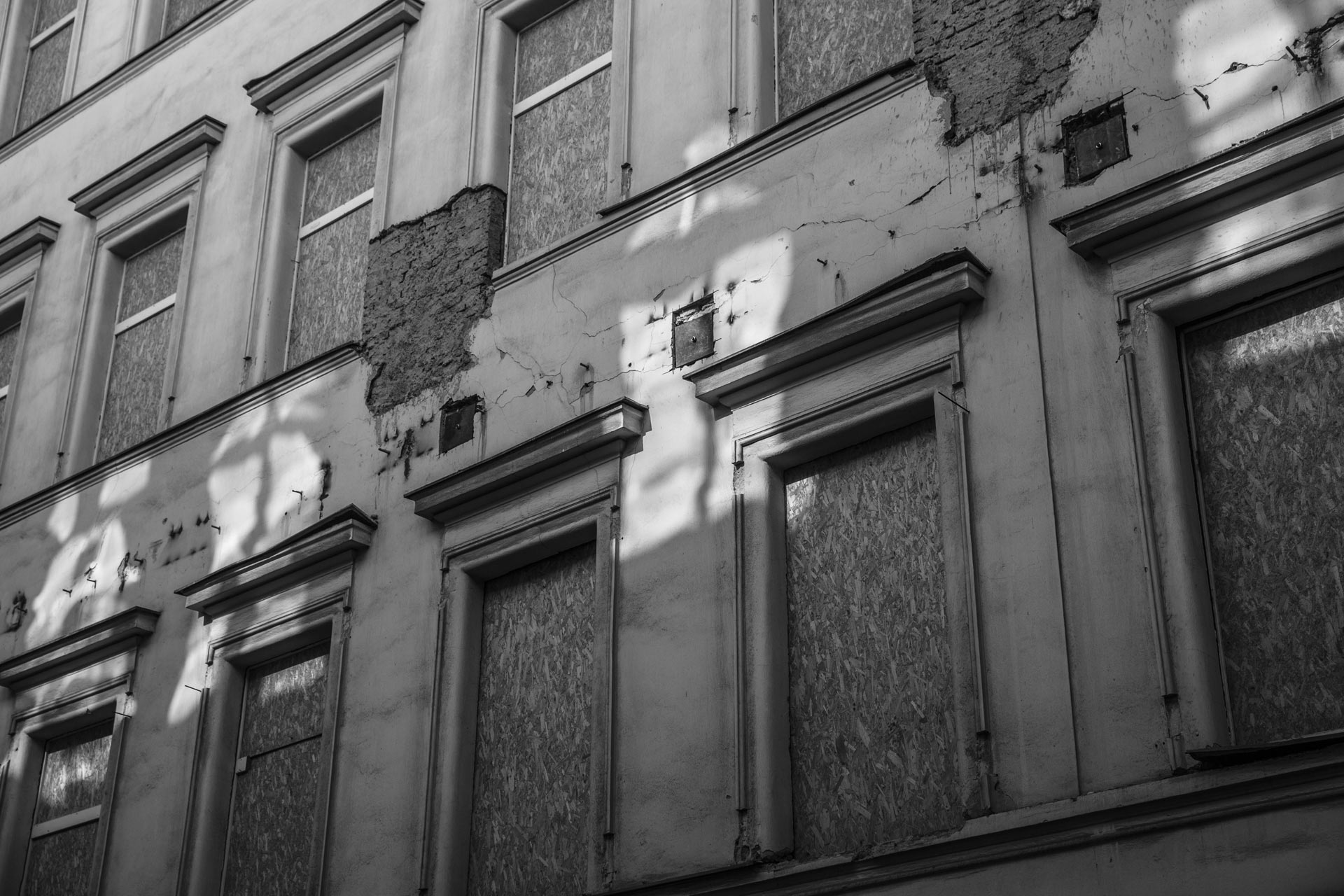
More light play.
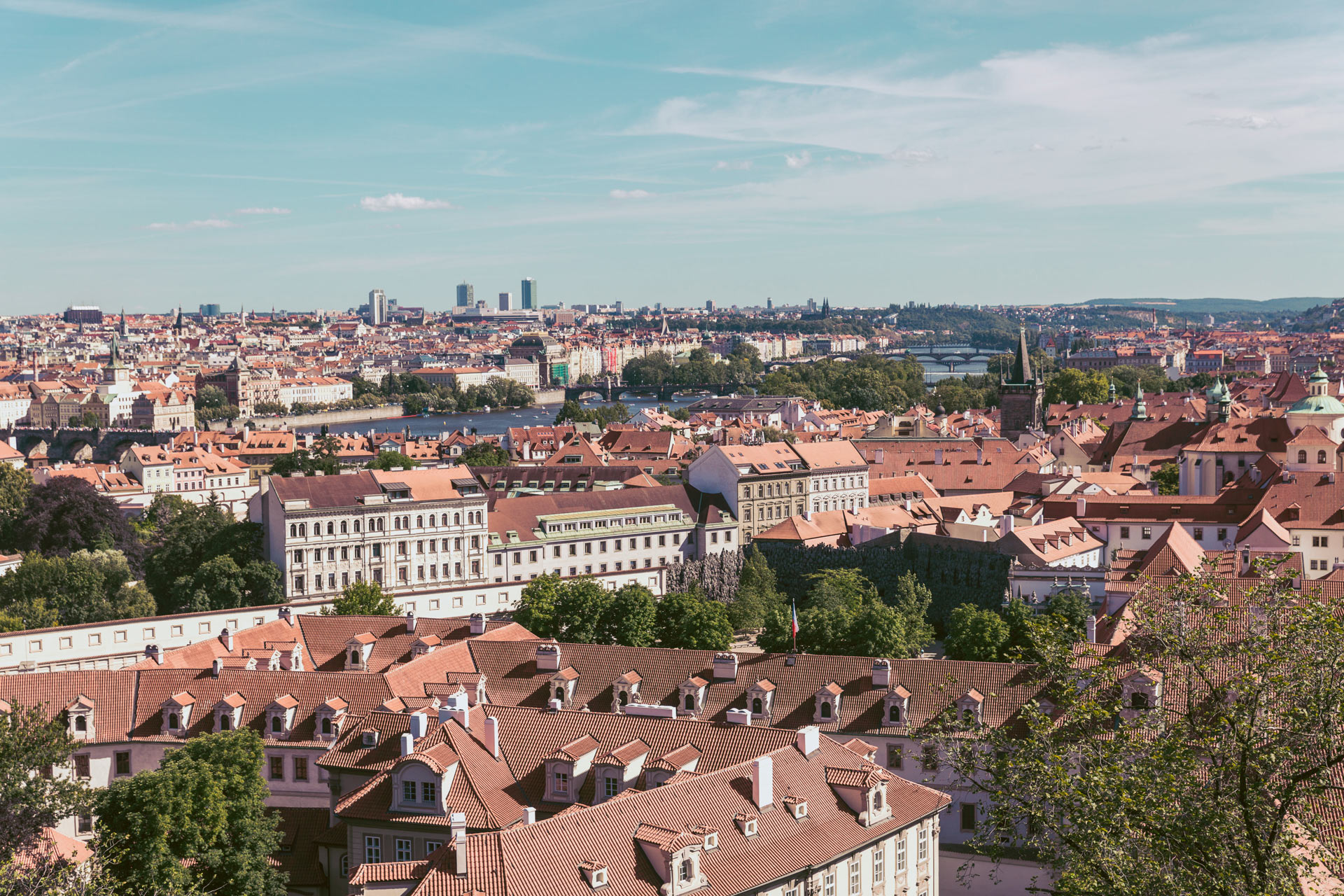
Rooftop view.
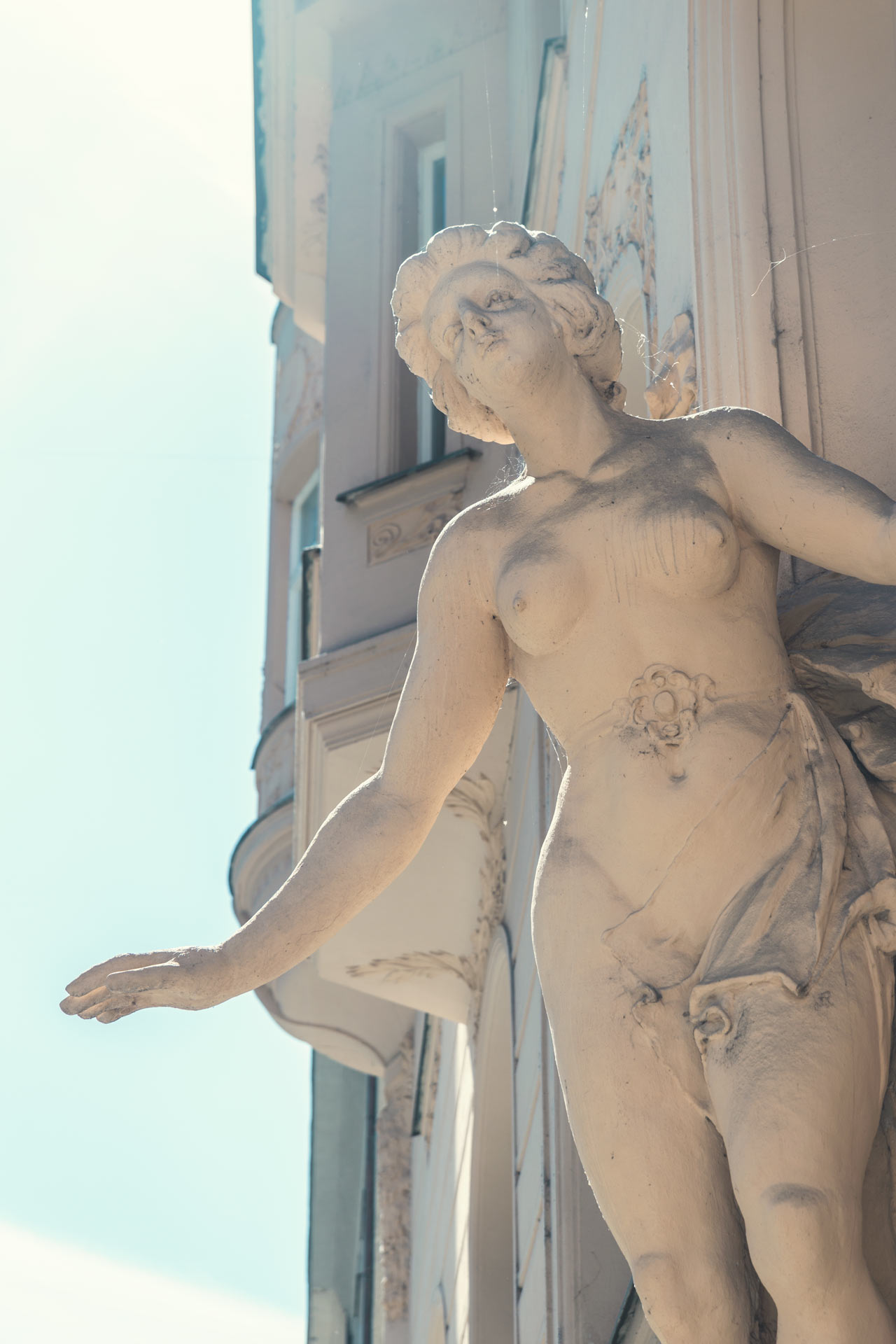
Lots and lots of great statues all over the city!
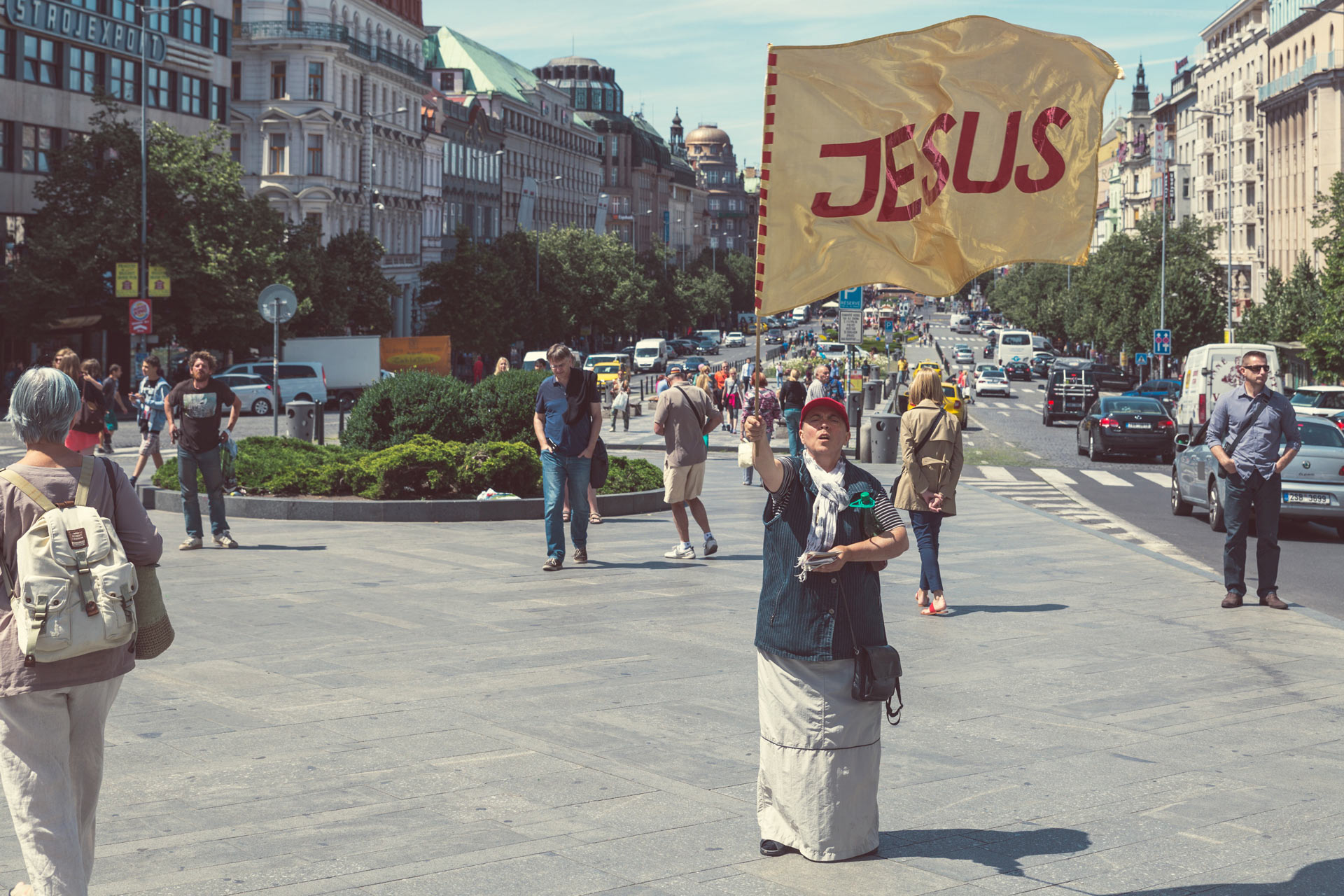
The faith is strong. 5 hours later she still stood there.
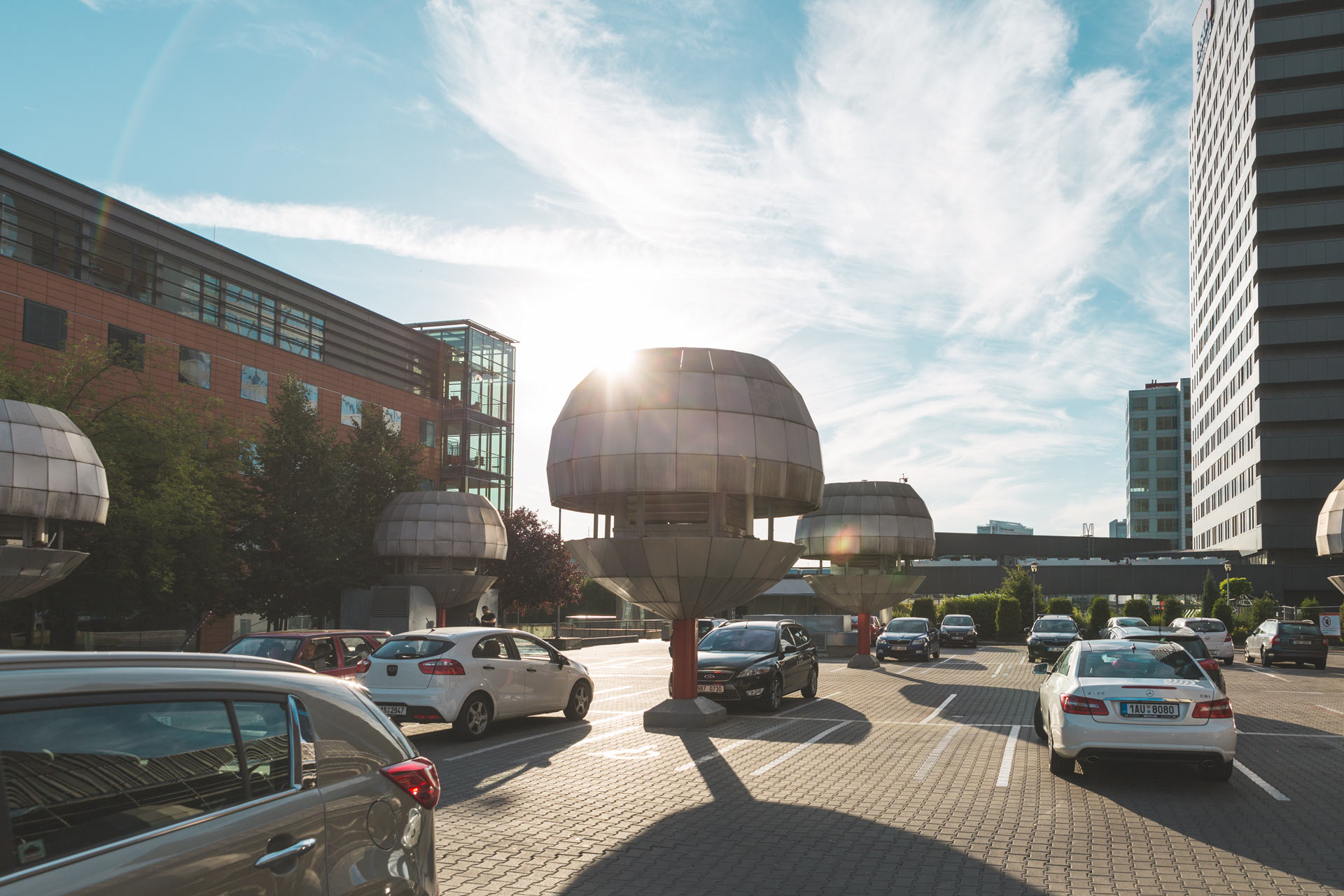
Giant golf balls?
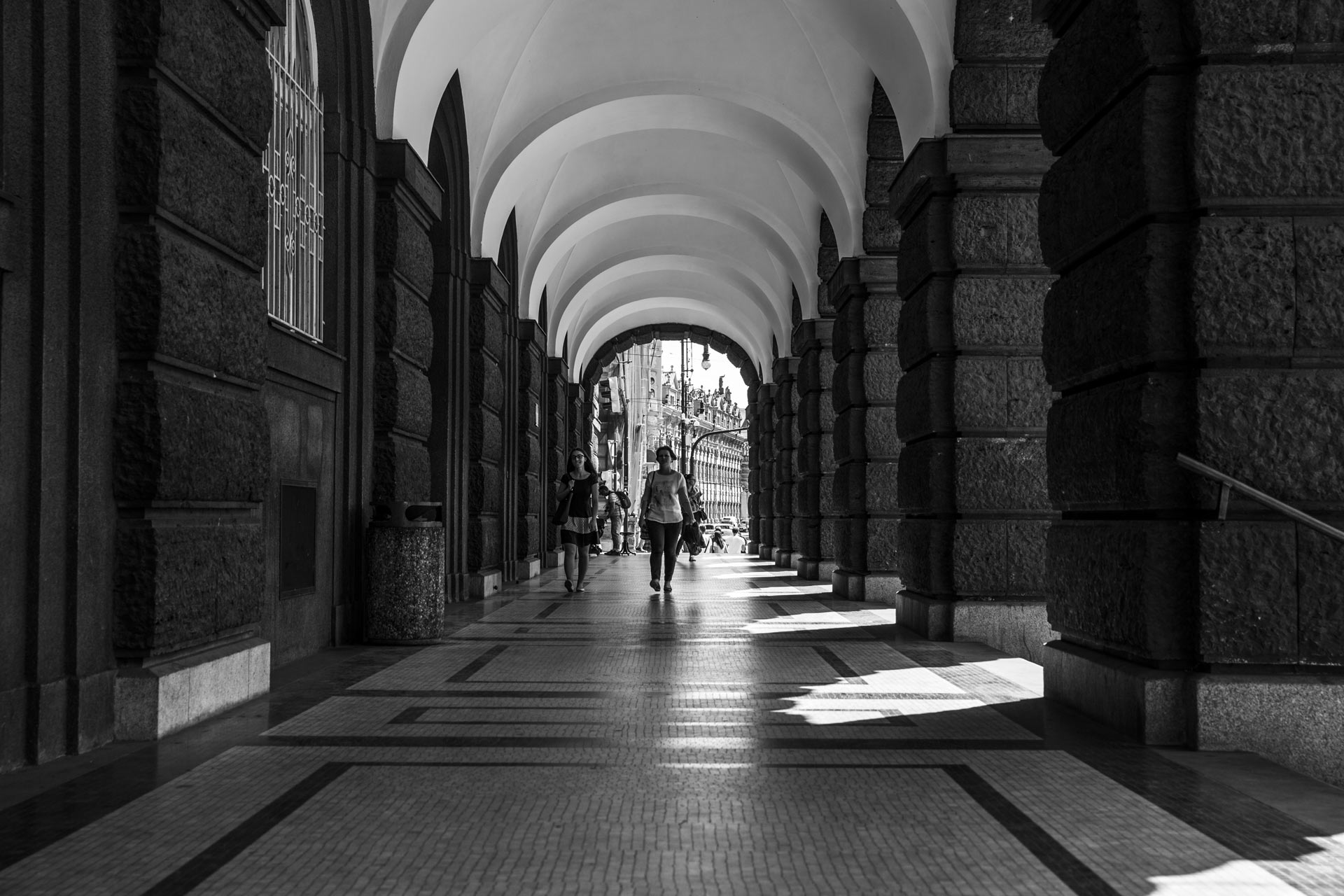
Great city for leisurely strolling.
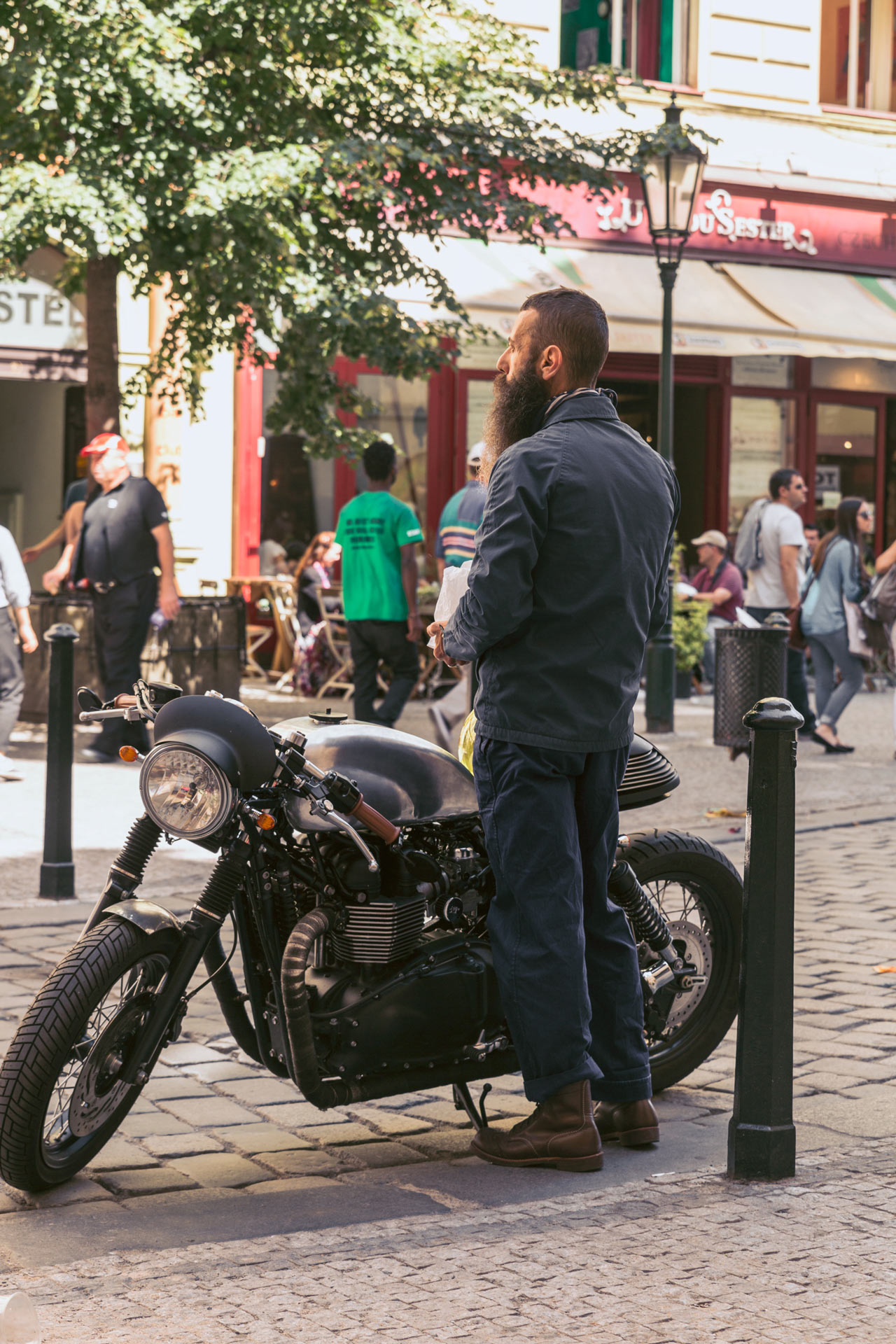
A classy man and his bike, paparazzi style.

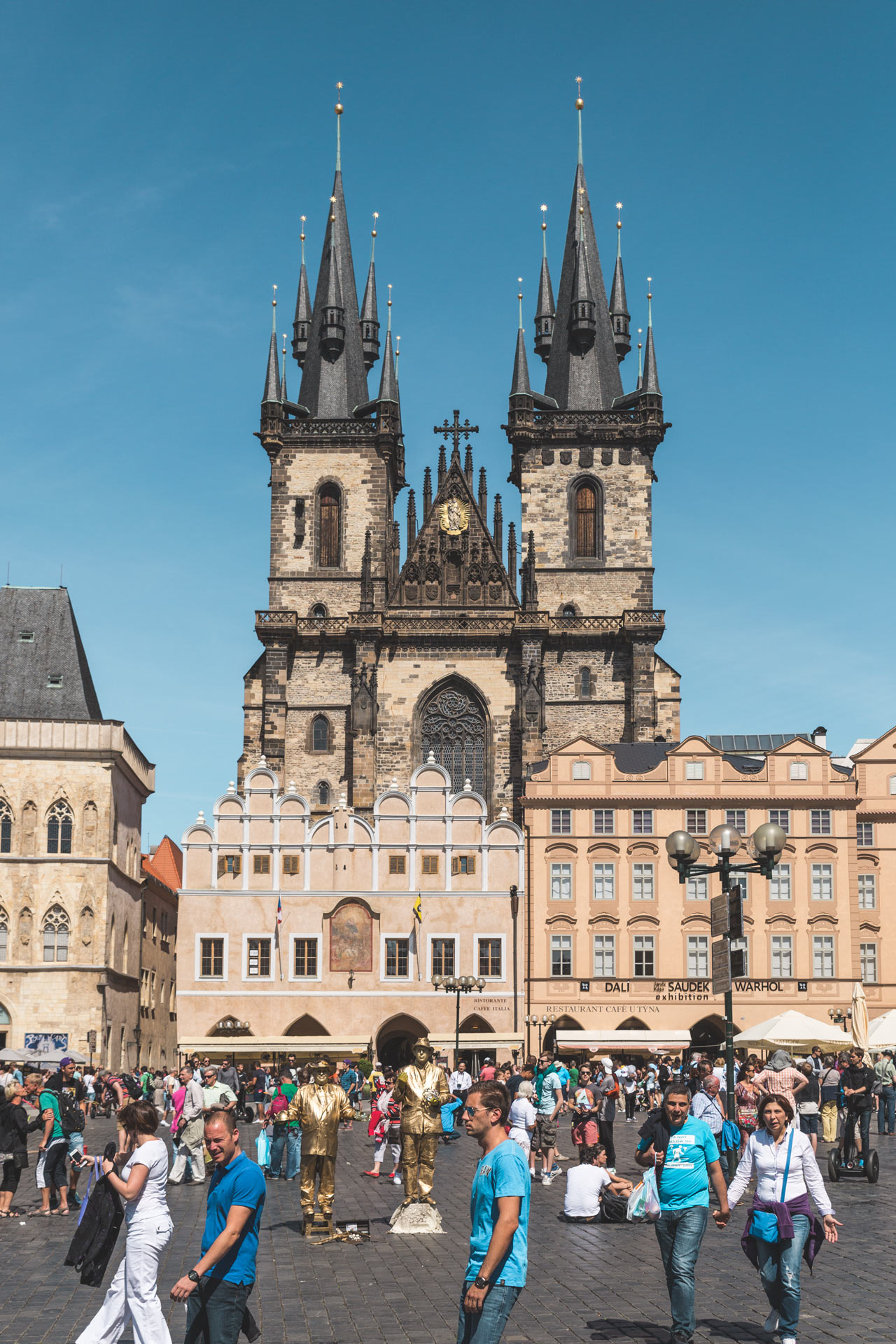
The architecture is very rewarding if you’re able to ignore the tourist (Segway!) invasion of the city centre.
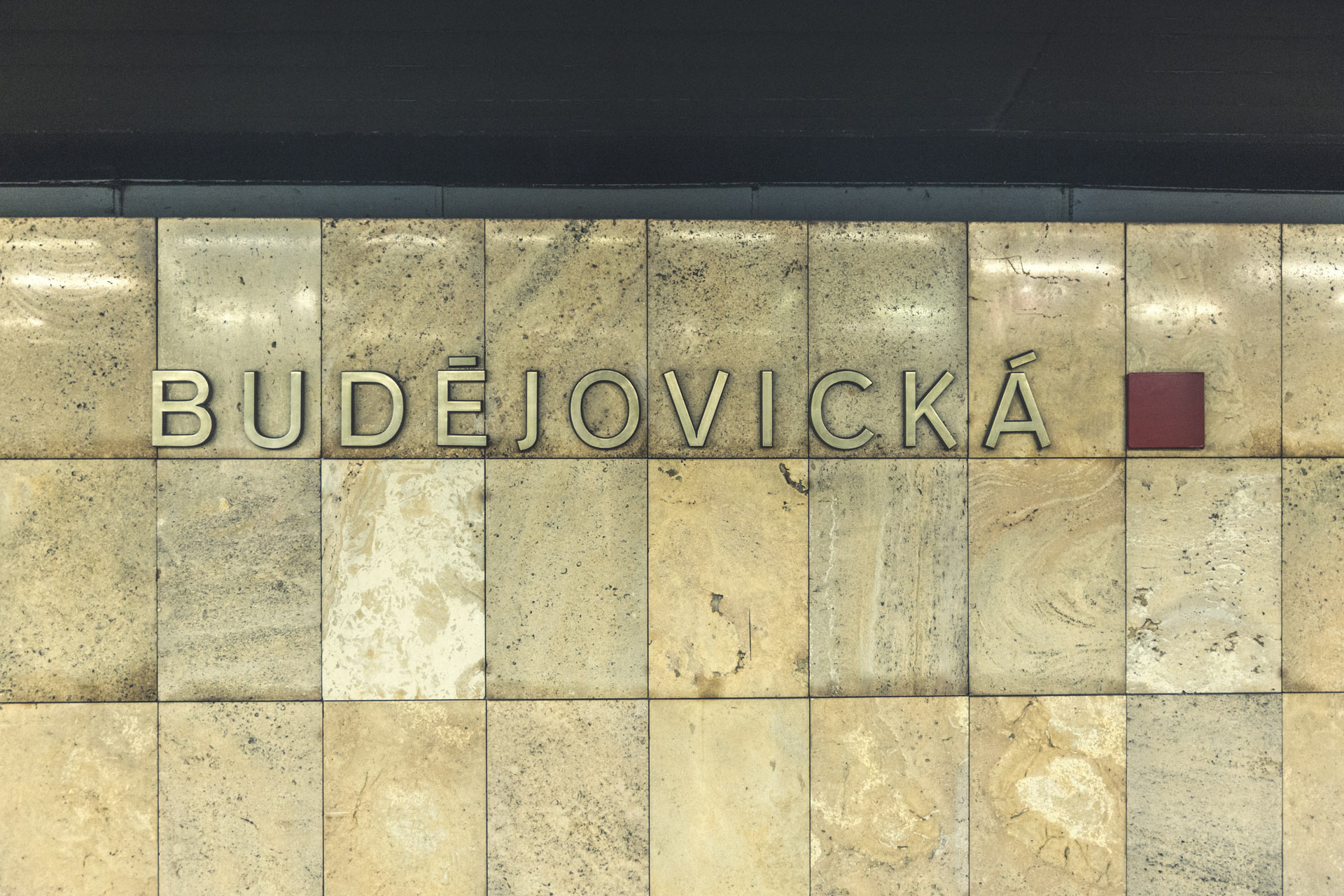
My home base for the weekend.
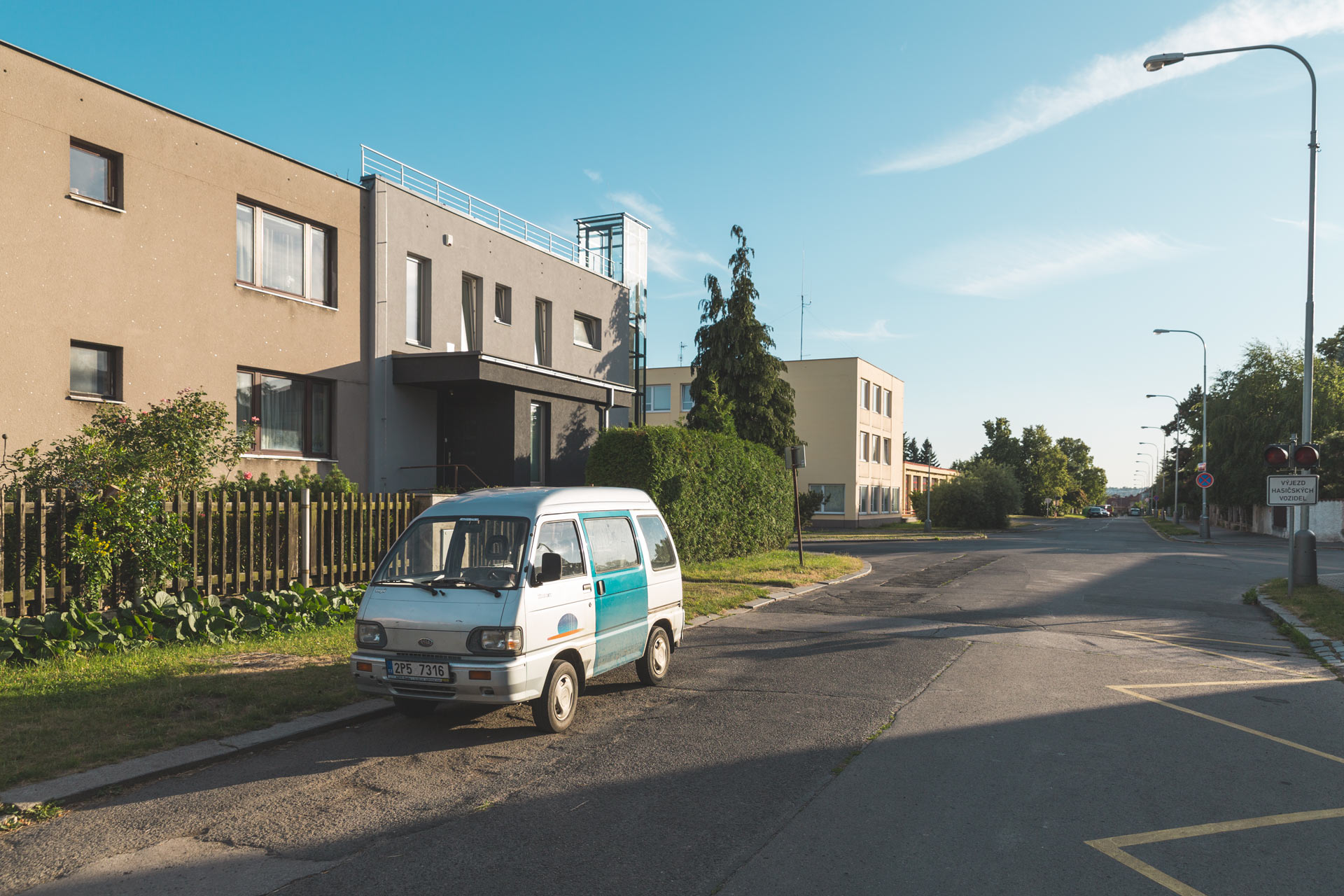
This car was even smaller than it looks here.

Shooting out of plane windows is always a thrill.
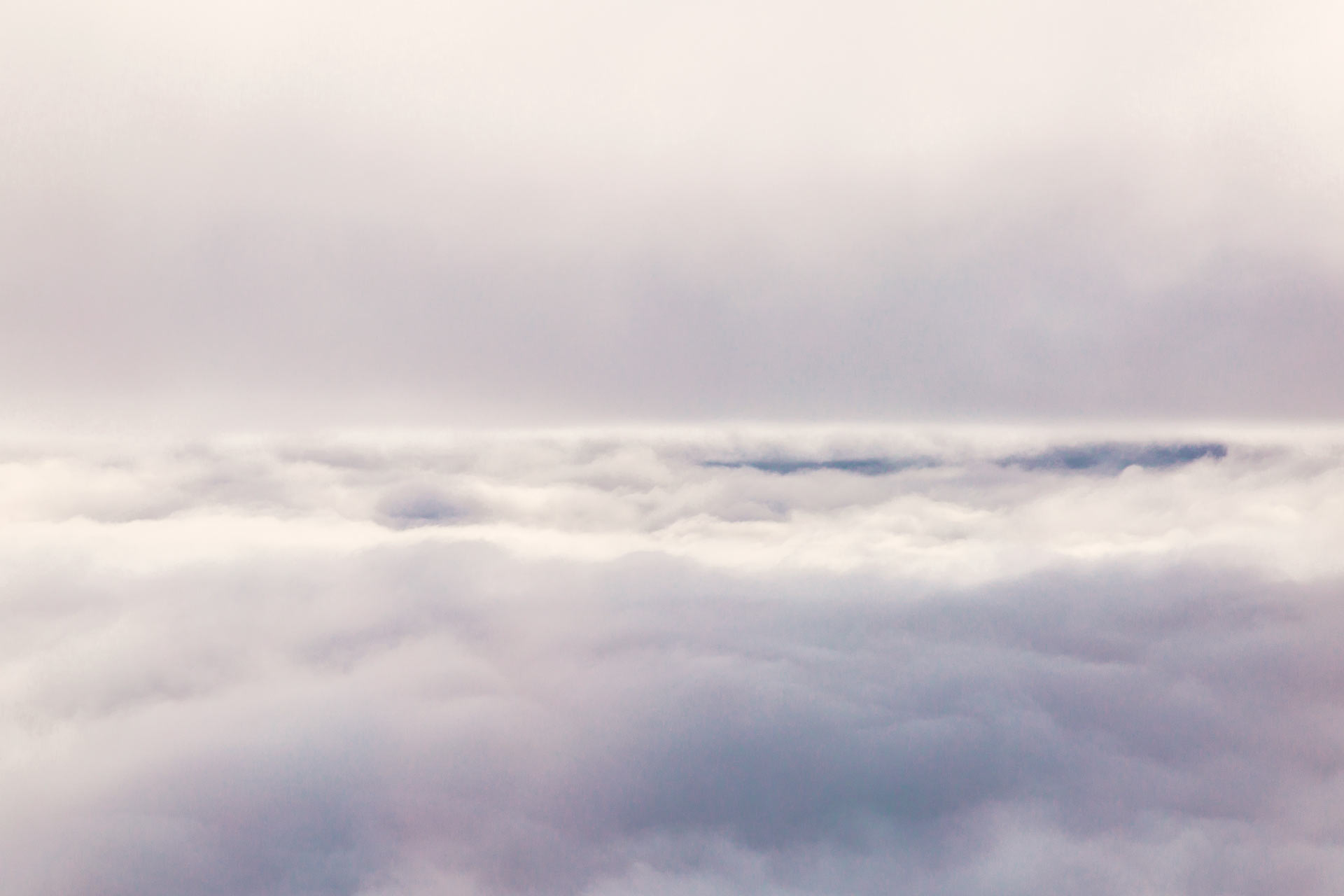
Colored skies.

Øresundsbroen.

Øresundstunnelen, 4 km long.

Thanks for a great weekend Prague!
South African adventures
24 days in South Africa and a whole lot (!) of photos. These are the best ones.
Impressive mountain ranges, dramatic coast lines, tranquil beaches, dry desserts, wetlands, winelands, valleys, savannahs – South Africa has stunning scenery wherever you turn your head. As well as all the animals you could wish for and kind and loving people. It is the most naturally beautiful place I’ve ever been, and I only saw a fraction of the country. I’ll surely be back.

It’s not difficult to understand why these rhinos stand guard: in 2014, 3-4 got killed every single day in South Africa by poachers who sell their horns for large sums.

South African sunsets are simply beautiful.

I captured this photo while driving and didn’t notice the baboons until afterwards. I wonder where they’re going!

This is Blyde River Canyon, the world’s largest green canyon and third largest overall (Grand Canyon is #1, Fish River Canyon in Namibia is #2) Truly spectacular.

View from Lion’s Head over Cape Town.


Colorful beach houses.

Aerial view over Cape Town.

The local barber in Soweto, where an estimated 3-6 million people live, many in simple tin houses.

Silky water at Camps Bay.

Victoria took this picture of me while I took the next picture.


Or perhaps it was this one.

Fiery colorful sunset in Johannesburg.

Wide open spaces and freeways seemingly never ending are a common sight.

One of only two black and whites. The country is simply too colorful to hide in the greys.

Light breaking through the clouds.

New goods, perhaps?

The majestic Table Mountain from Lion’s Head.

Sunset at Camps Bay.

Elephant baby! Seeing these grand creatures in their element certainly is something else than seeing them in the Zoo. This is from Kruger National Park.

Rooftop view from our apartment in Cape Town.



On a “game walk” in the bush we stumbled upon this little fella.

So much mud.

Bo Kaap, Cape Town.

The scenery was stunning everywhere we looked.

Kirstenbosch Botanical gardens.

Unfortunately, this is how most South Africans live – in poverty.

The gang at Hout Bay.

From the plane window.

Cape Town skyline.

Healthy breakfast (the croissant was left out of the picture…)

Wild penguins. In Africa. It sounds strange. And it is.

Who doesn’t need new sneakers?

Kruger National Park.

Kudu.

Another sunset.

From above the cloudz.

Kid’s drawing or important ancient cave painting?

A real giraffe.

View from Table Mountain.

Colorful houses in Bo Kaap.

Overlooking Hout Bay.

One person in this photo looks …different than the others.

Did I mention…

Sunsets?

He’s had enough of the penguins for today.

To be fair, there are quite a few. An estimated 3000.


Who’s feeding who?

This was the actual color of the sky. Breathtaking!

Blyde River Canyon.


Early morning in Kruger National Park. A few minutes after this picture was taken, we found a flock of hippos hiding in the water.


Maternal instinct.

Deep in thought.


An ad for “some kind of” enlargement.

Look at the size of the house in the bottom right corner. This thing was humongous.

Camps Bay.

Pineapple?


Unfortunately I didn’t bring my zoom lens so I had to walk up pretty close…

Cape Town.

A curious dassie.

The top of Lion’s Head. A great little climb!

Pretty sure those houses don’t come for cheap.

Bo Kaap.



Company Gardens in Cape Town.

Ghetto bungee jump.

A real African tribal chief. He had three wives.

Downtown Johannesburg.

Stunning coastline on the Western Cape.



Climbing Table Mountain in the scorching sun was more difficult than I would have expected, but it sure was worth it!


A guy is rapelling down.



The rainbow nation – a name truly deserved.
A day in Istanbul
On our way to South Africa, my girlfriend Victoria and I had a 12 hour stopover in Istanbul. Even though we hadn’t slept much the night before, we certainly did what we could to get our money’s worth from the old city.

After just 2,5 hours of sleep and a long day in Istanbul ahead of me… I thank god for sunglasses!

Victoria with the cutest husky puppy. Understandably, it took quite a while to get her away from there.
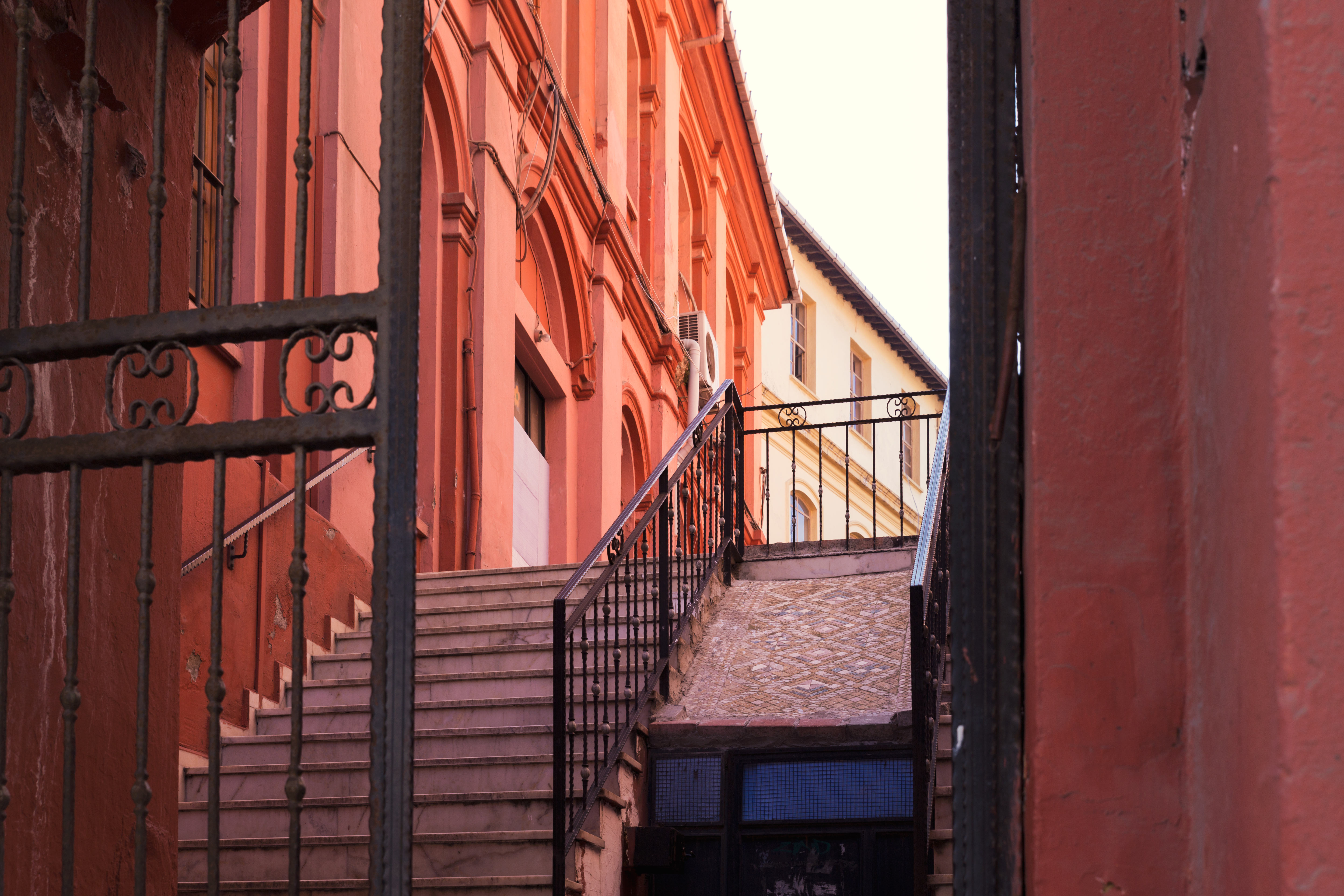
Wonderful architecture and secret spots are to be found everywhere in the city.
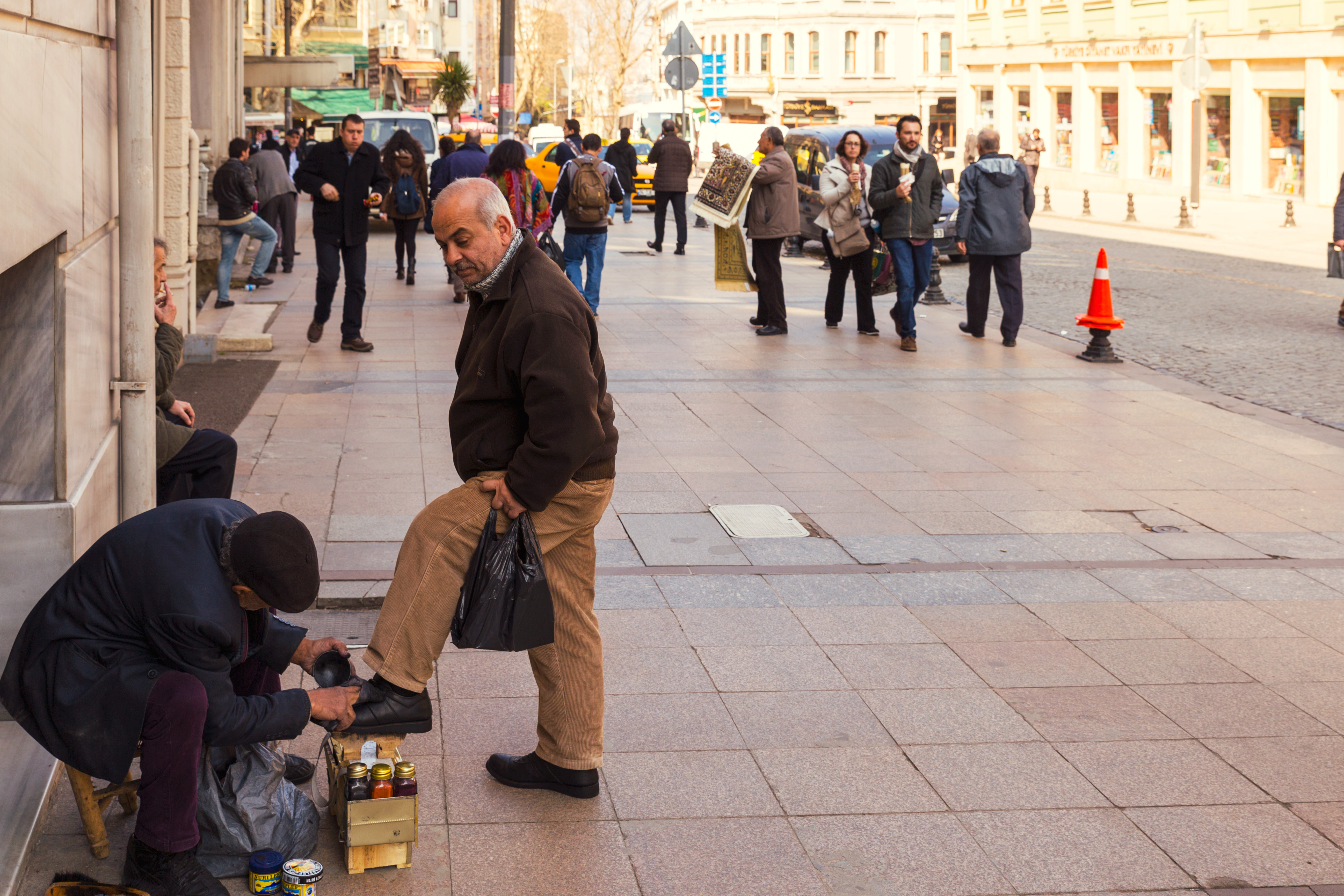
Shoe cleaning.

The Blue Mosque (Sultan Ahmet Mosque)

Inside the breathtaking Blue Mosque.

Splendid Hagia Sophia in the afternoon.

A quiet street behind Hagia Sophia.
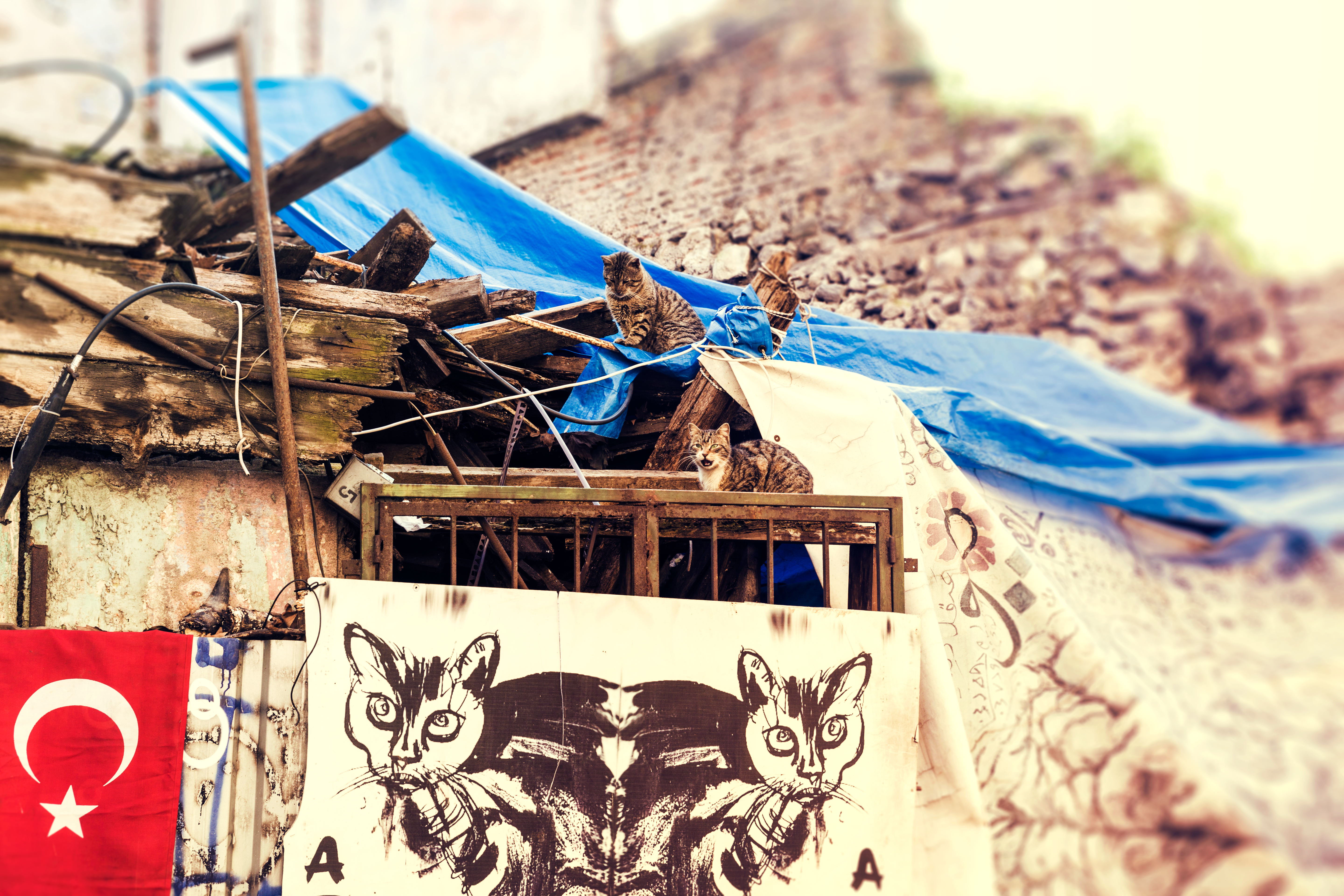
Two alley cats.
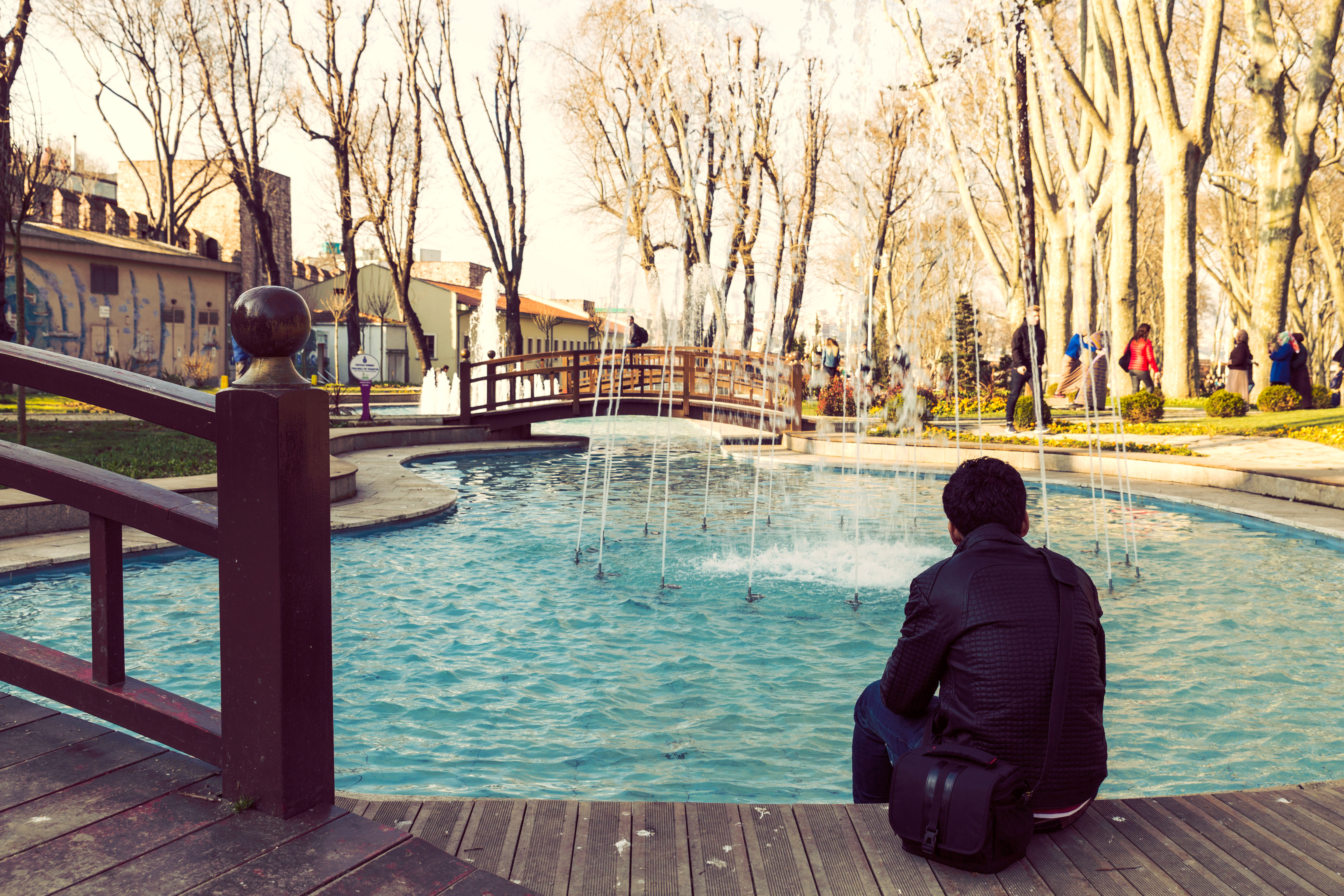
Tranquility in the park.

And long shadows.
Istanbul is such a beautiful city, and even though I have been there several times, I can’t wait to go back to Istanbul and Turkey once again. But for now, the adventure continues in South Africa – stay tuned!
Batmobile
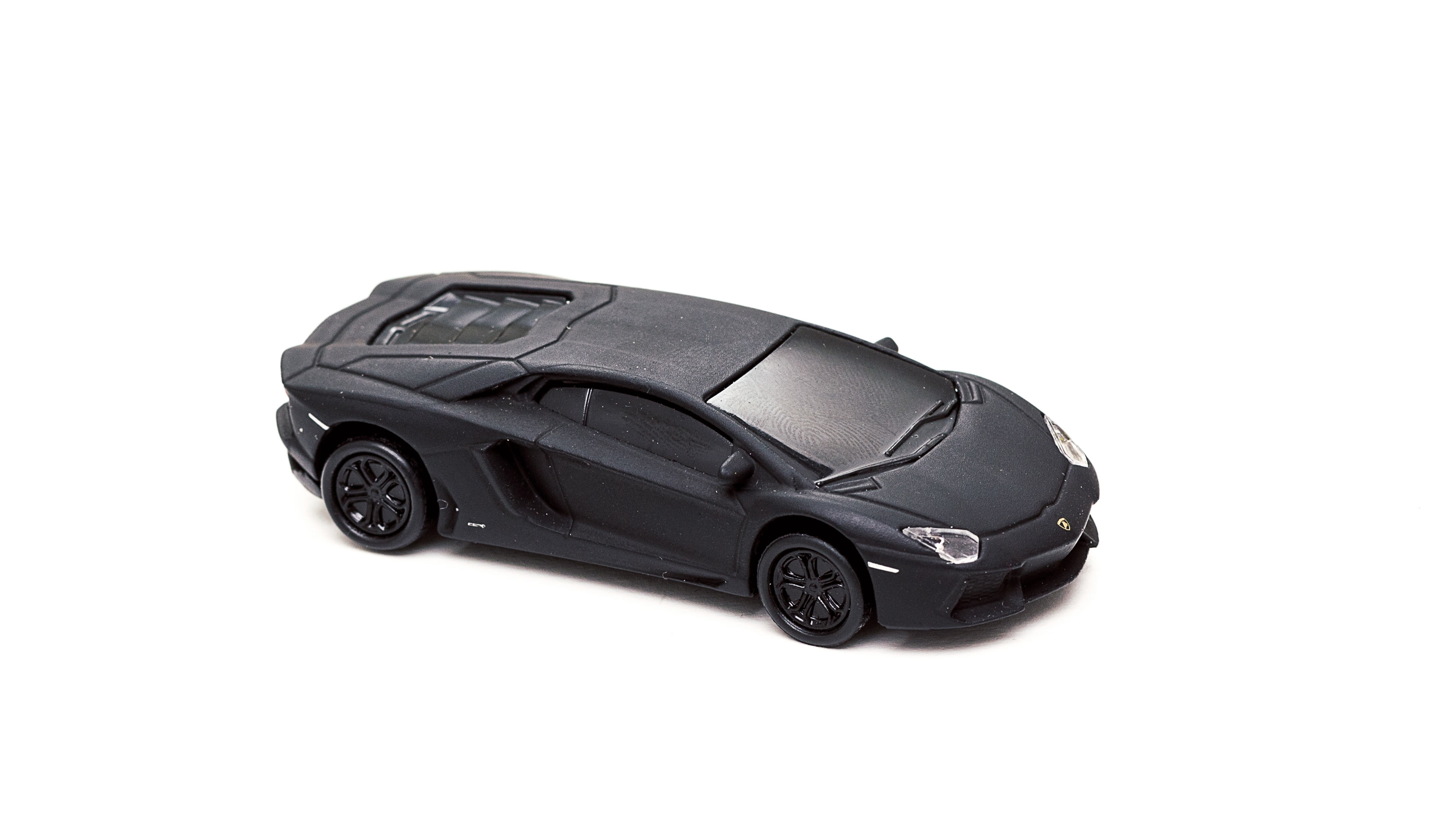
Batmobile
Behind the scenes on “A Meal Like No Other”
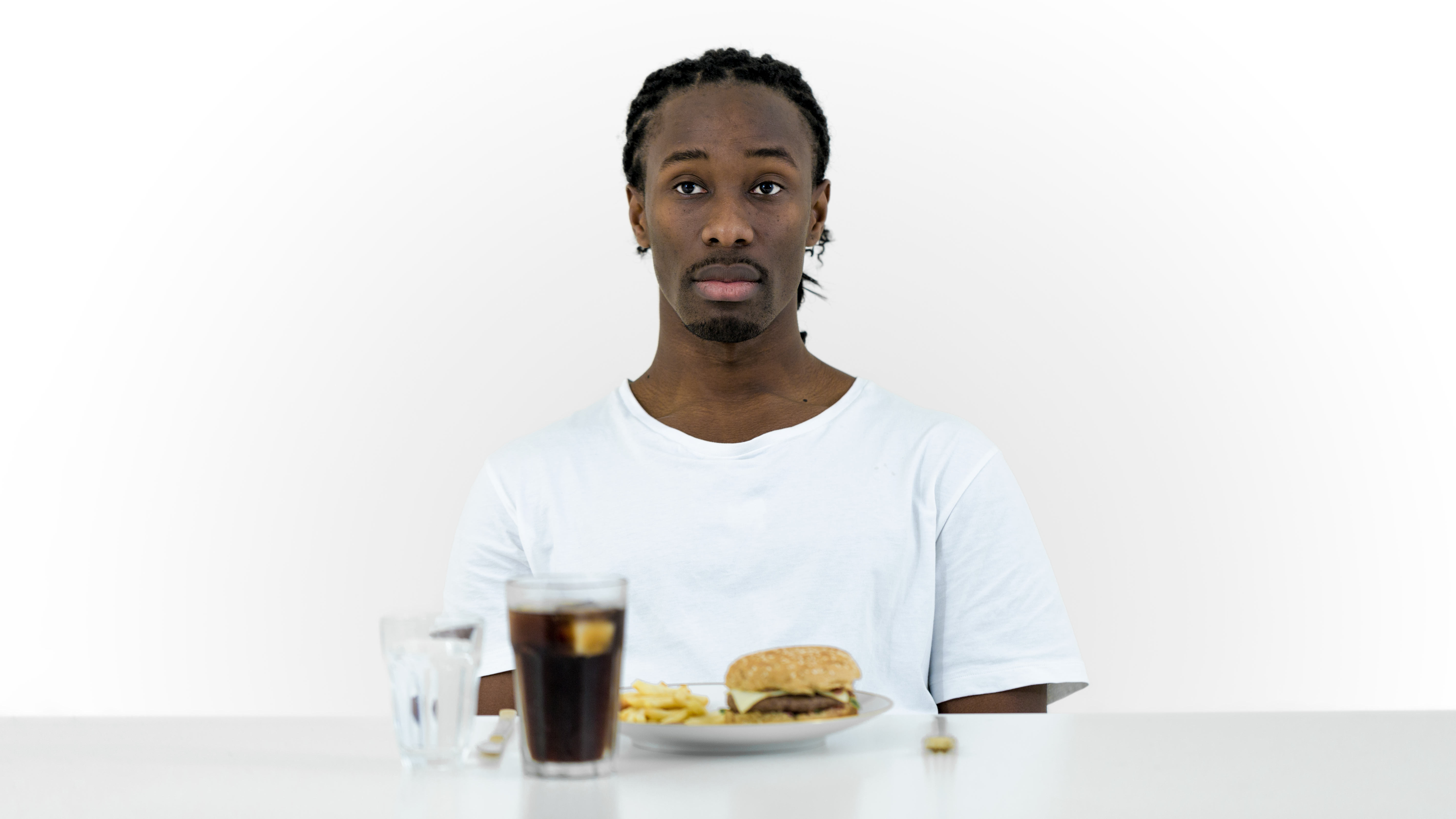
“A Meal Like No Other” starring Hervé Toure
“A Meal Like No Other” is a short film about a man (portrayed by Hervé Toure) eating a three-course meal consisting of his favorite foods. But it is also an exploration of love, pain, pleasure and what it all means when we are about to lose it.
To me, one of its strengths is its narrative structure where the complete story isn’t told until the very end. I strongly suggest you watch it before reading on, as spoilers will follow.
Watch it here:
Summary
In A Meal Like No Other, the first course is an appetizer consisting of a delicious chicken soup. The first sip brings him directly back to his childhood where his mother used to make the soup on cold days. Our protagonist is filled with warmth and happy memories.
The main course is a cheeseburger with french fries and coke. This meal is devoured and eaten fiercely – which isn’t so strange considering he might not have eaten a good cheeseburger, or a cheeseburger at all, in years.
This meal really is like no other as it is his last meal. After a teary scene where he eats the dessert – a brownie with vanilla ice cream – a prison guard comes to escort him to the death chamber. The movie ends with his feet, tied together by chains, dragging on the cold floor, walking slowly towards his final destination.
Backstory
I got the idea for the movie after I started reading about the death penalty in the United States and racism in the judicial system.
Even though racial minorities comprise half of all murder victims nationwide, a far greater proportion (77%) of the victims in death sentences are white. For example, in Alabama 60% of black death row prisoners were convicted of killing a white person, although cases involving black defendants and white murder victims represent only 6% of the murders. 1
Although difficult to present in just a paragraph, the racial disparities are frighteningly real. And that quickly lead me to the case of McCleskey v. Kemp.
McCleskey v. Kemp
The final pieces of the film came together when I stumbled over the case of McCleskey v. Kemp.
Although the meal he had for his last meal wasn’t exactly the same as Hervé’s in the film (McCleskey denied his last meal), his case gave me a solid base to work on the character and would serve as a starting point for Hervé Toure’s performance.
Warren McCleskey received the death sentence for allegedly having killed a police officer while robbing a store in Georgia in 1978. McCleskey was African-American, the police officer white. McCleskey appealed his sentence with background in a comprehensive study, the Baldus study:
“Baldus, a law professor at the University of Iowa College of Law, studied twenty-five hundred murder cases in Georgia. Baldus’ study concluded that all individuals convicted of murdering whites were far more likely to receive the death penalty, thus establishing that the application of the death penalty in Georgia was linked with the race of the victim. One of his models concluded that, even after taking account of 39 nonracial variables, defendants charged with killing white victims were 4.3 times as likely to receive a death sentence as defendants charged with killing blacks.” 2
The study was dismissed by the court. The ruling said: “even if Baldus’ statistical data were accepted at face value, the defense failed to show evidence of conscious, deliberate bias by law officials associated with the case”. 3
McCleskey has later been called “one of the worst Supreme Court decisions since World War II” 4 and has helped “immunize the criminal justice system from judicial scrutiny for racial bias”. 5
Today, progress has been made in the matter (North Carolina’s Racial Justice Act finally acknowledges that there is a huge bias in who gets the death penalty), but you don’t have to watch American news closely to know that there are still issues unresolved.
McCleskey was executed in Georgia’s electric chair September 28, 1991. 6
A few random facts about the meal itself
- As I didn’t have access to a kitchen on the location, both the soup, burger and french fries were served cold.
- Hervé was “pleasantly surprised” about the soup and really liked the burger – the cold fries not so much, though. But then who really likes cold fries?
- The coke was the worst as it turned out he didn’t even like sodas in the first place. Oh well – unfortunately I didn’t realize it until after we had finished shooting the scene, and thankfully I don’t think it showed at all.
- The burger scene was shot in one take – from the first bite to the last. I simply couldn’t stop him! (Nor would I)
Location
With the room I really wanted to emphasize a feeling of open space. With the white floor, walls and ceiling all melting together, I tried to convey that he’s both in his own eternal mind, free of all worries and yet extremely constrained, as he can’t move at all. Each step in any direction will only take him deeper into the nothingness around him.
When first conceptualizing the film, I thought I would have to use a simple white backdrop and then move the table and camera around for the different angles. After searching, though, I found the perfect spot: a small studio called “EyeLight” with a round arch horizon. I could try to explain it, but I’ll rather show the pictures to demonstrate it (courtesy of EyeLight):

The round arch horizon shot straight on.
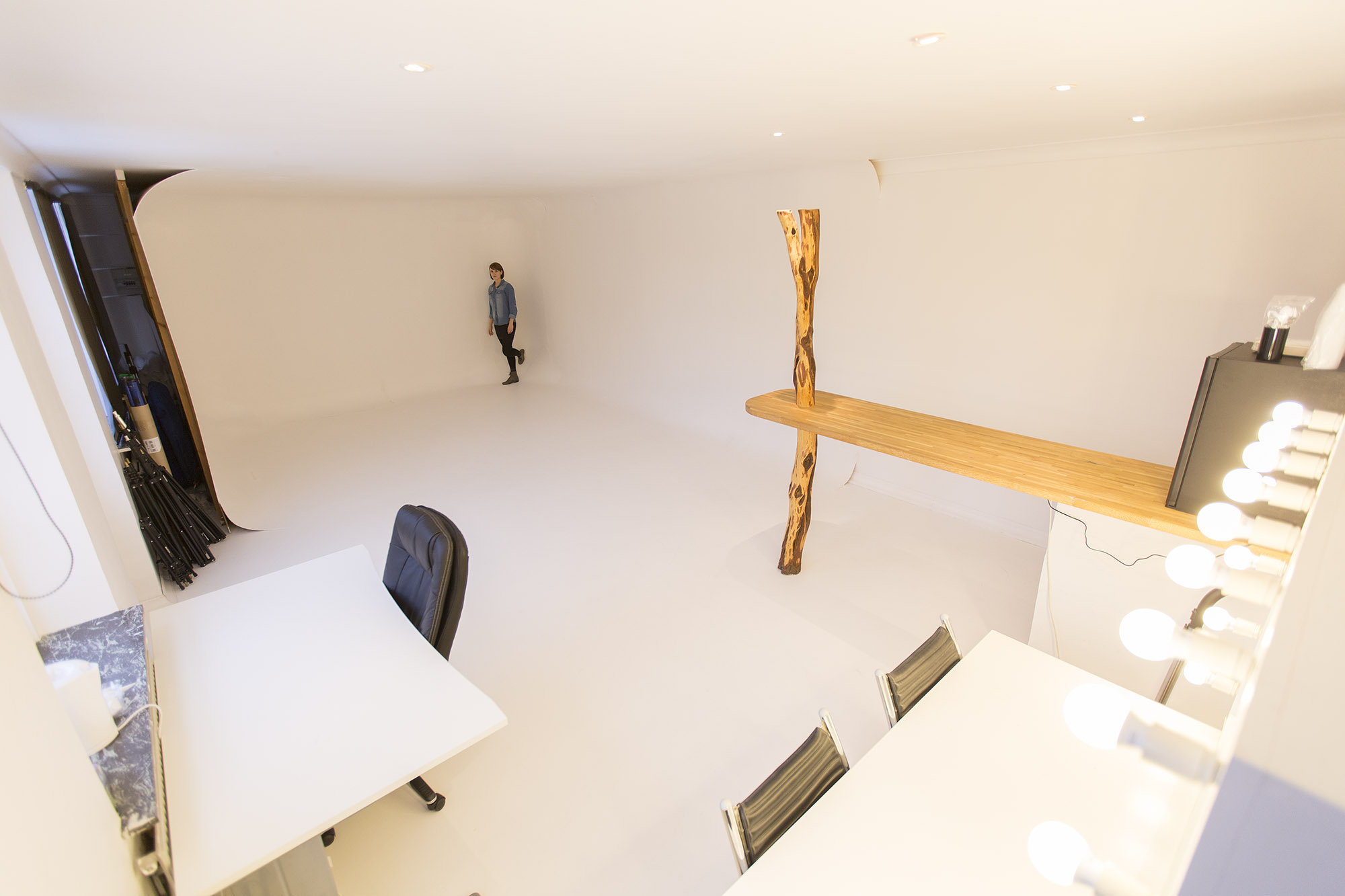
Full view of the studio.
For the shots where Hervé’s back is shown I simply moved him to the other side of the table, and the for the rest of the shots, the table and him could just stay put.
With the lights (a few bulbs on each side bouncing on the walls and ceiling) not having to be moved and no location switching, we could really concentrate on getting each and every single shot executed perfectly.
We also tried to shoot it chronologically so Hervé’s emotions could escalate naturally instead of jumping between nostalgic, hungry and sad every second.
Hervé Toure was outstanding from start to finish. Professional all the way through and really got into his character.
Working with dedicated actors is always incredibly enjoyable and Hervé certainly was no different!
Music and sound
From the beginning, I knew that A Meal Like No Other would be a music driven short film. It wasn’t until I found the final musical piece that I knew how big an impact it would have, though.
I tried all sorts of music but quickly moved to classical. I really wanted it to feel as bare and vulnerable as the rest of the film, so I ended up searching for piano only pieces. I also felt like this would suit the “restaurant” mood conveyed through the drop in music at the beginning and the waiter serving the courses perfectly.
After listening to a lot of beautiful music, I ended up choosing “The Six Pieces for Piano, Op. 118” by Johannes Brahms, found on musopen.org.
Completed in 1893, the composition was the second to last published during Brahms’ lifetime. I am glad it wasn’t the last; I think the complete historical context would almost have made the overall film too intense.
Folio
From the start I envisioned the chains dragging along the floor in the end as a very powerful last scene and knew that the sound of it would make it even more intense. I also recorded some environmental sounds like footsteps, chewing, drinking and putting things on the table just to give the room some tone and to draw the viewer deeper into the film.
Camera, lens and storyboard
Almost the whole film was shot on the beautiful Canon EF 100mm f/2.8L Macro IS USM while some of the wider shots were shot with a Tamron SP 24-70mm f/2.8 DI VC USD. I bought the 100mm macro lens specifically for the purpose of this film and I am so glad I did.
It performed well over my expectations and really made the super tight shots enjoyable both to shoot and to watch. At f/2.8, it’s tack sharp, although with a very small focus plane – which made it possible to switch focus from the left eye to the right and back seamlessly. Its image stabilization system made it easy to keep it steady even handheld, which was great as I really wanted a handheld yet smooth look for the film.
For the shots with me in the frame (I played the waiter and guard), my trusted helper Victoria Handskemager assisted with the camera.
Here’s a storyboard sketch I drew prior to shooting. I think that the overall look ended up being pretty close:

A storyboard sketch showing some of my envisioned shots.
Conclusion
I am really pleased with “A Meal Like No Other”. Hervé was amazing, the room was perfect and the music made it all come together.
I set out to explore what it would feel like to eat your last meal in this world while commenting on a flawed system and a sentence too grave for anyone to be punished with. A task big at first, but with the right tools and tricks I feel like I achieved what I set out to do.
–
Videoproduktion af http://www.eyelight.dk
My new short film “A Meal Like No Other” is released tomorrow

“A Meal Like No Other” starring Hervé Toure
